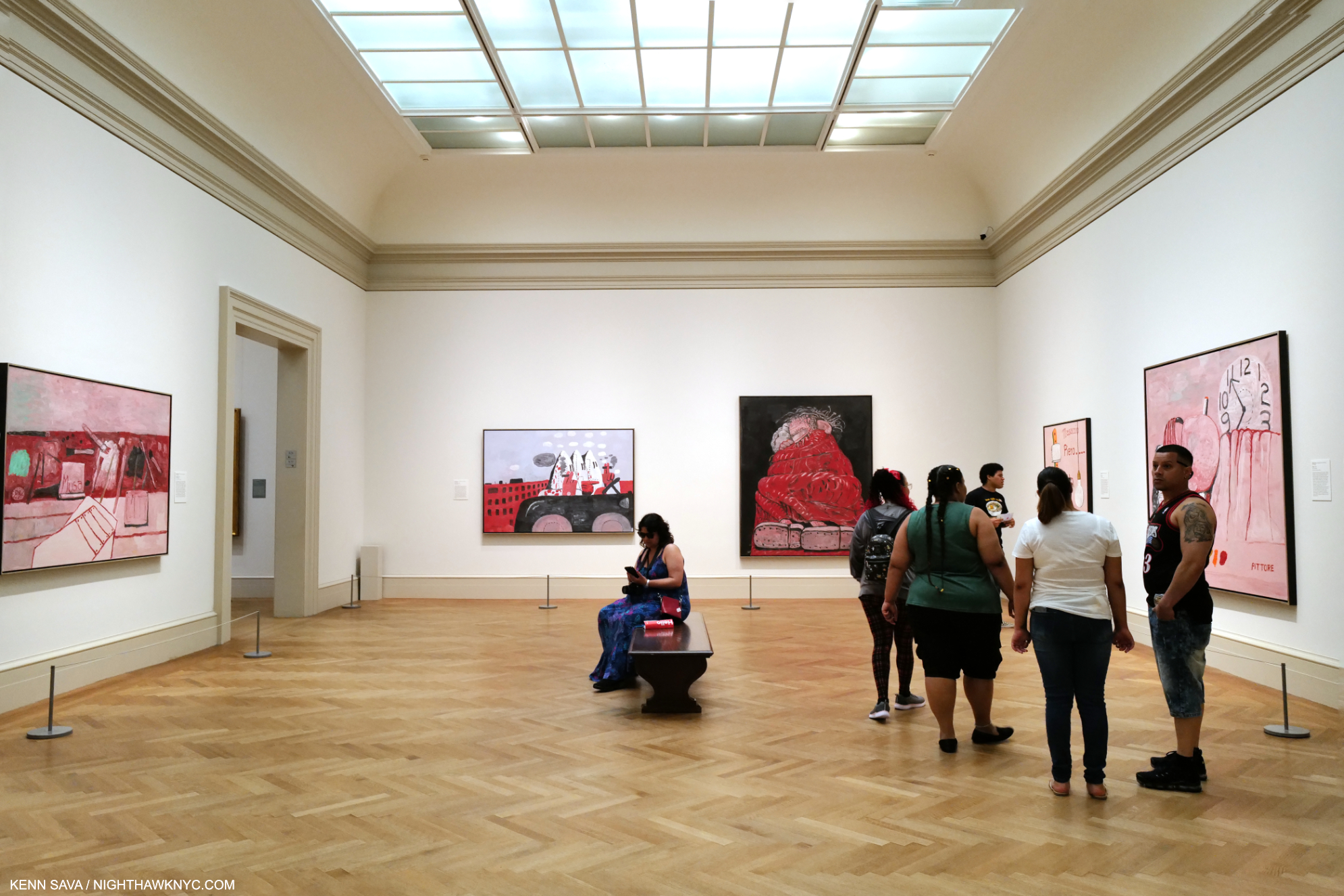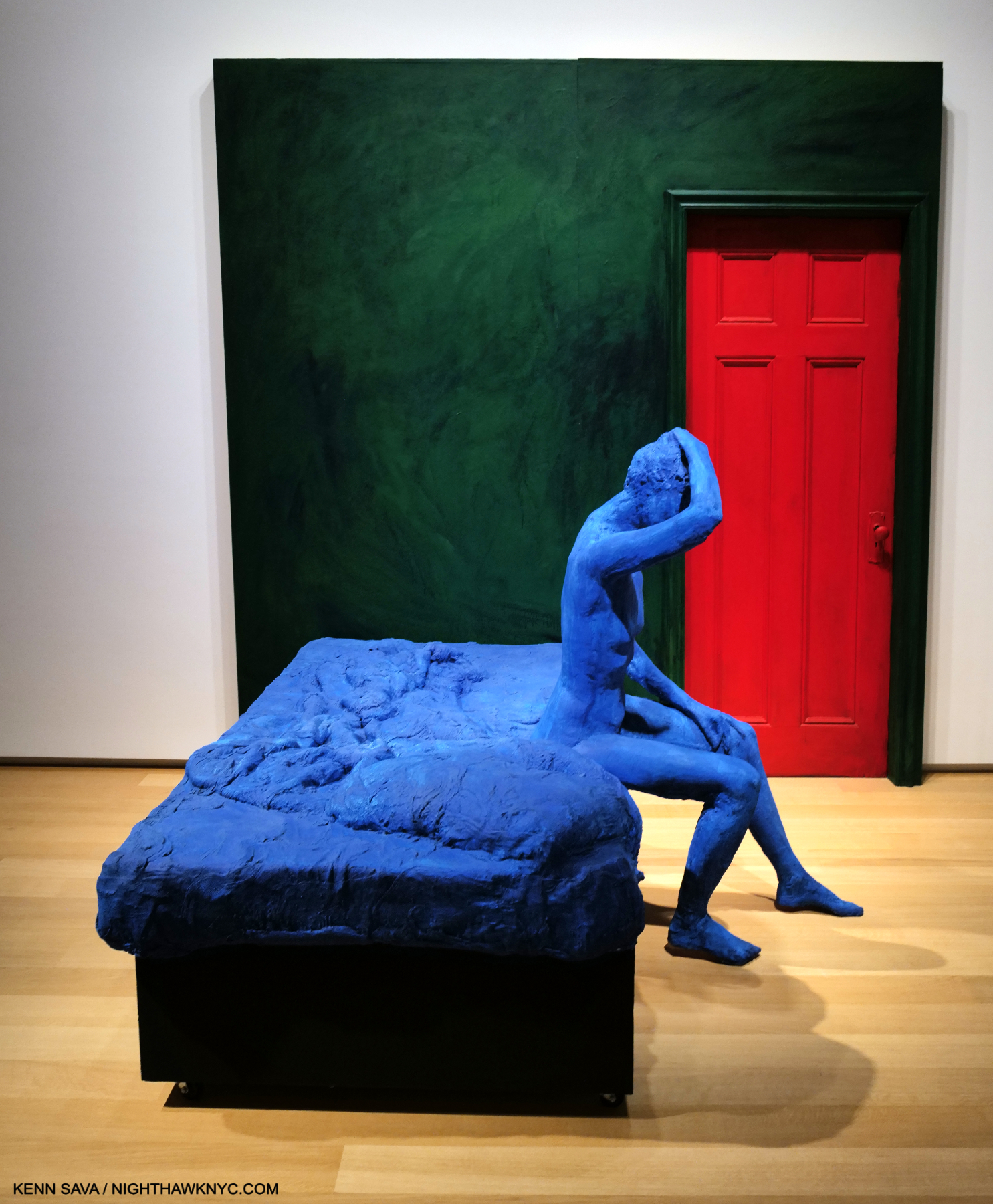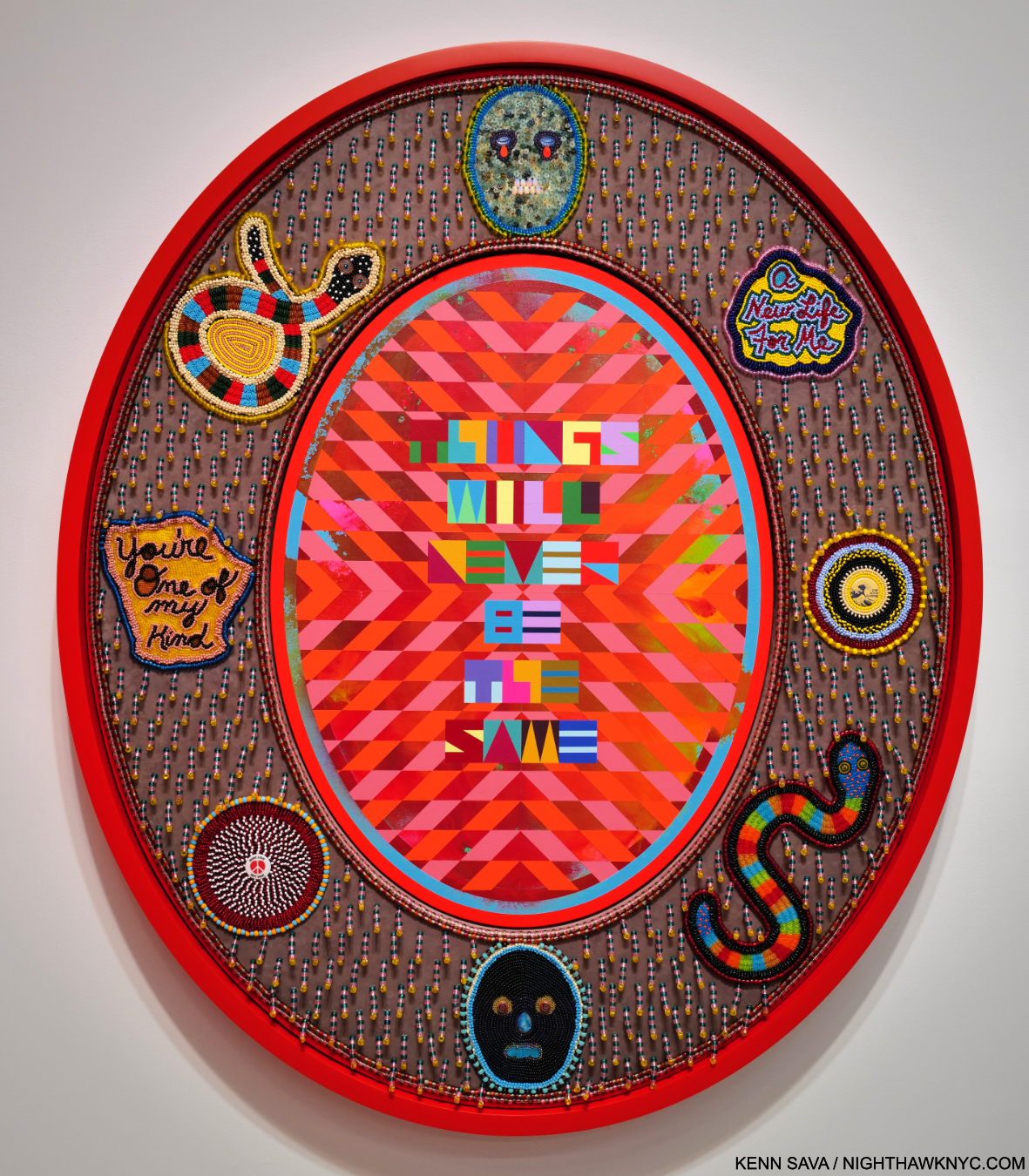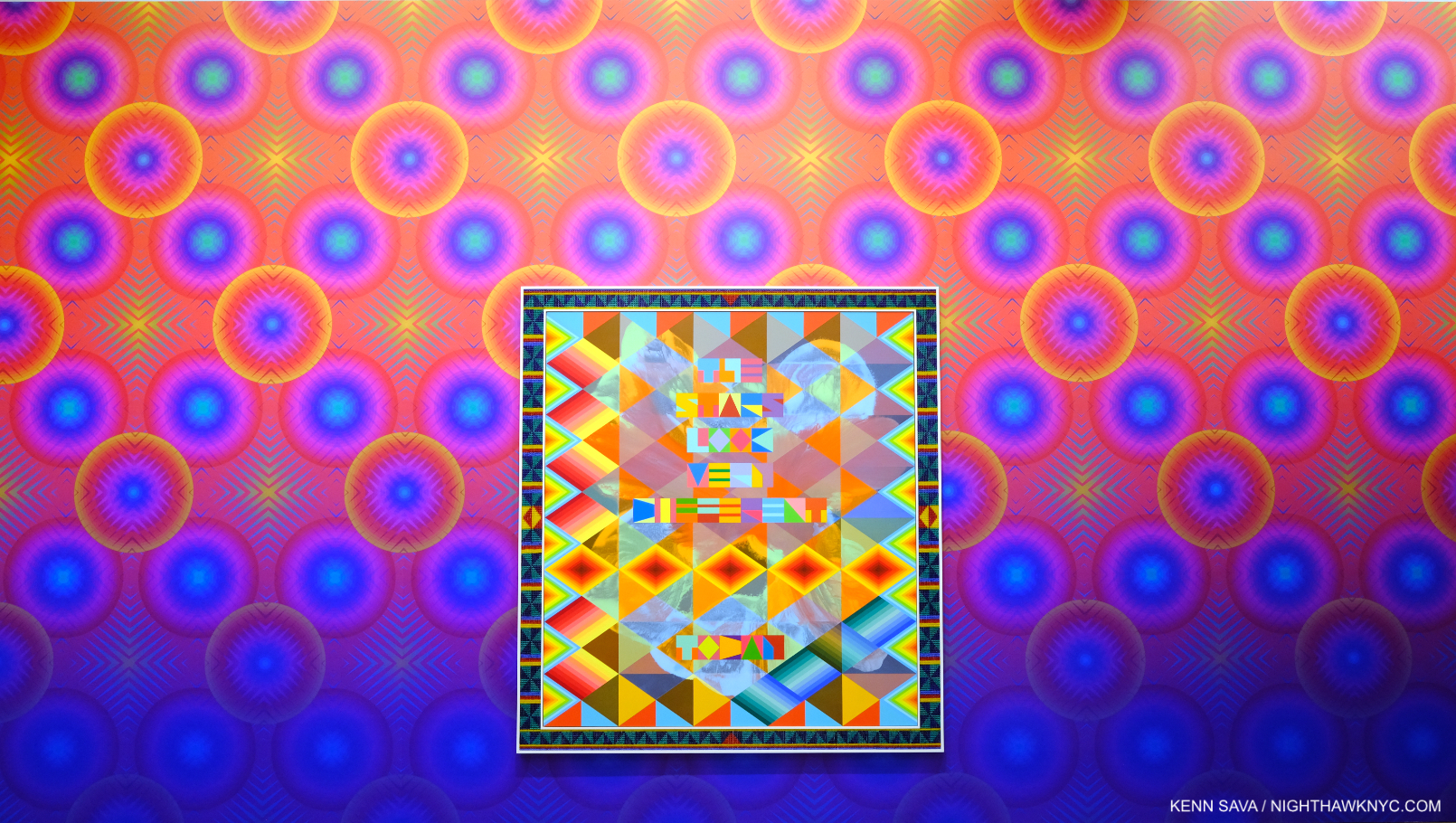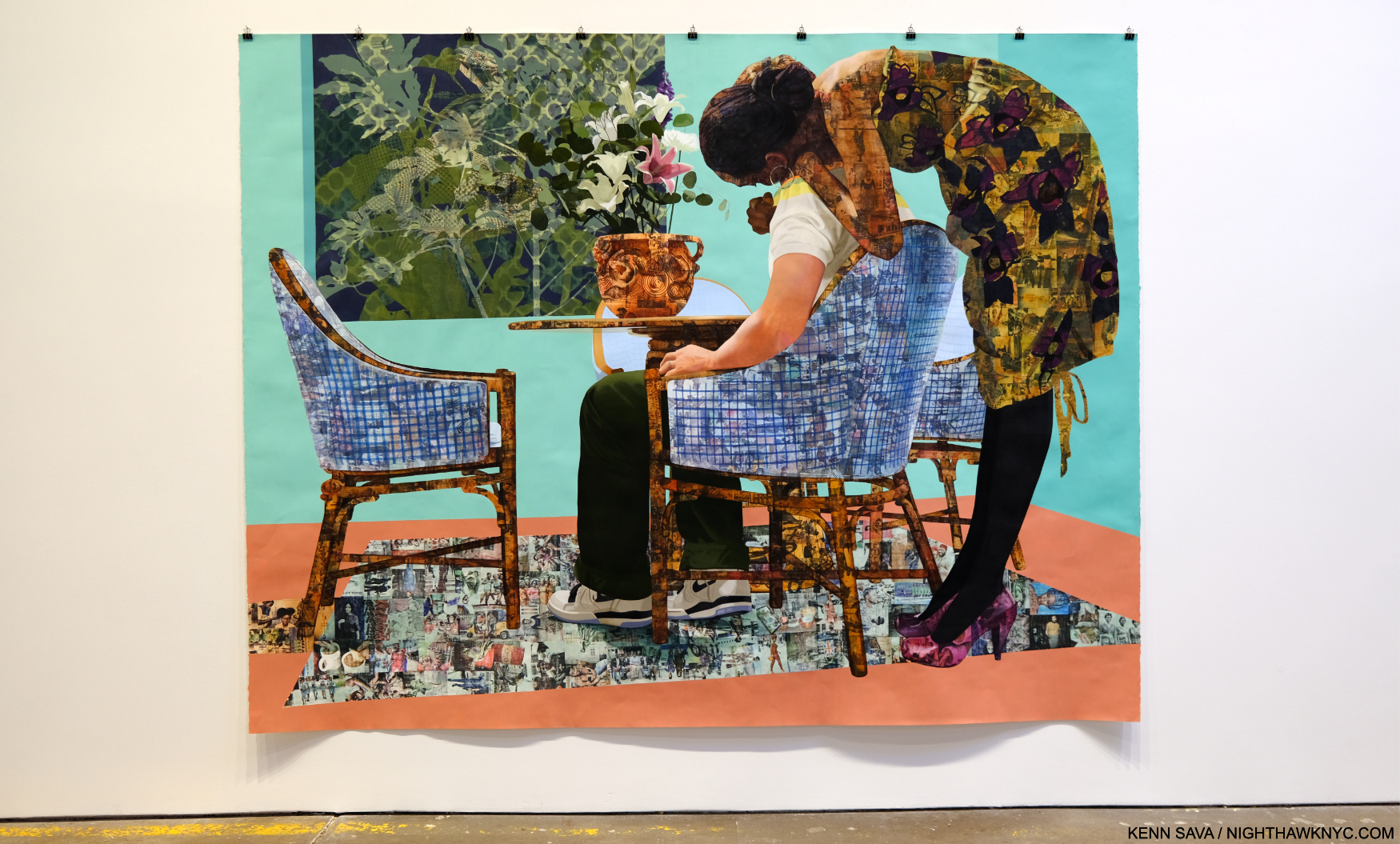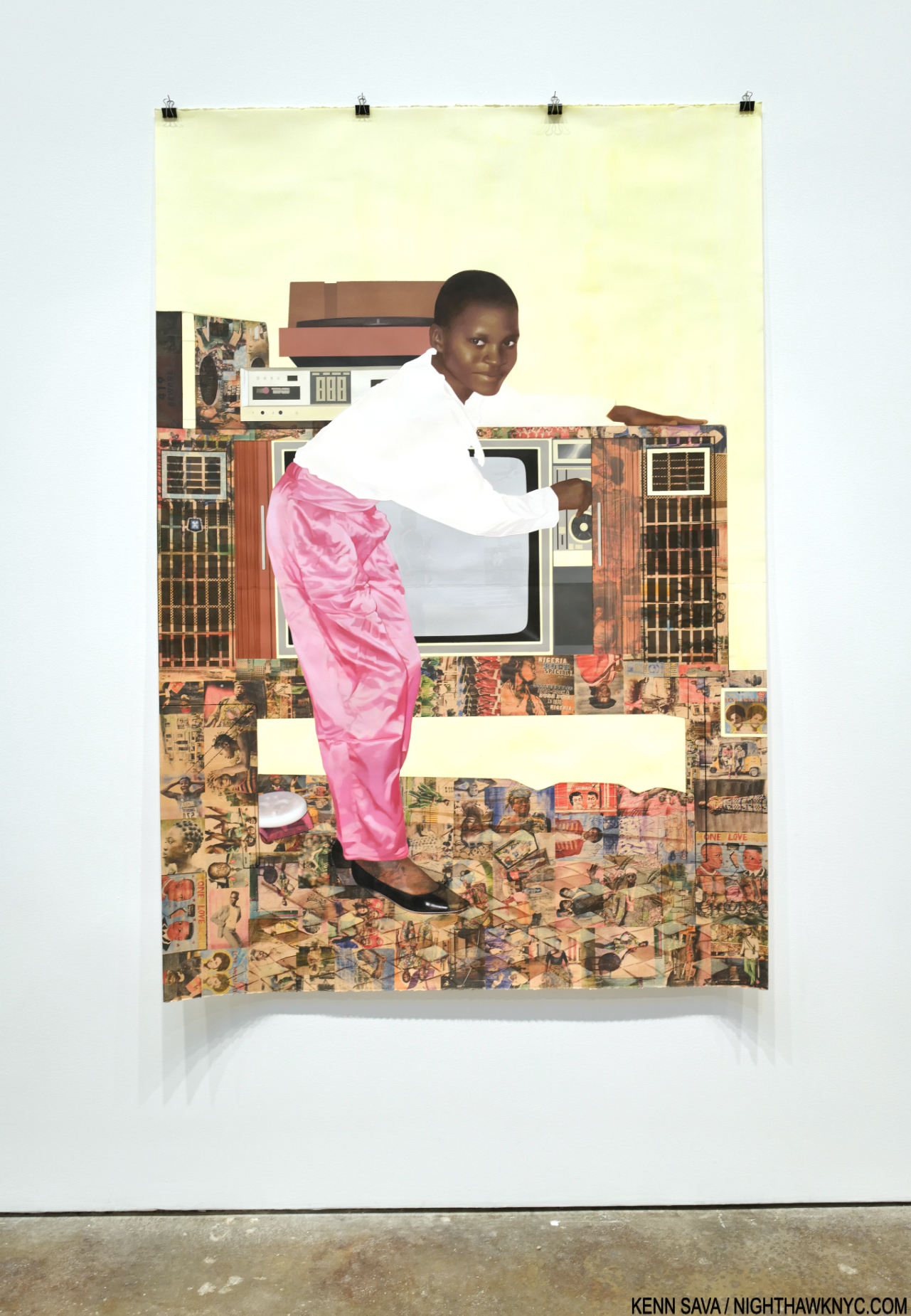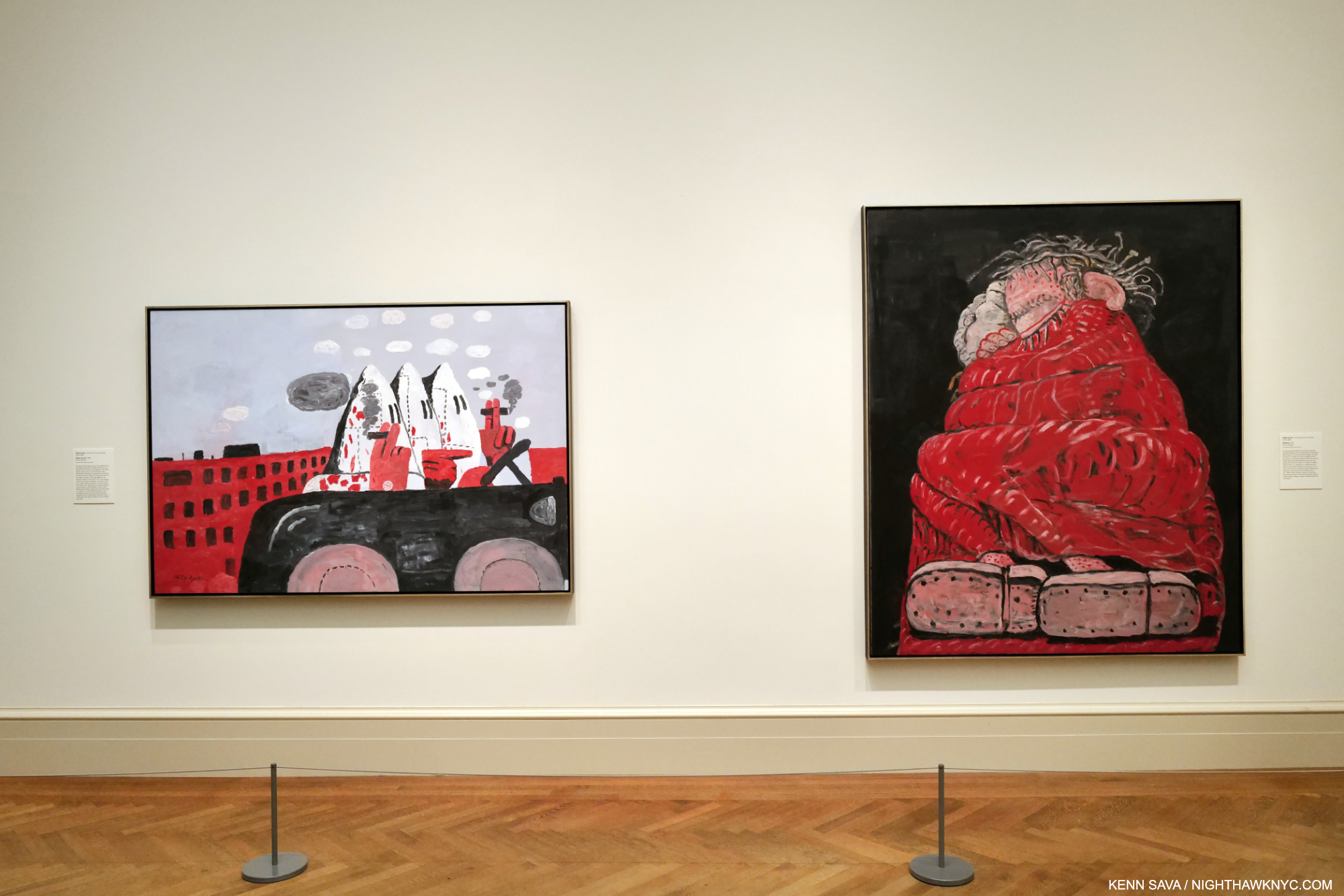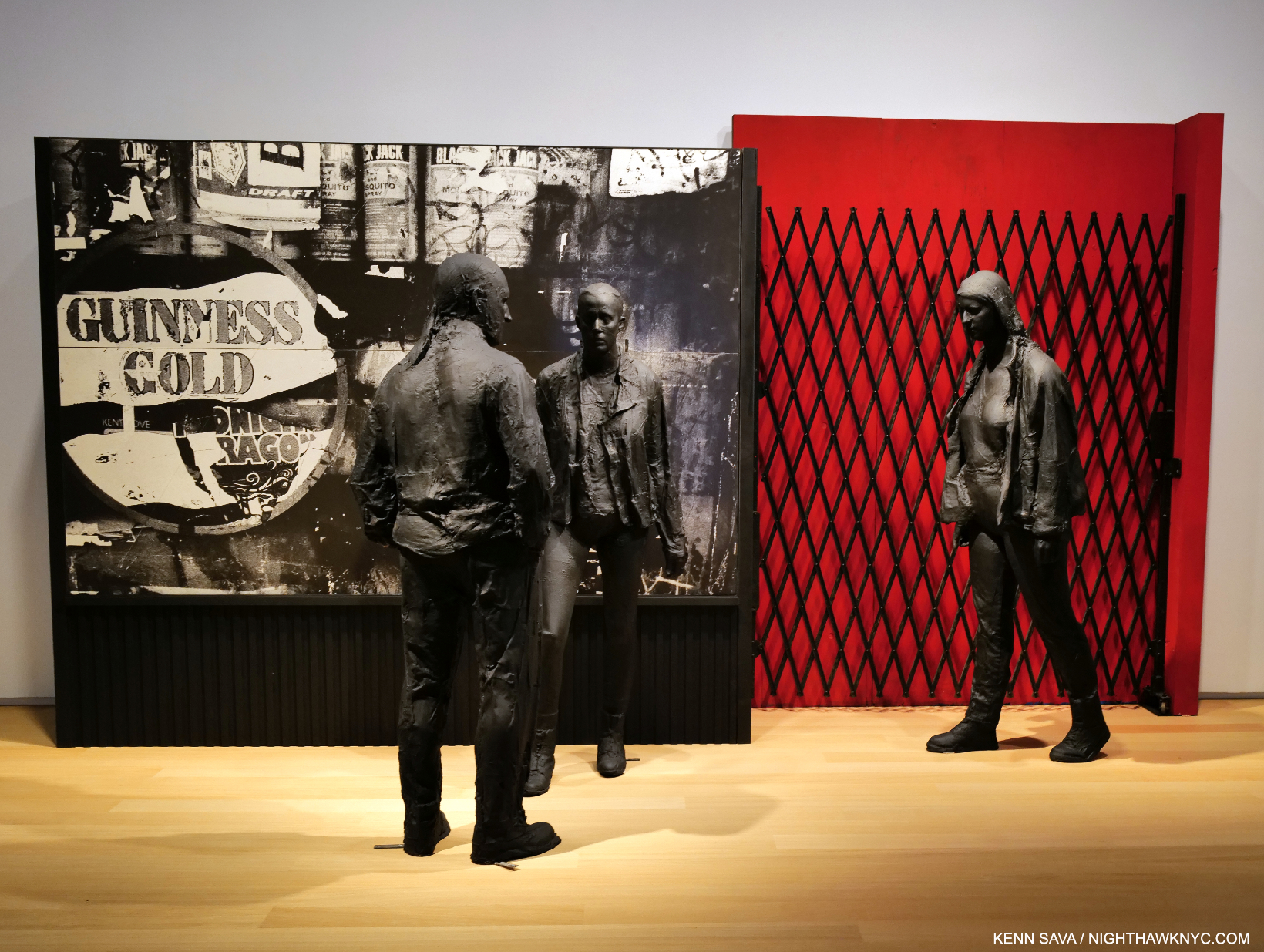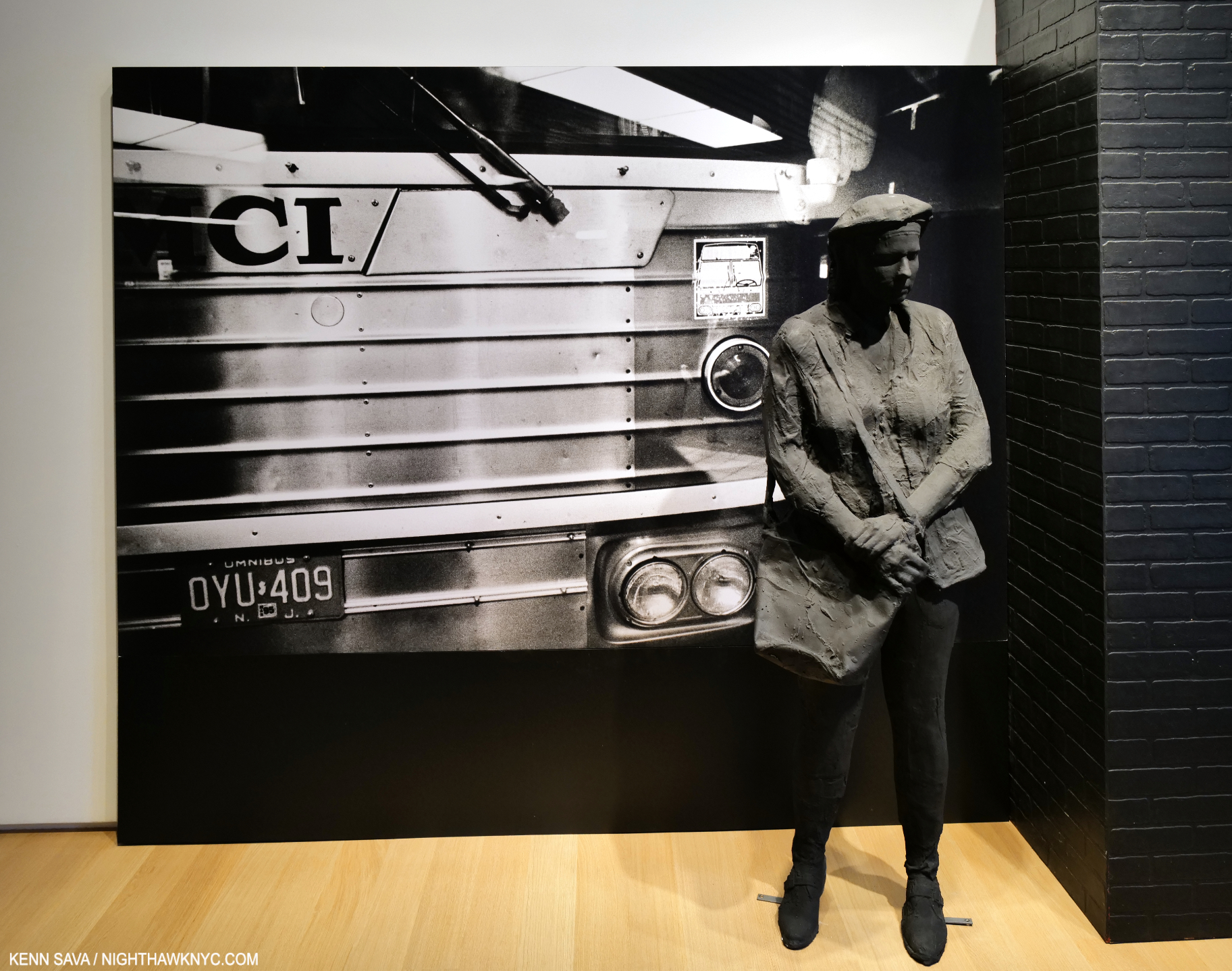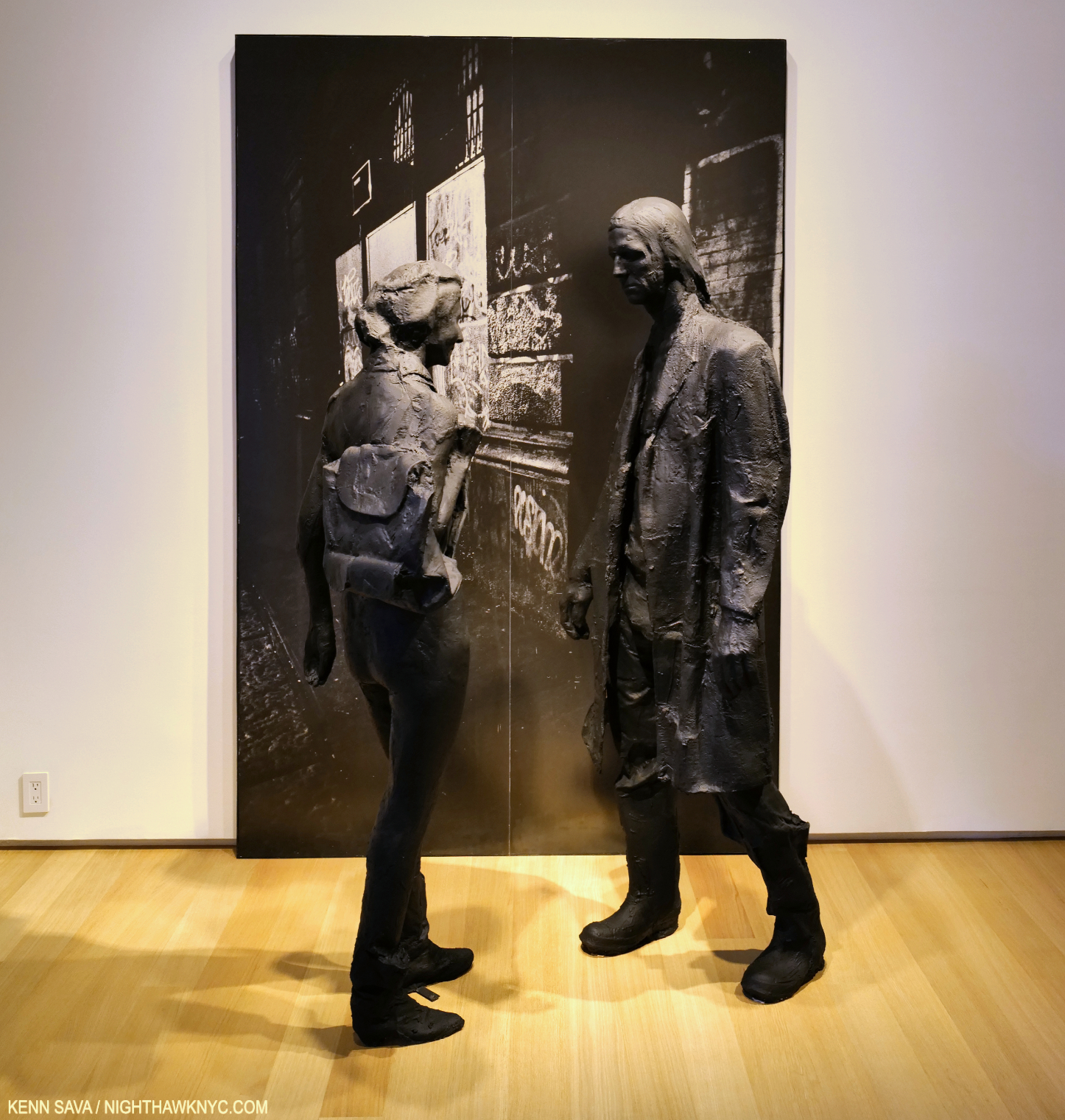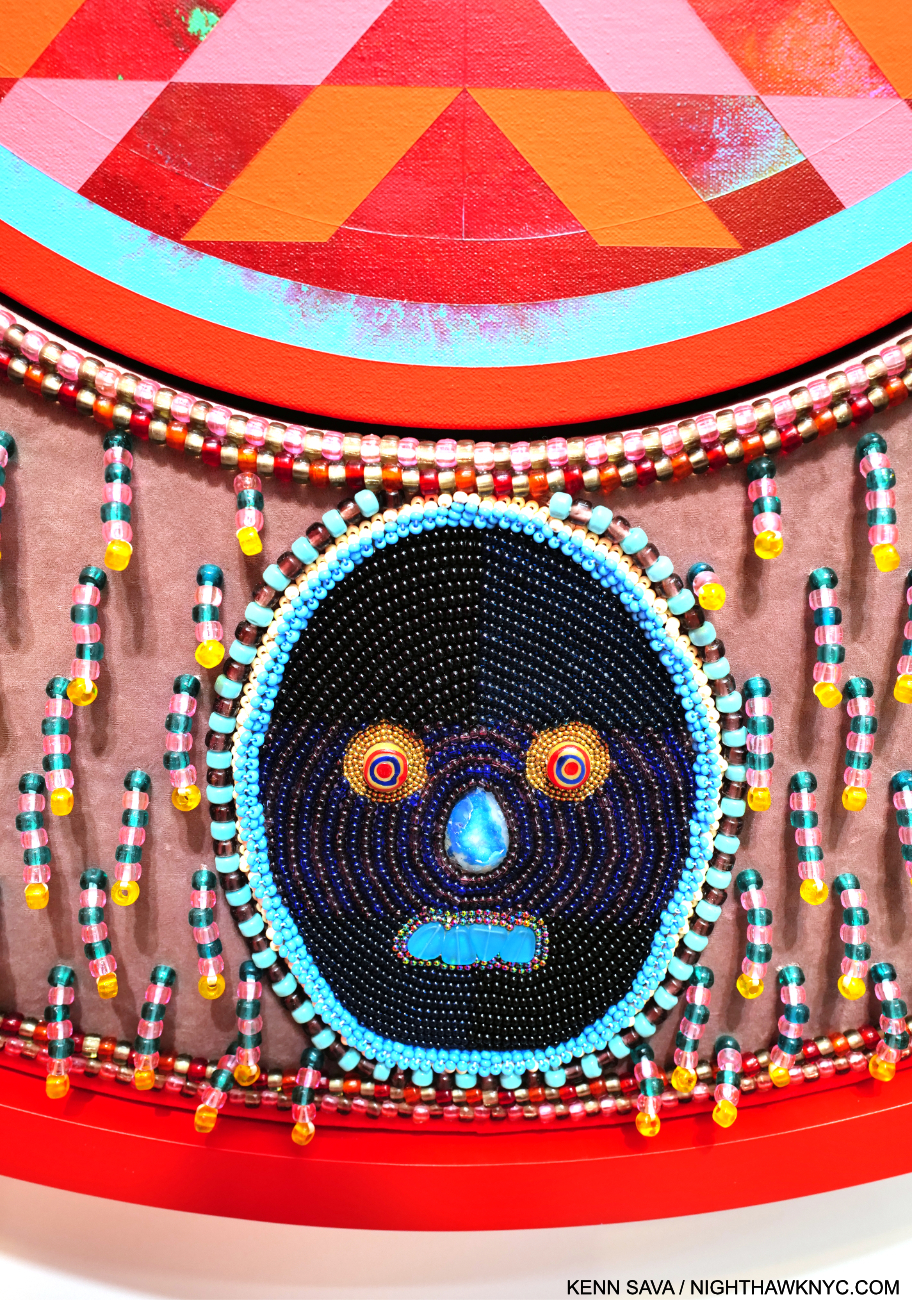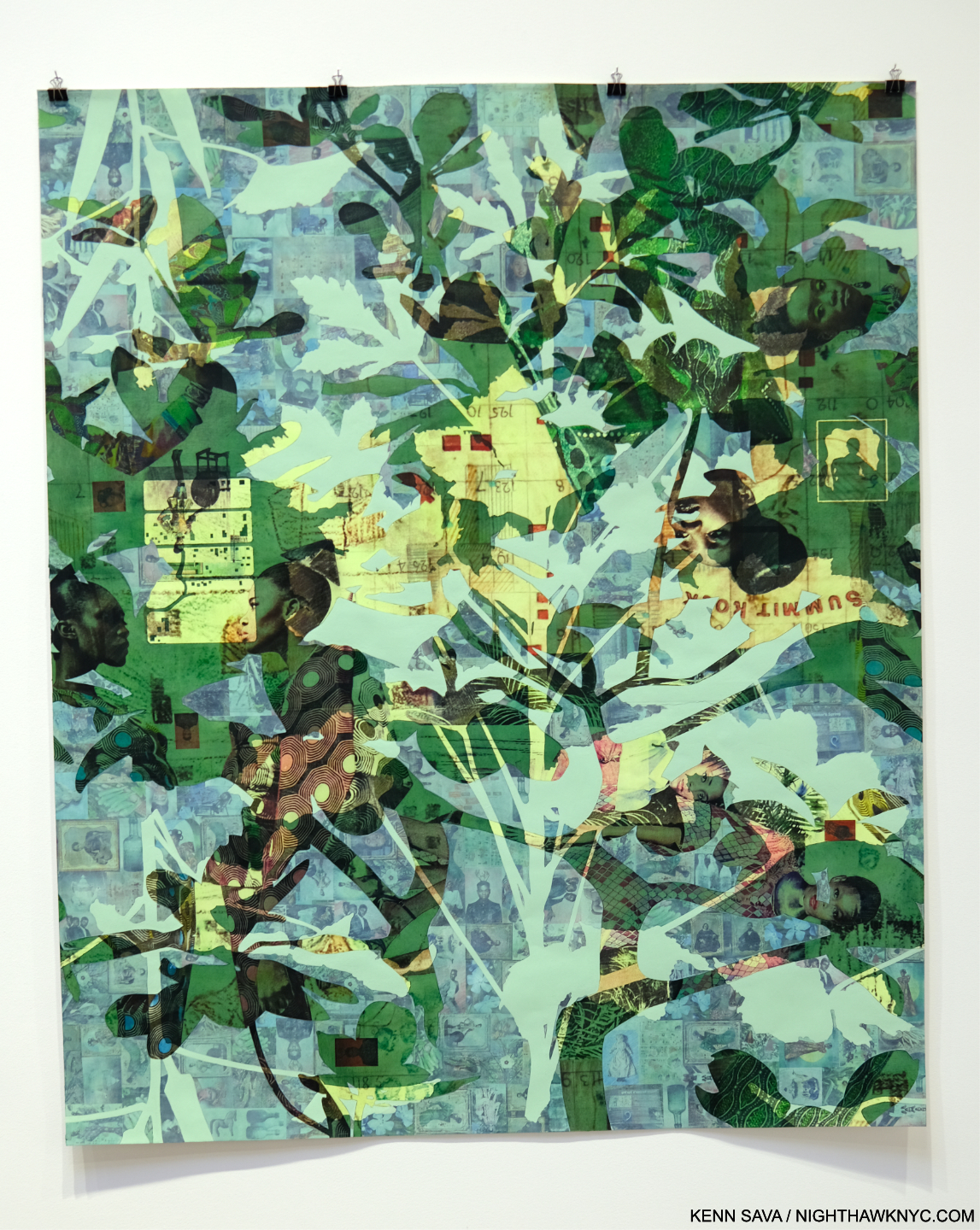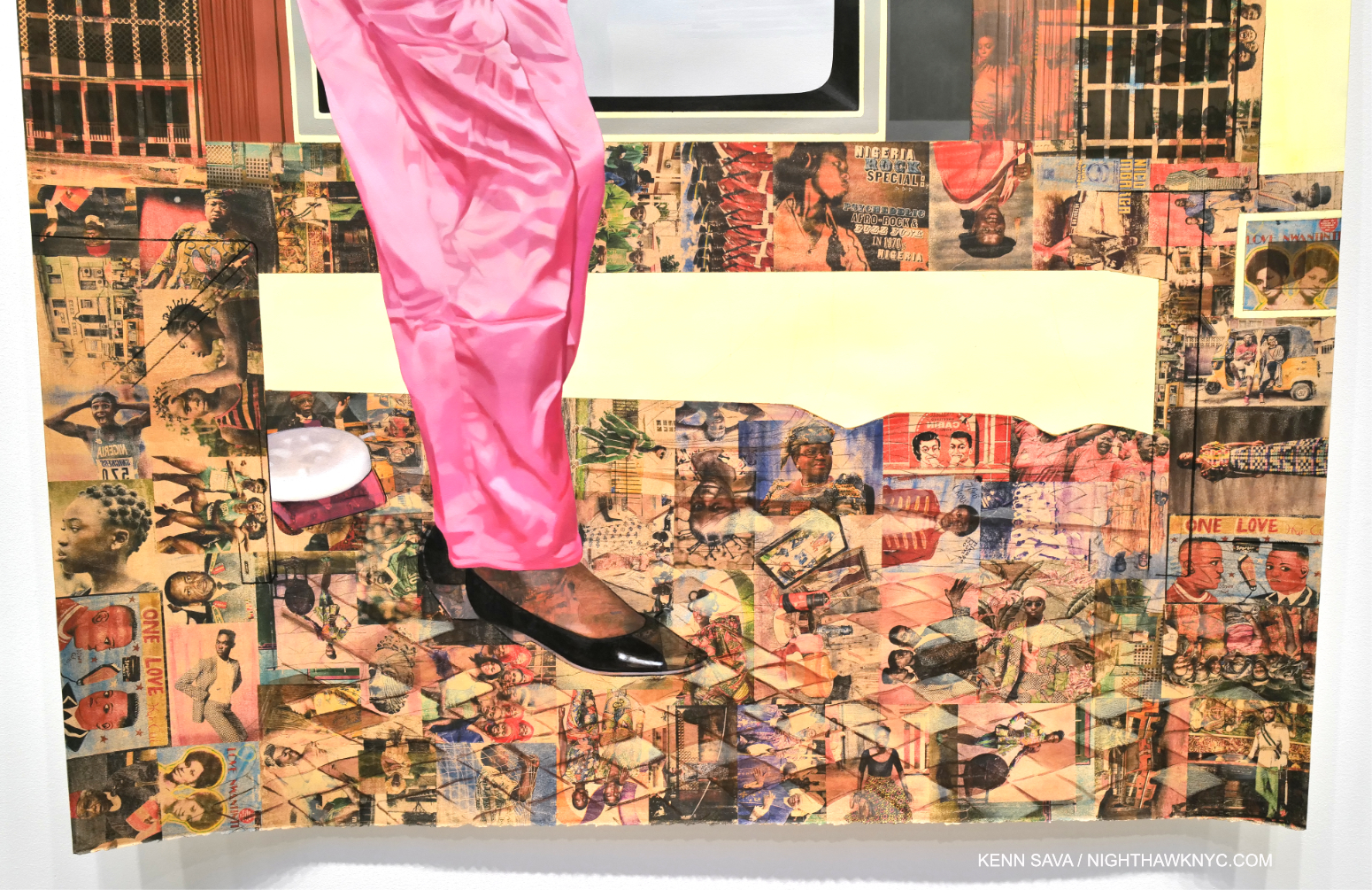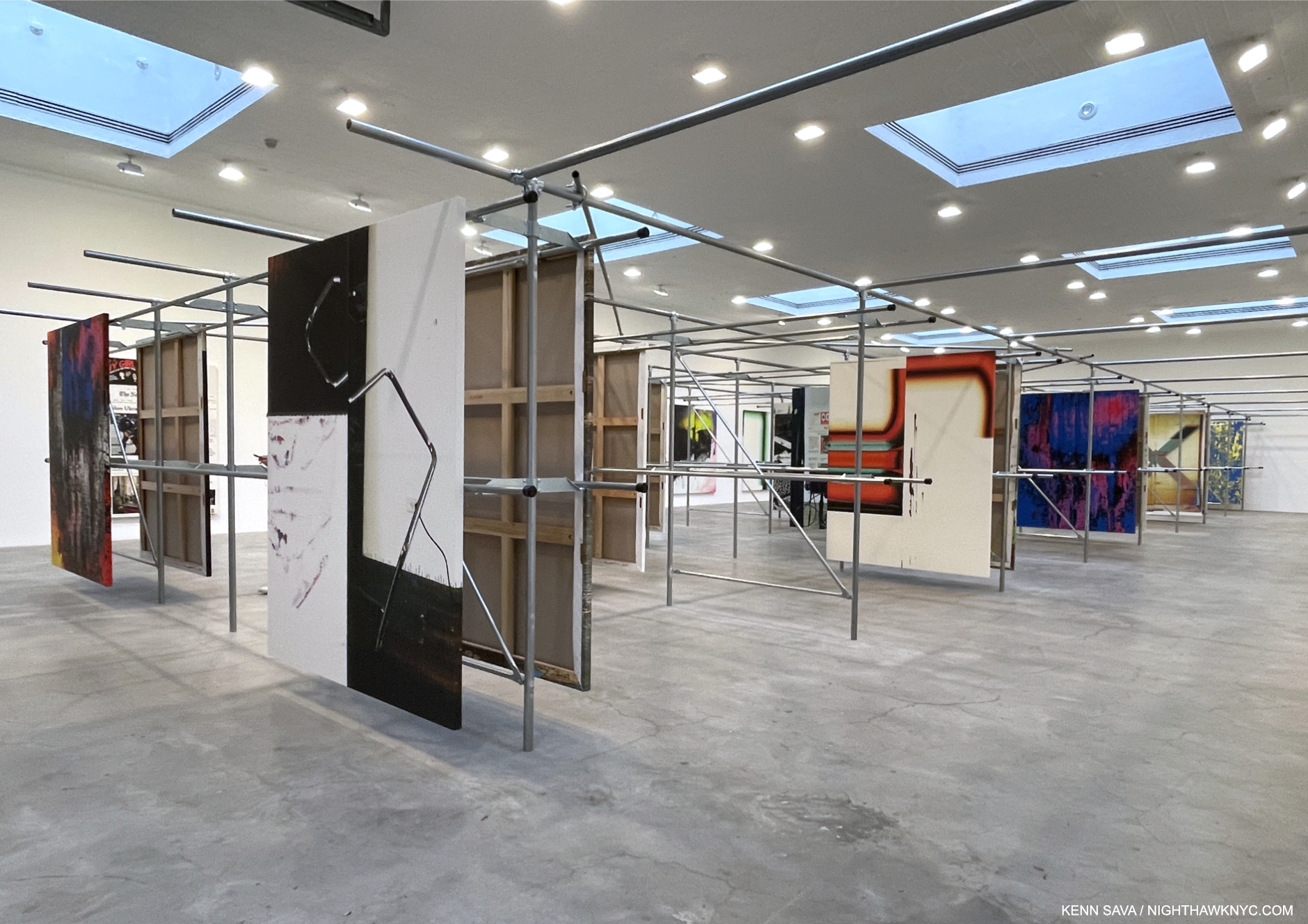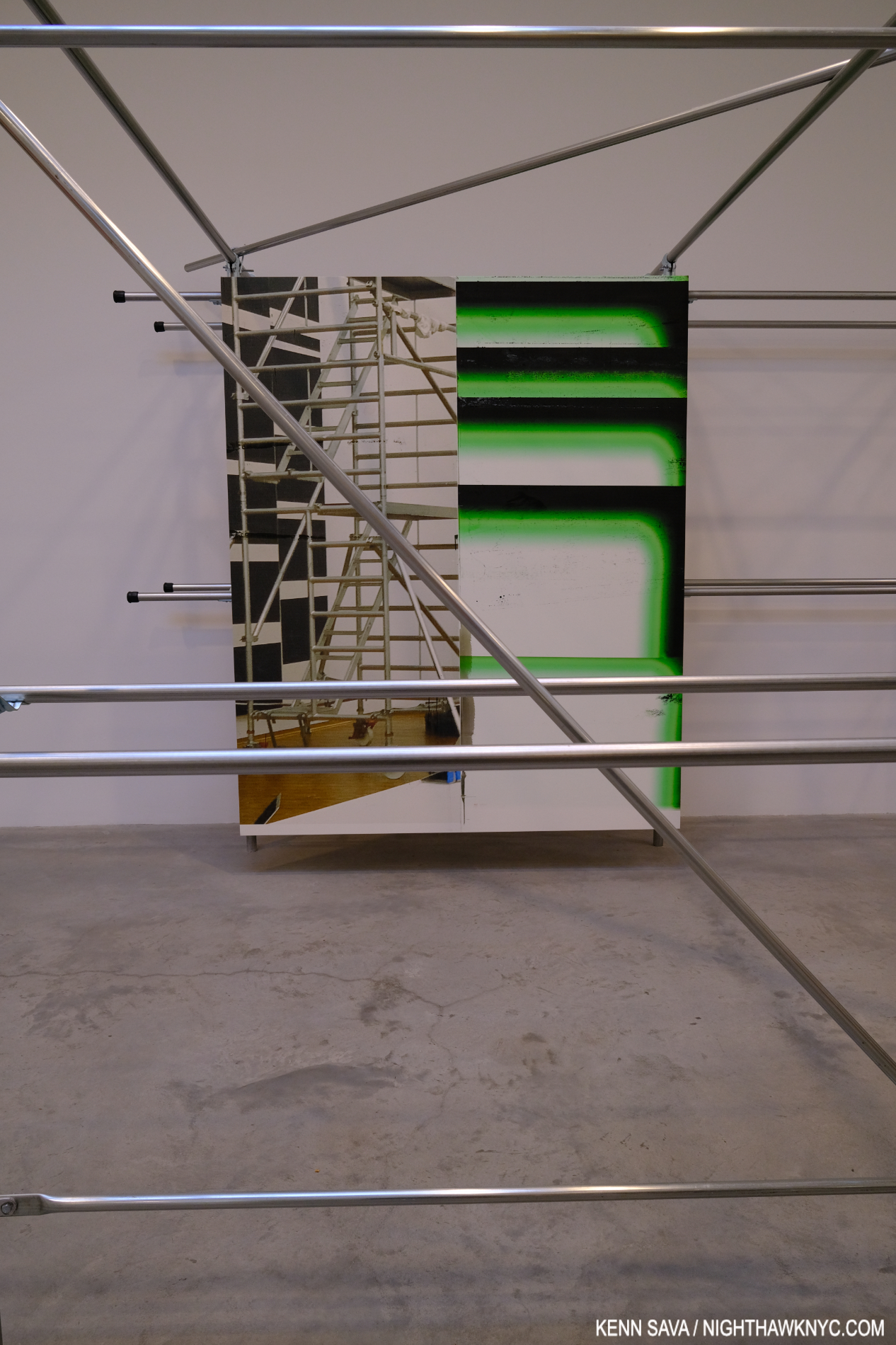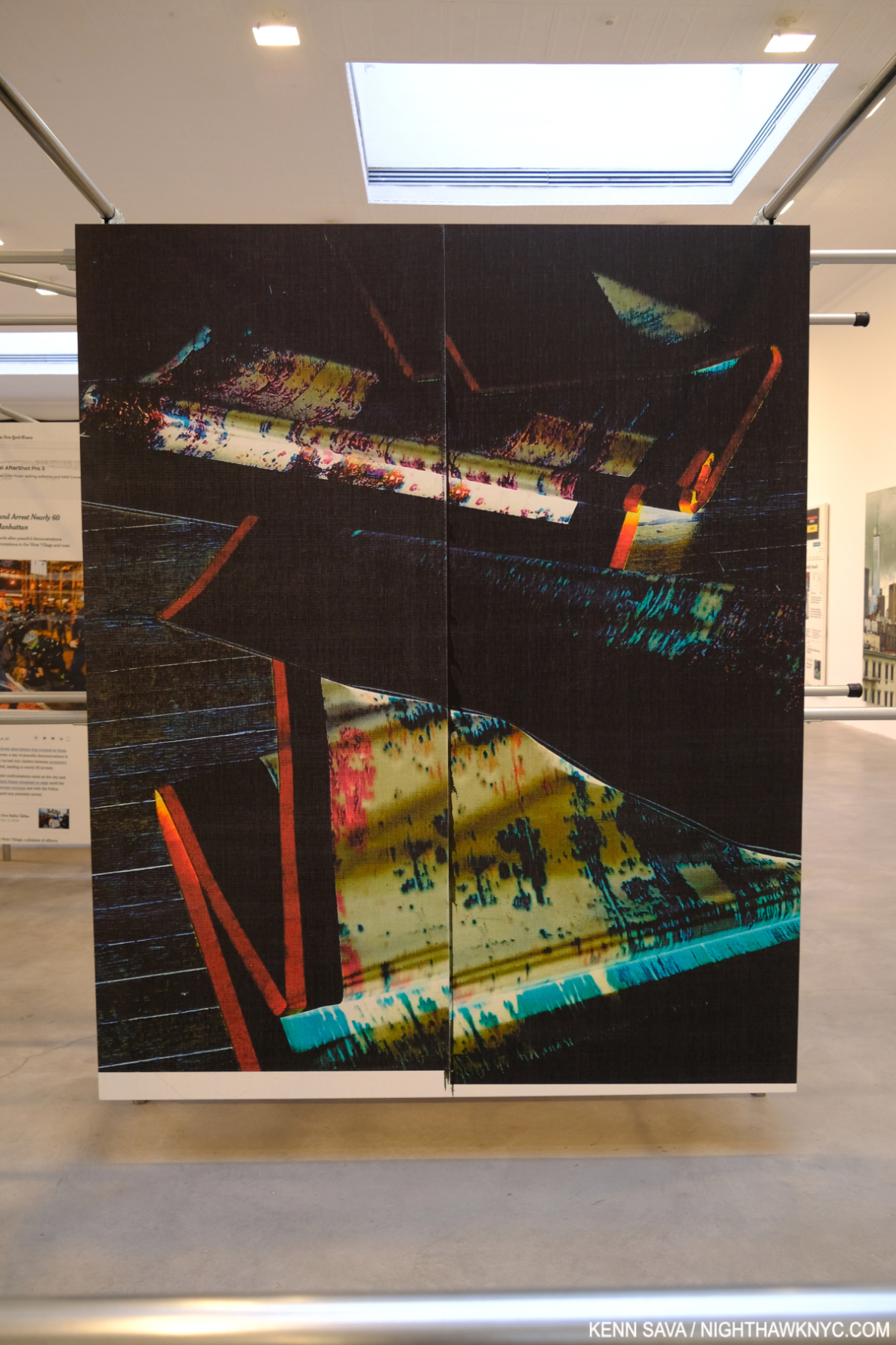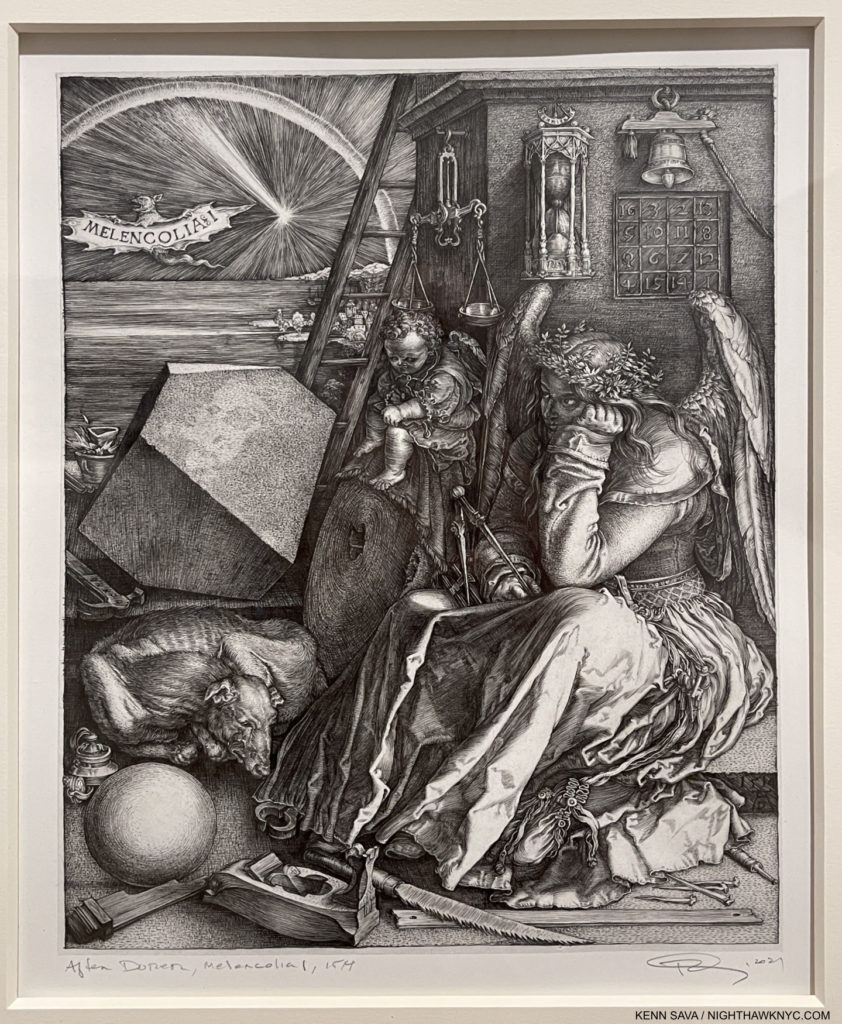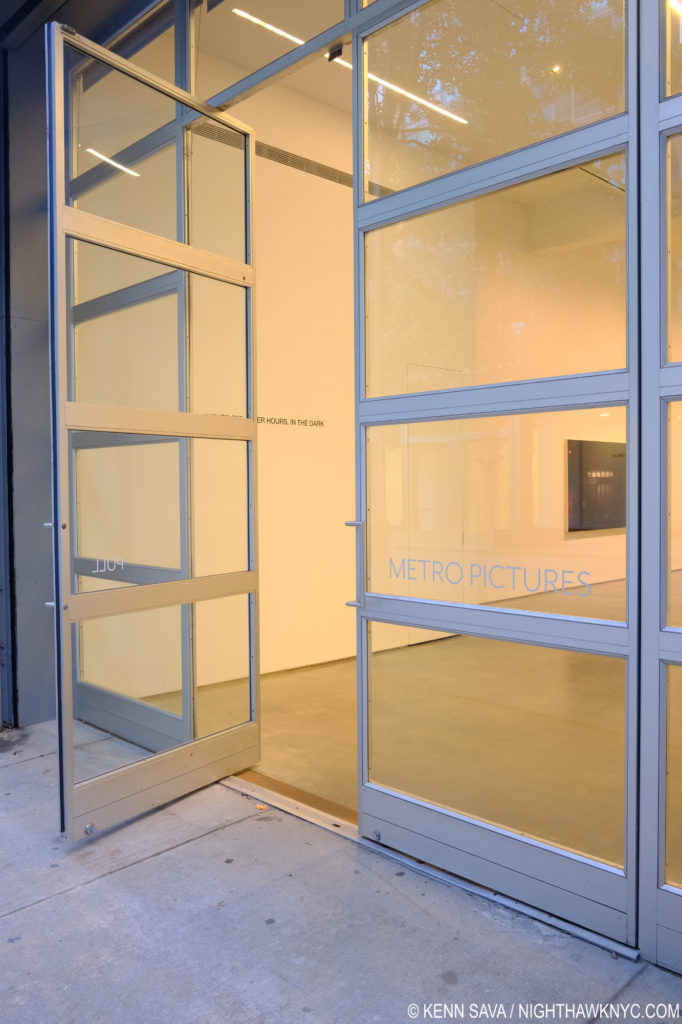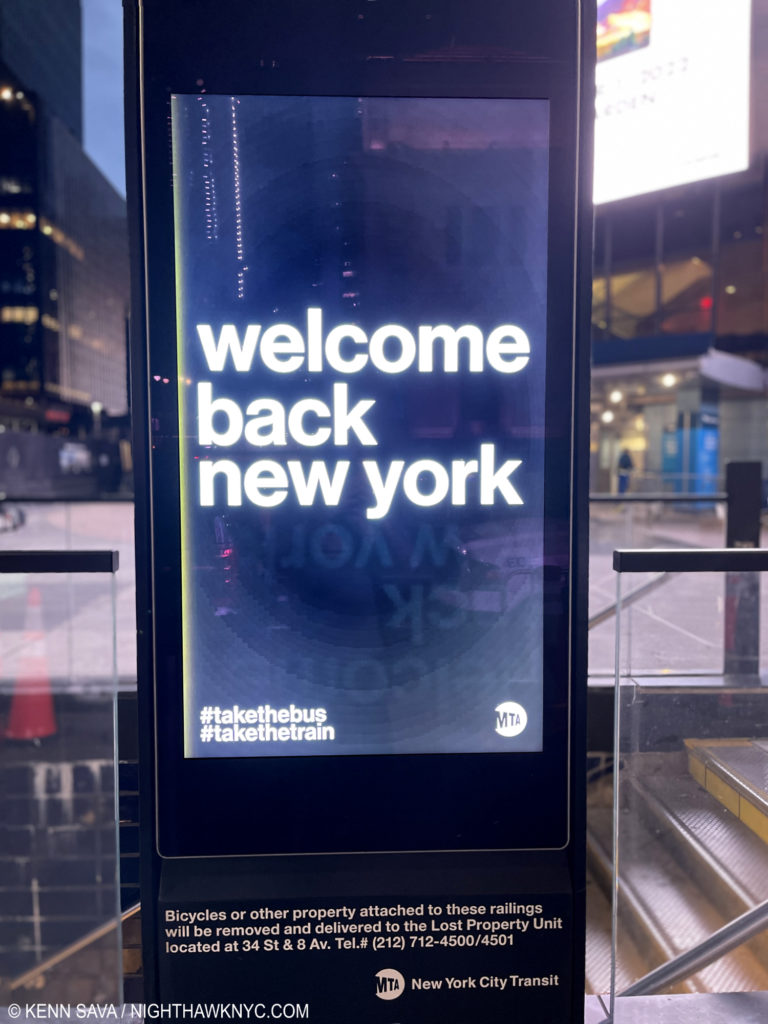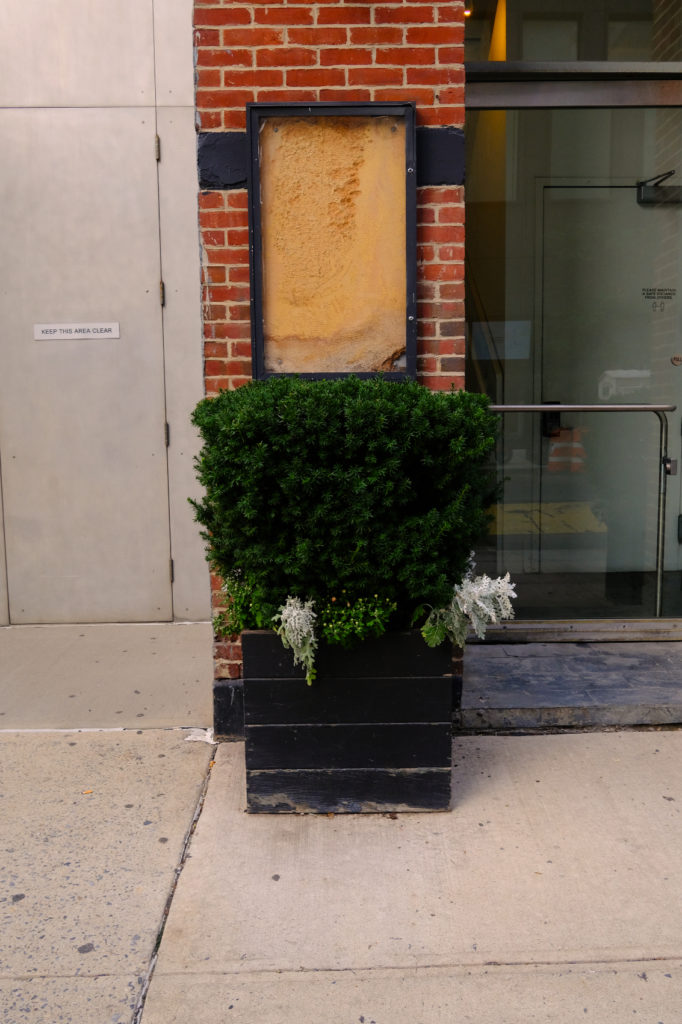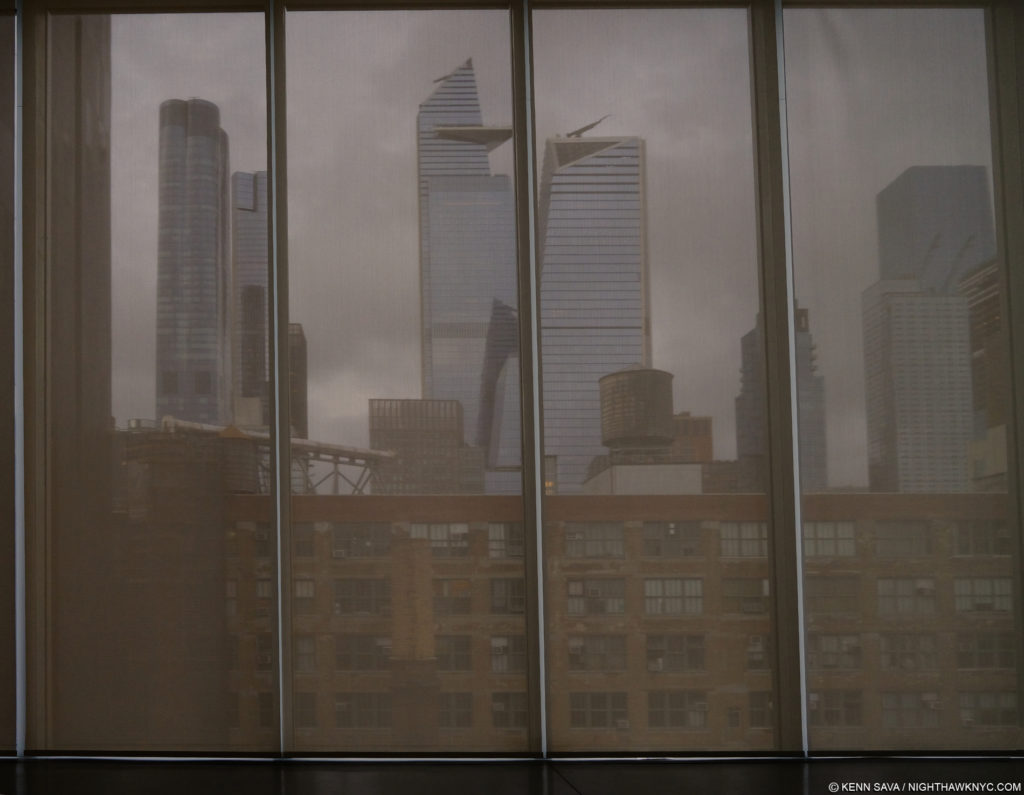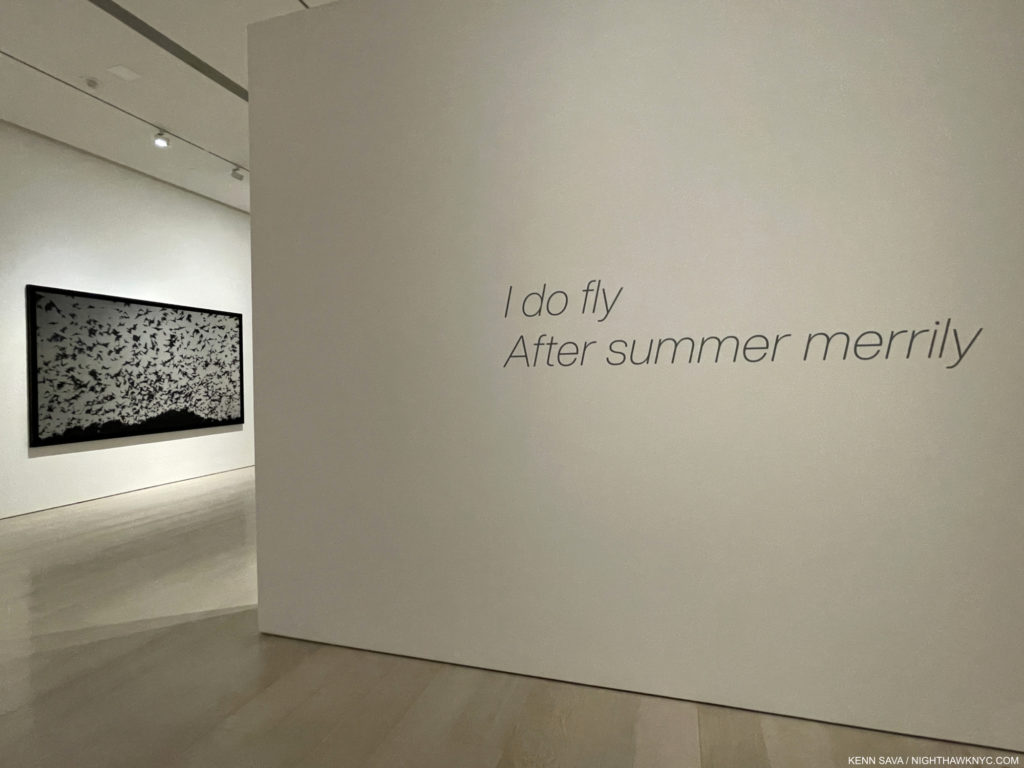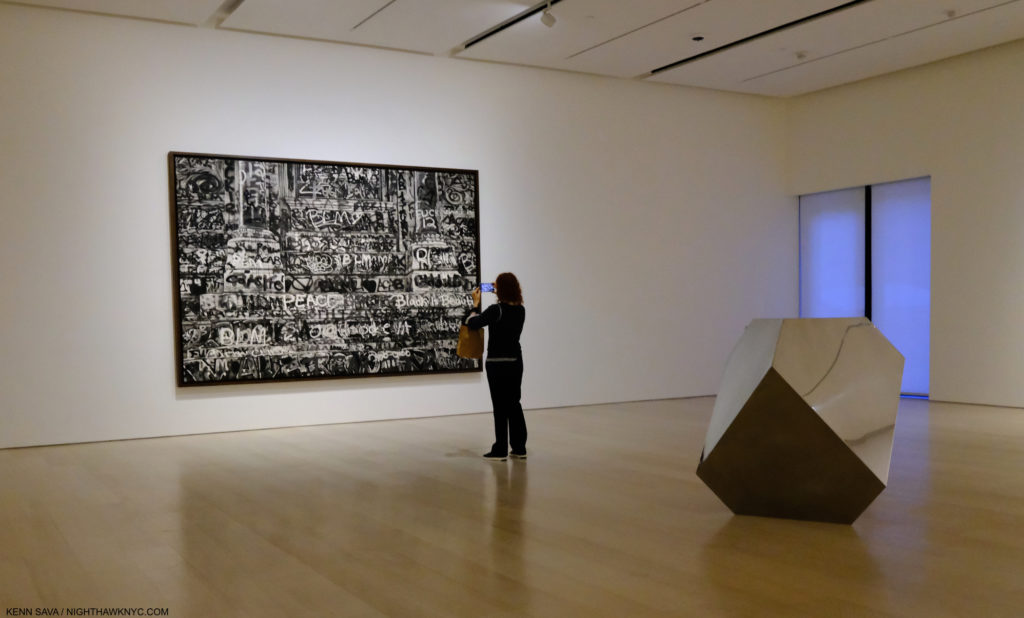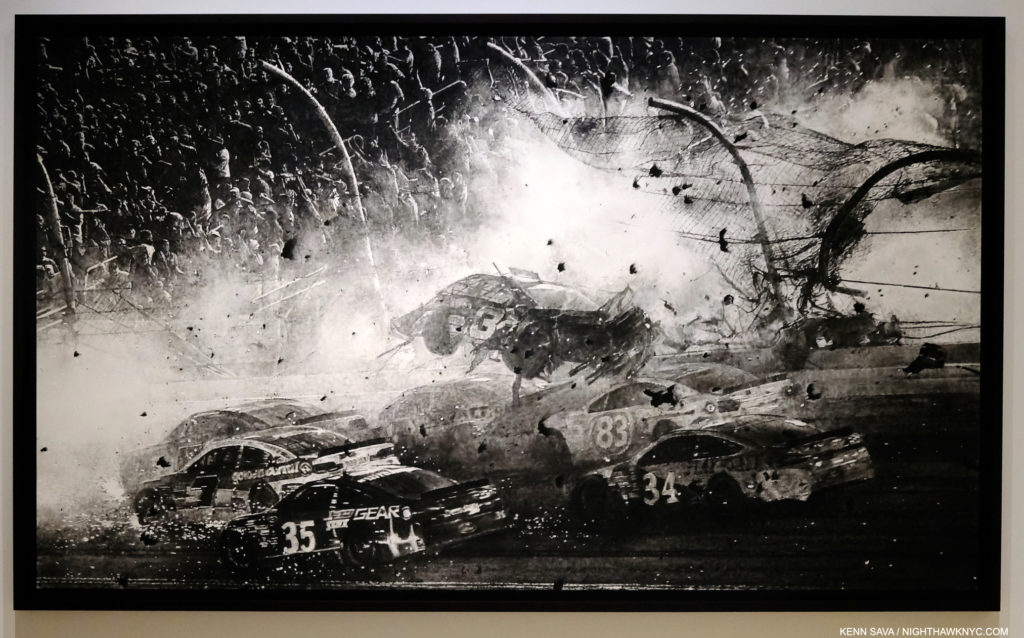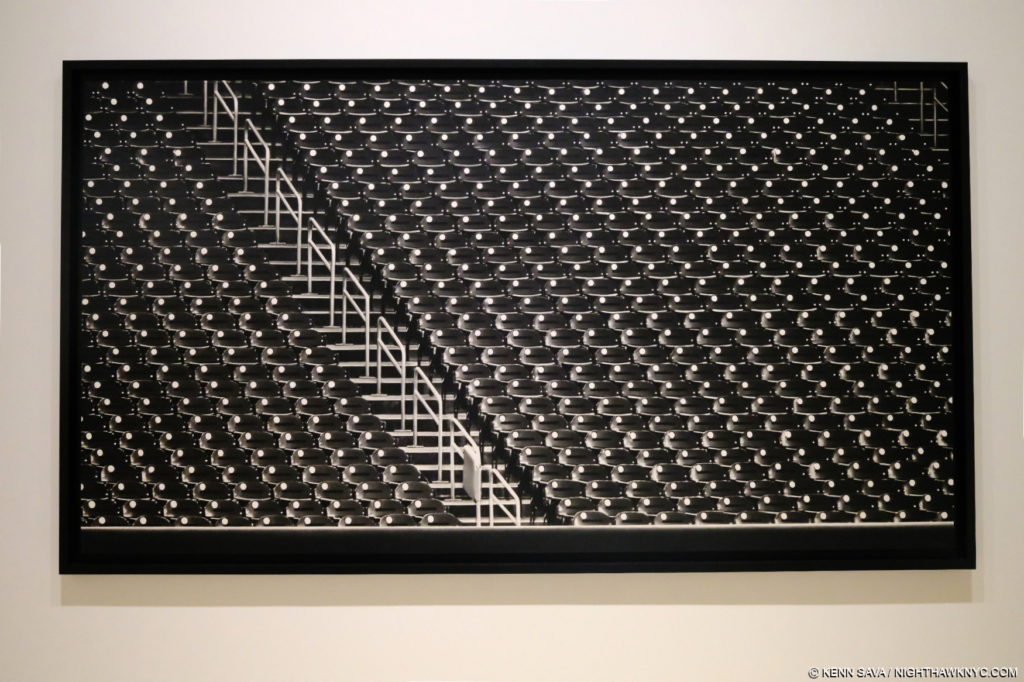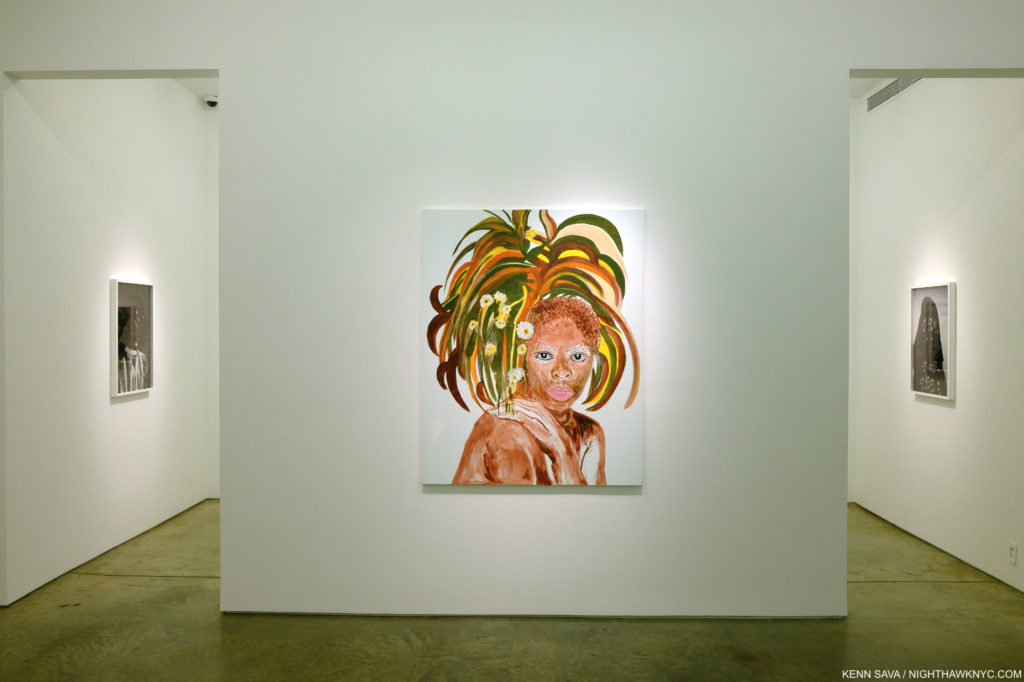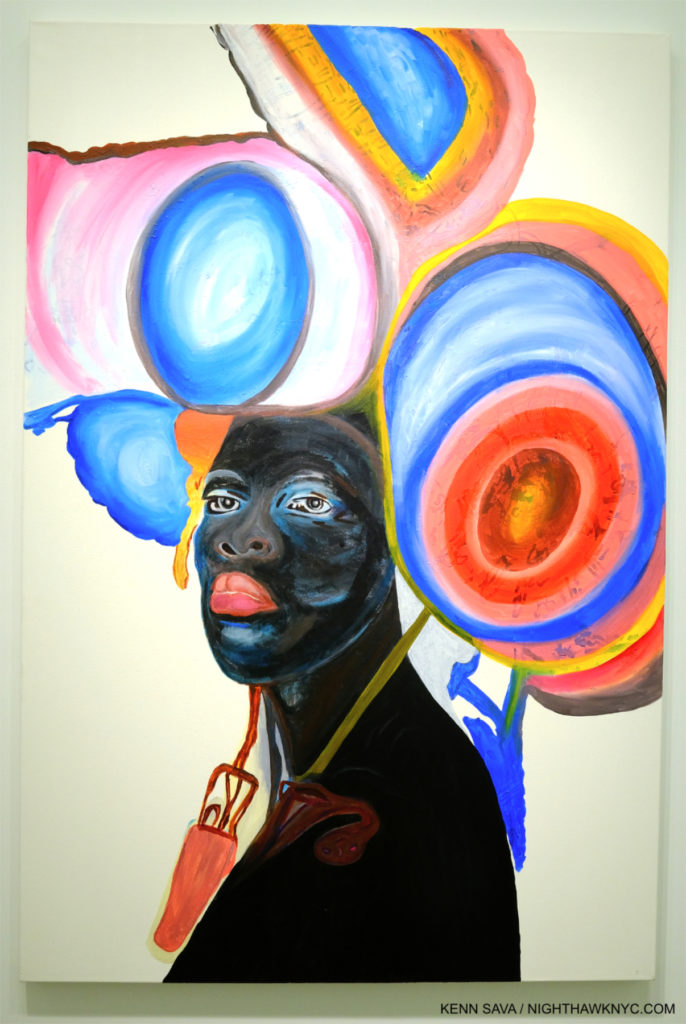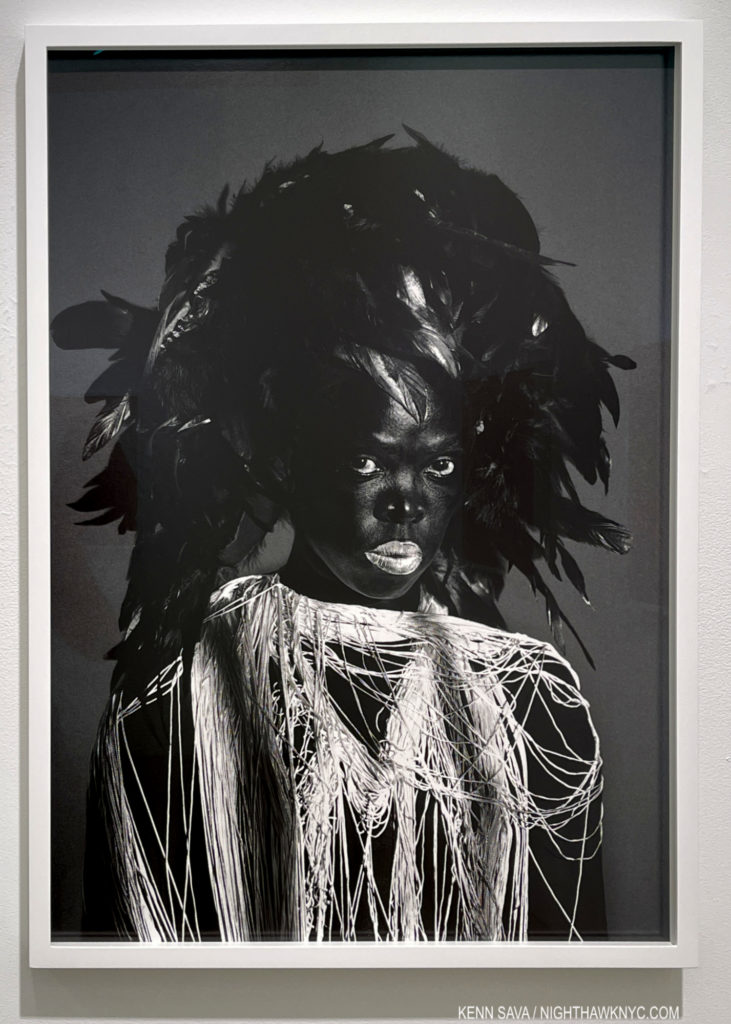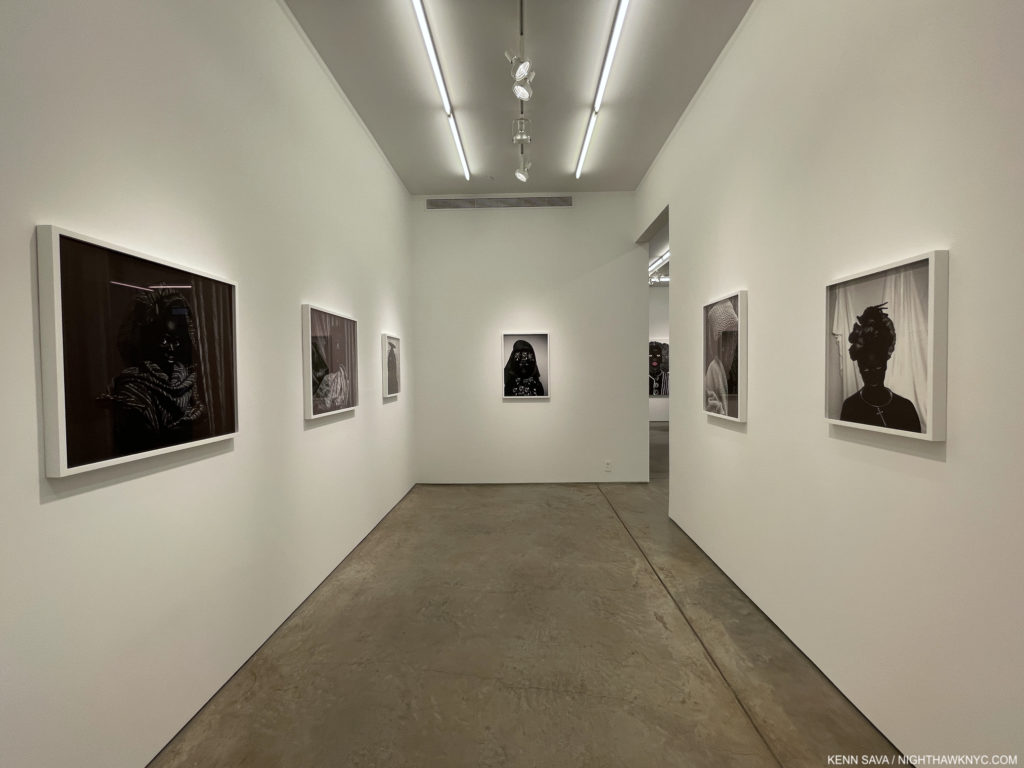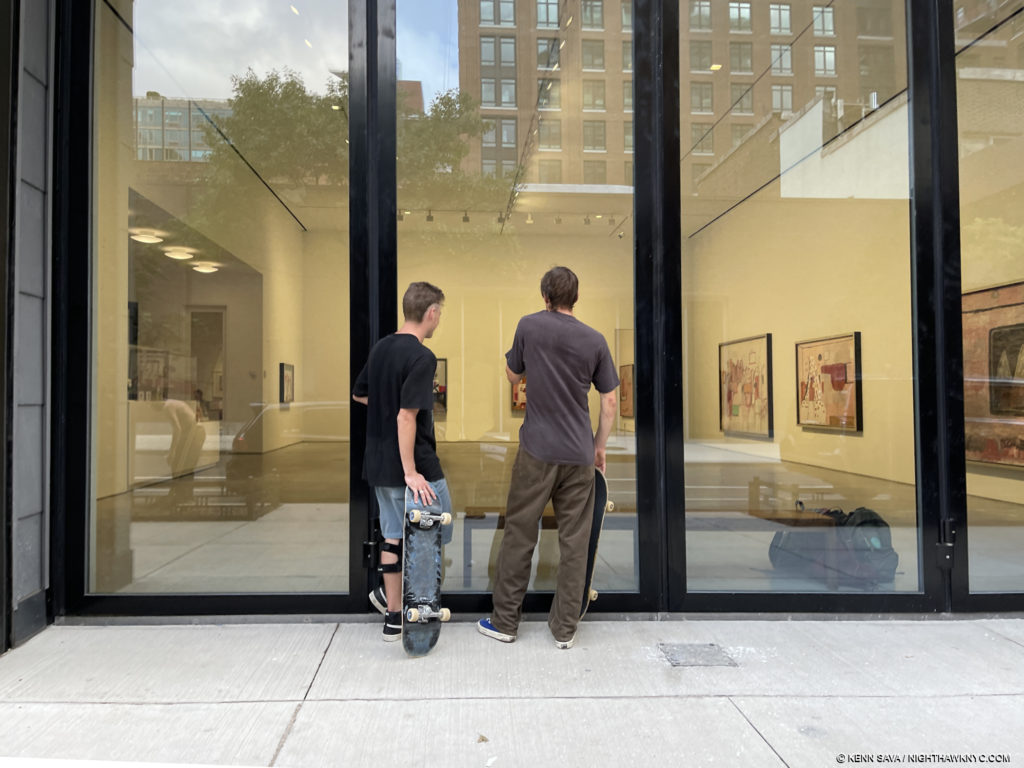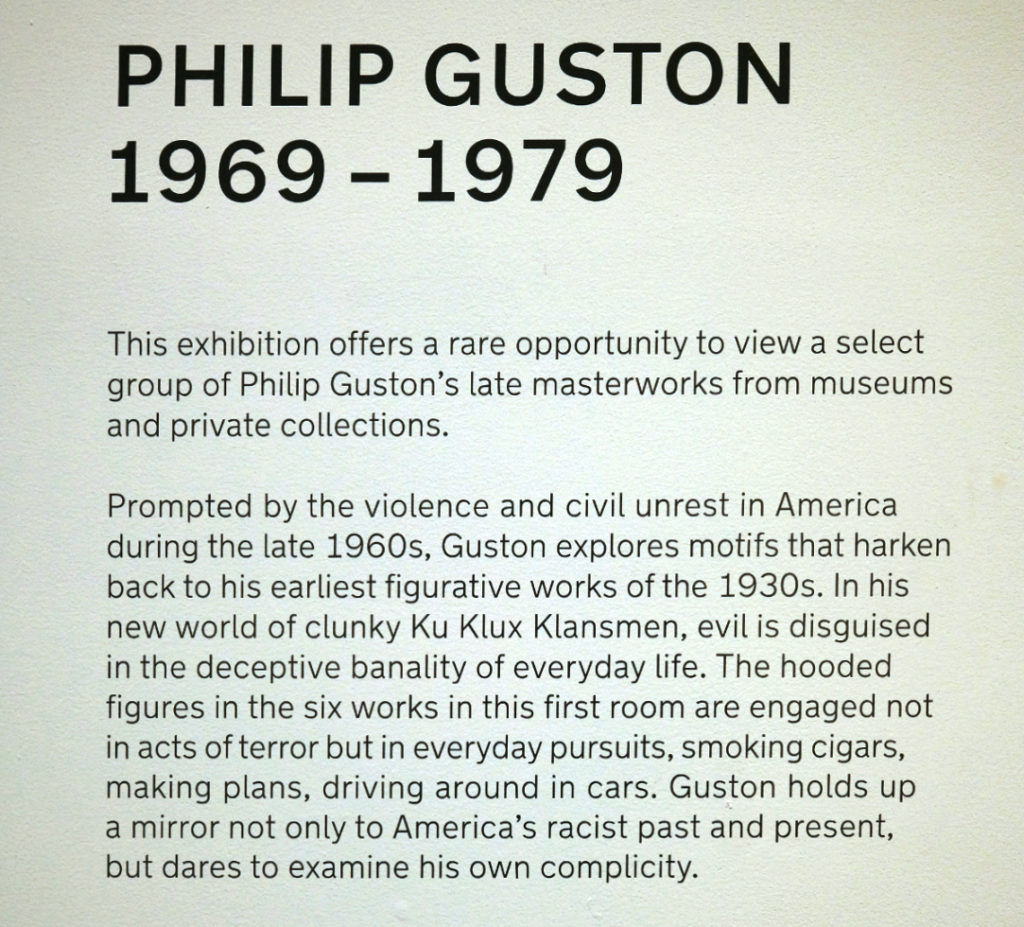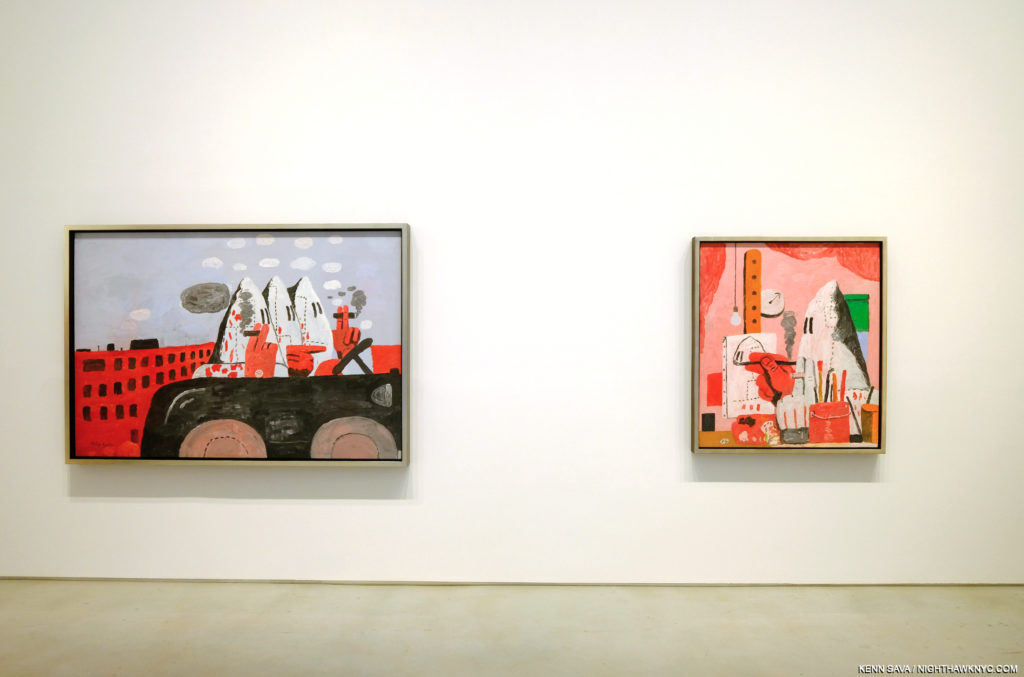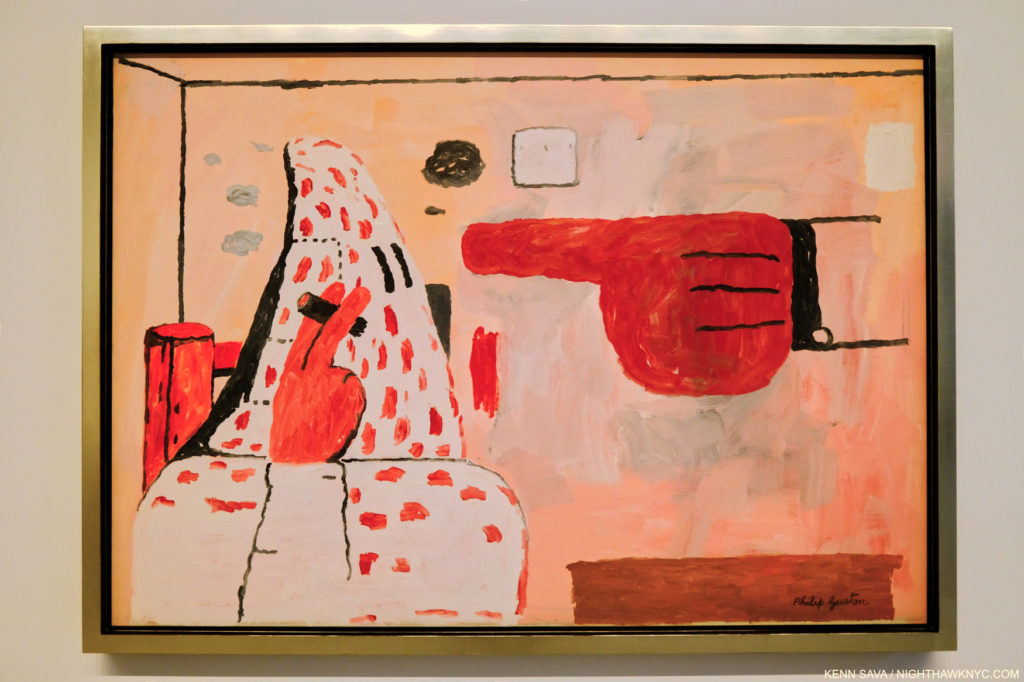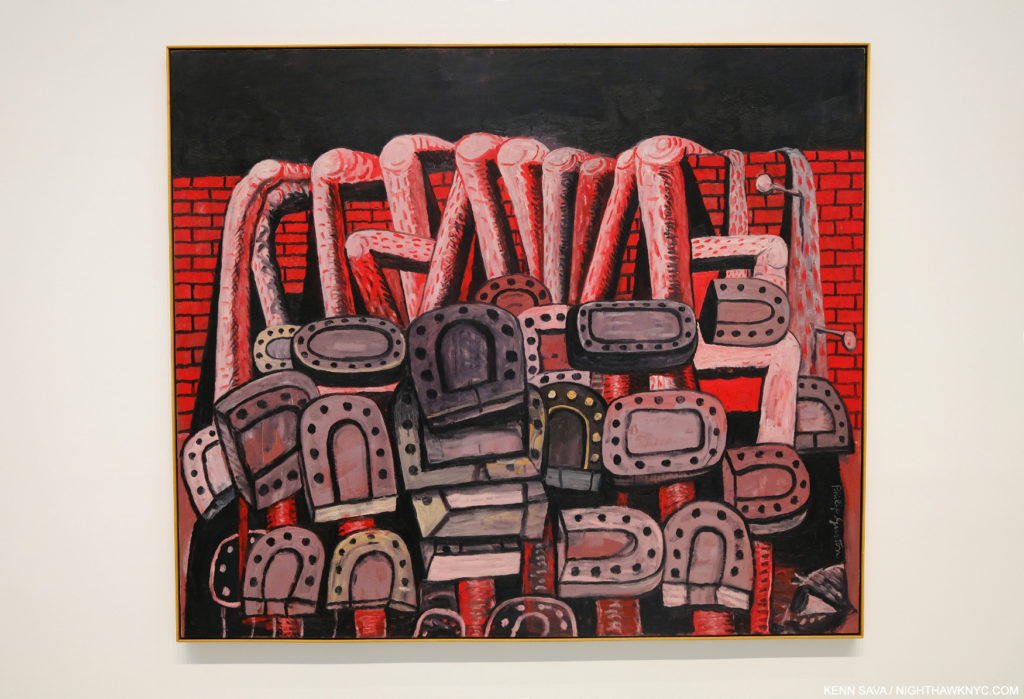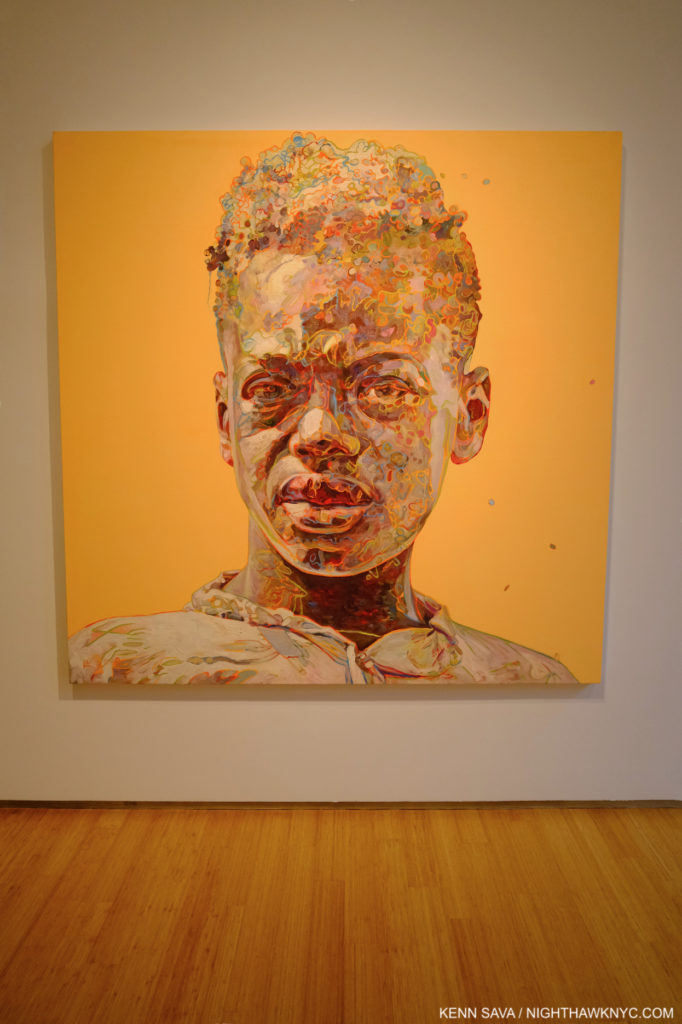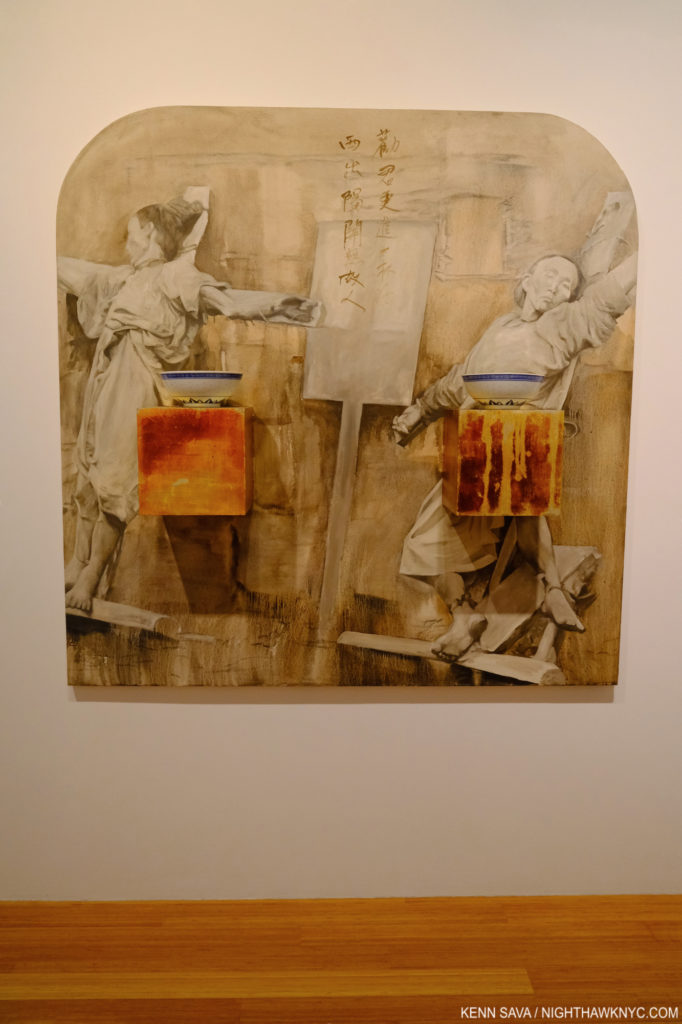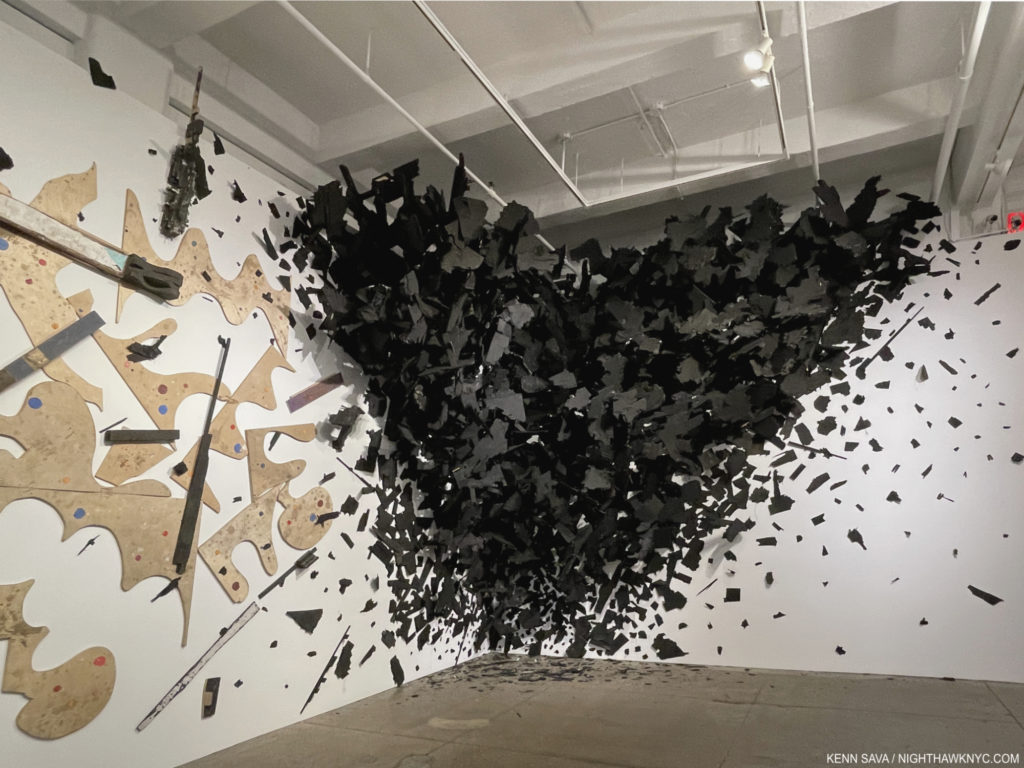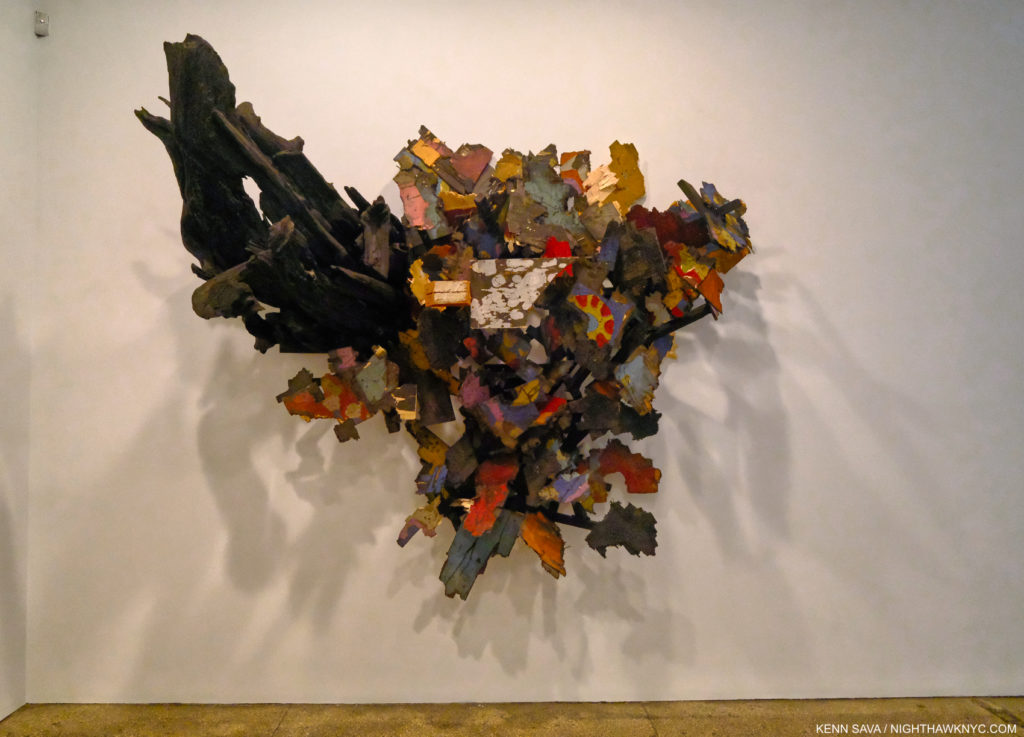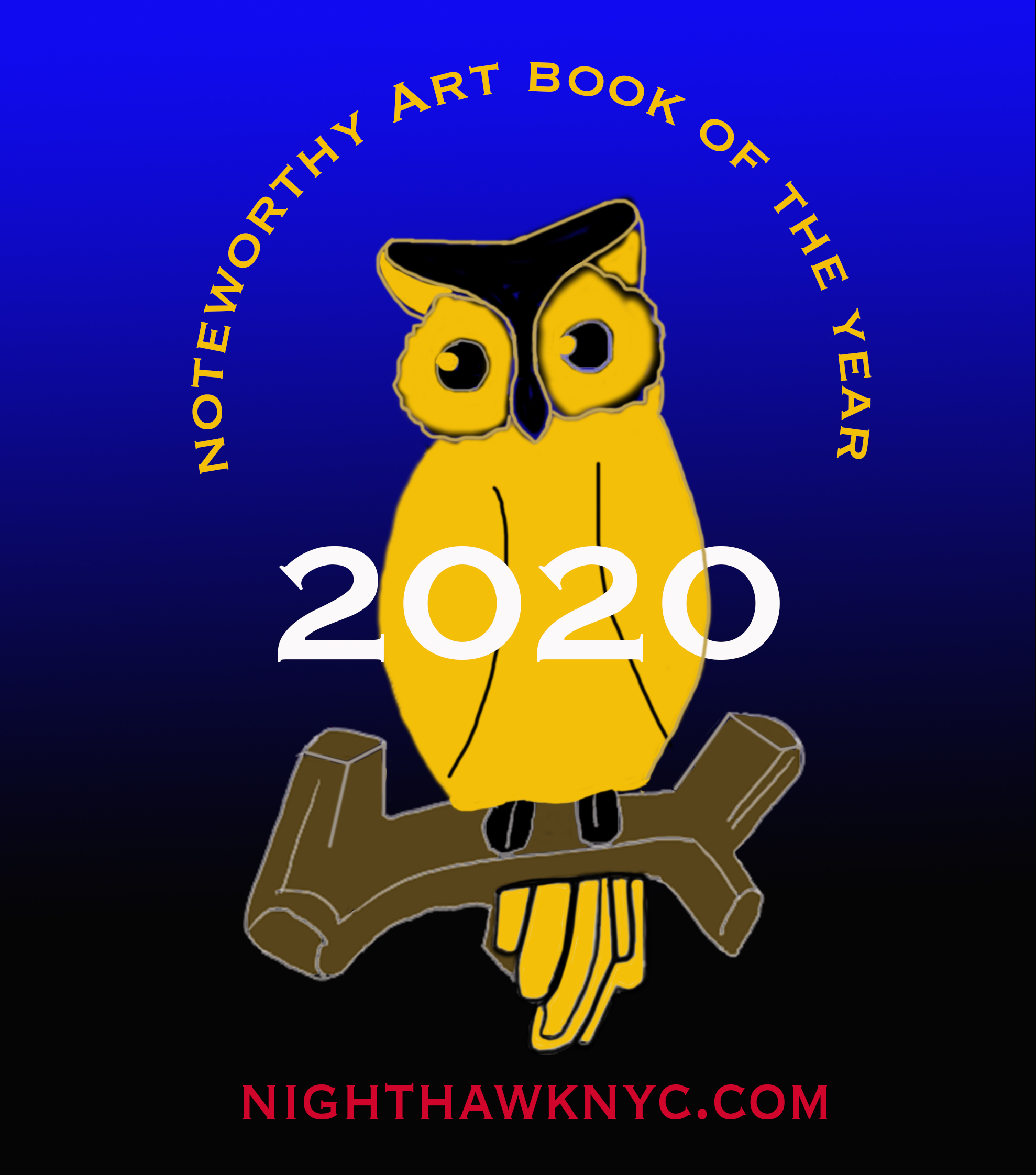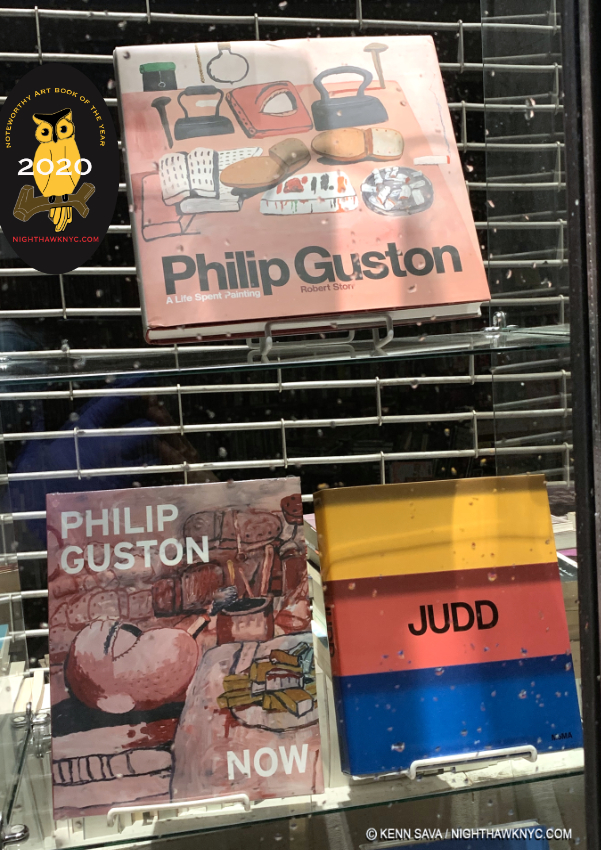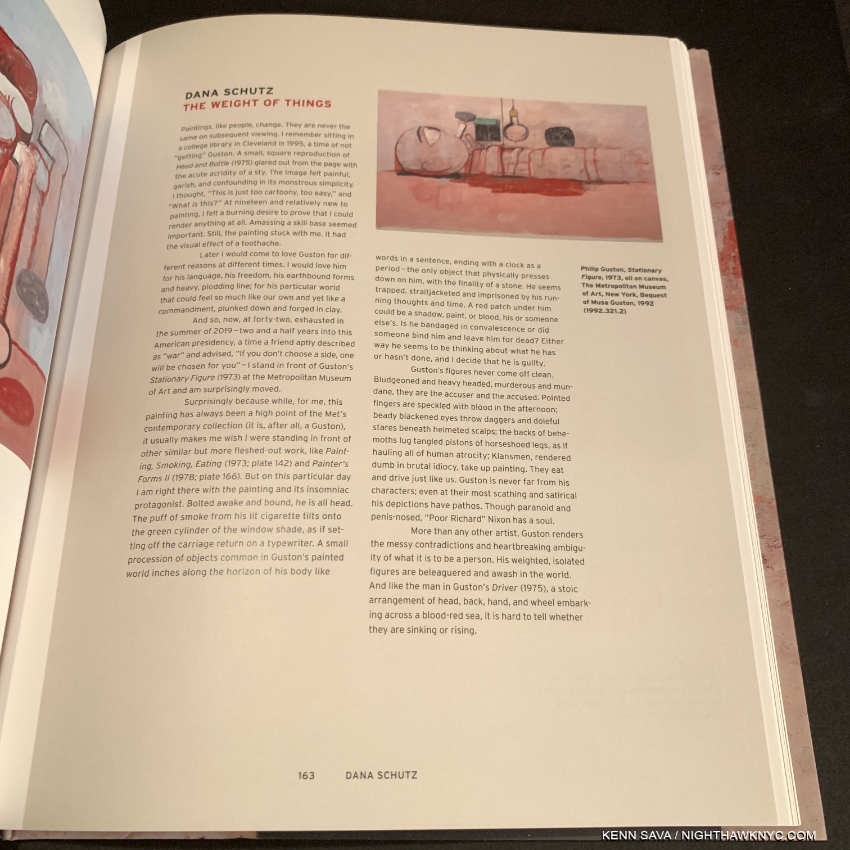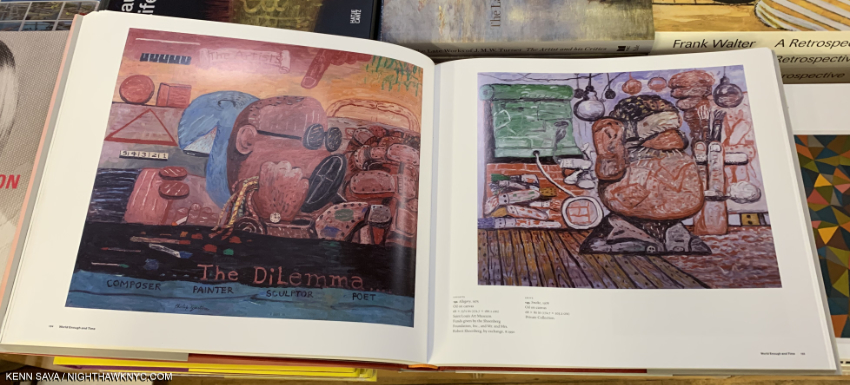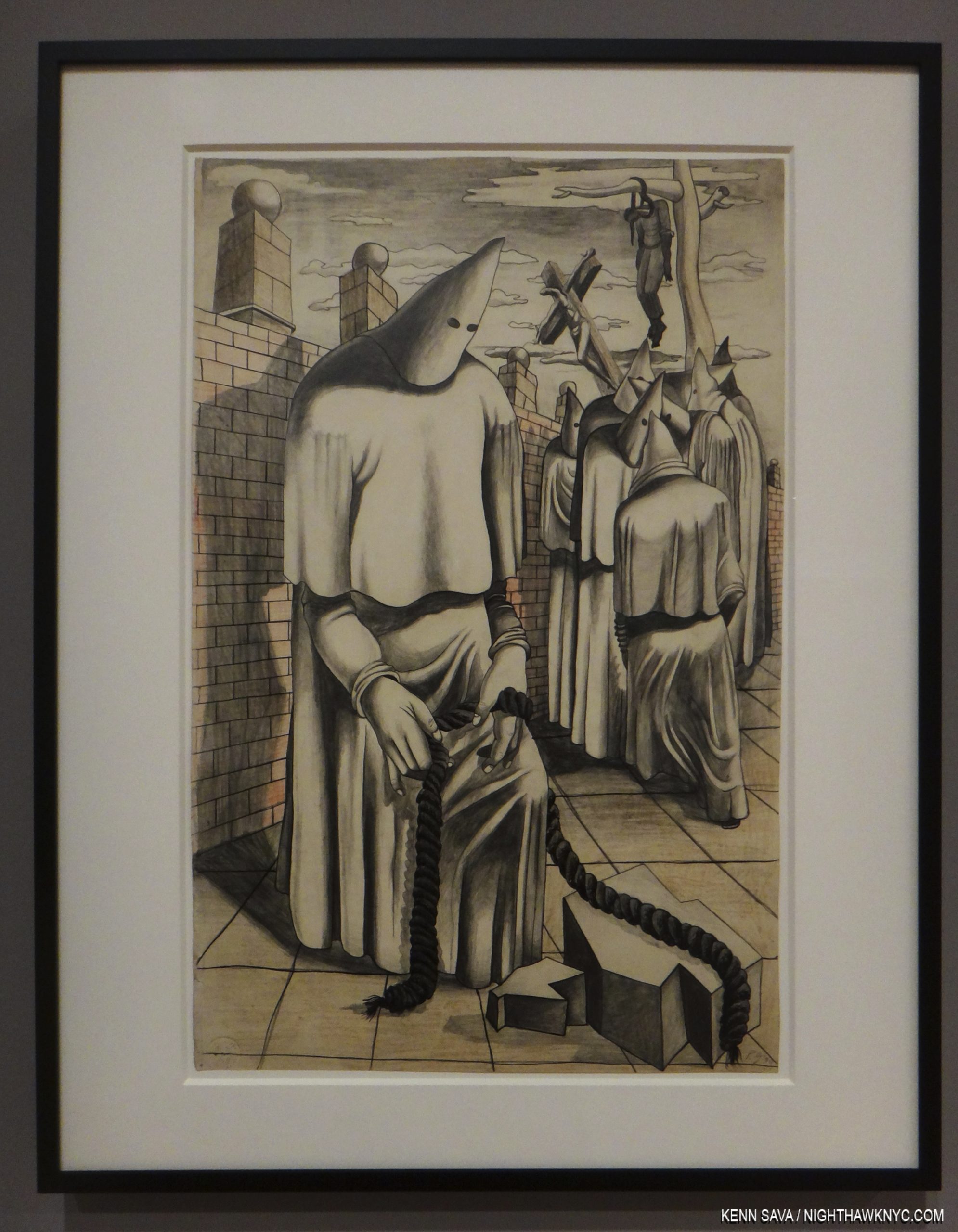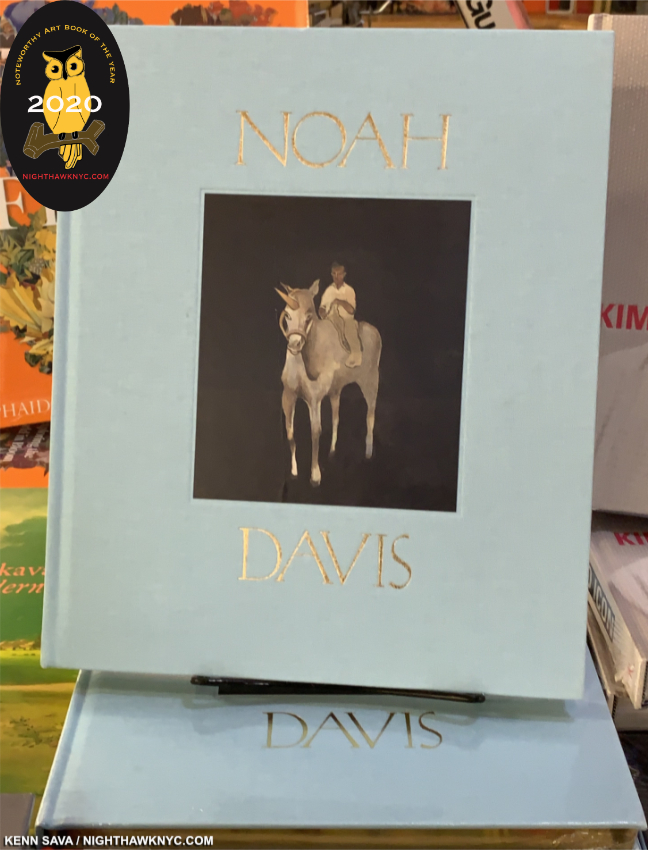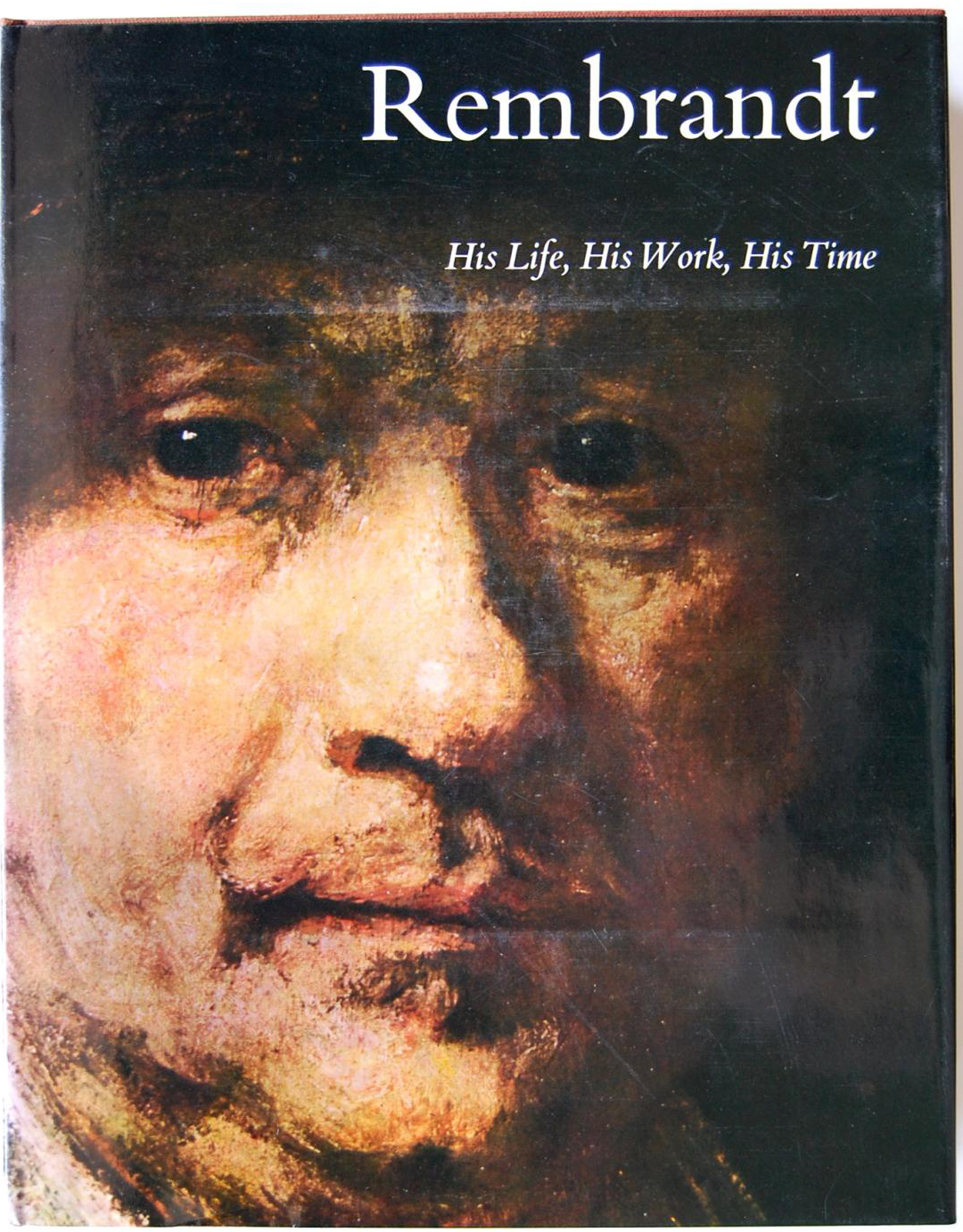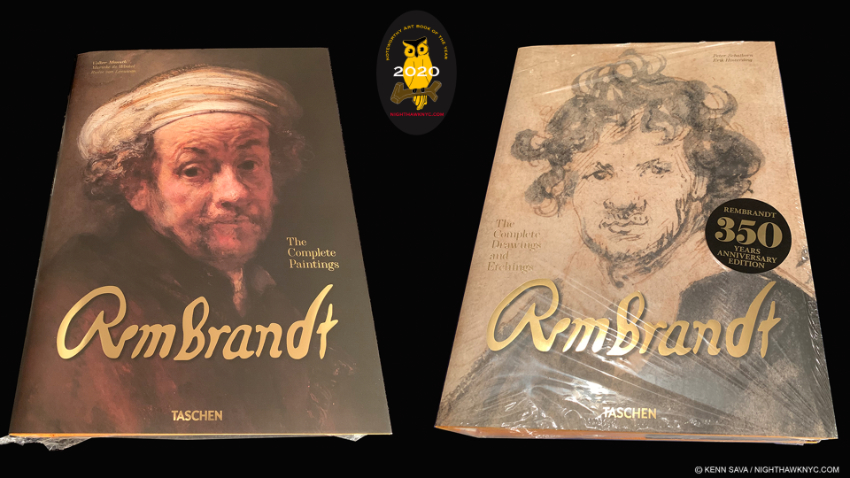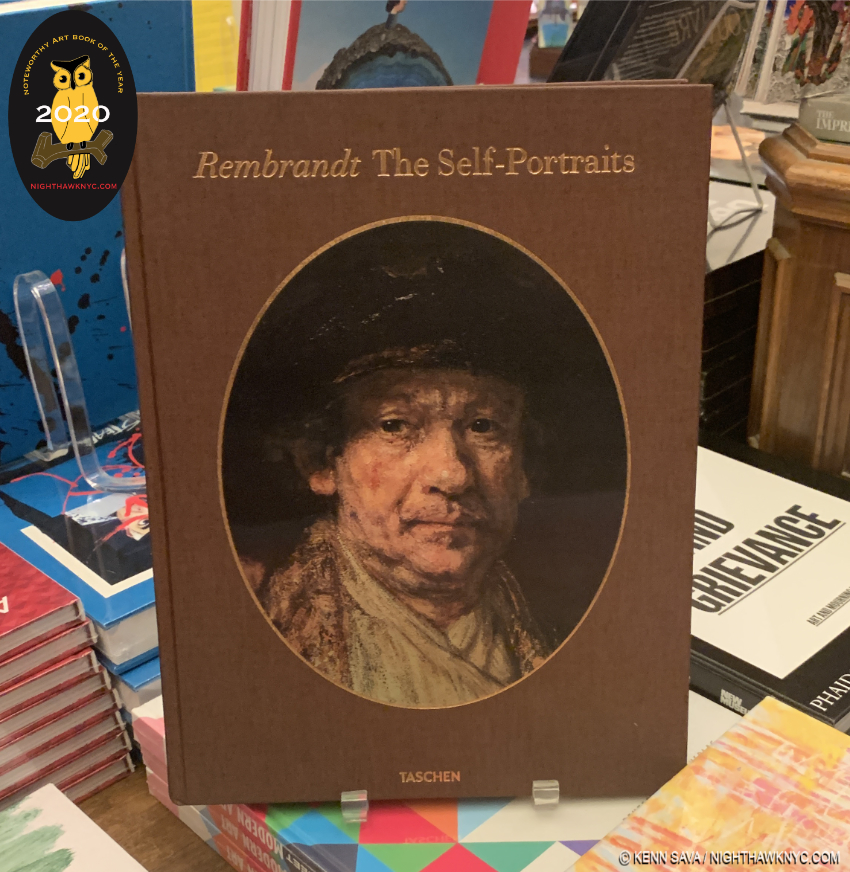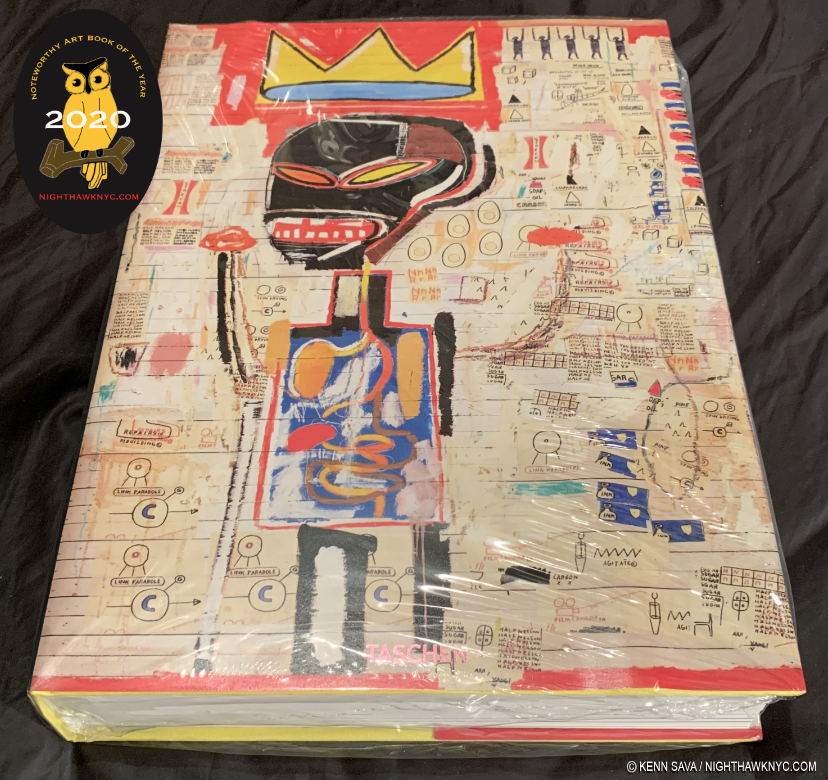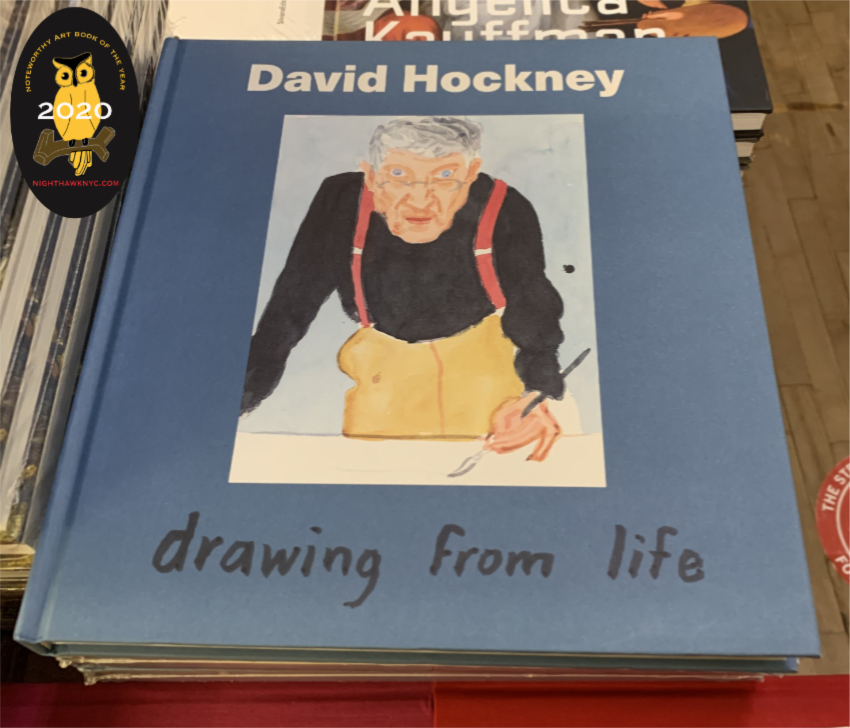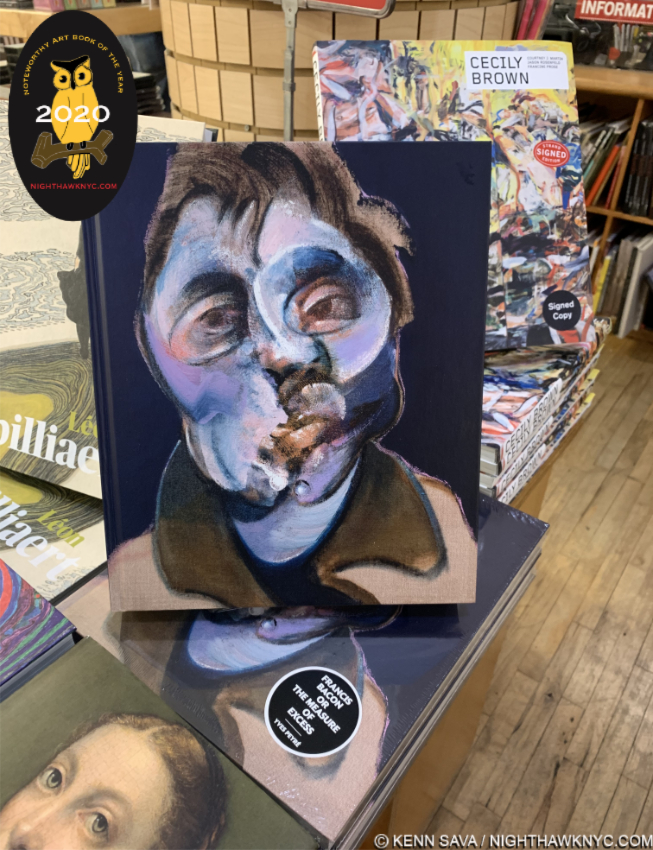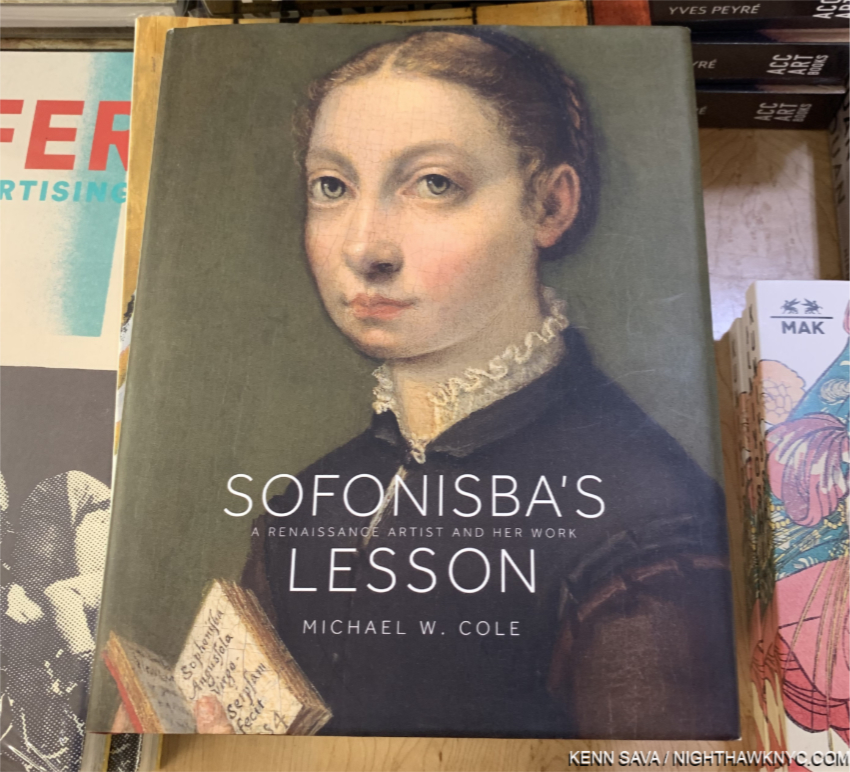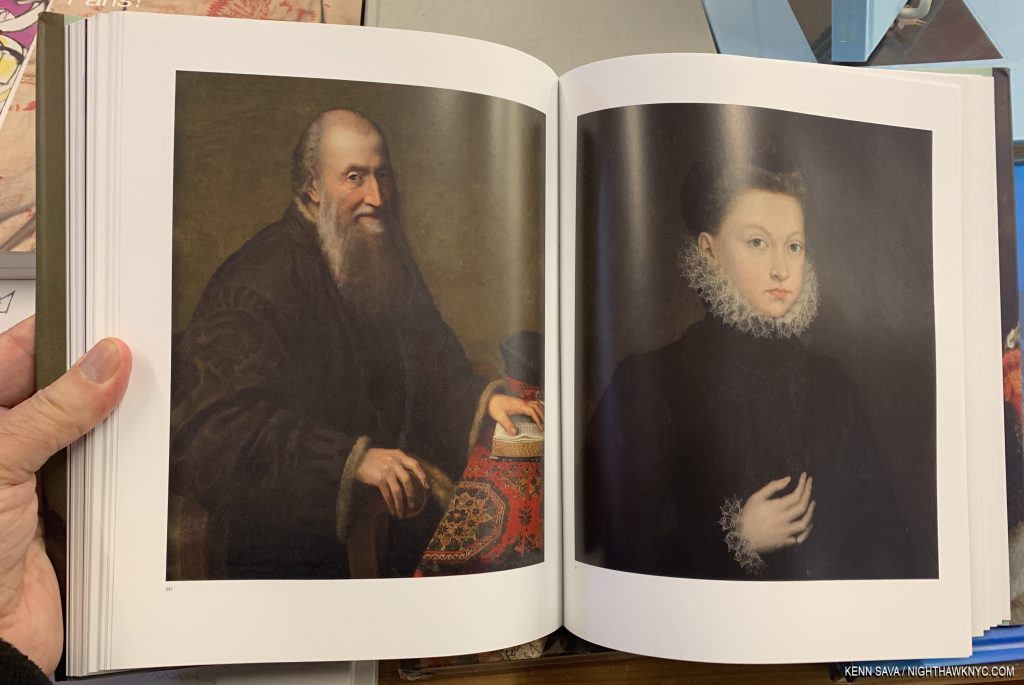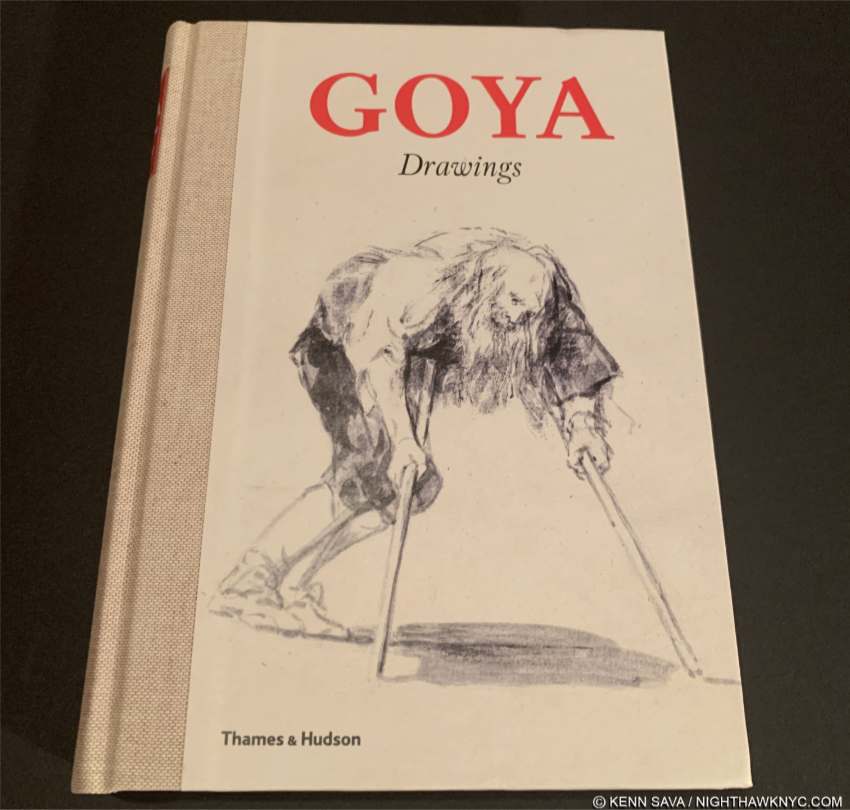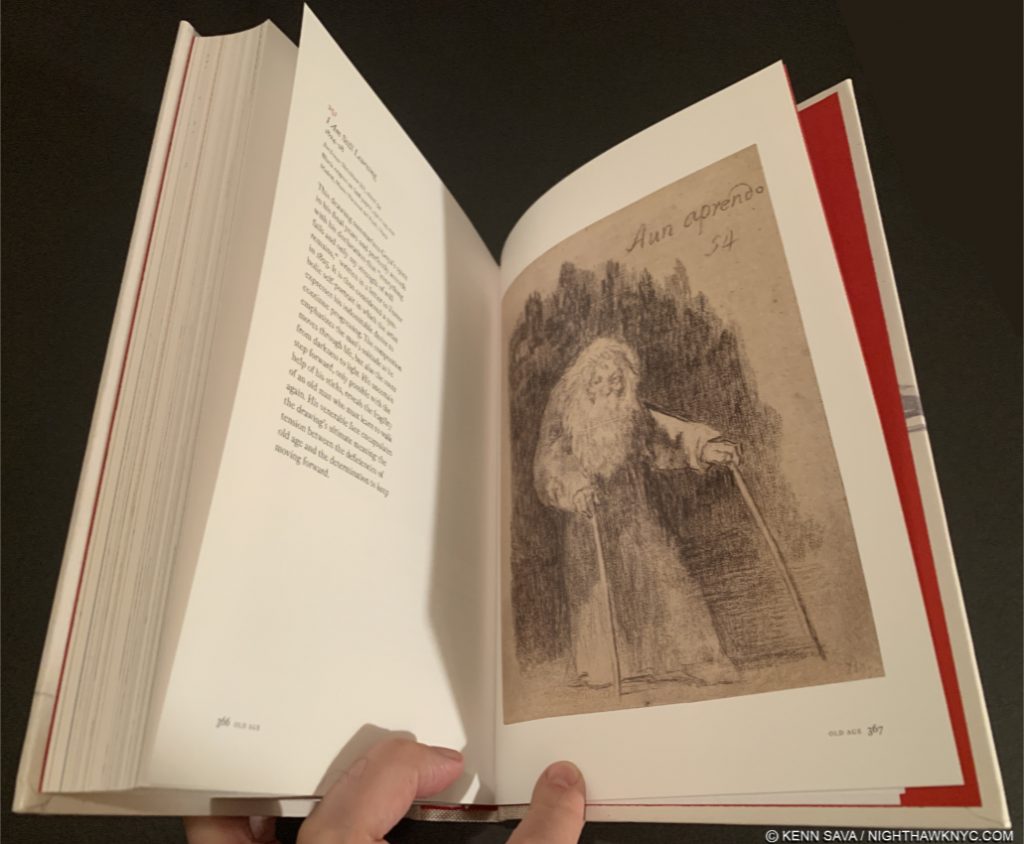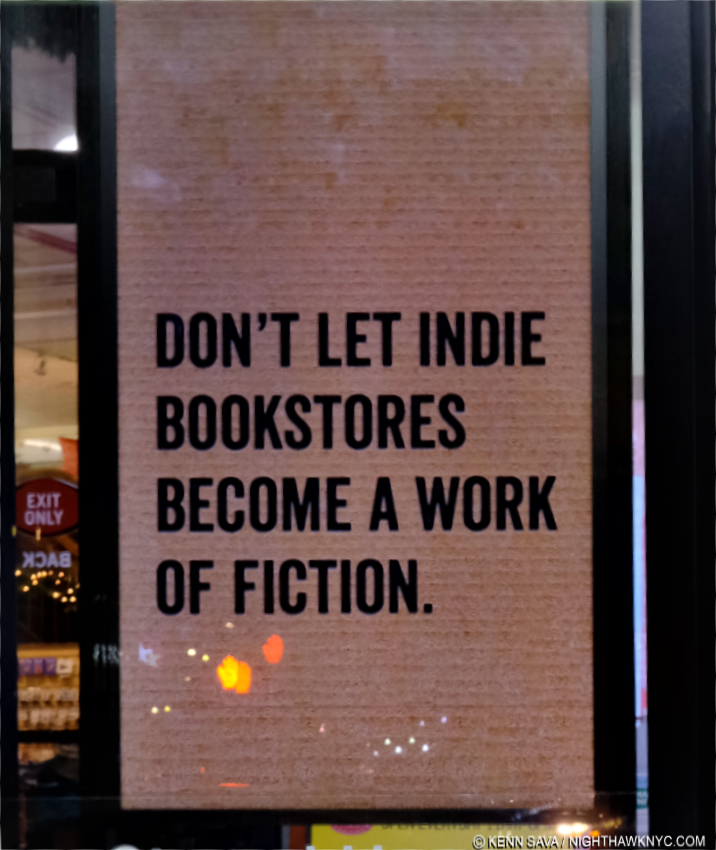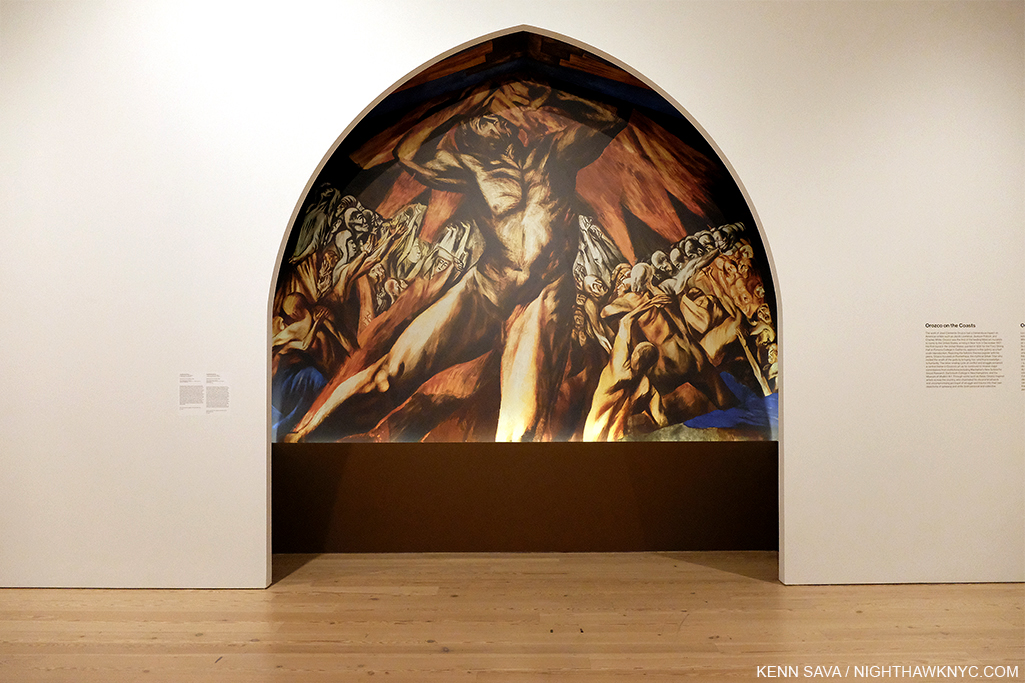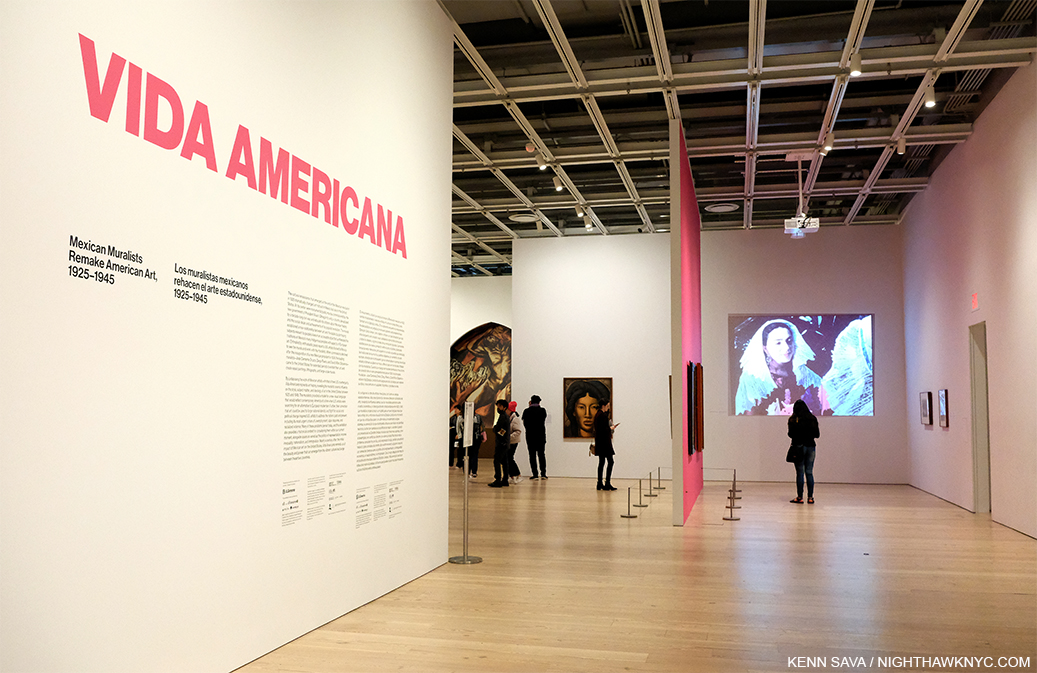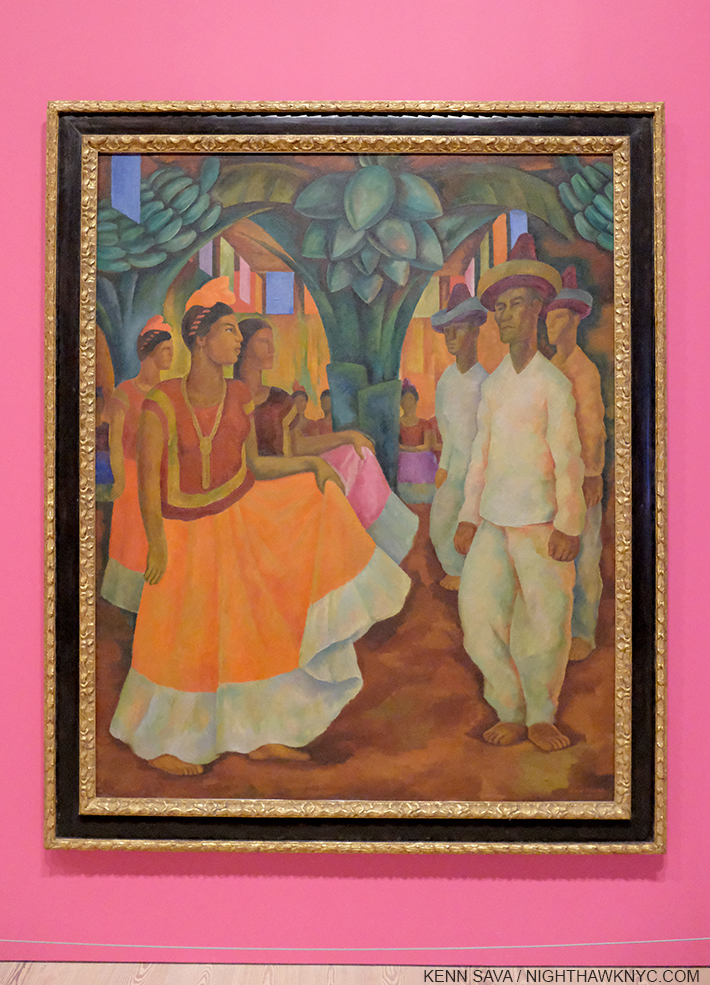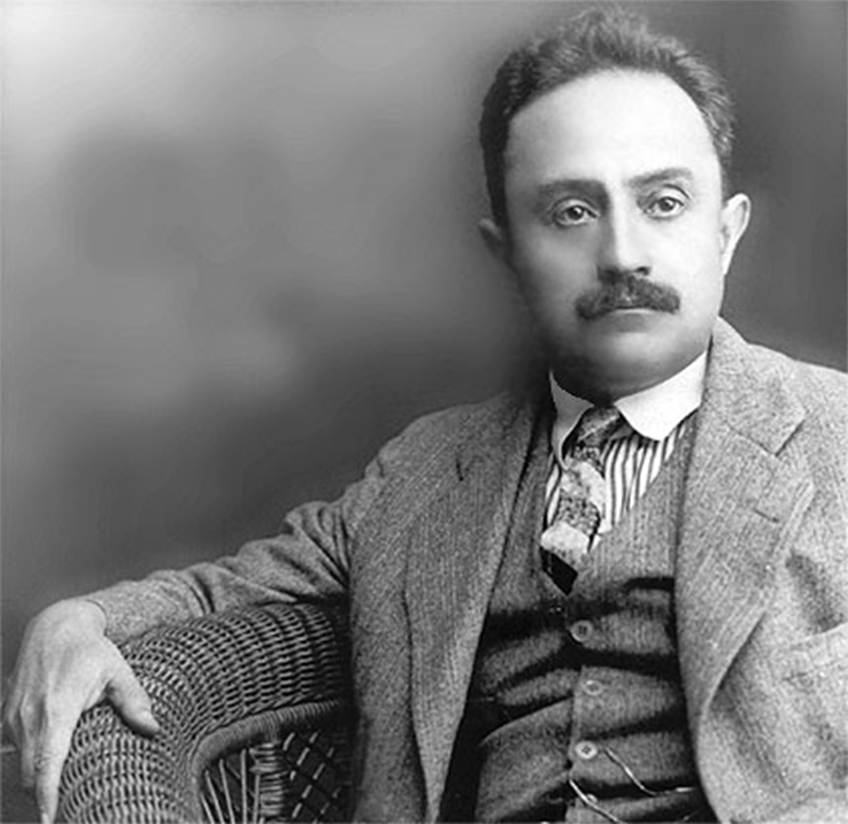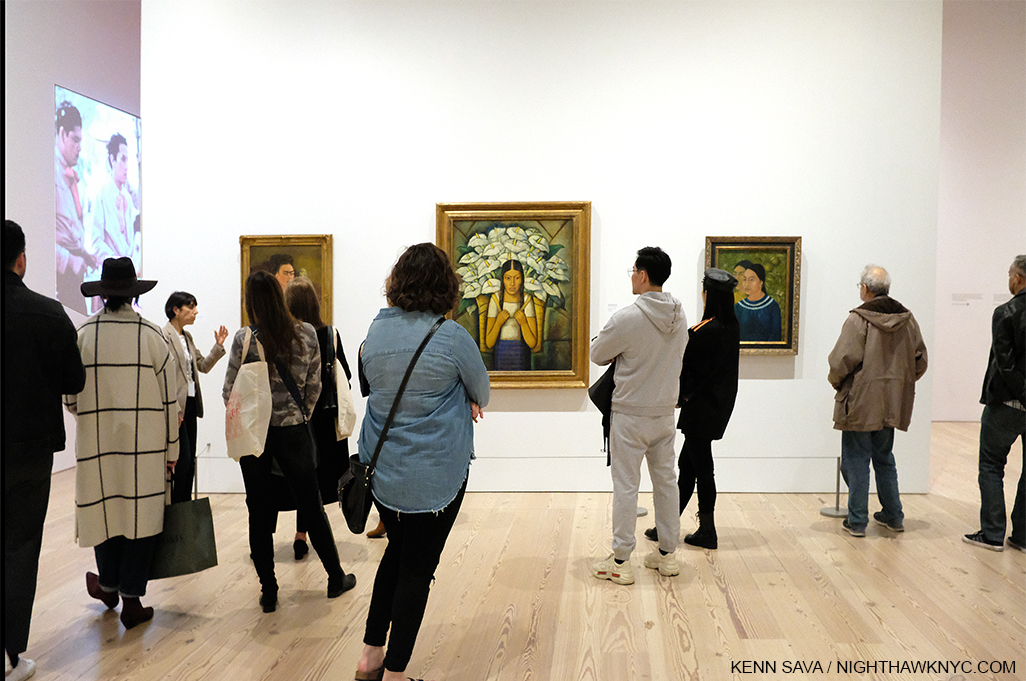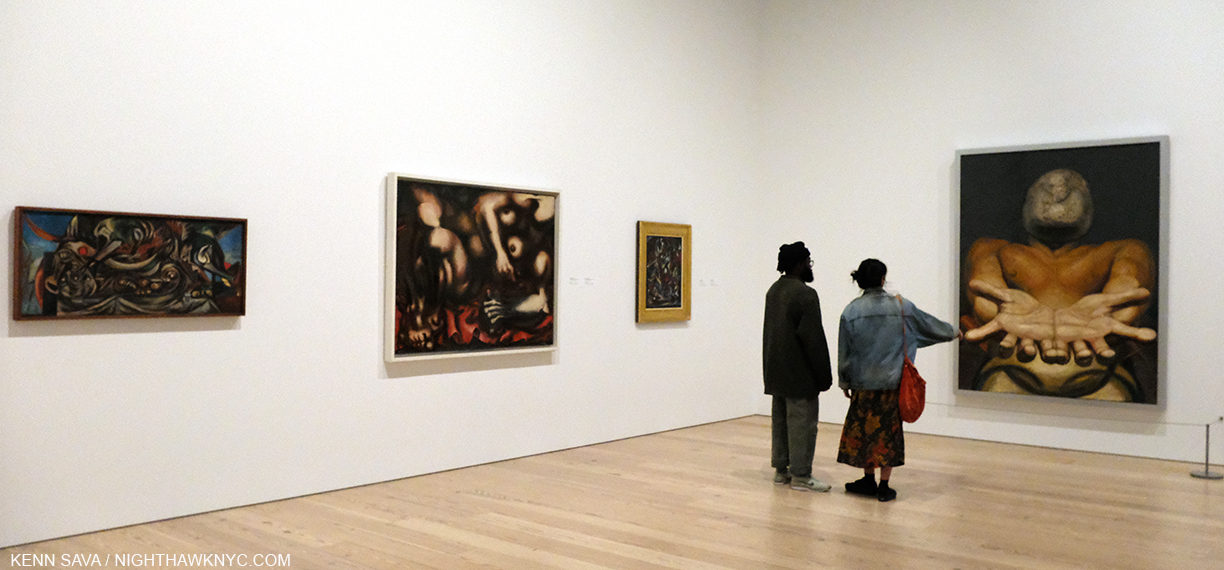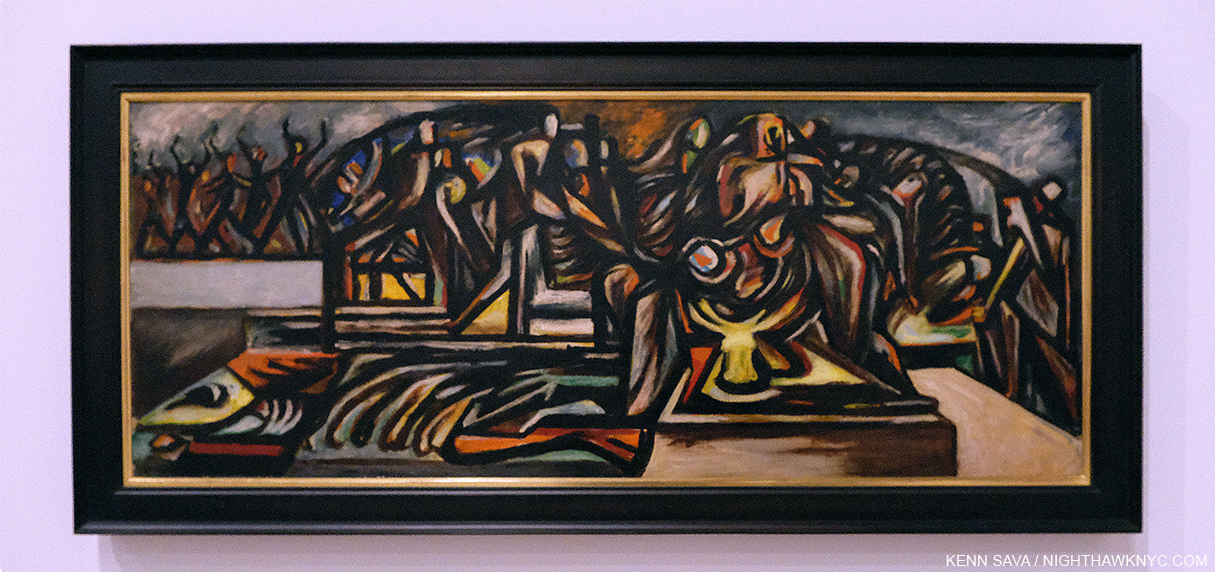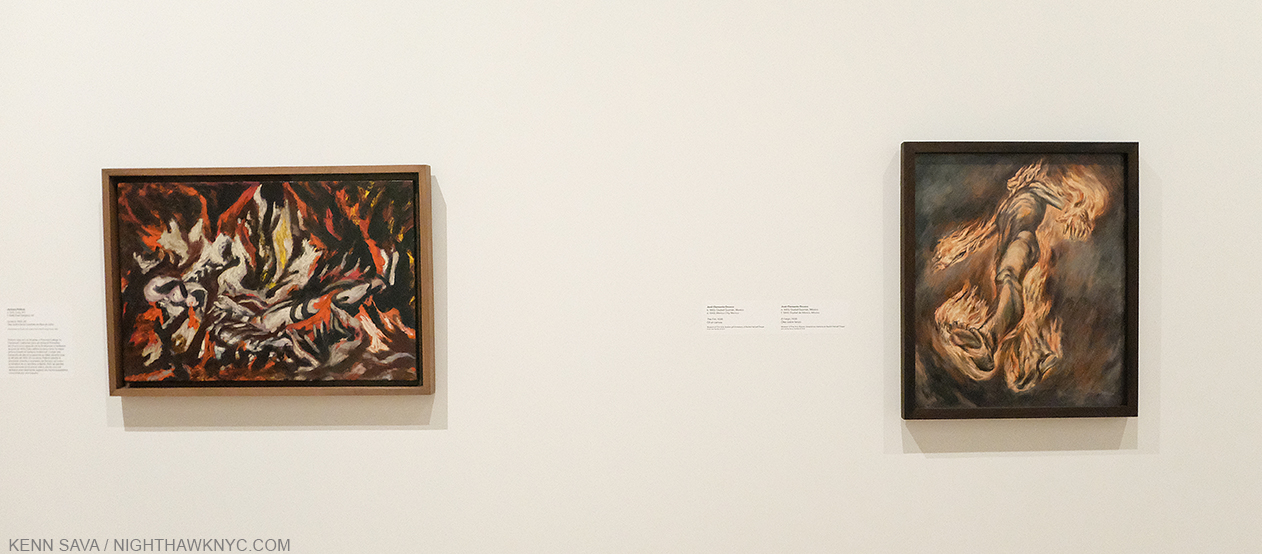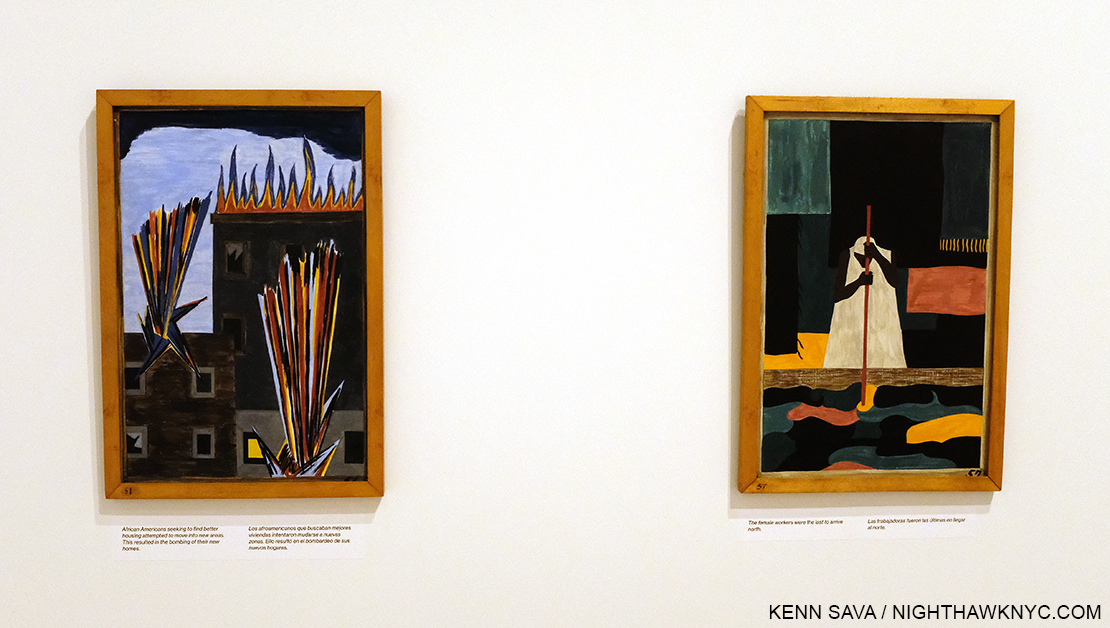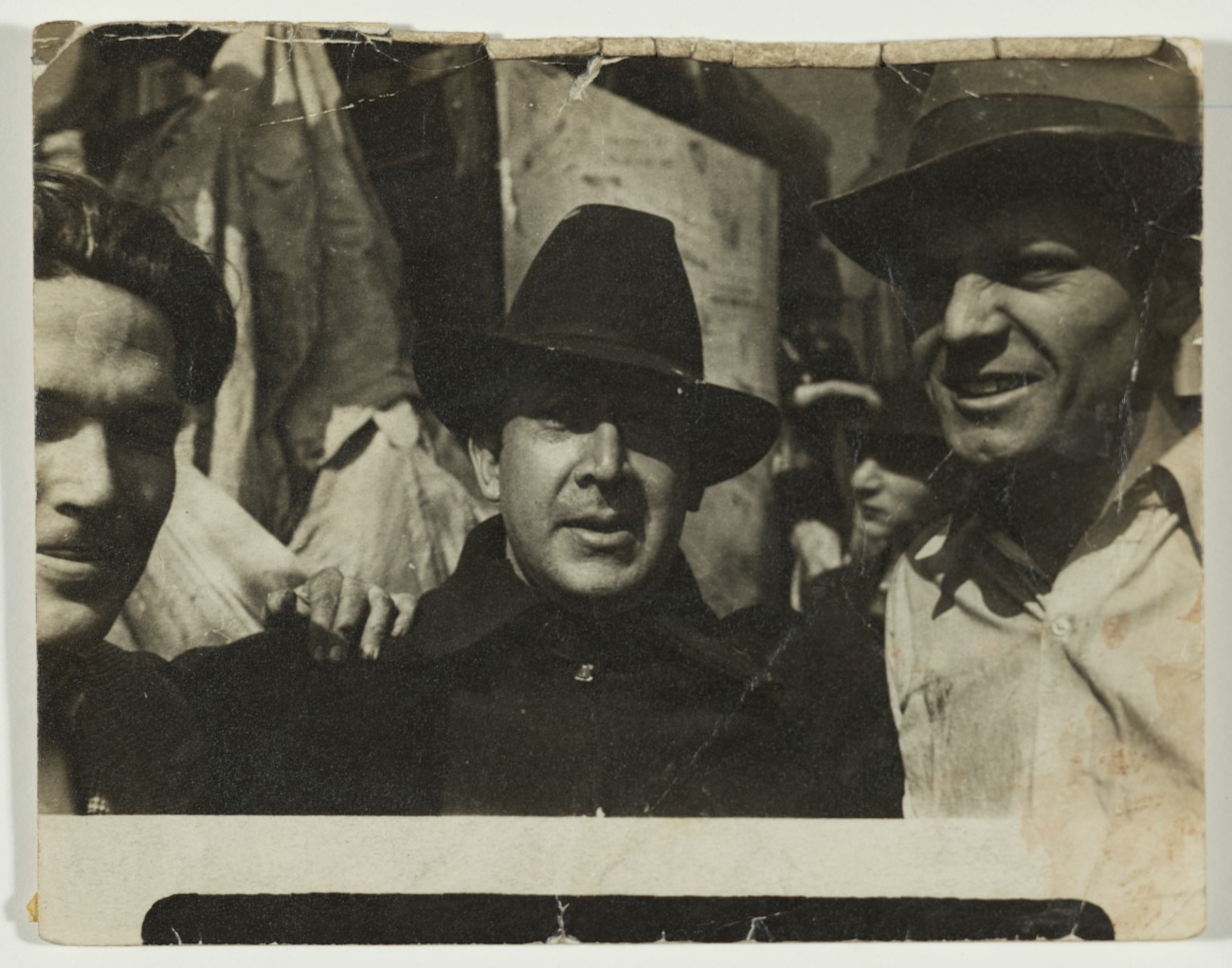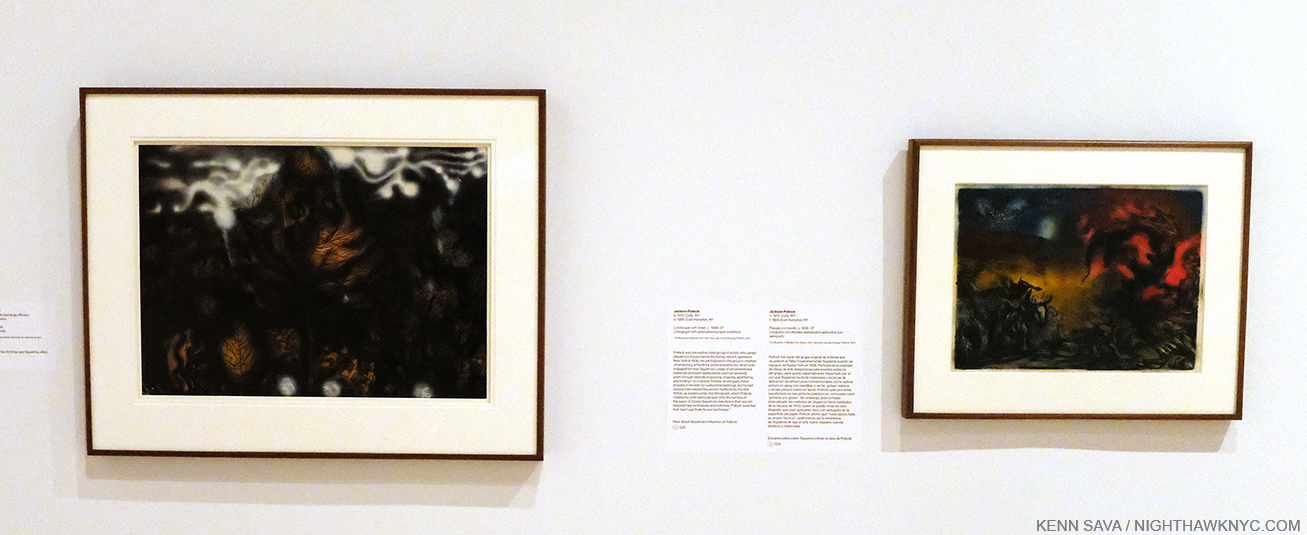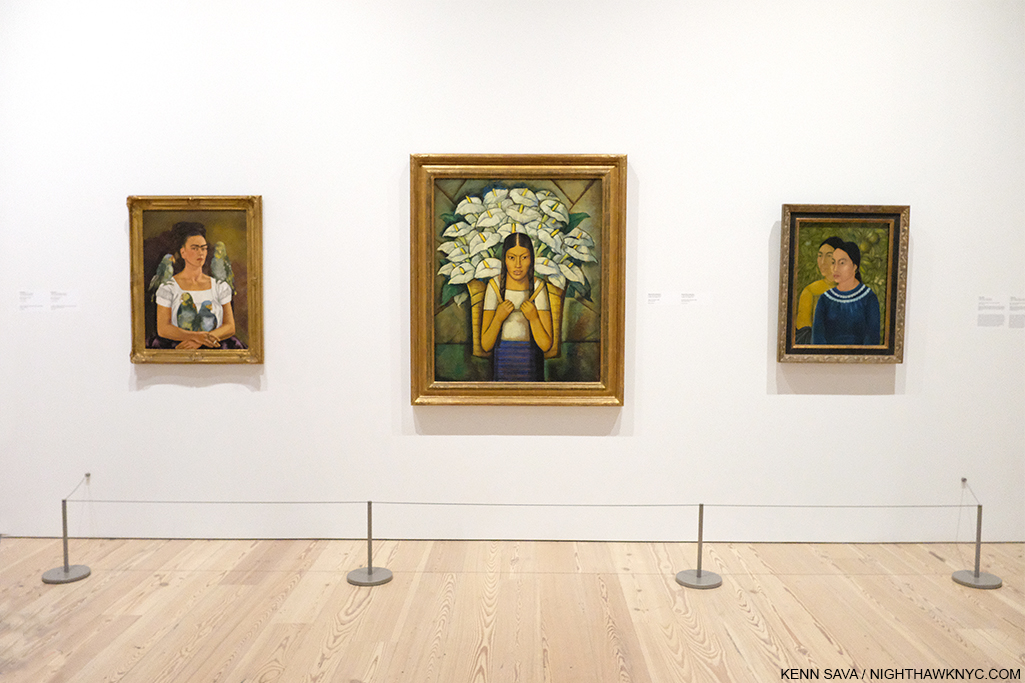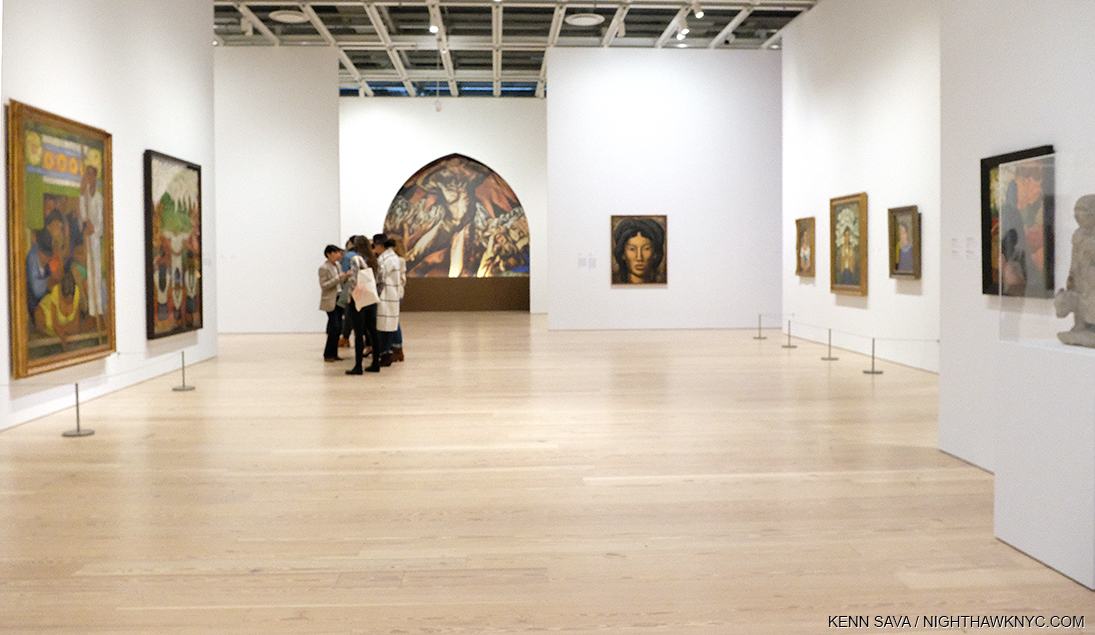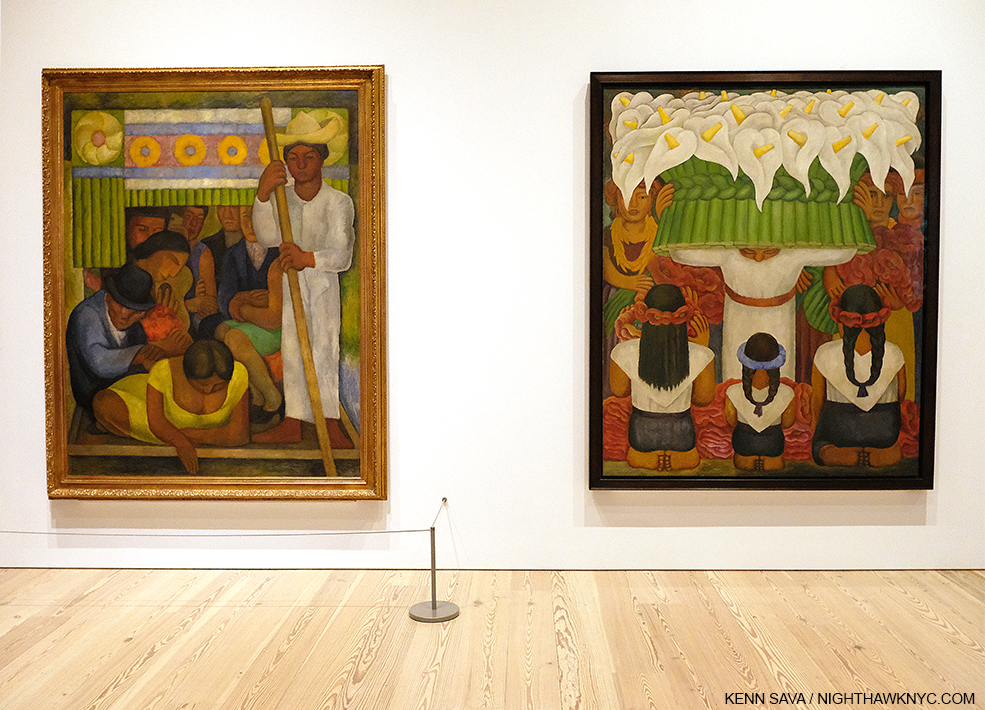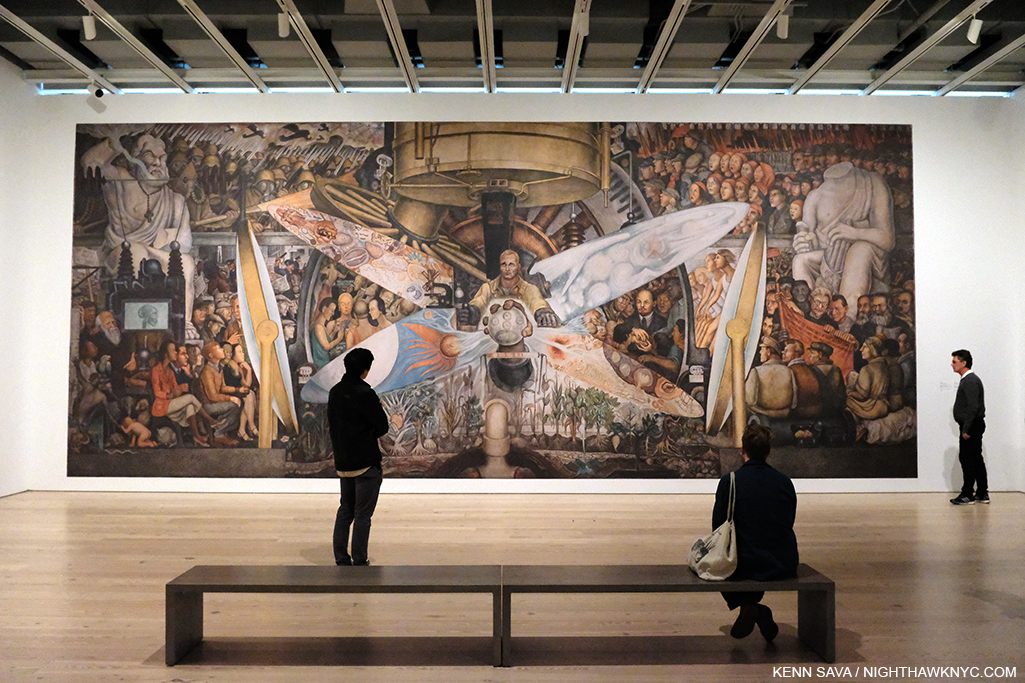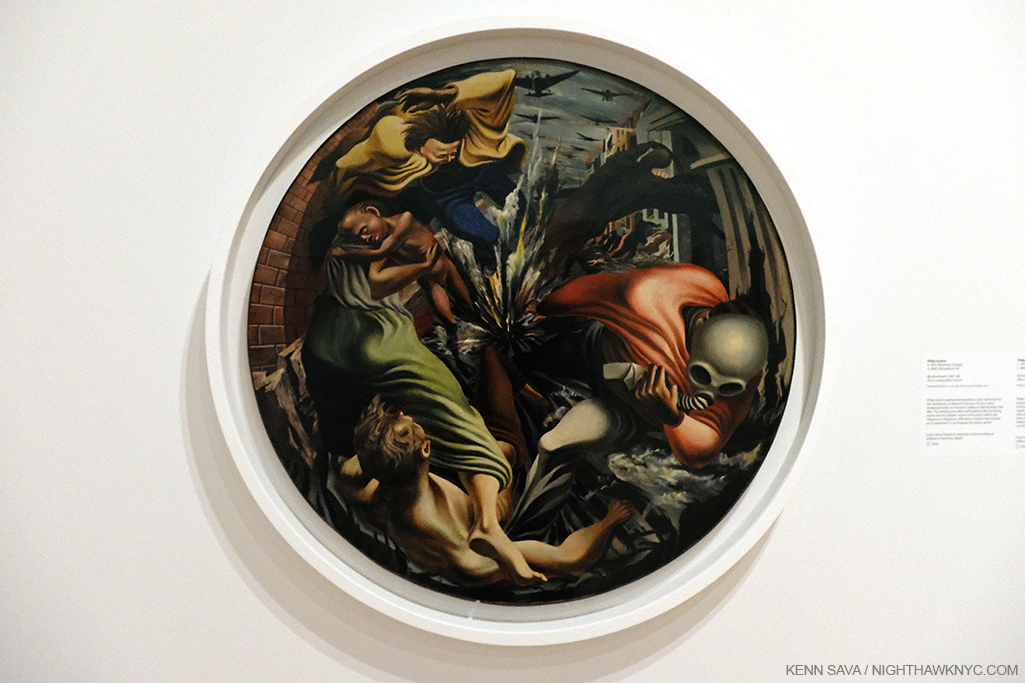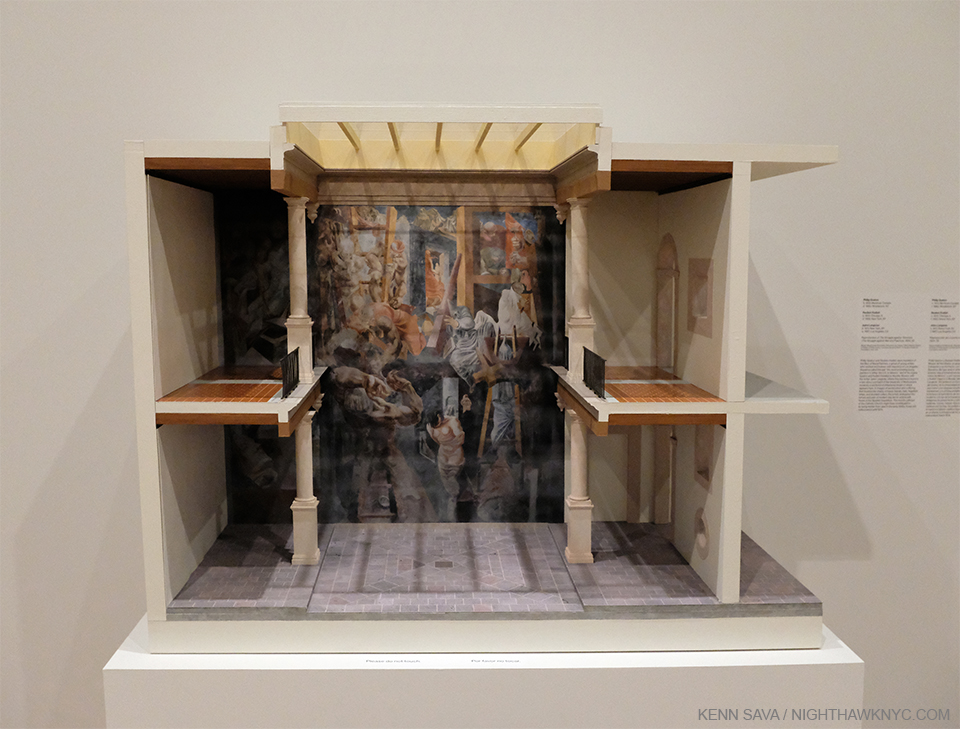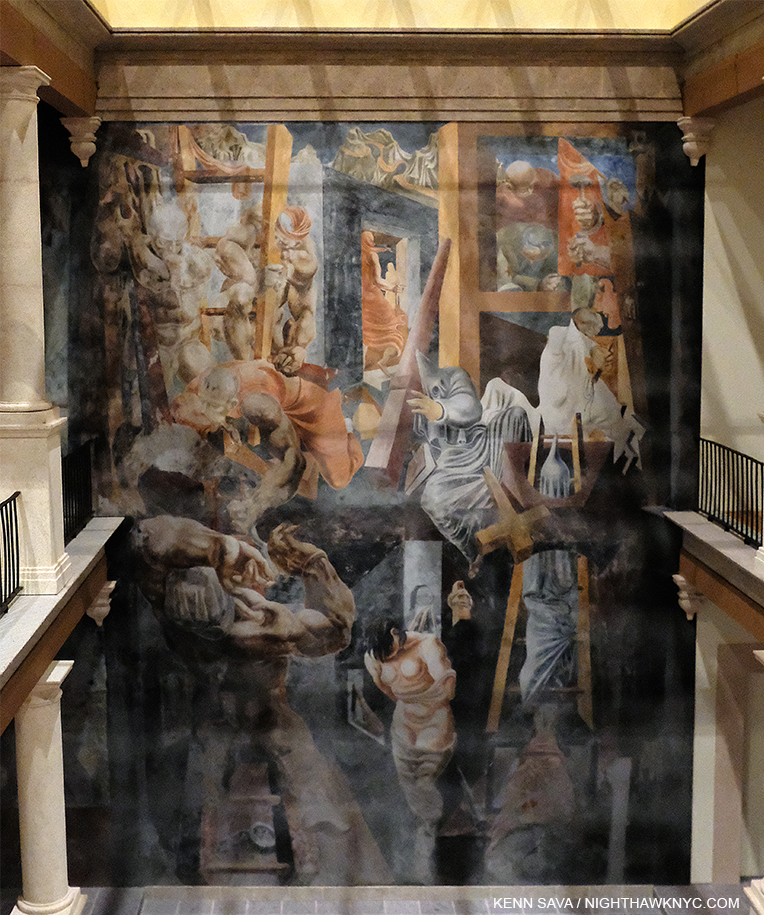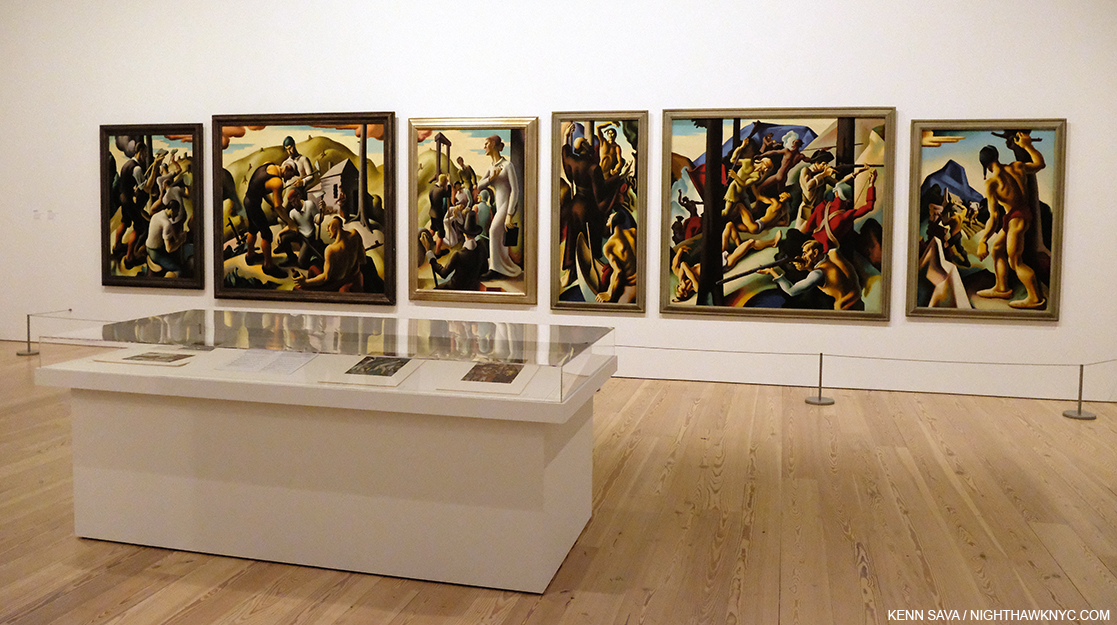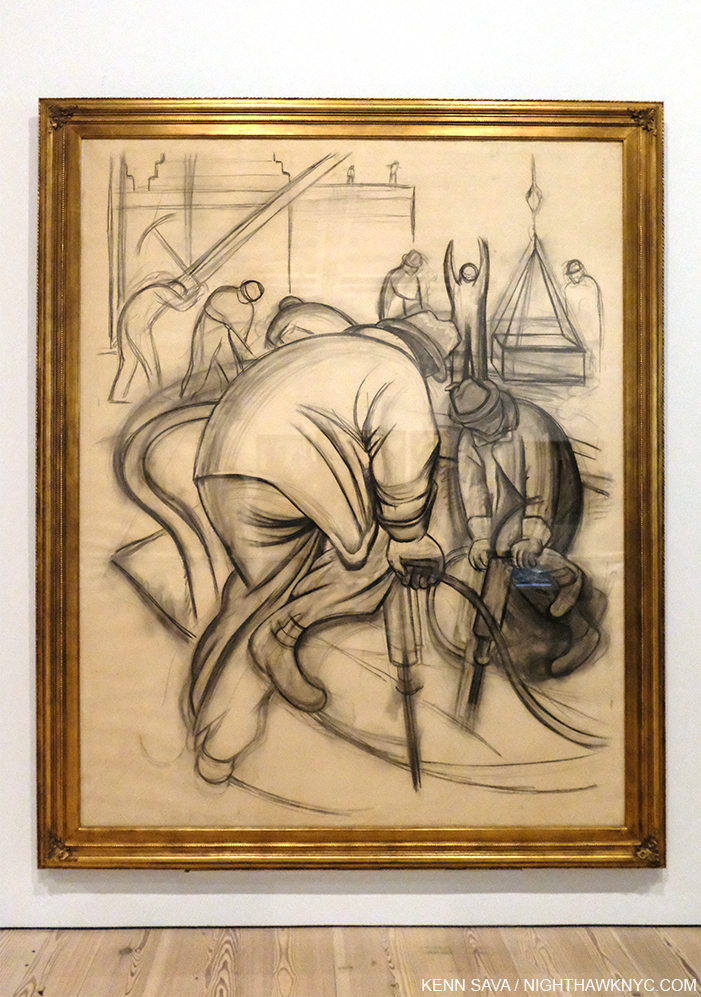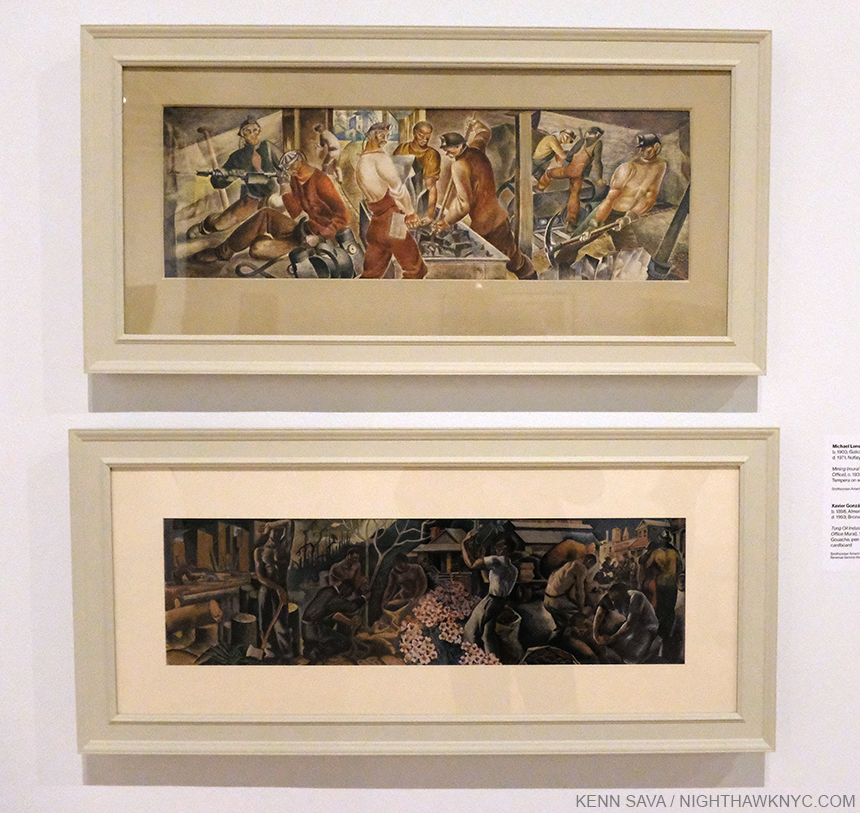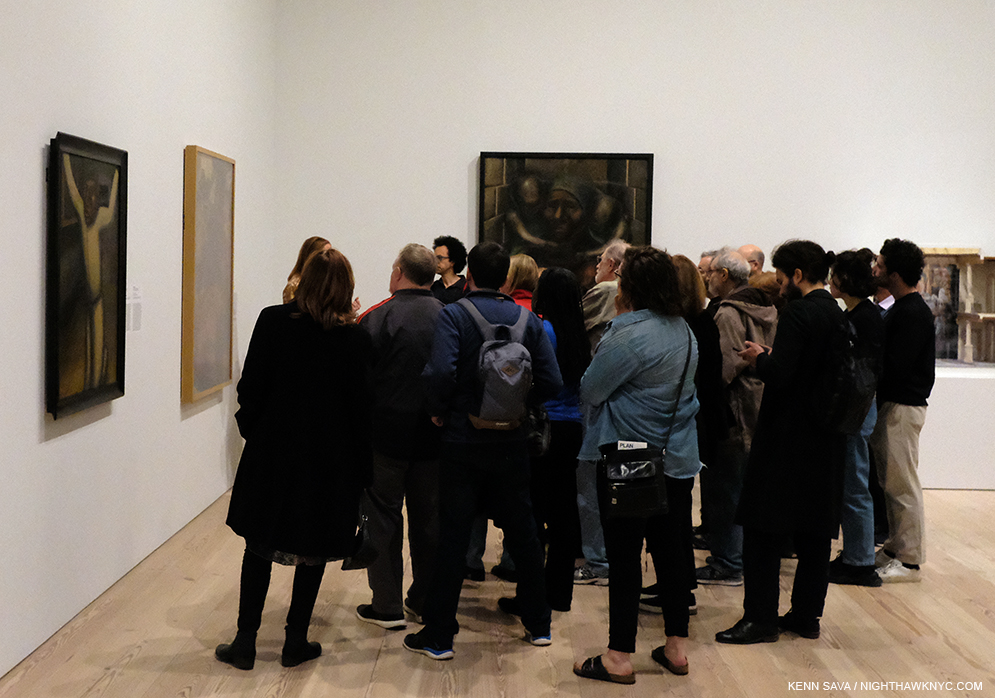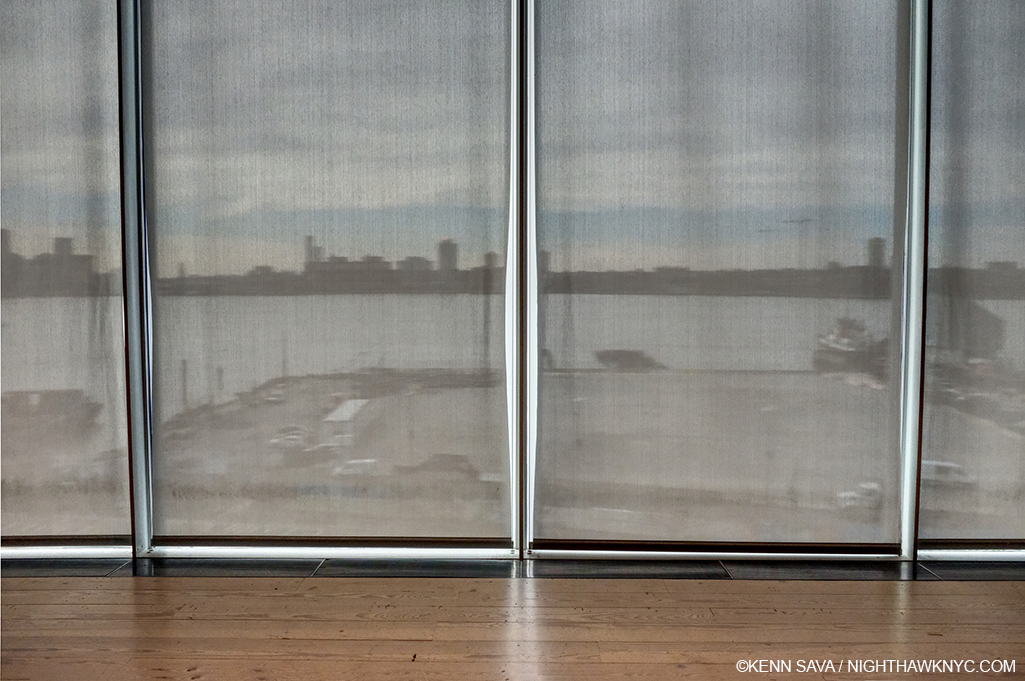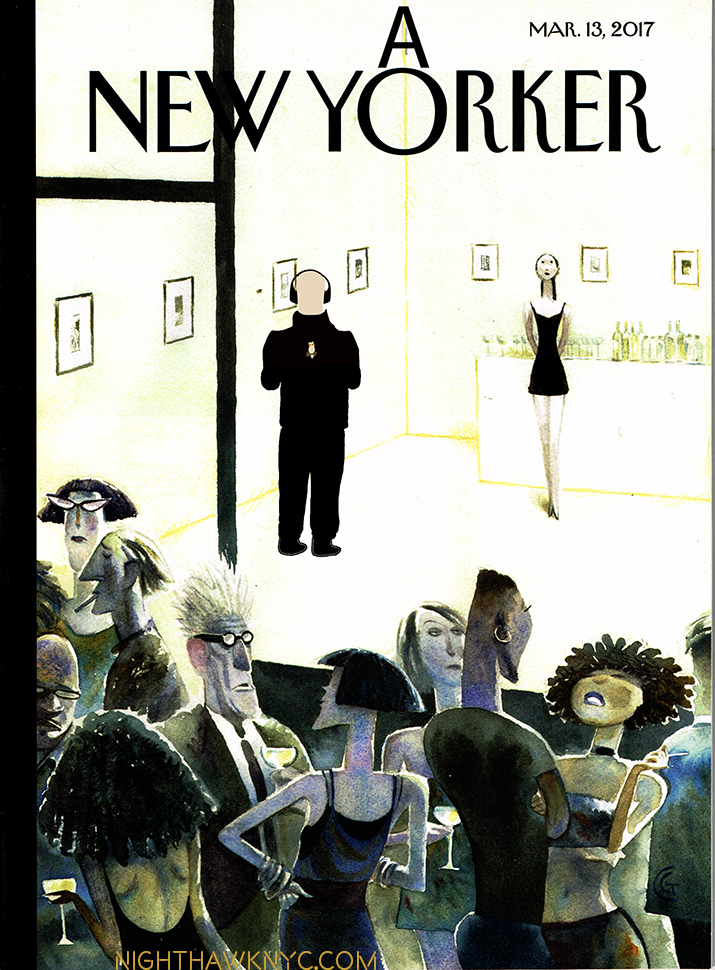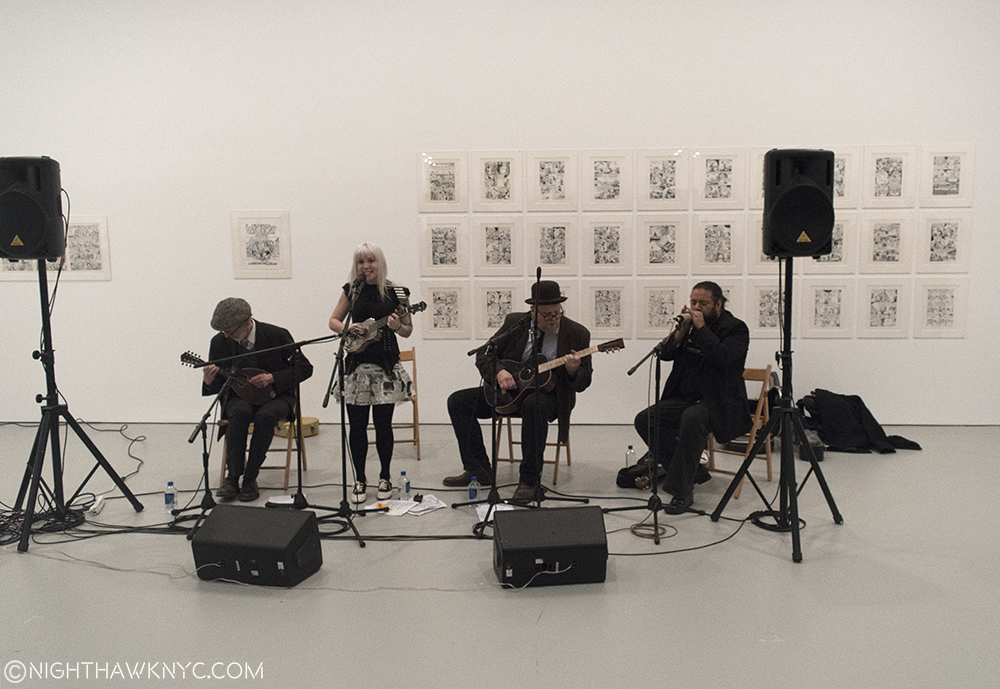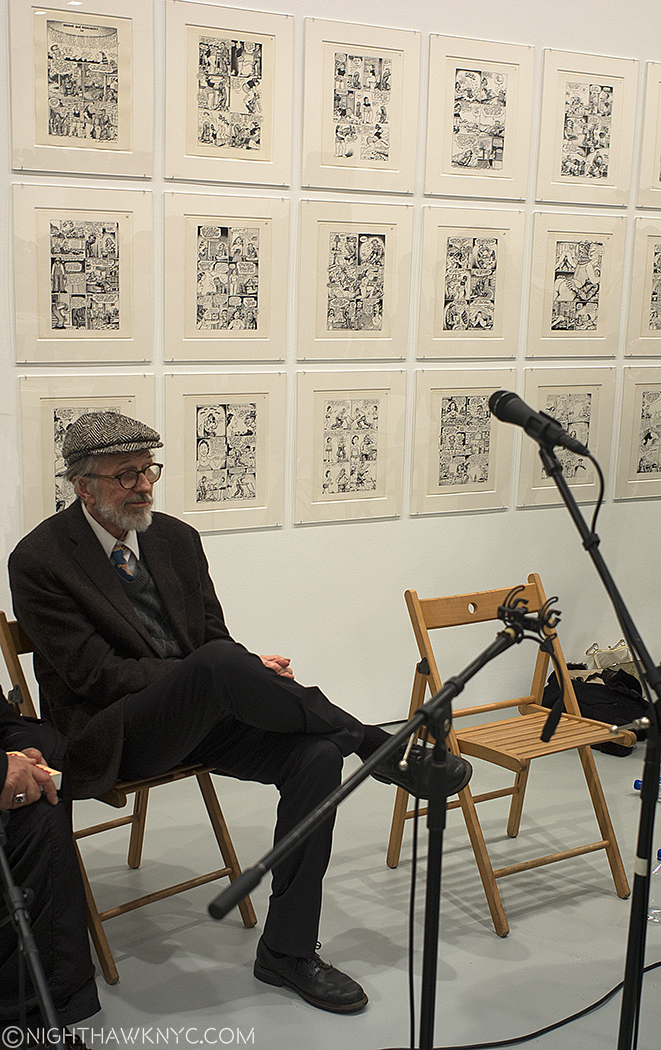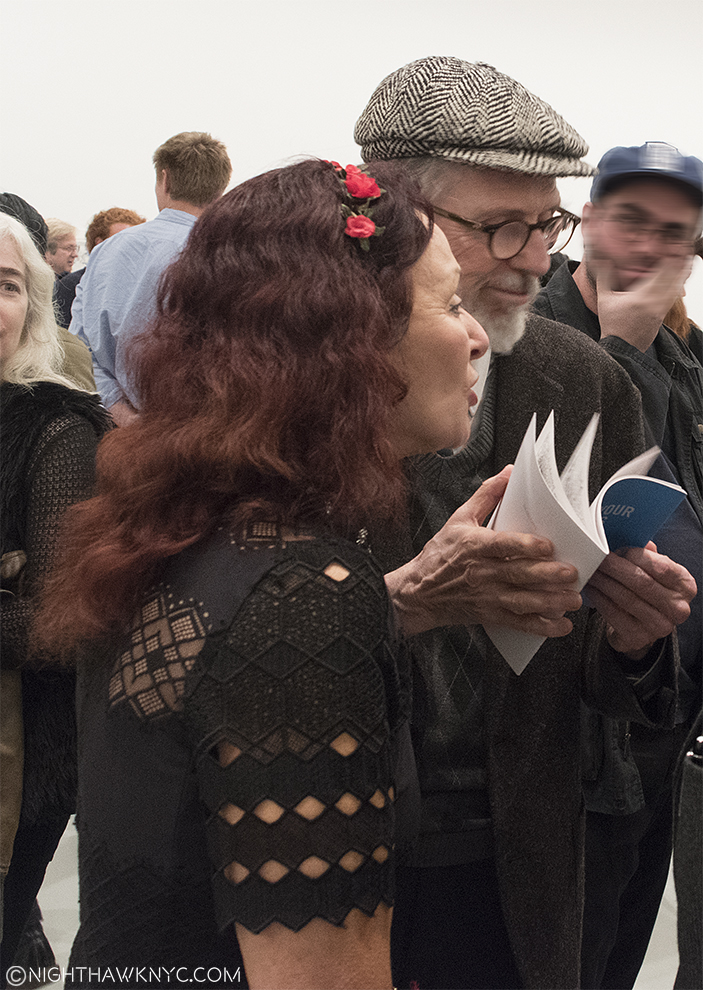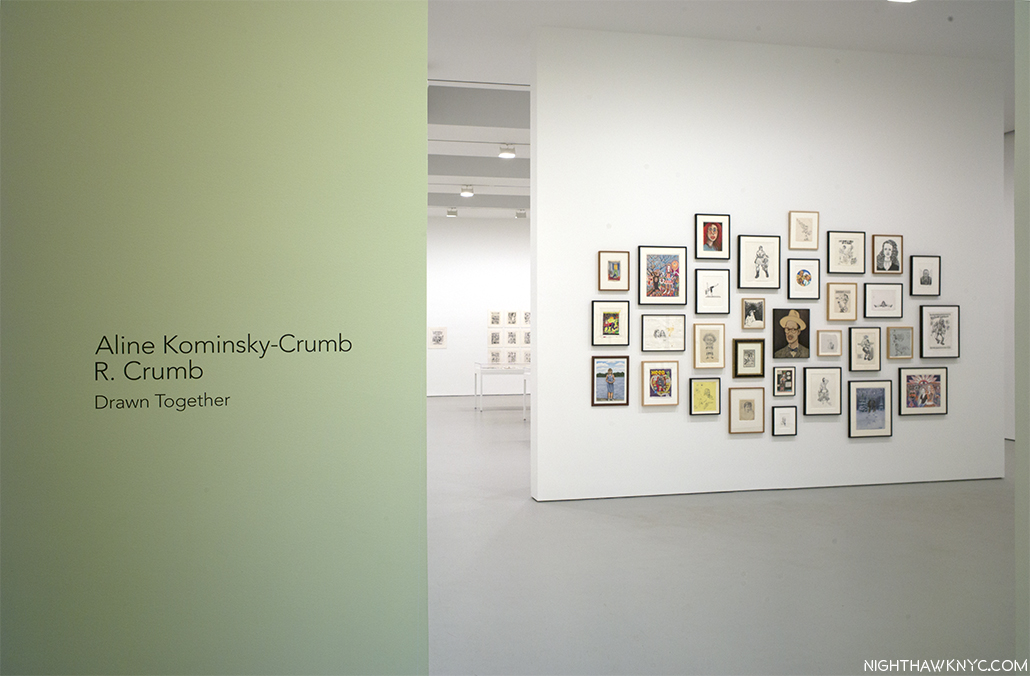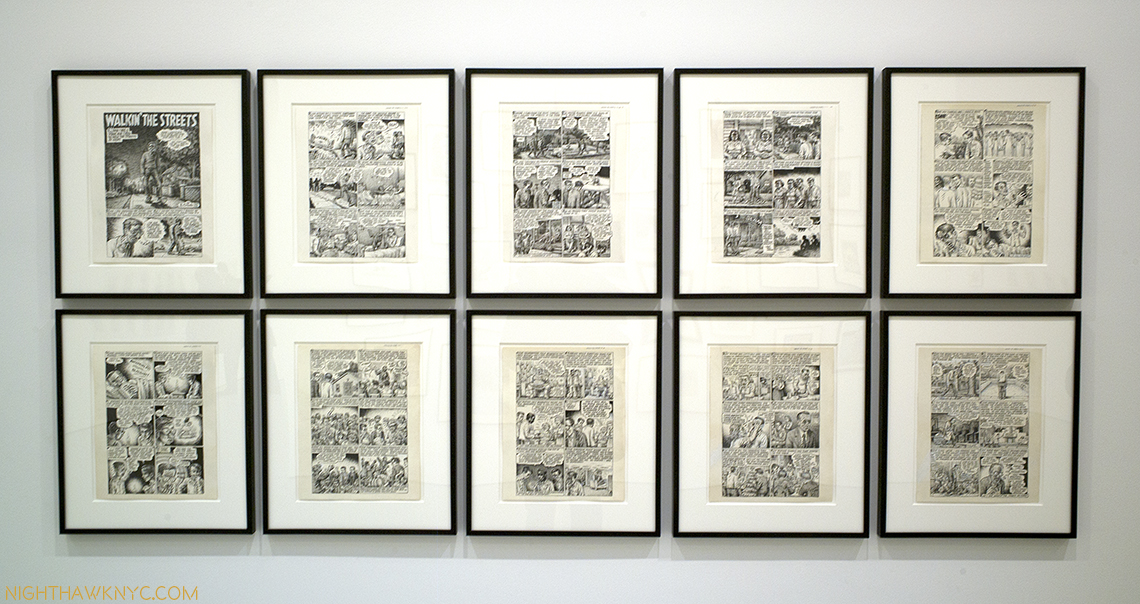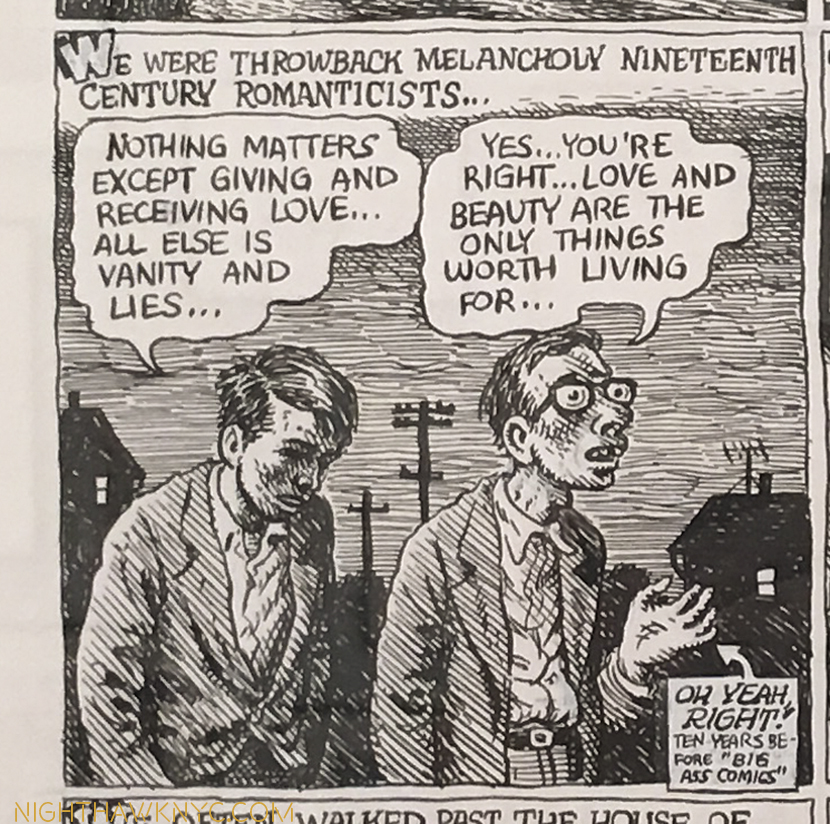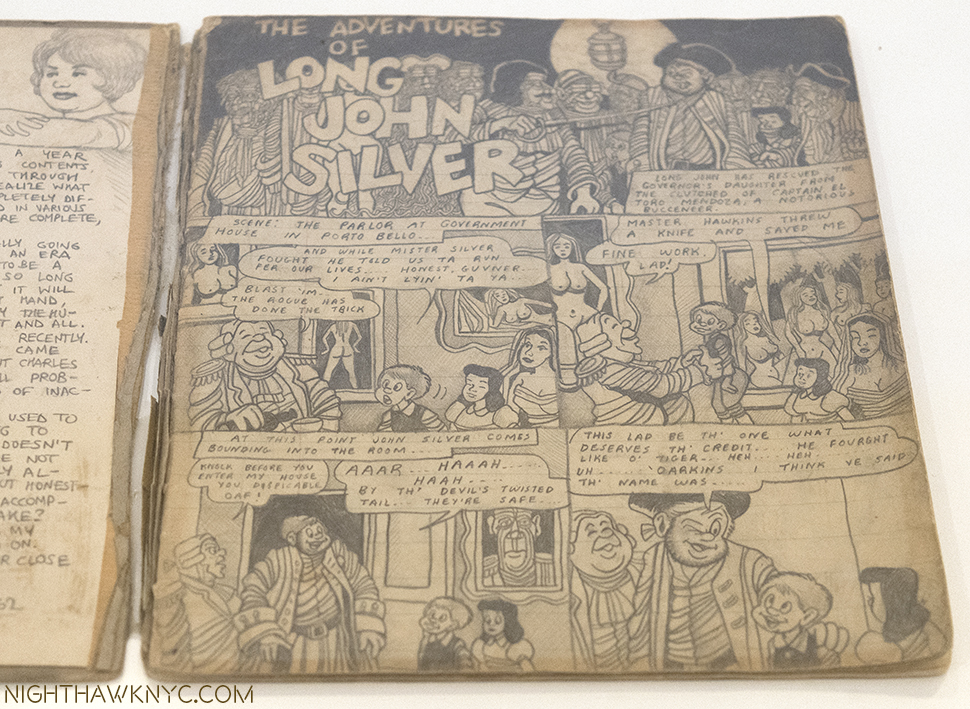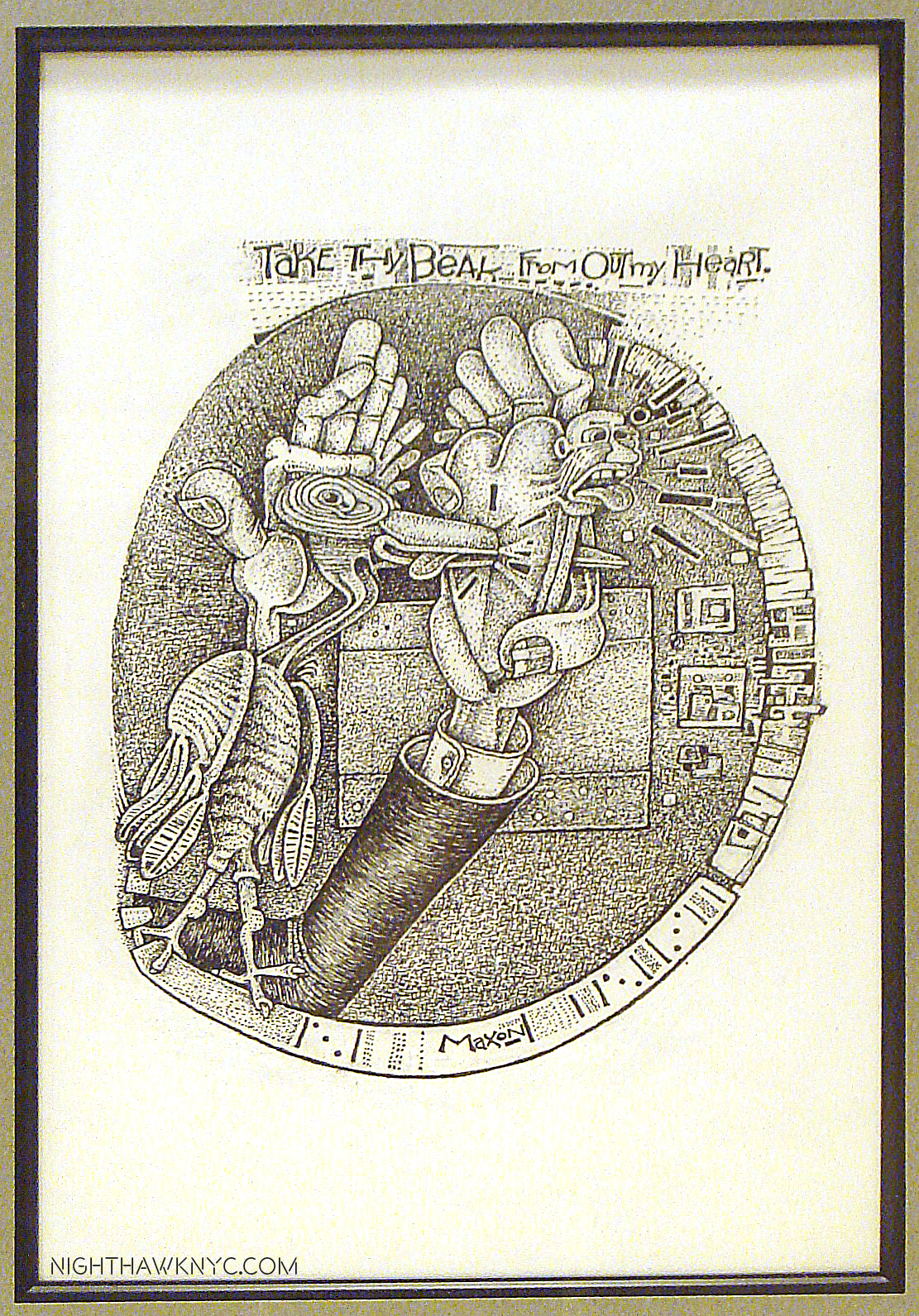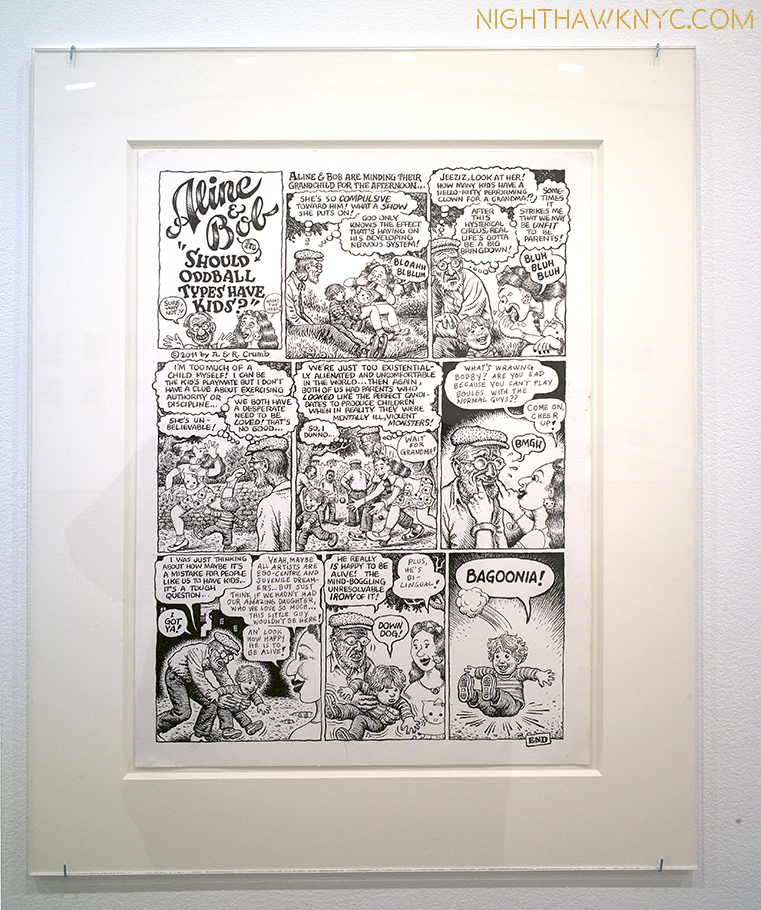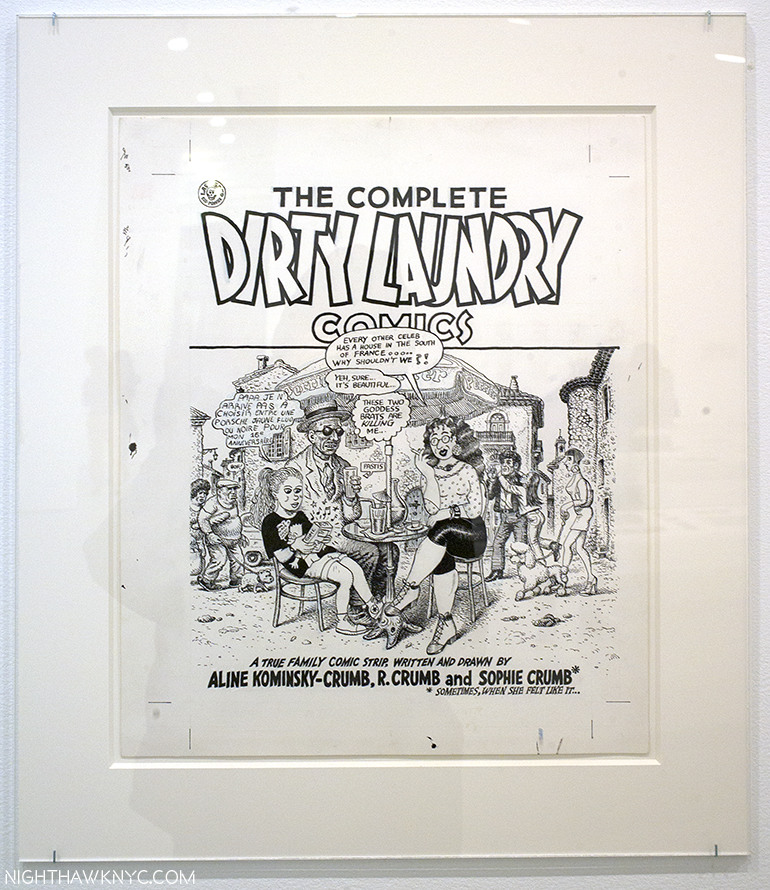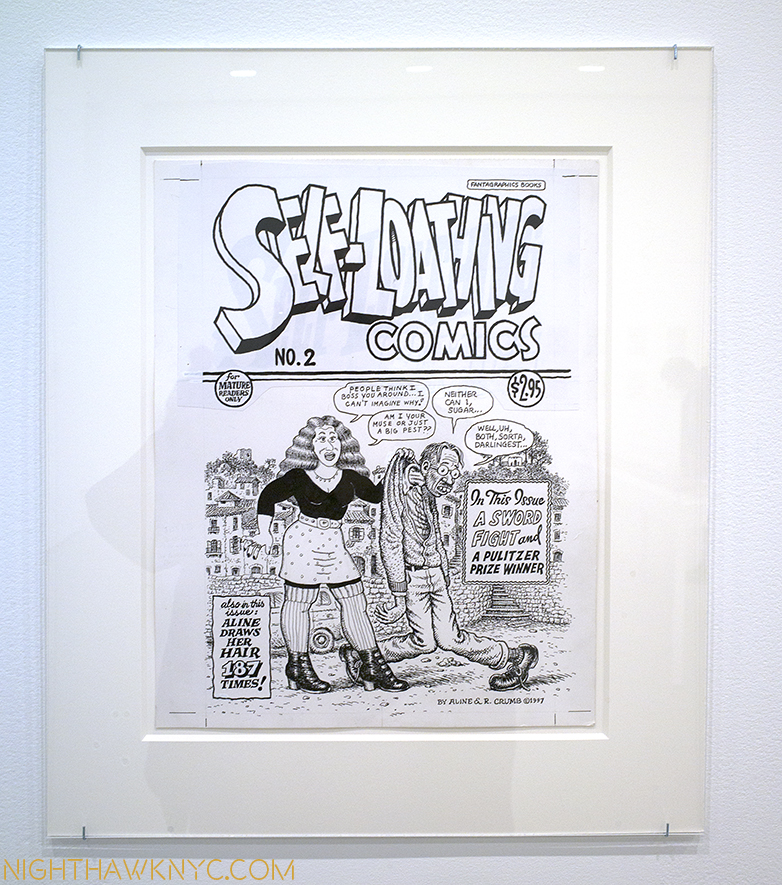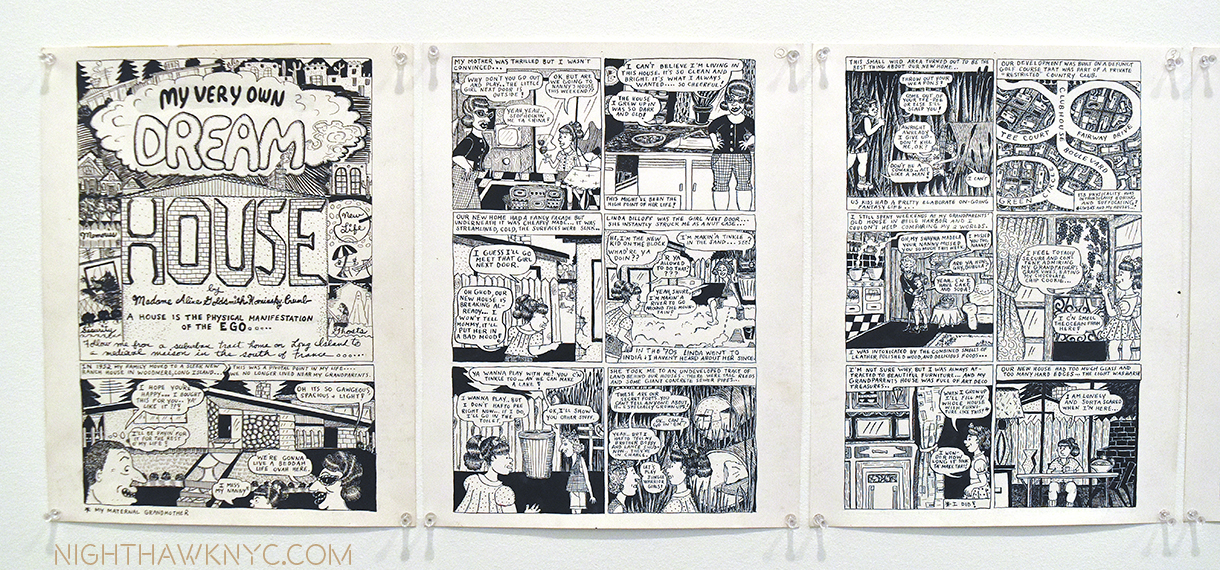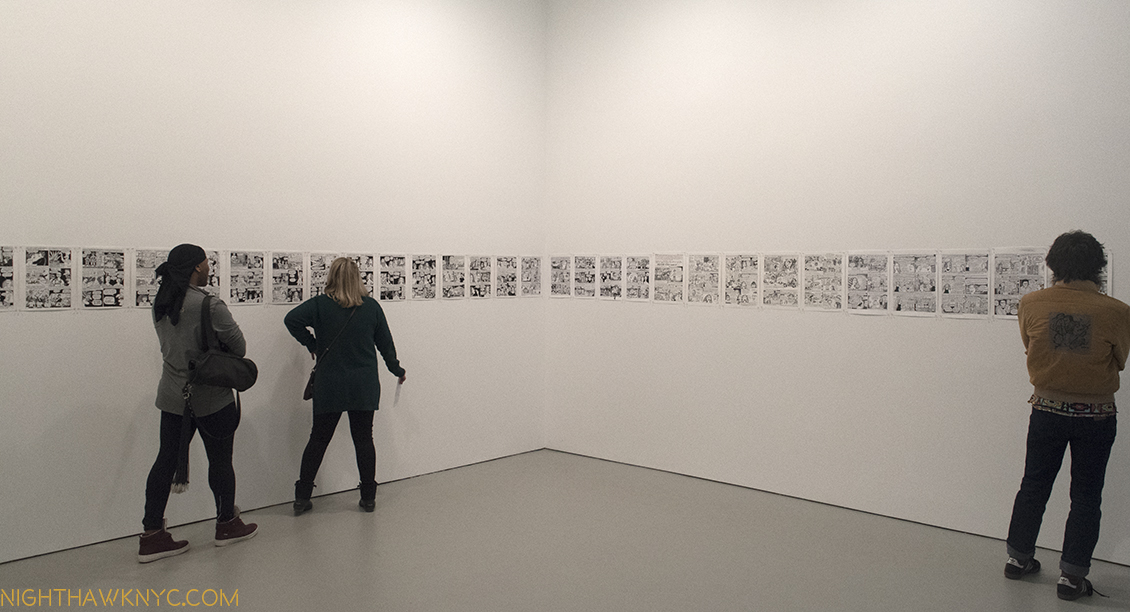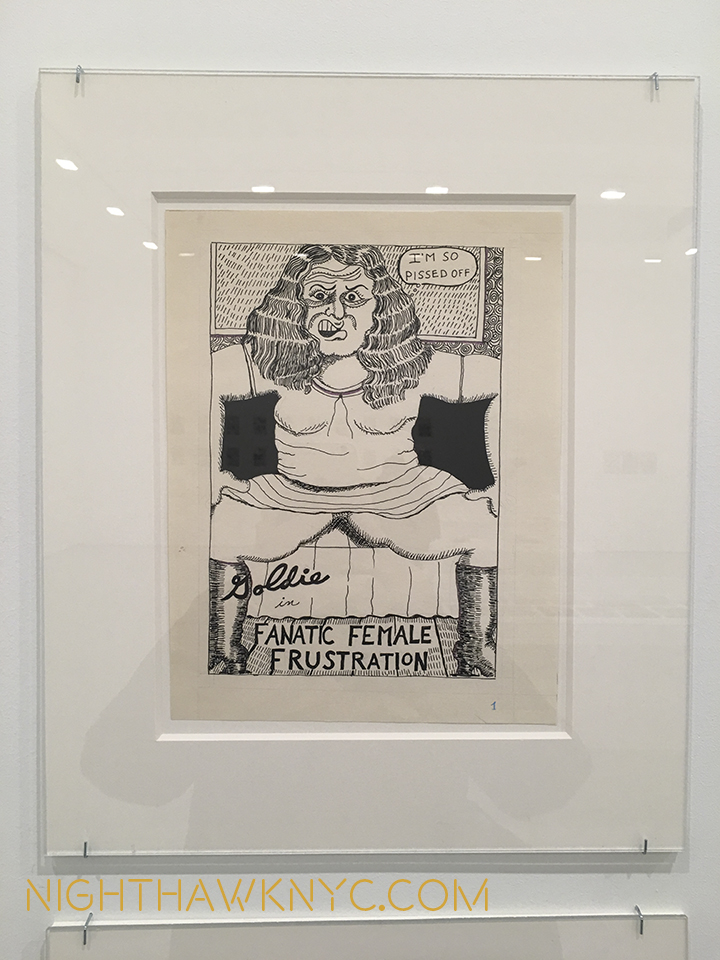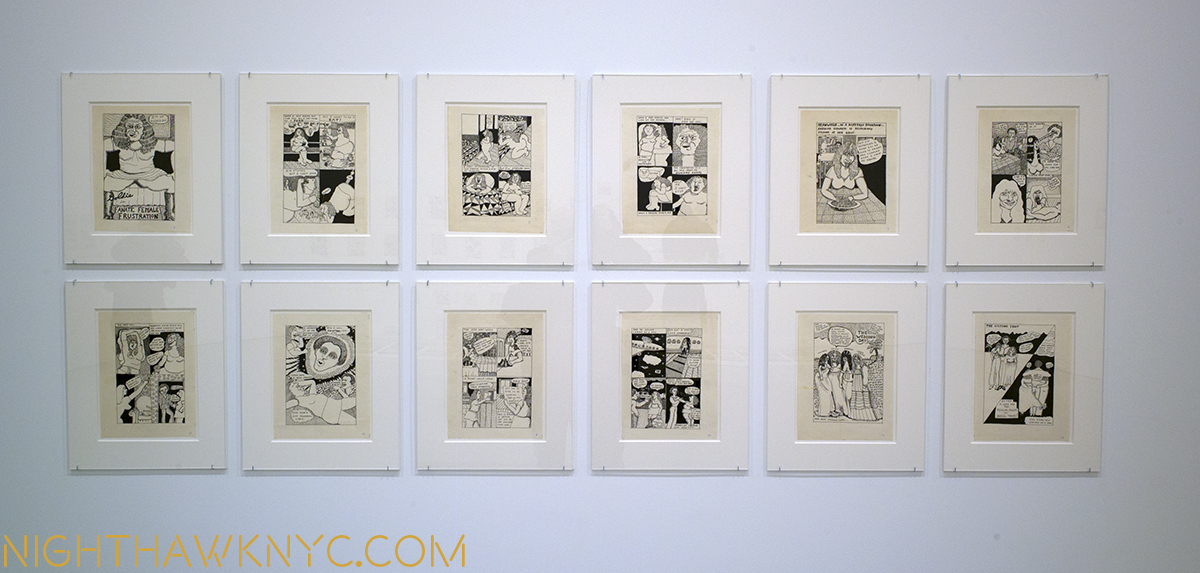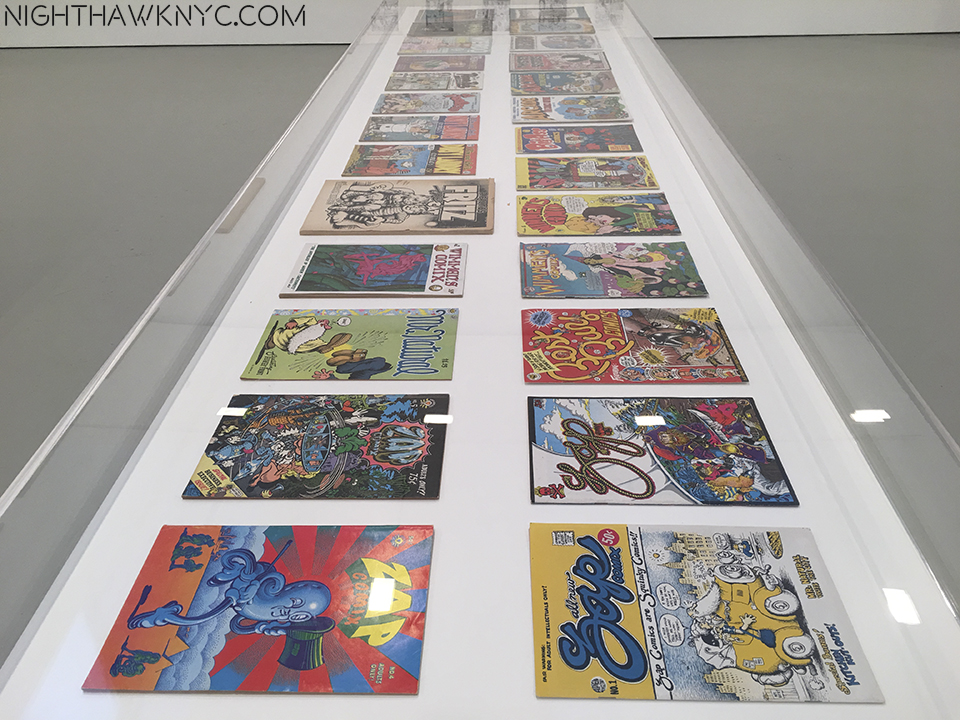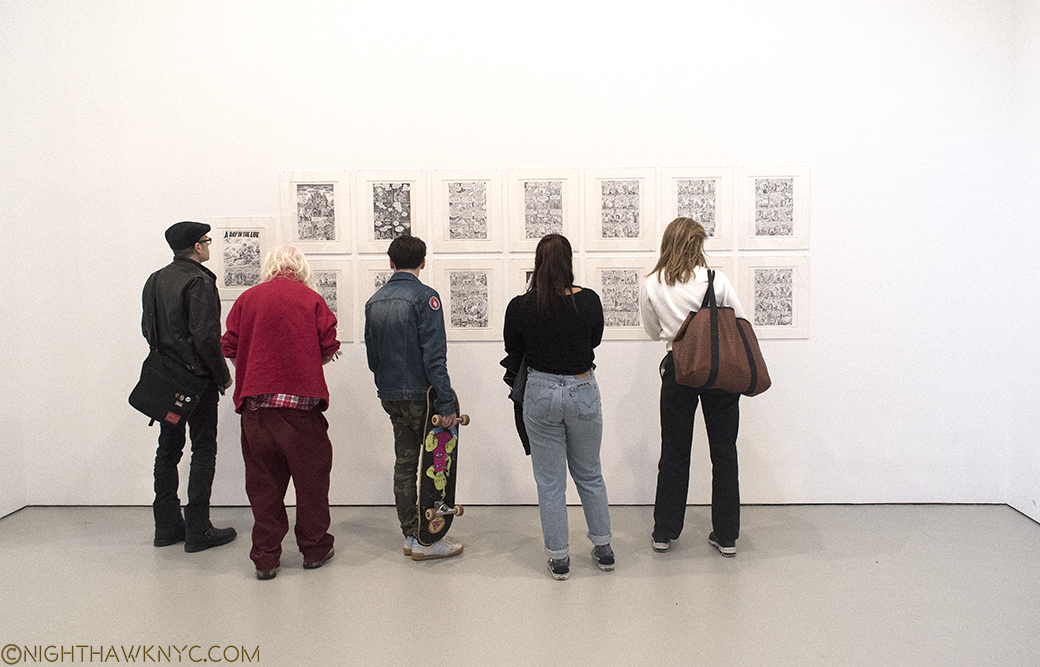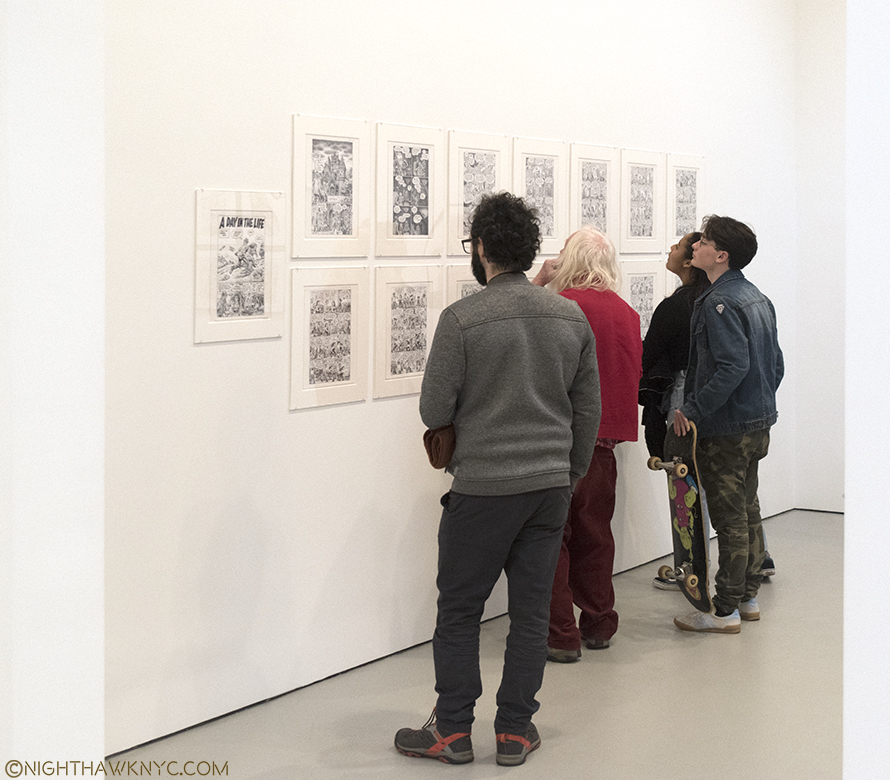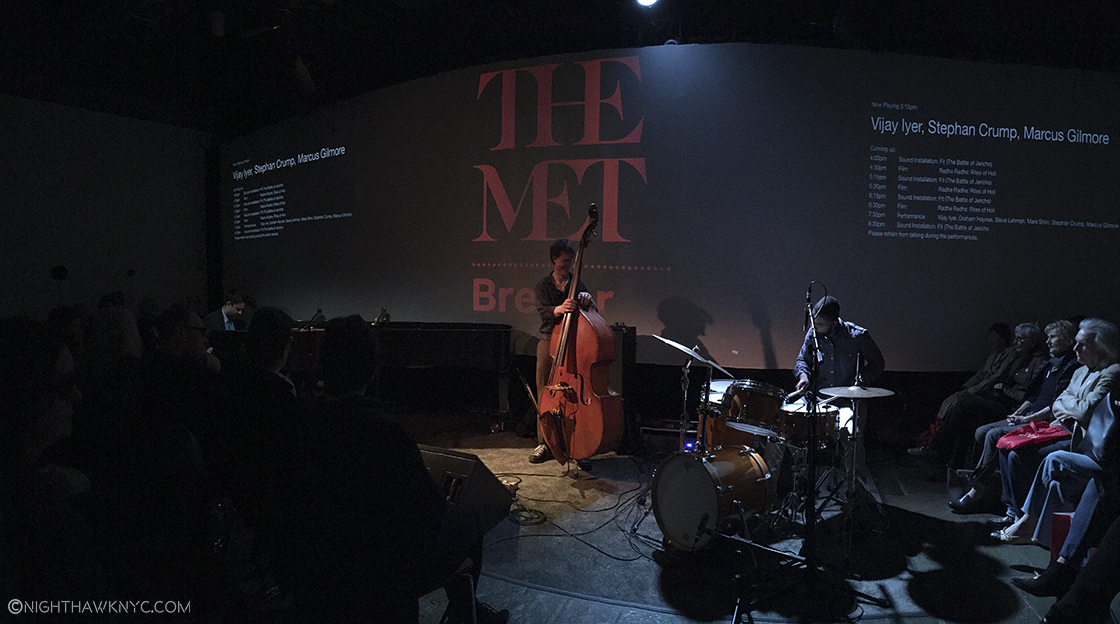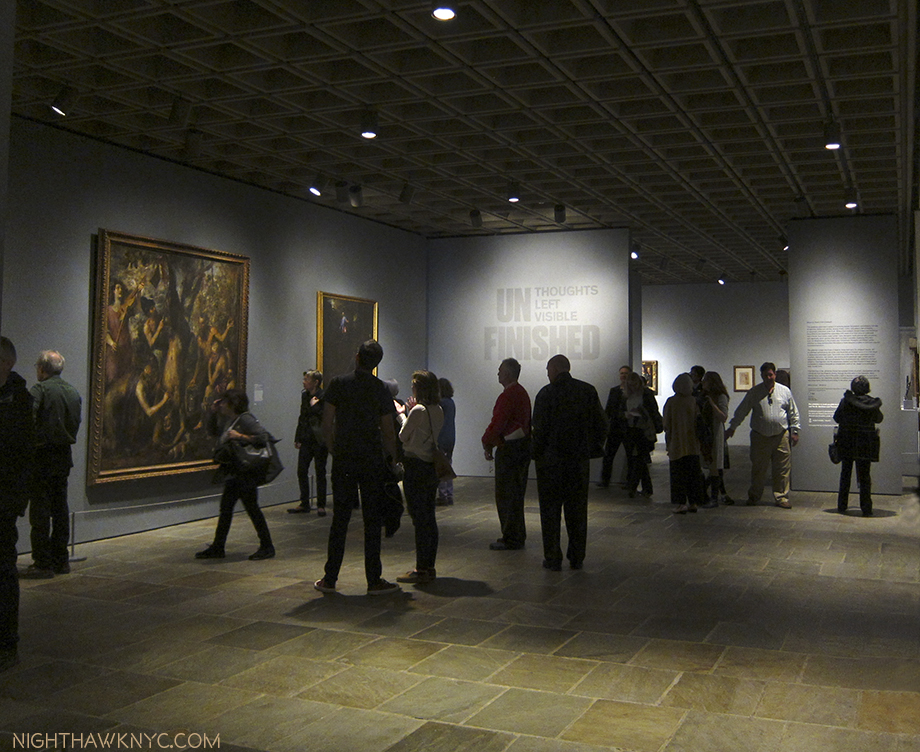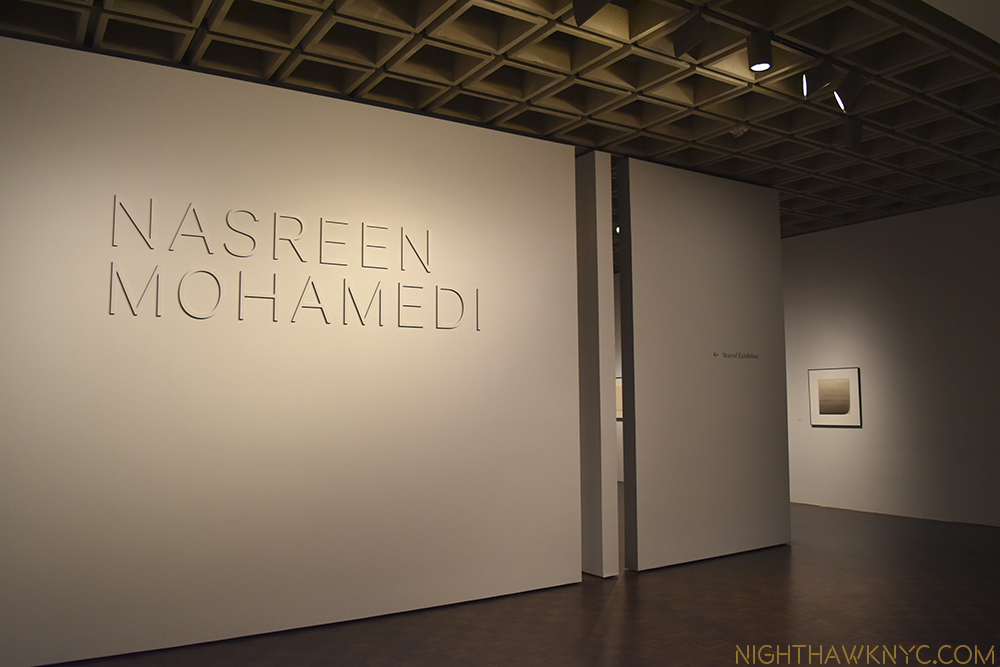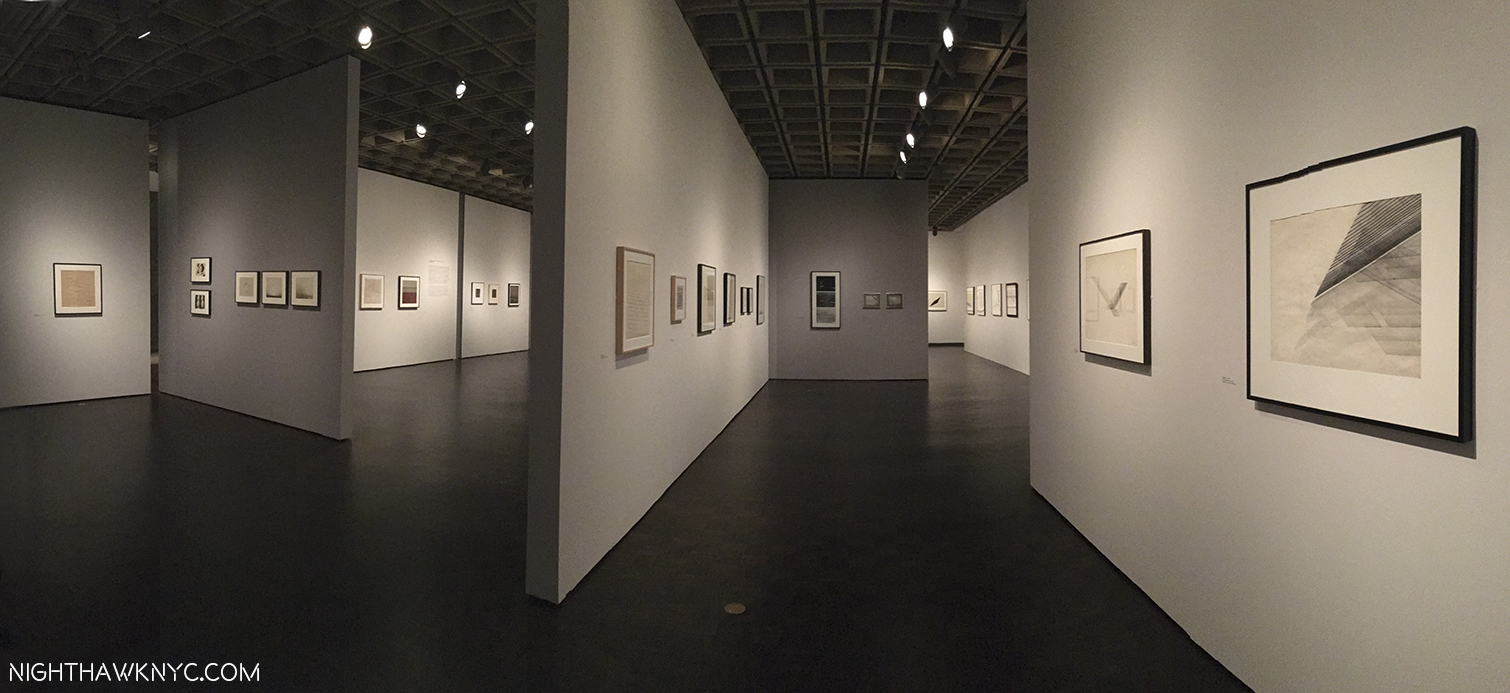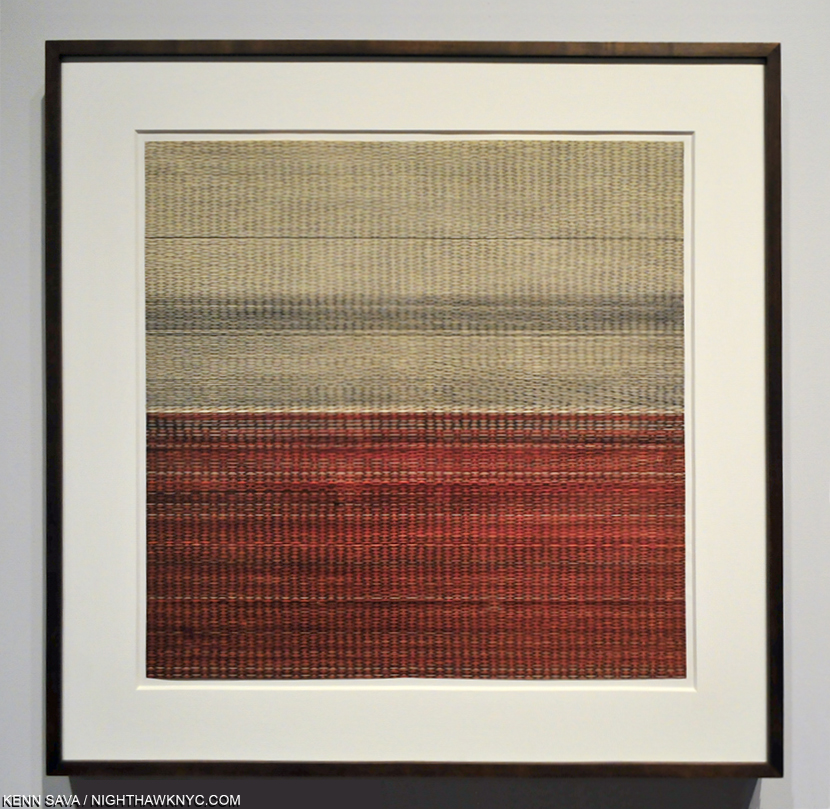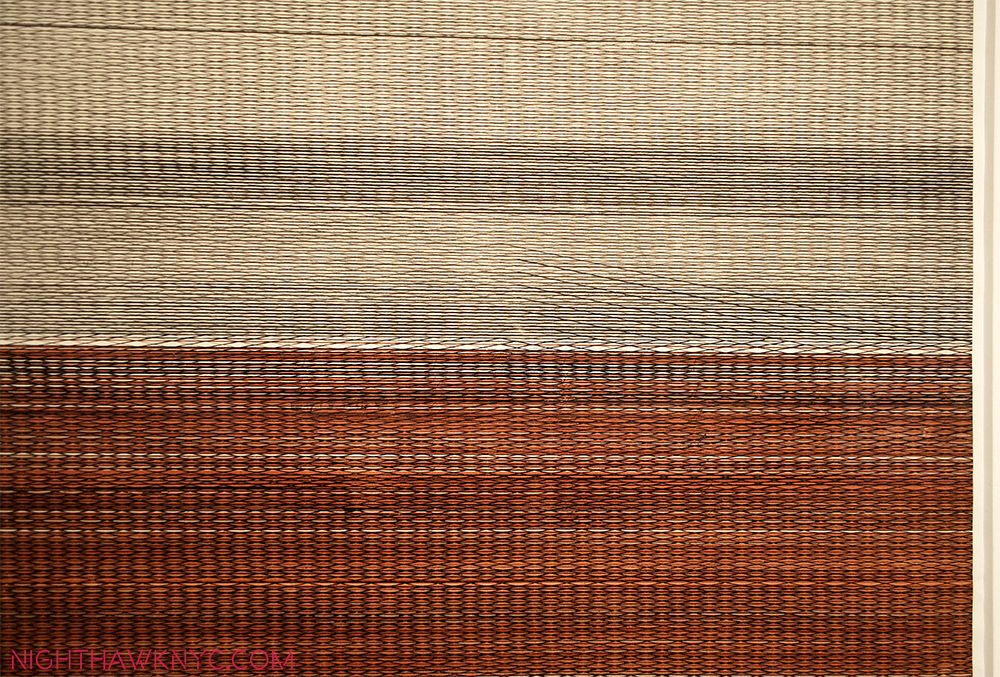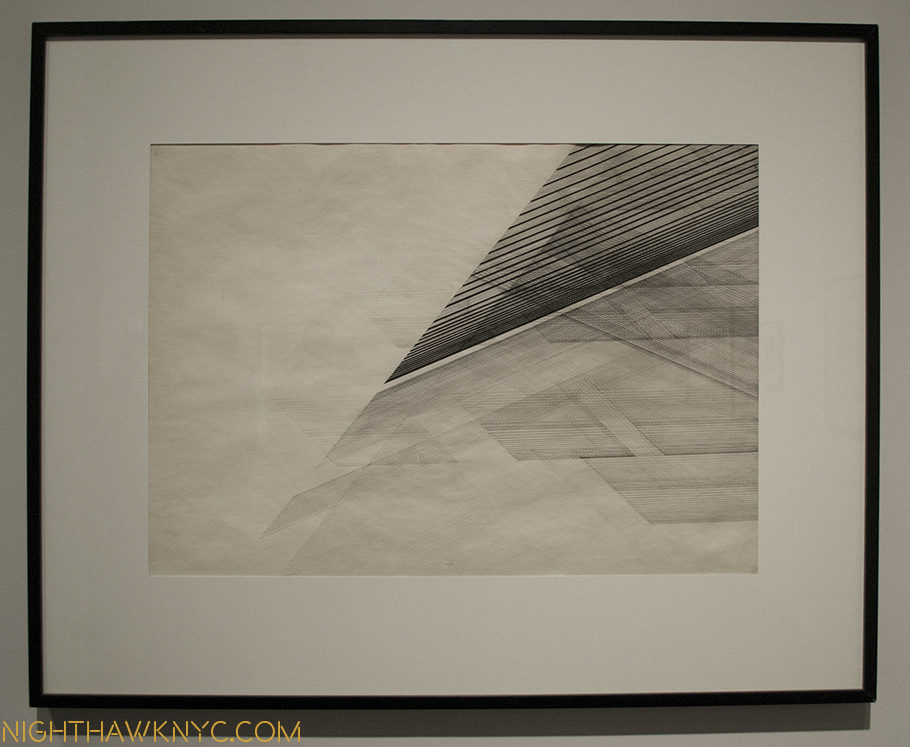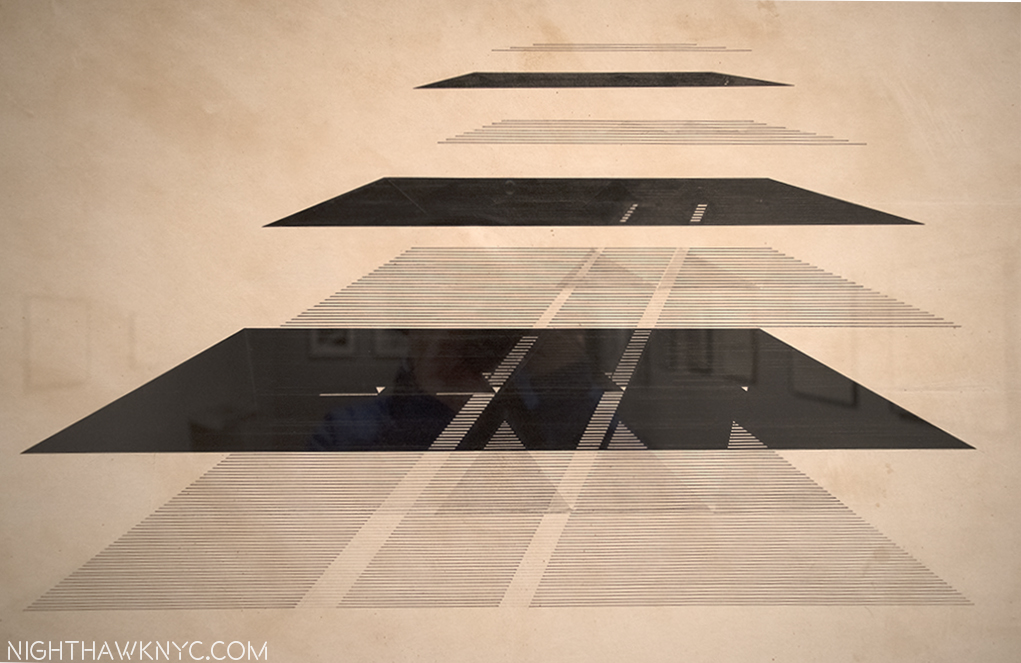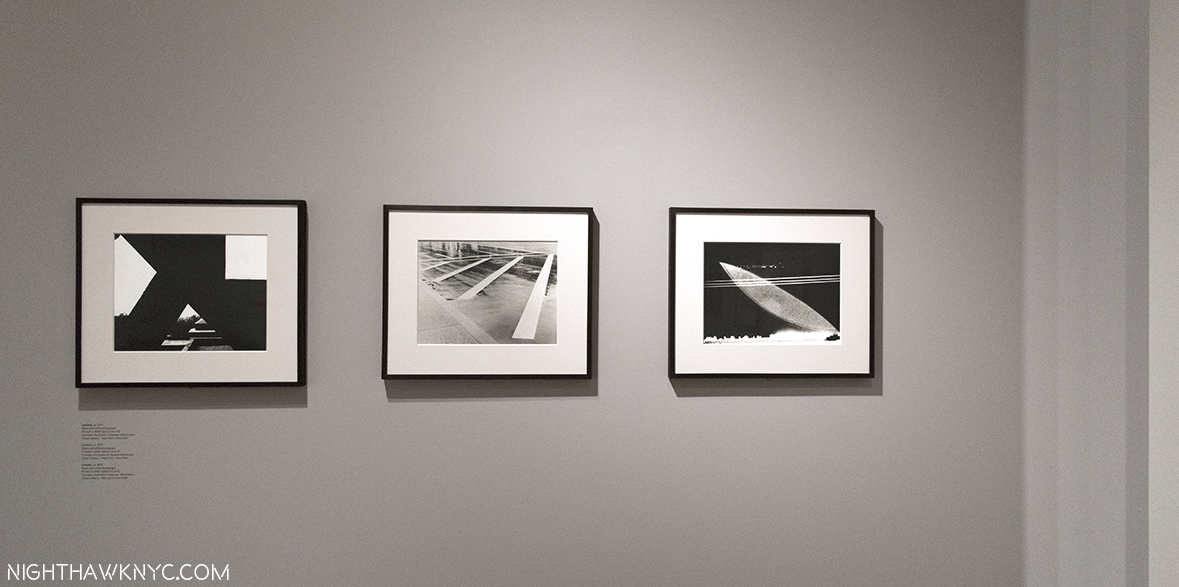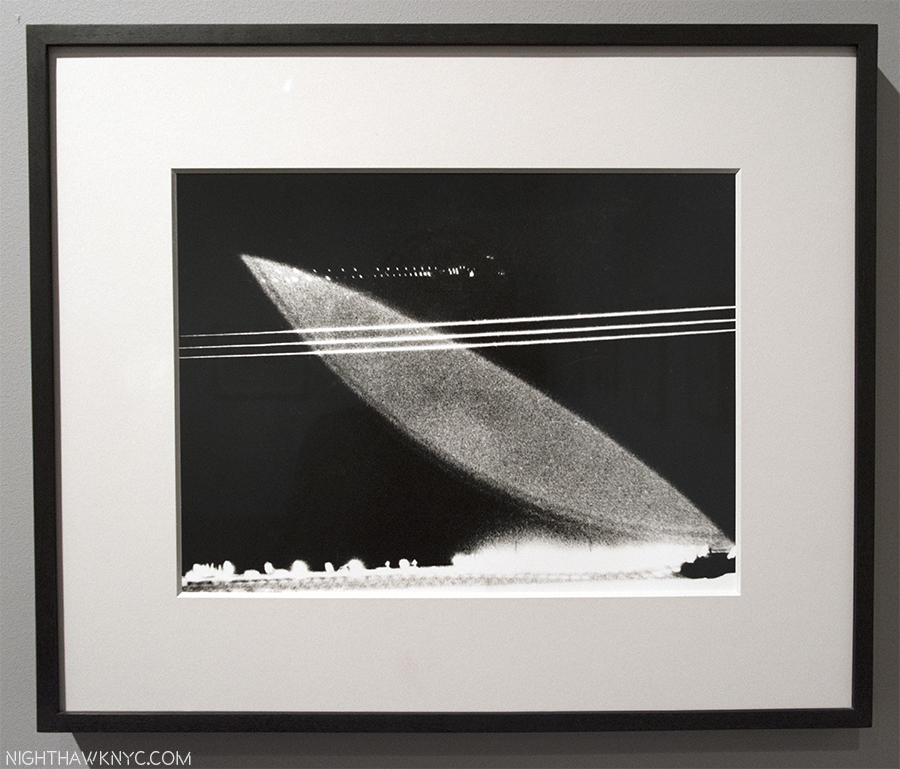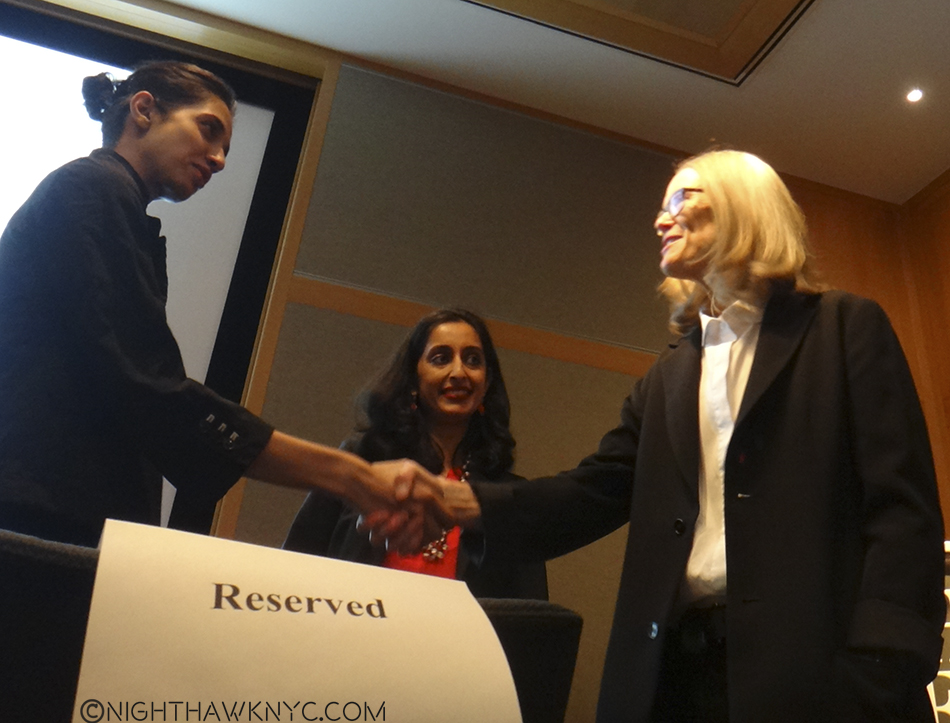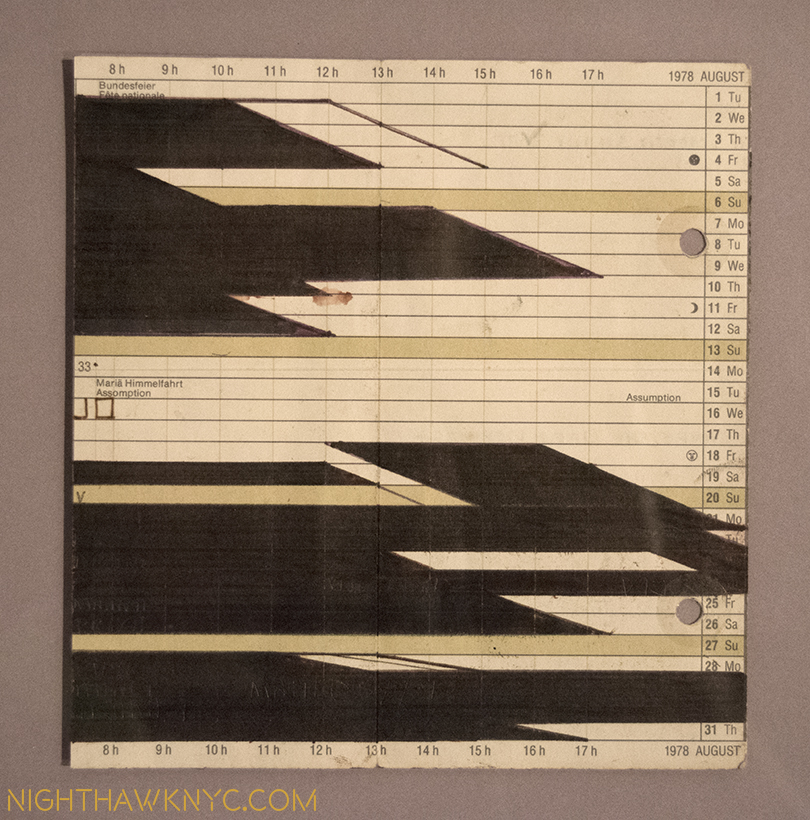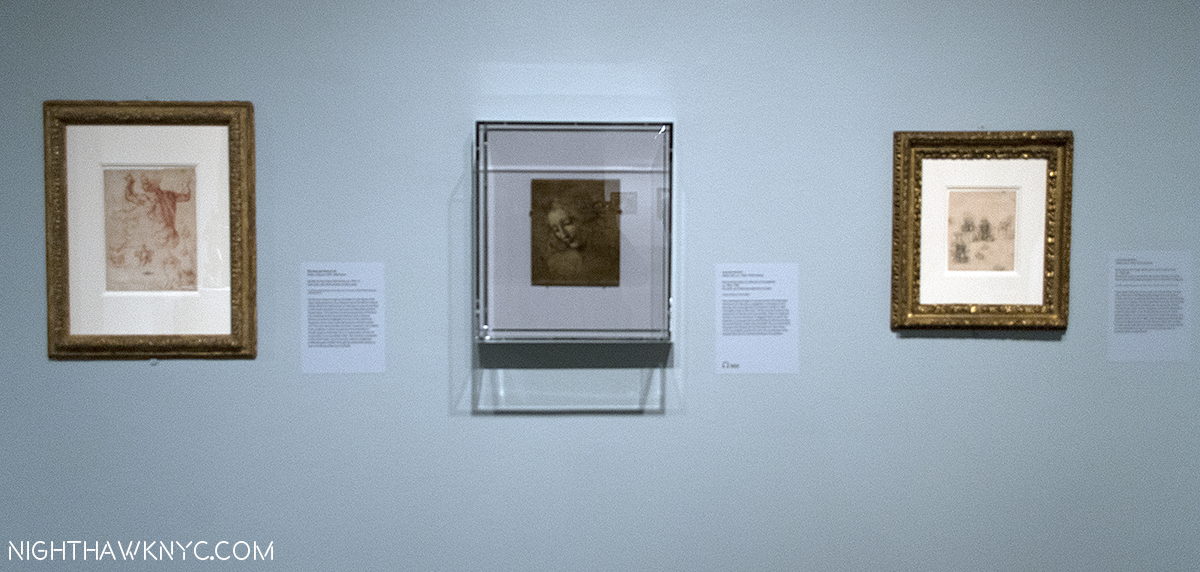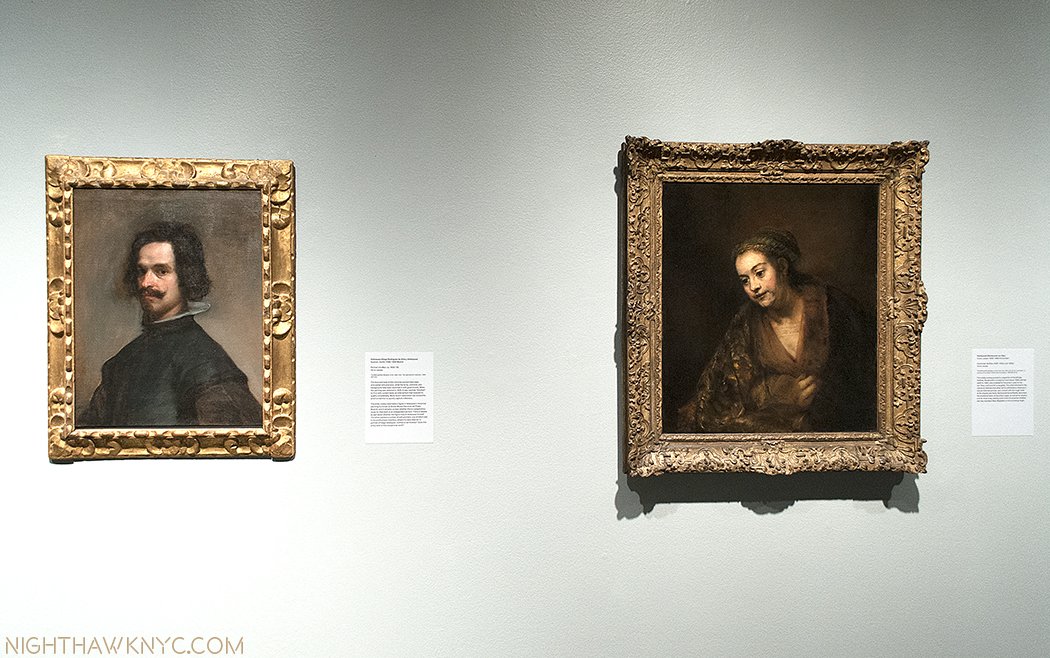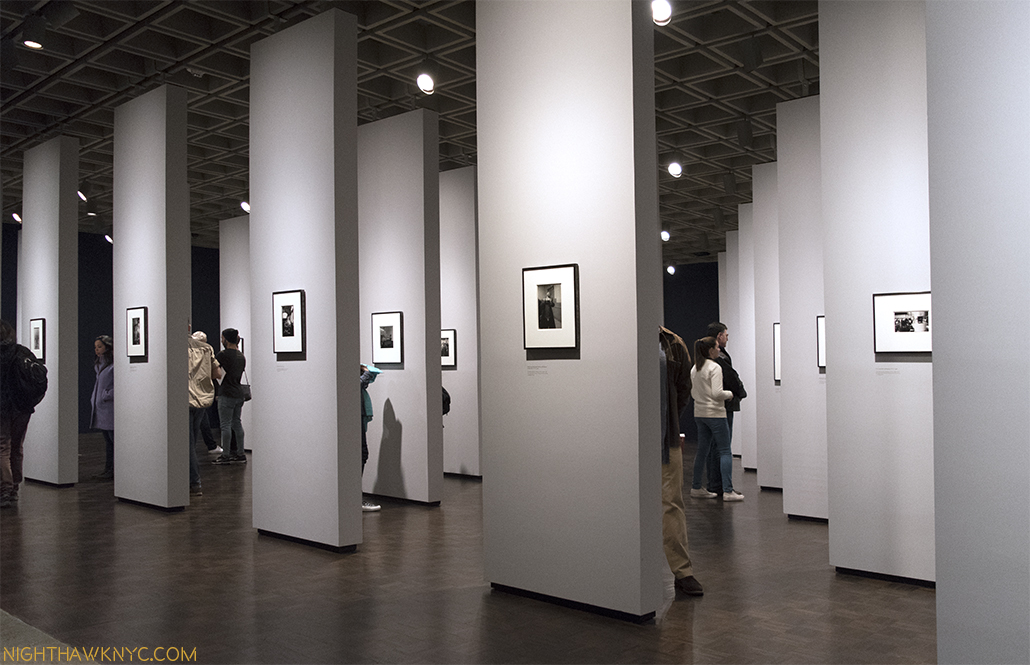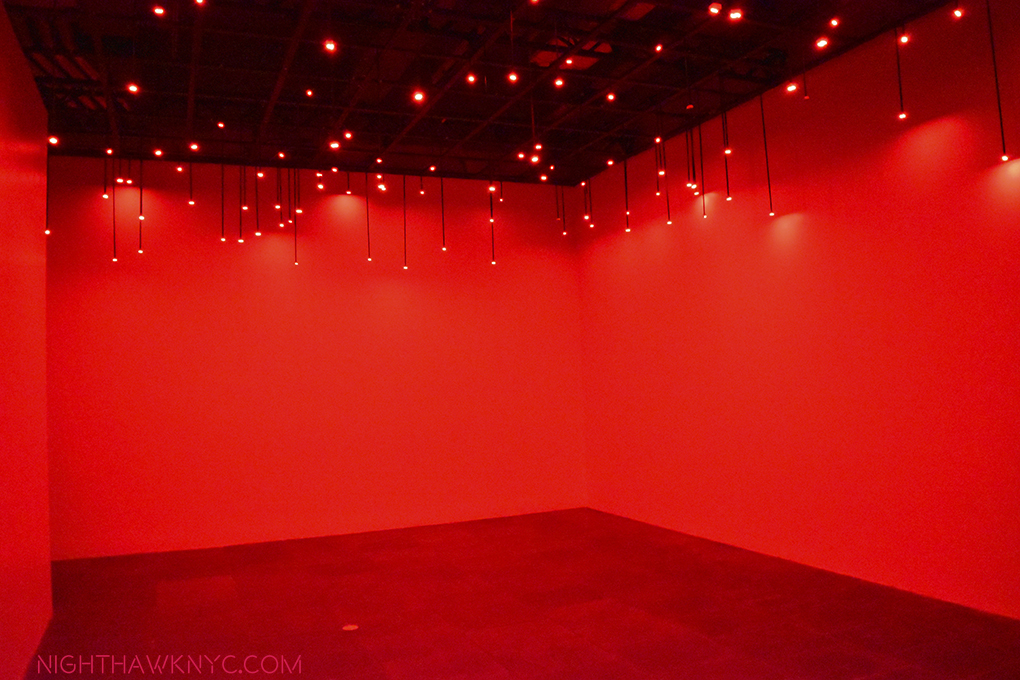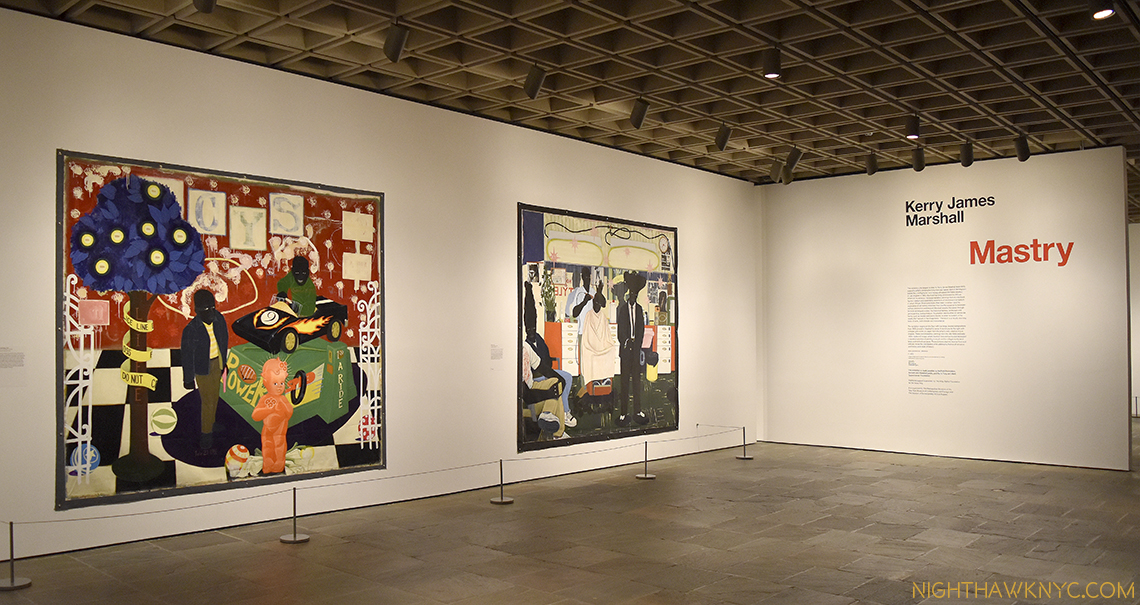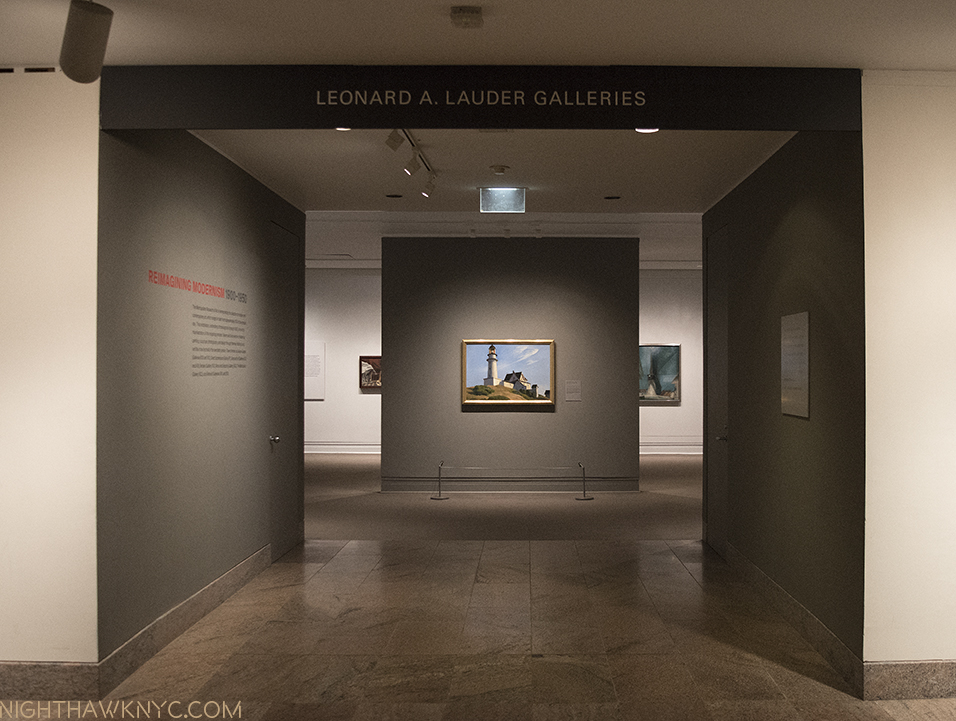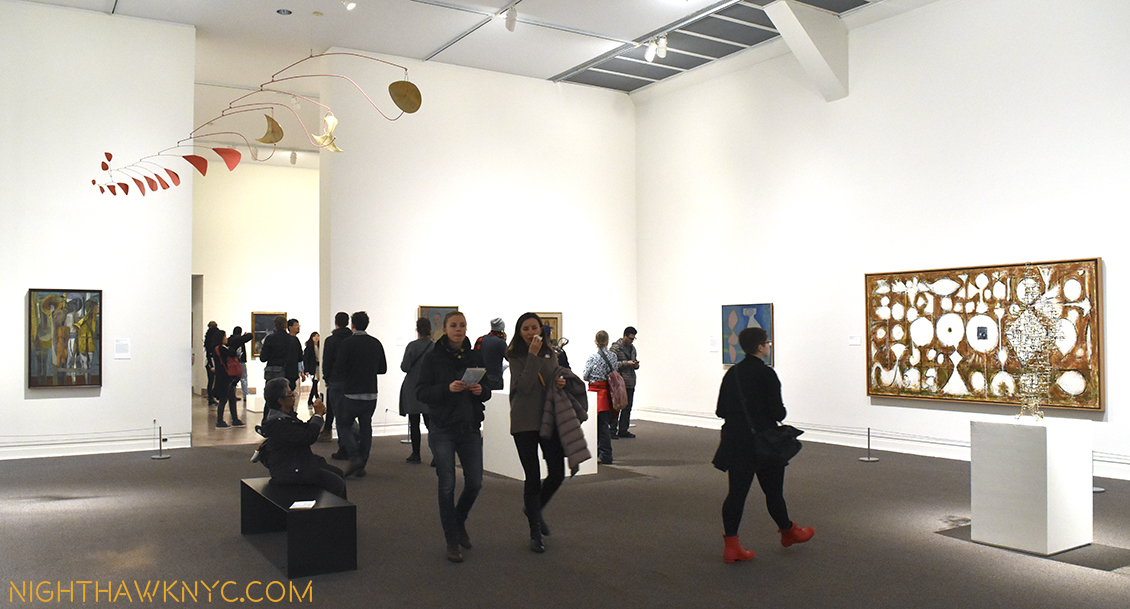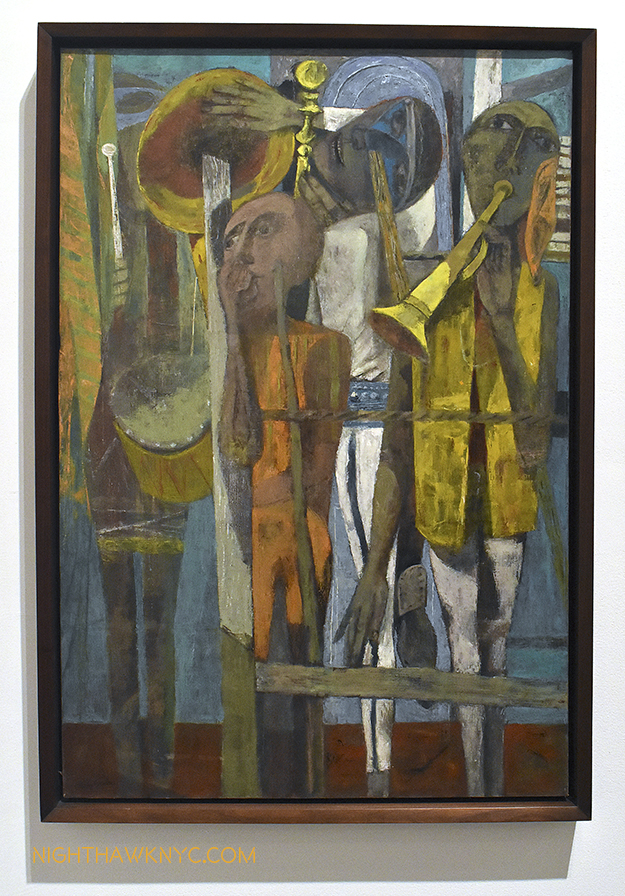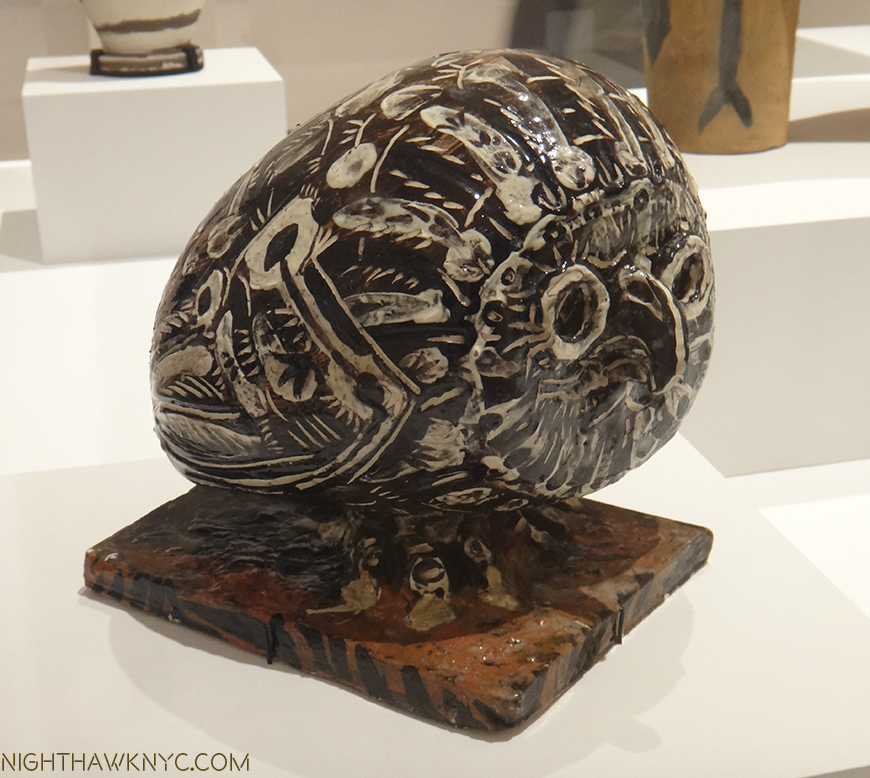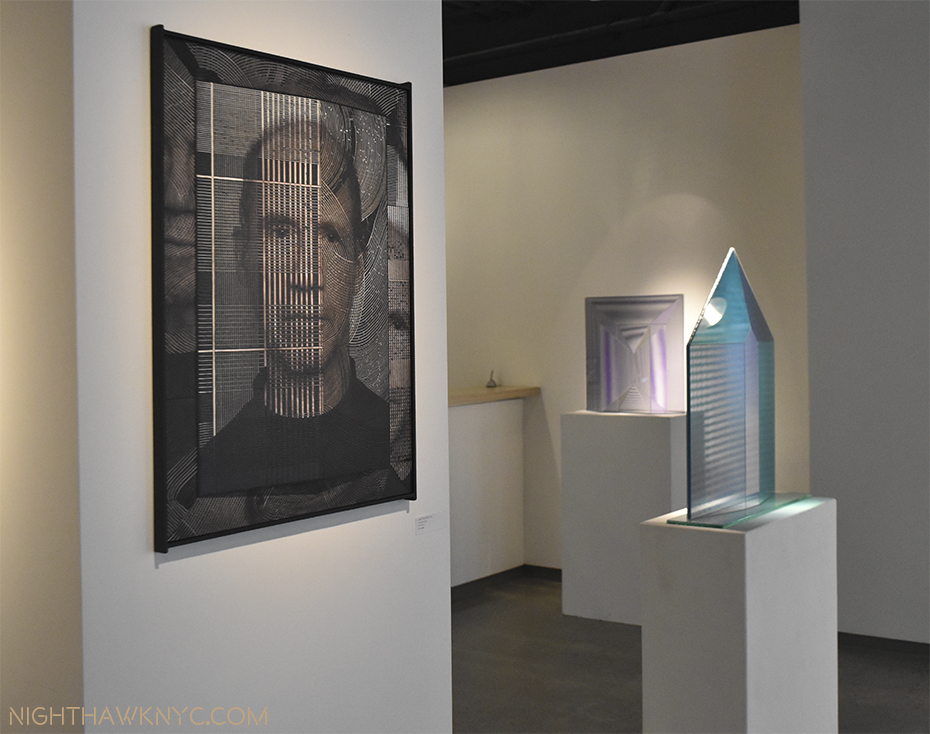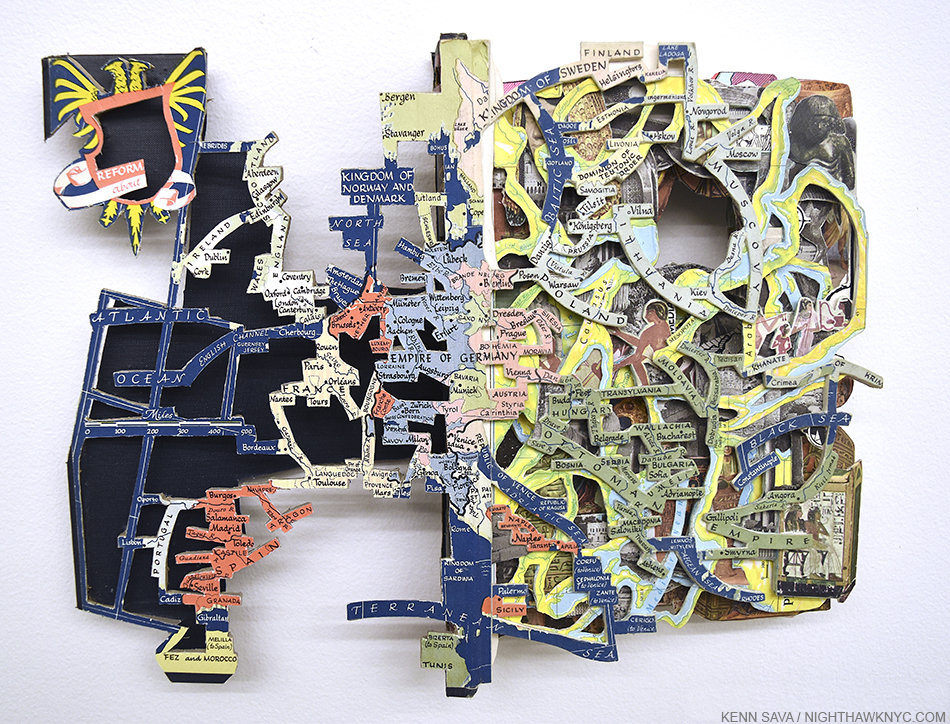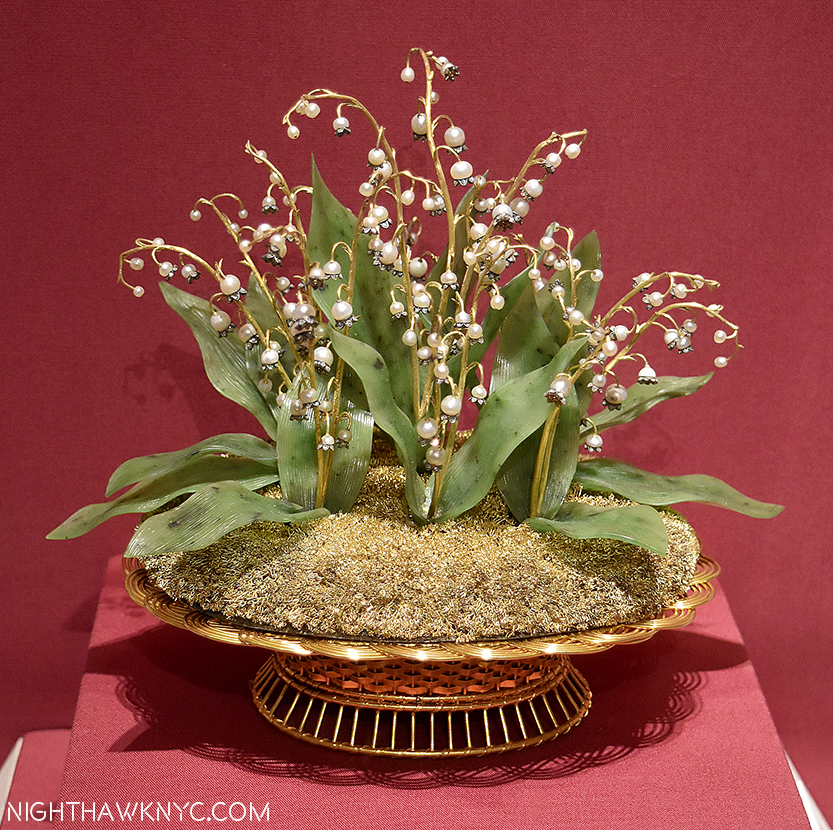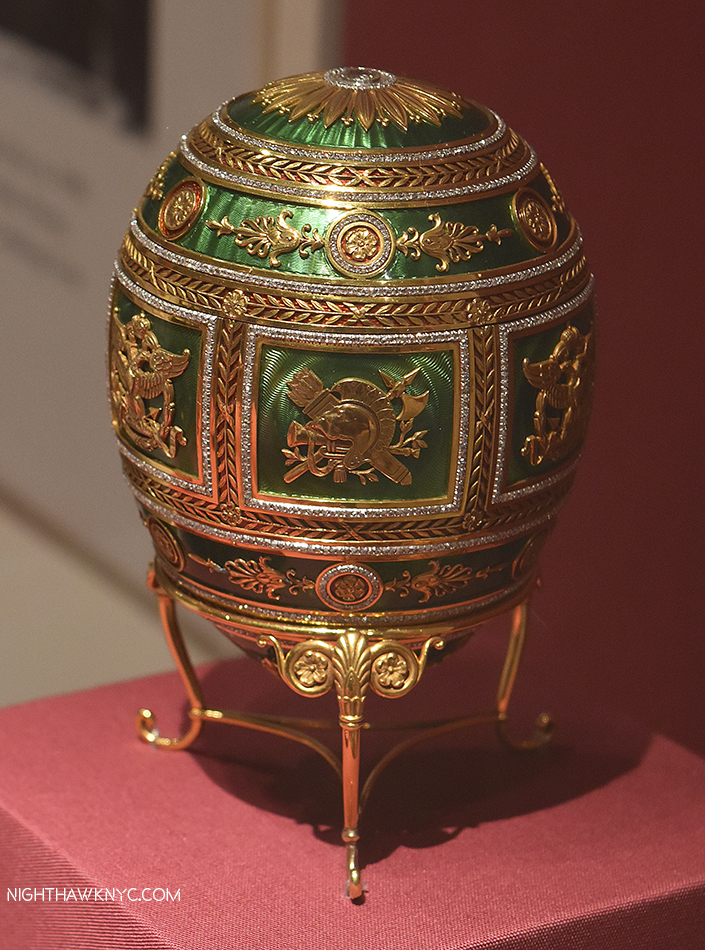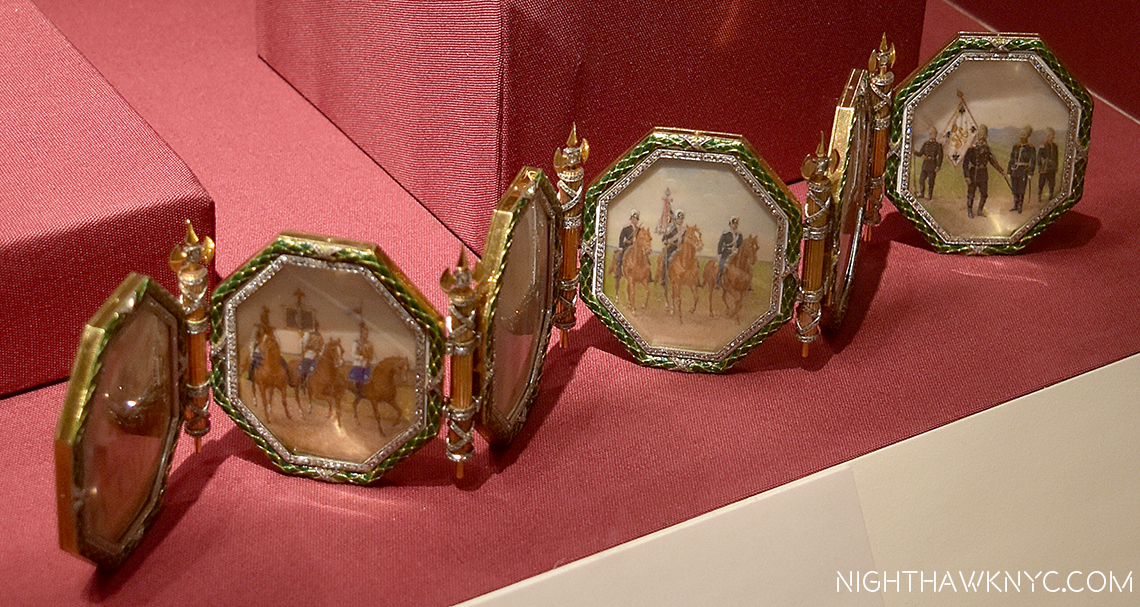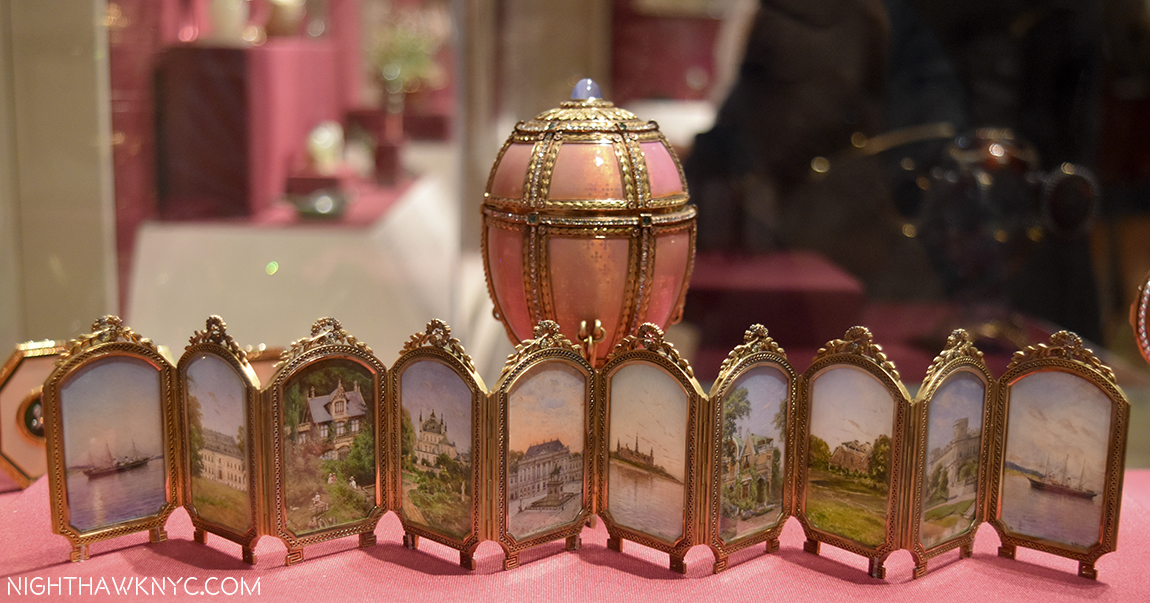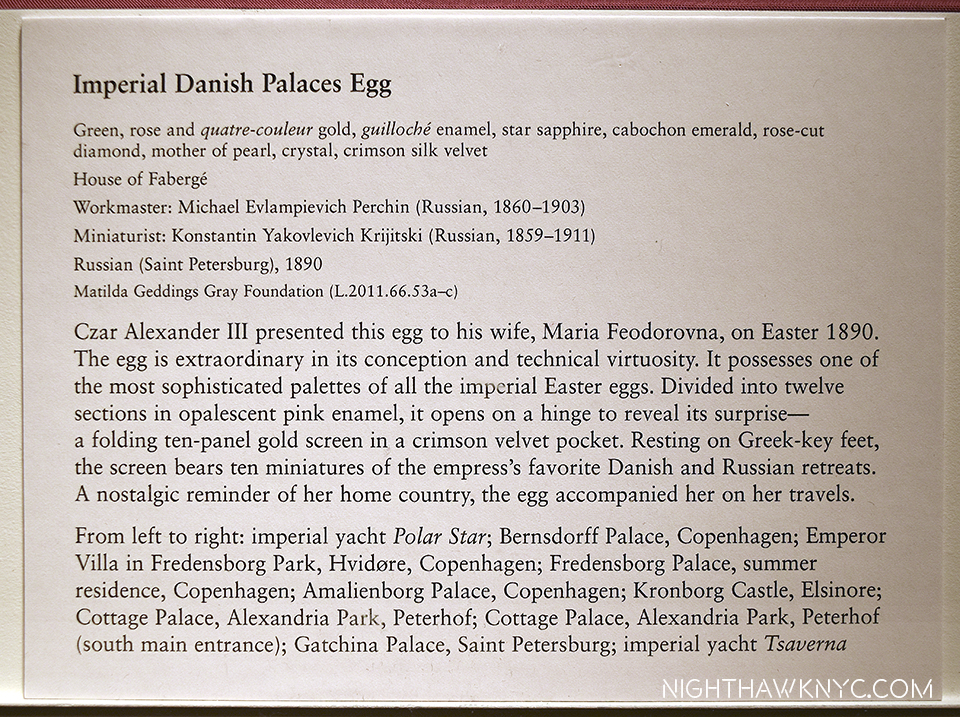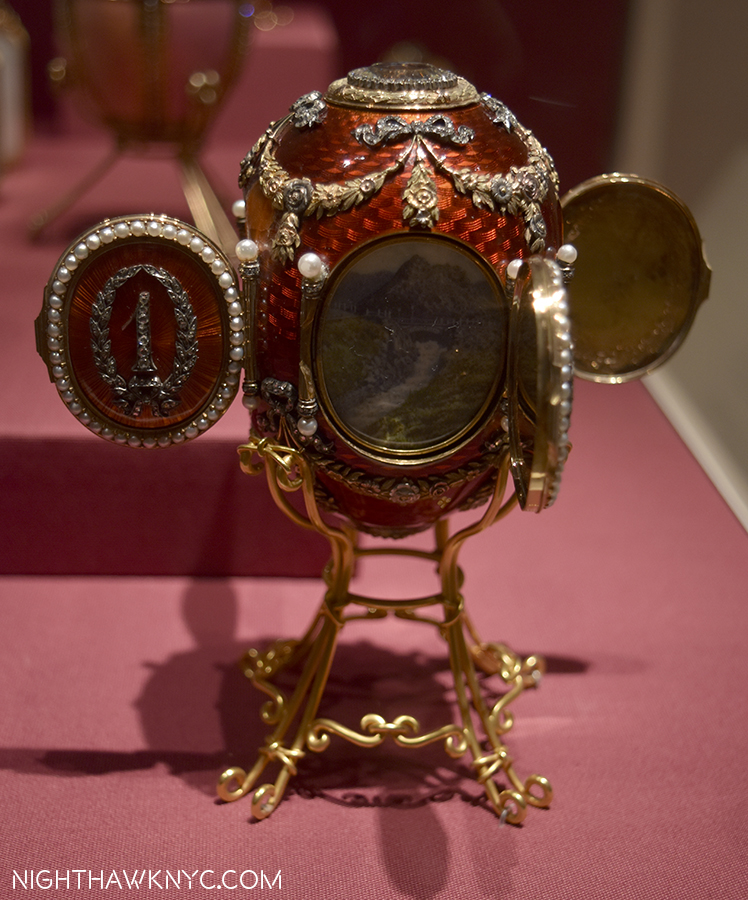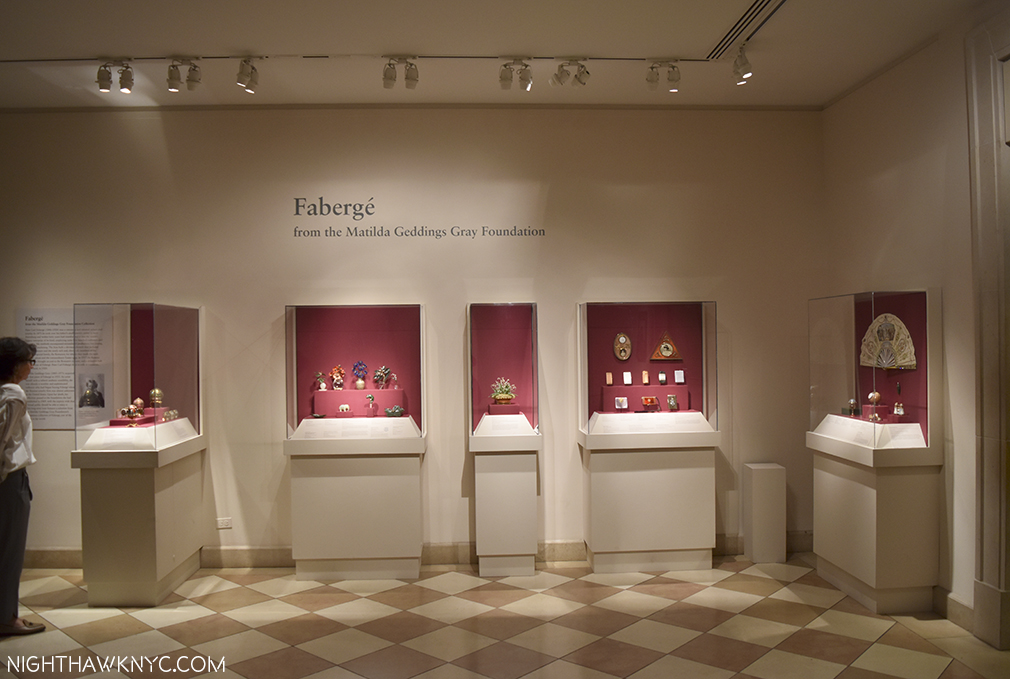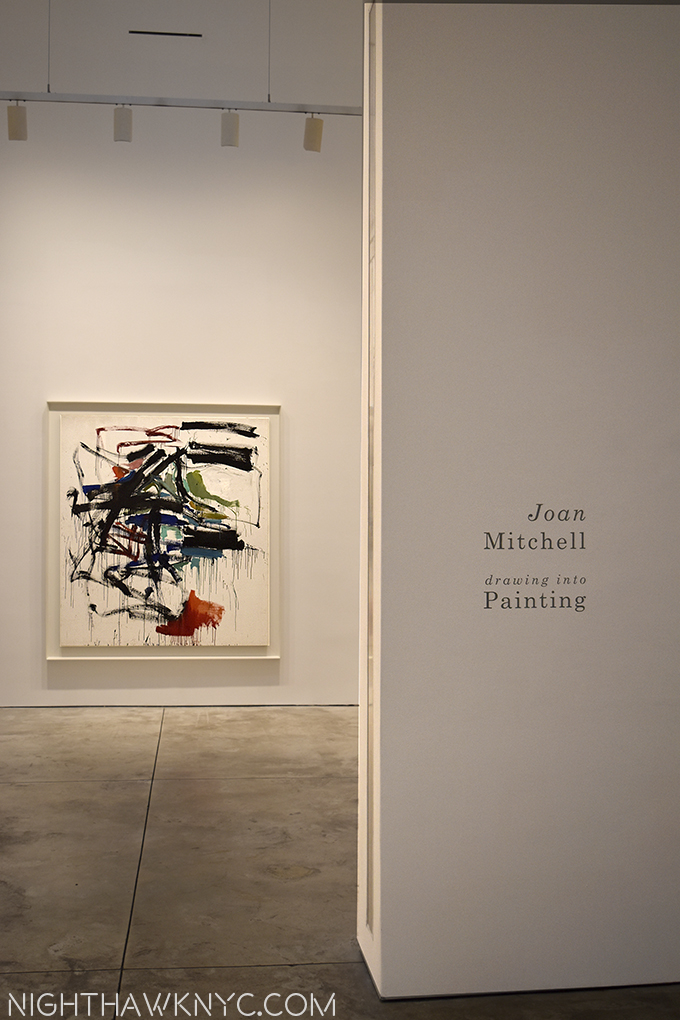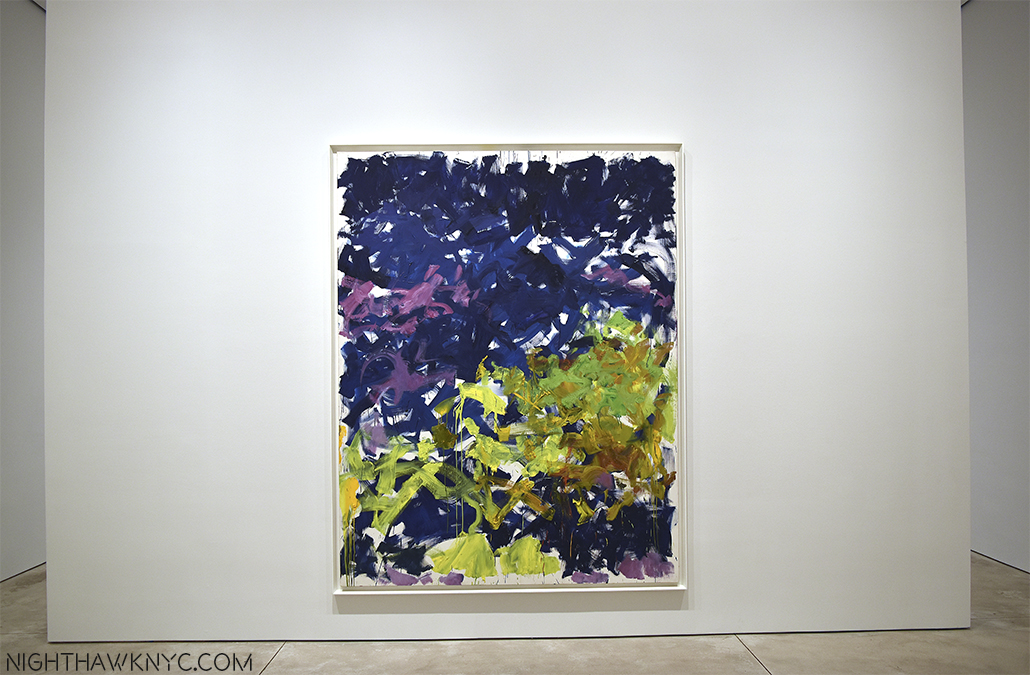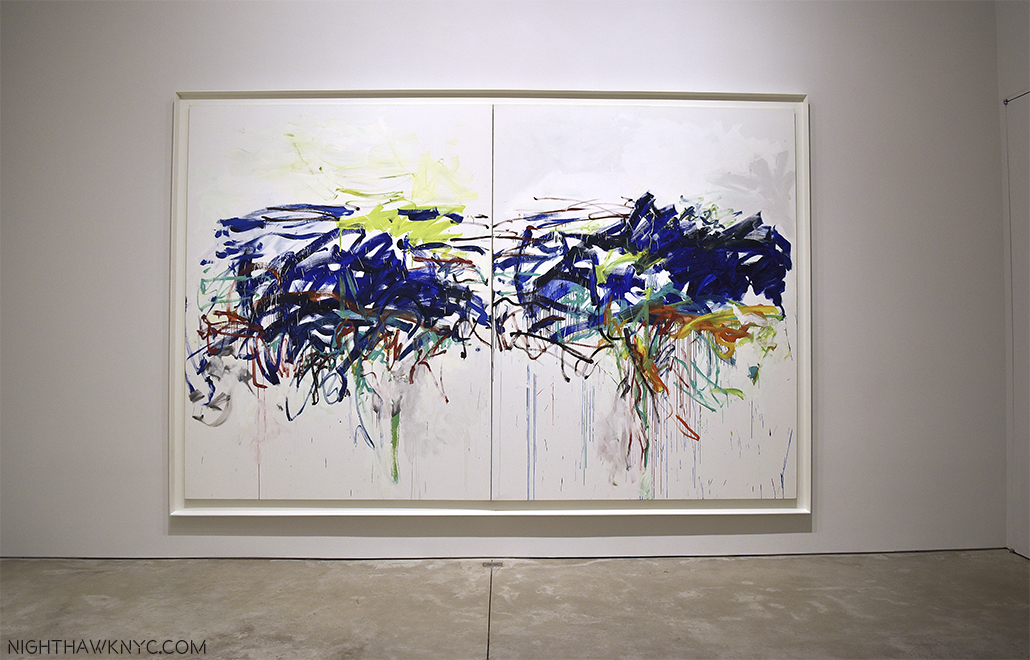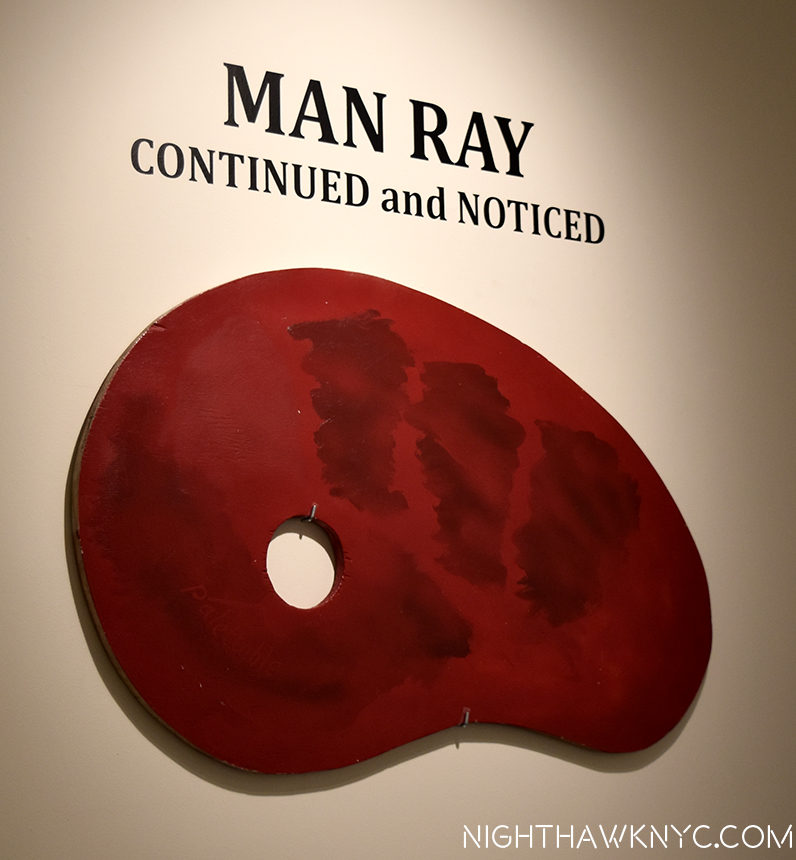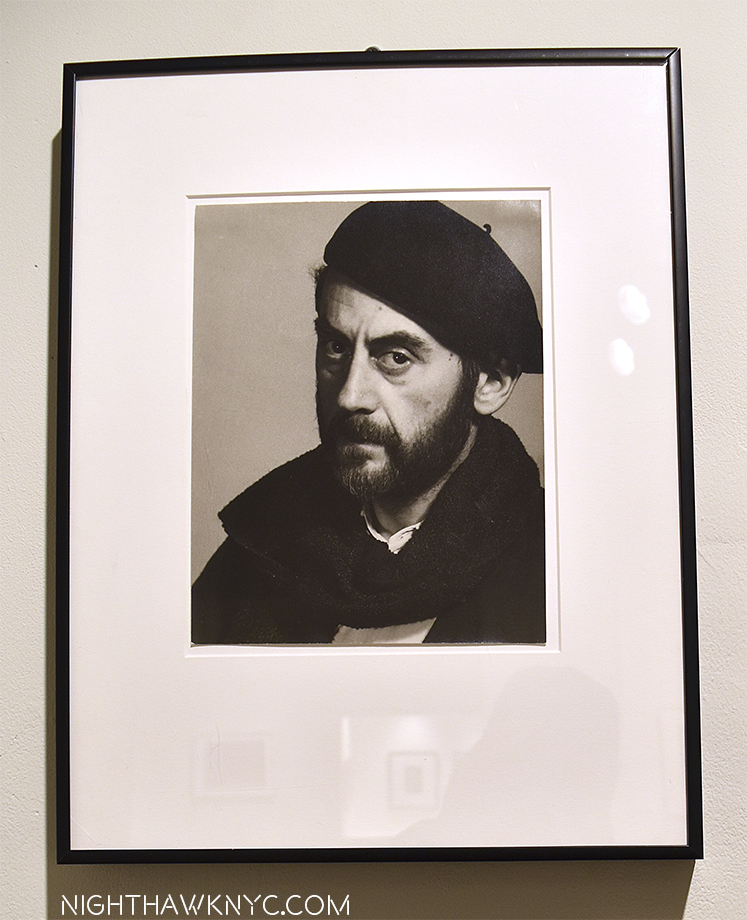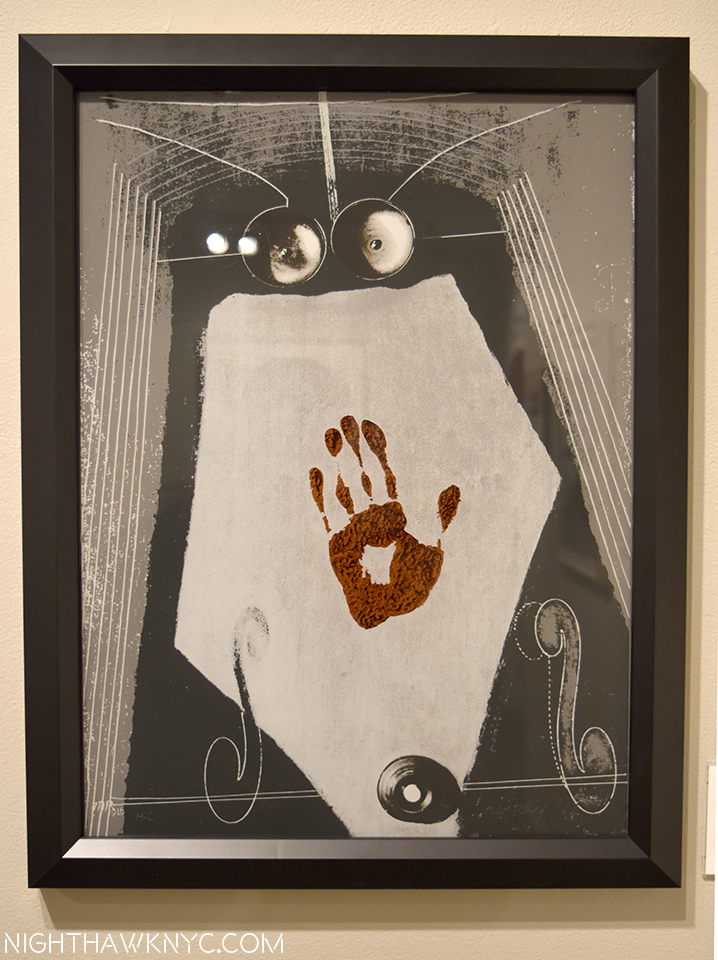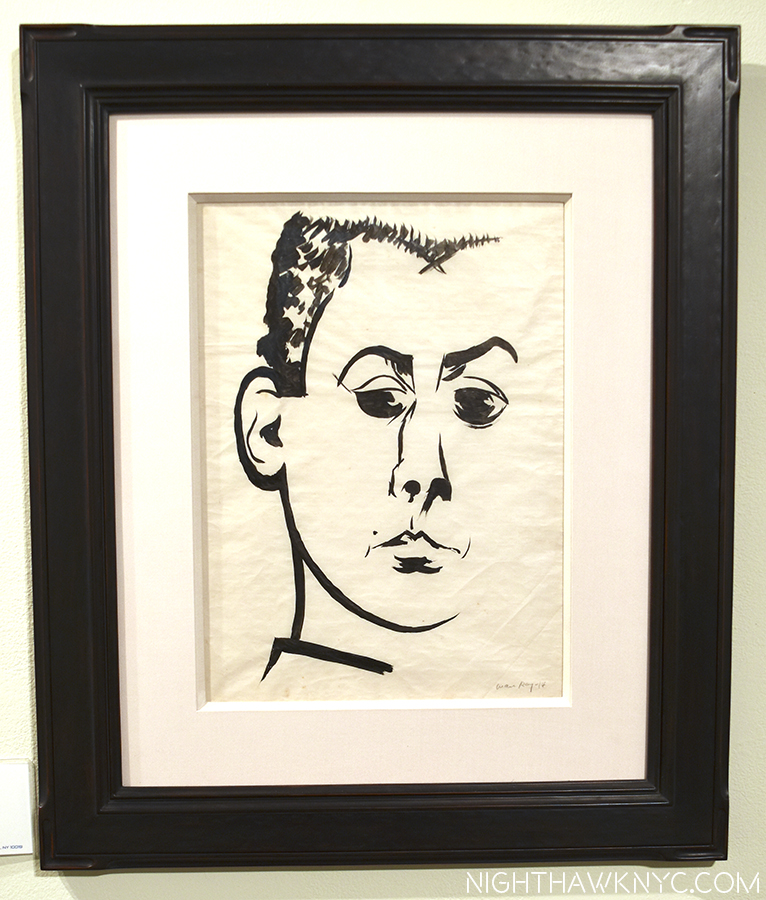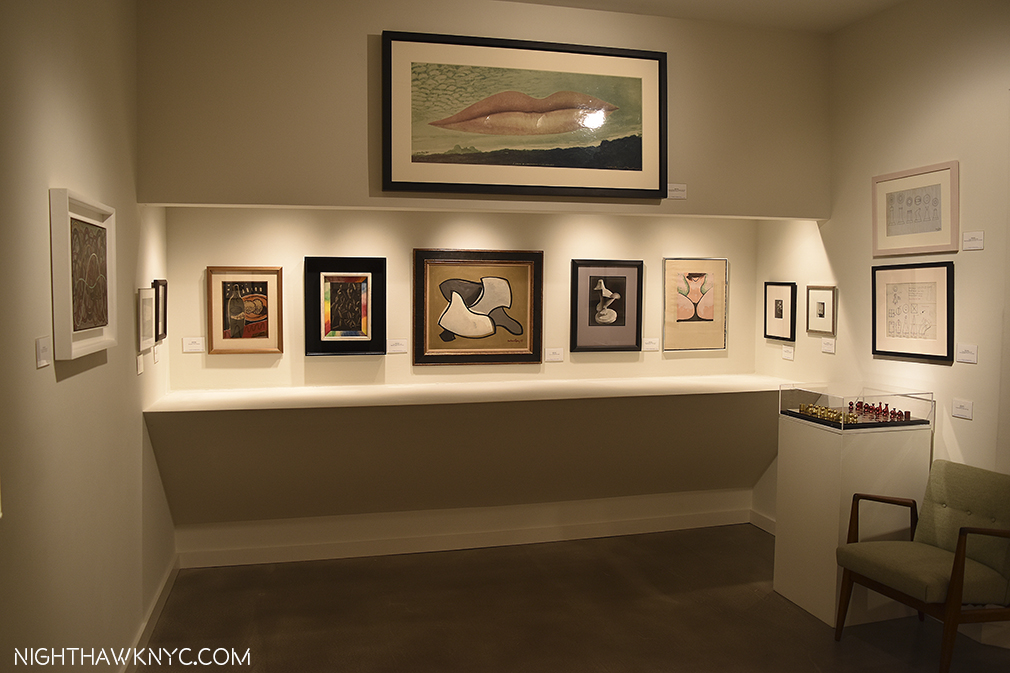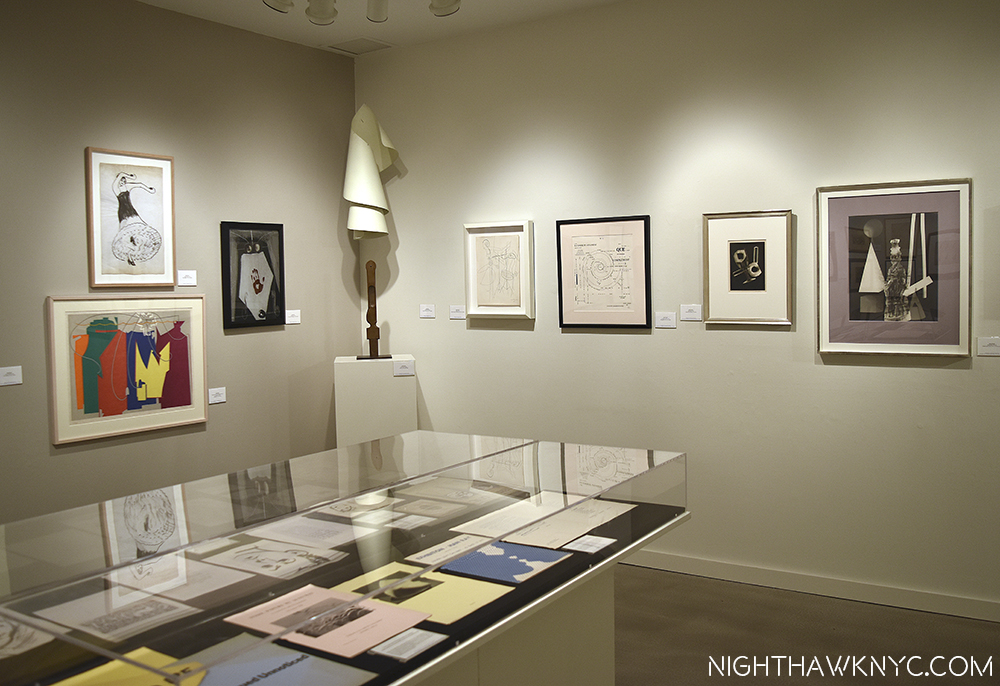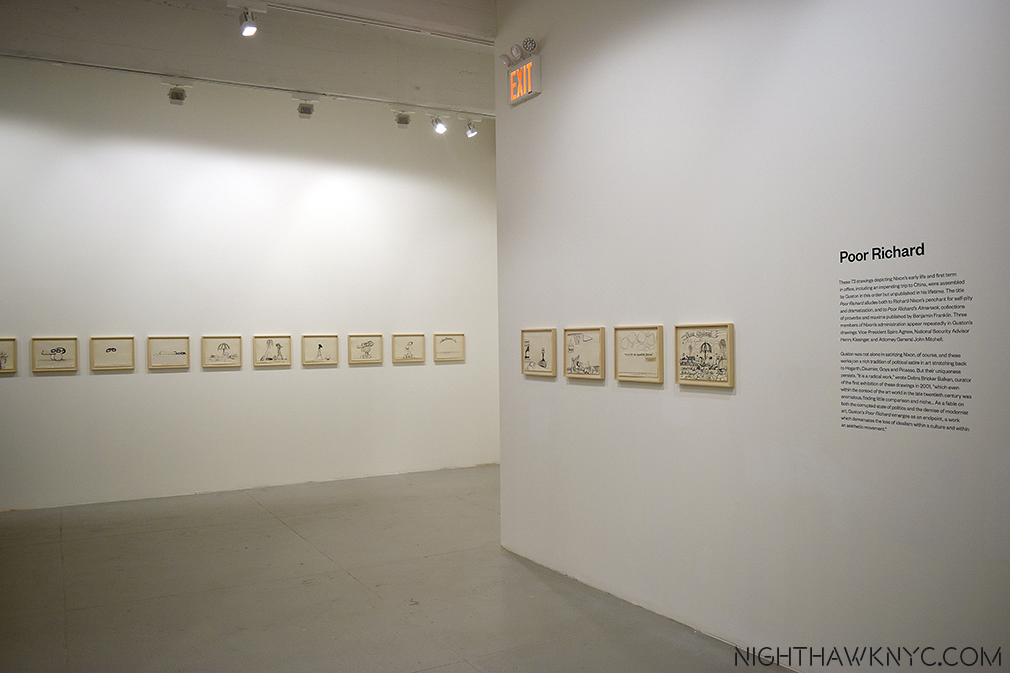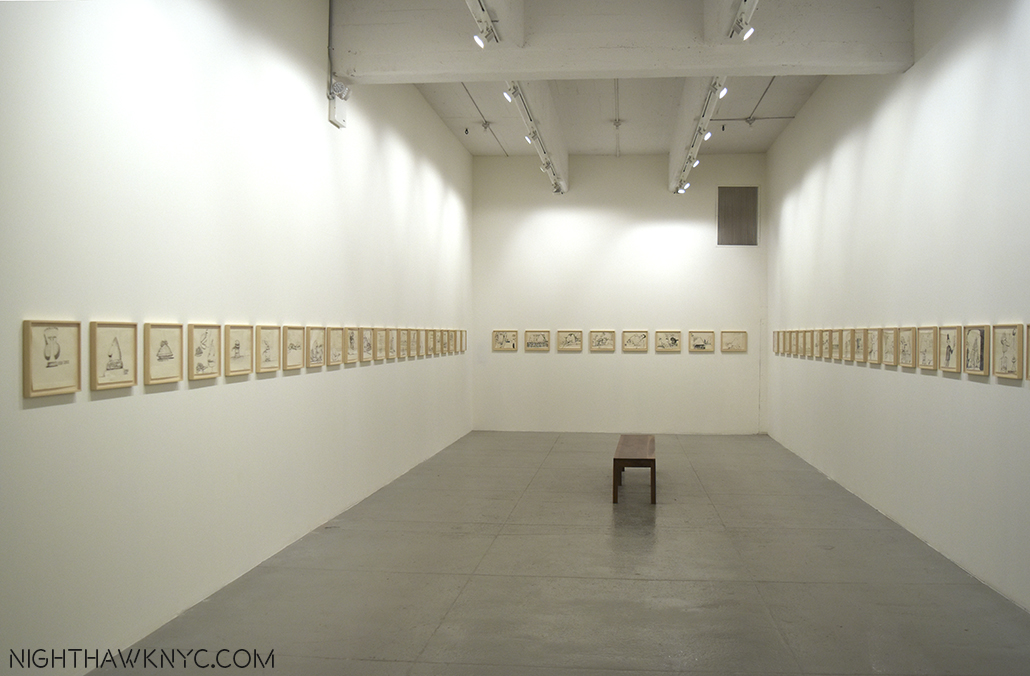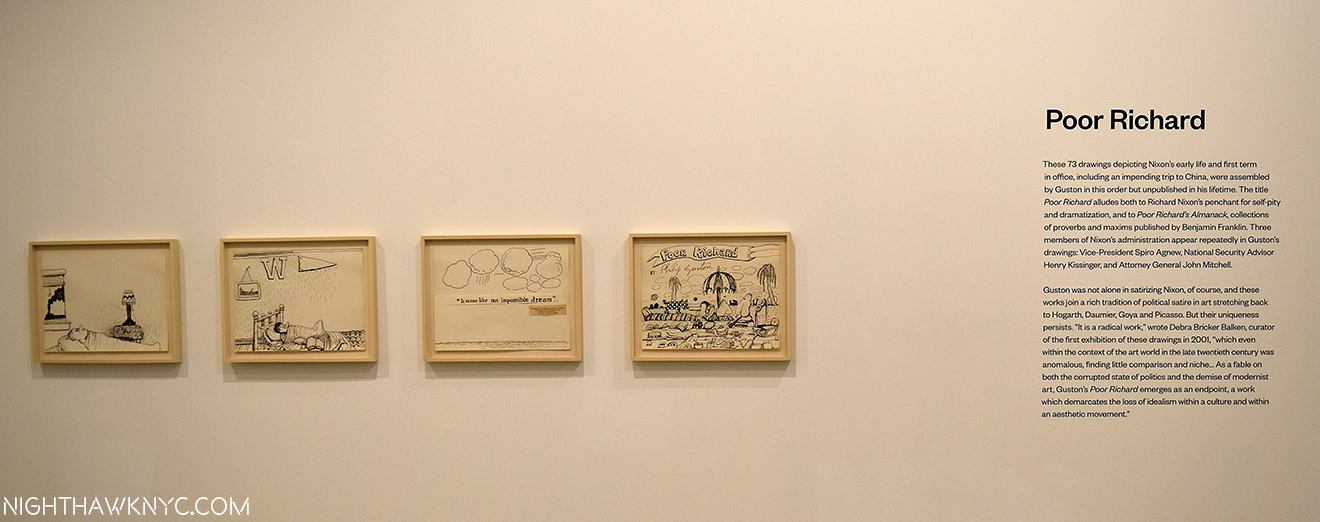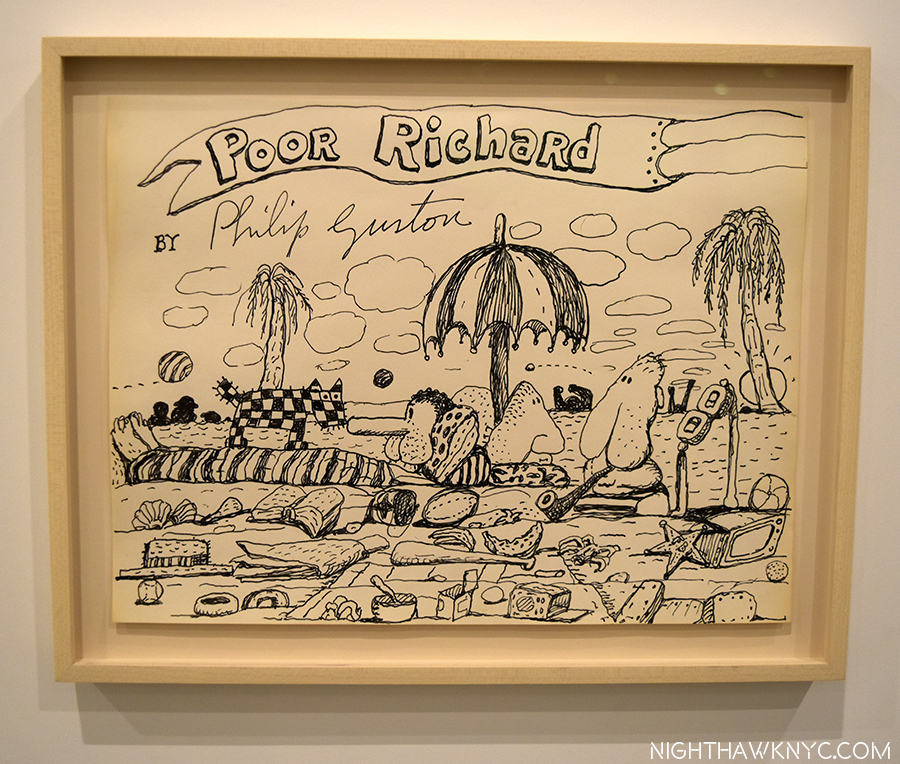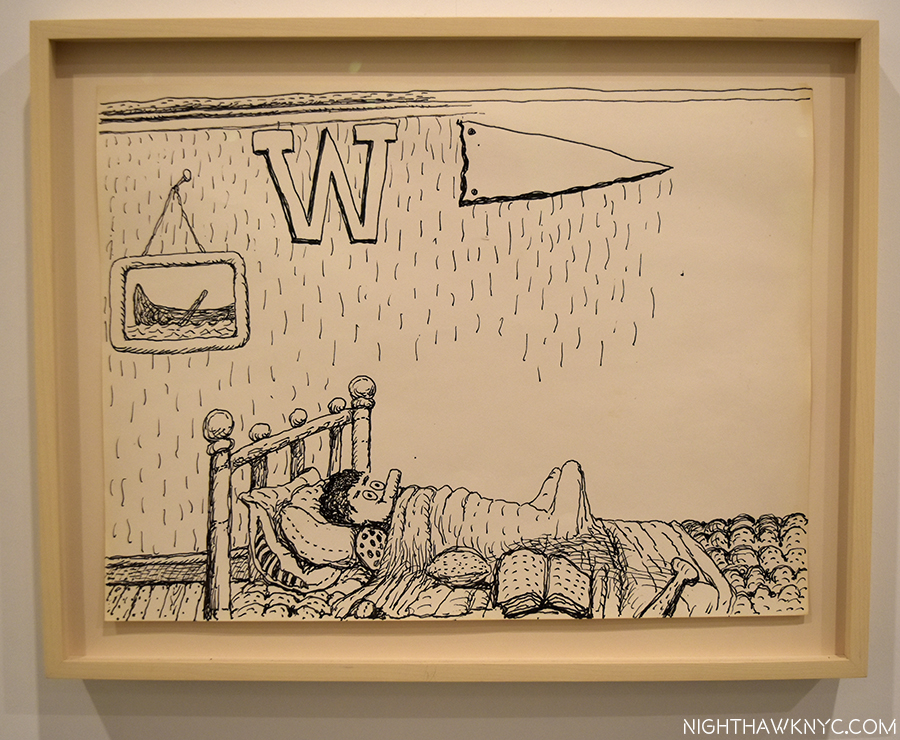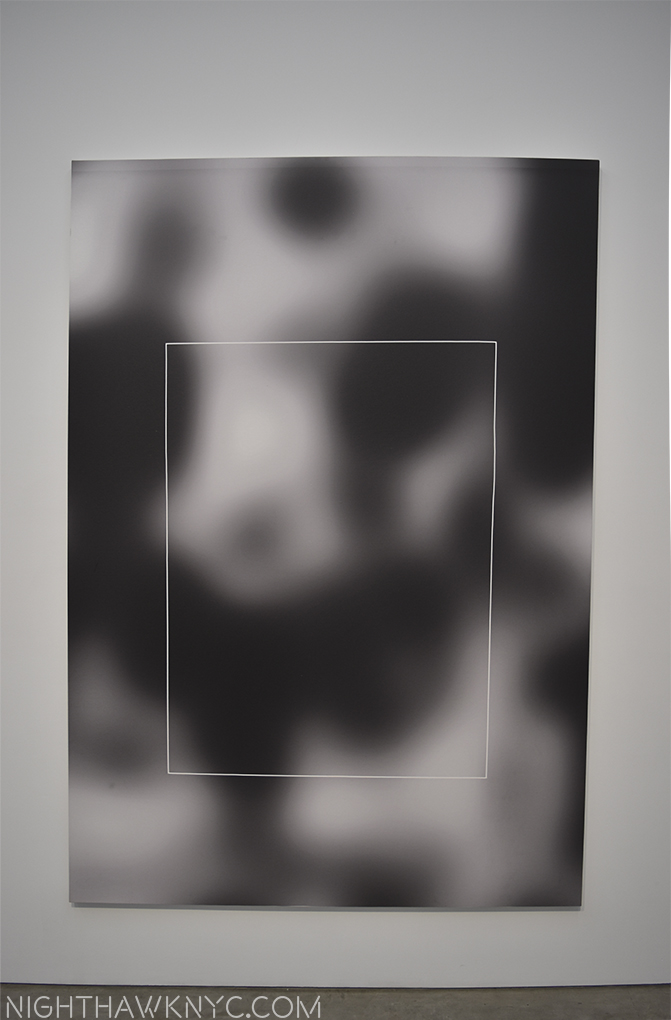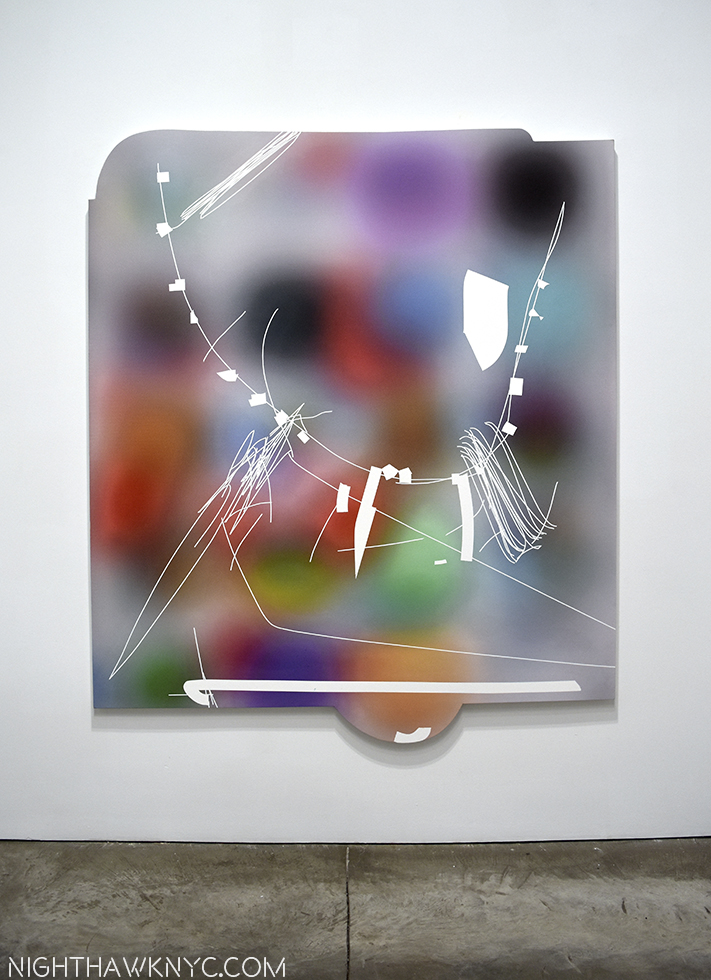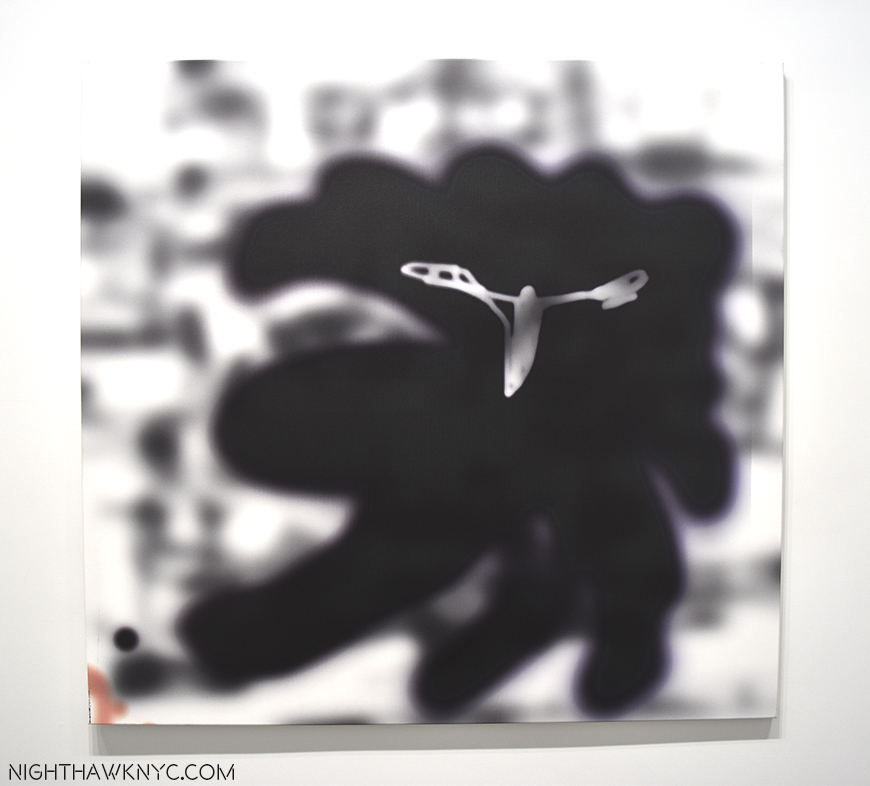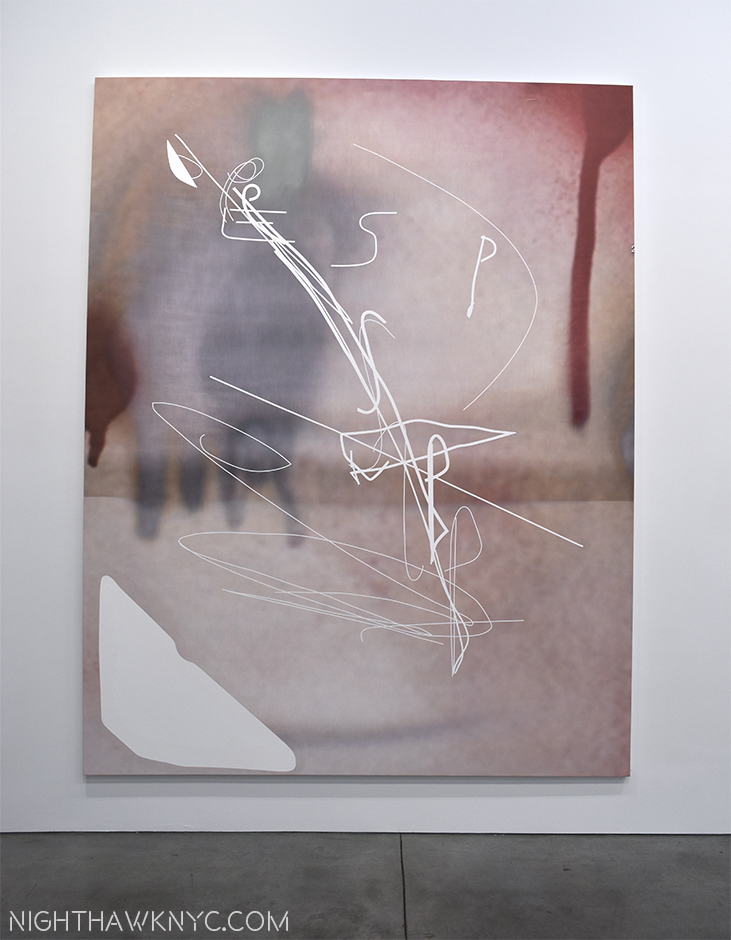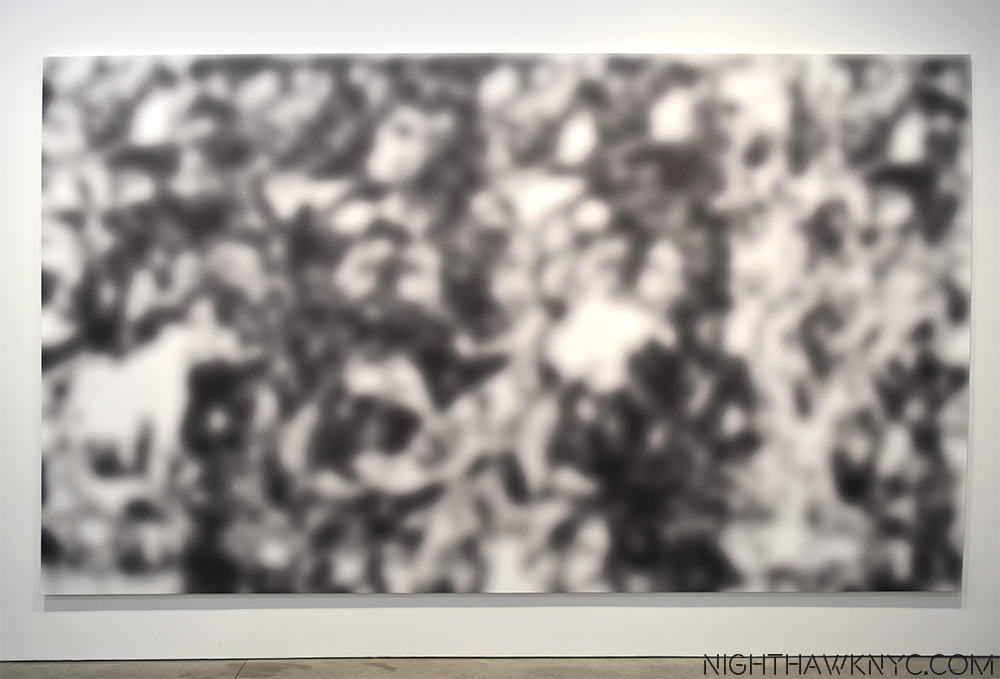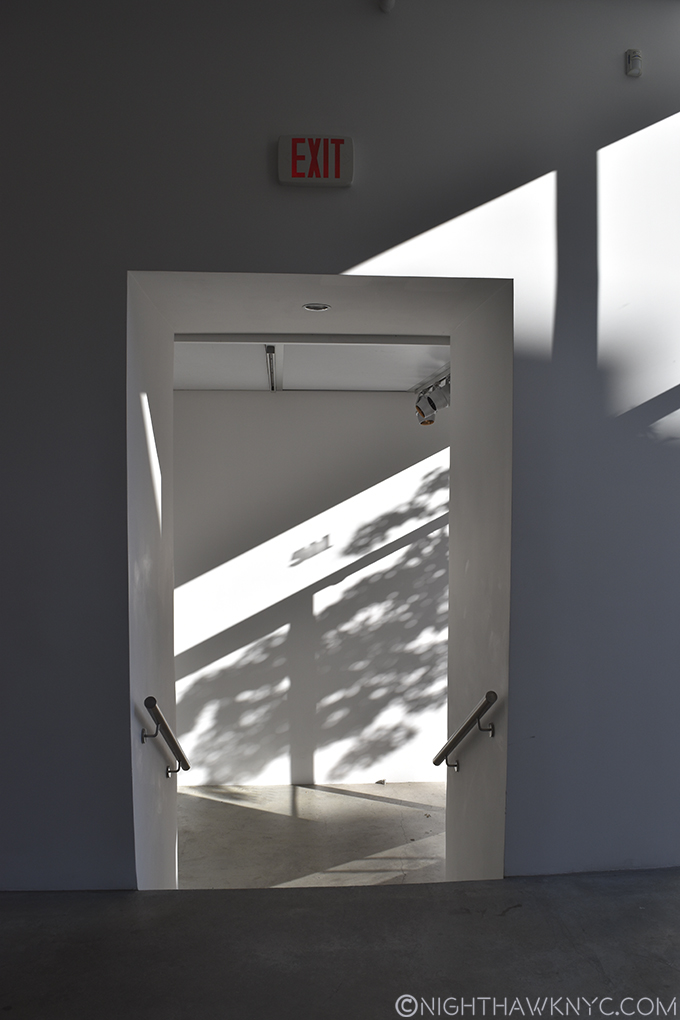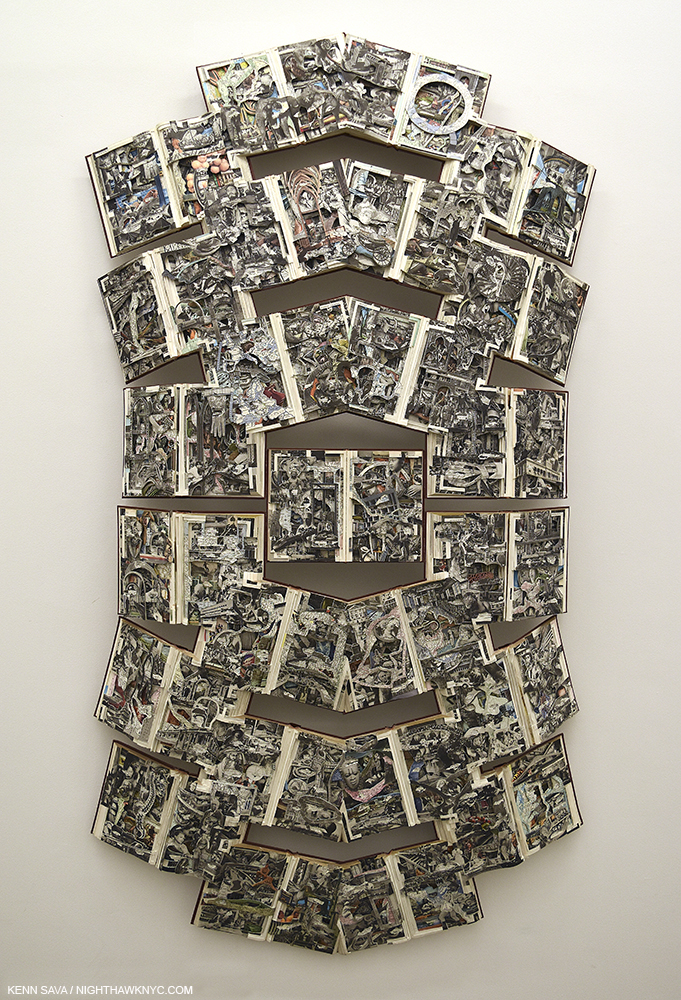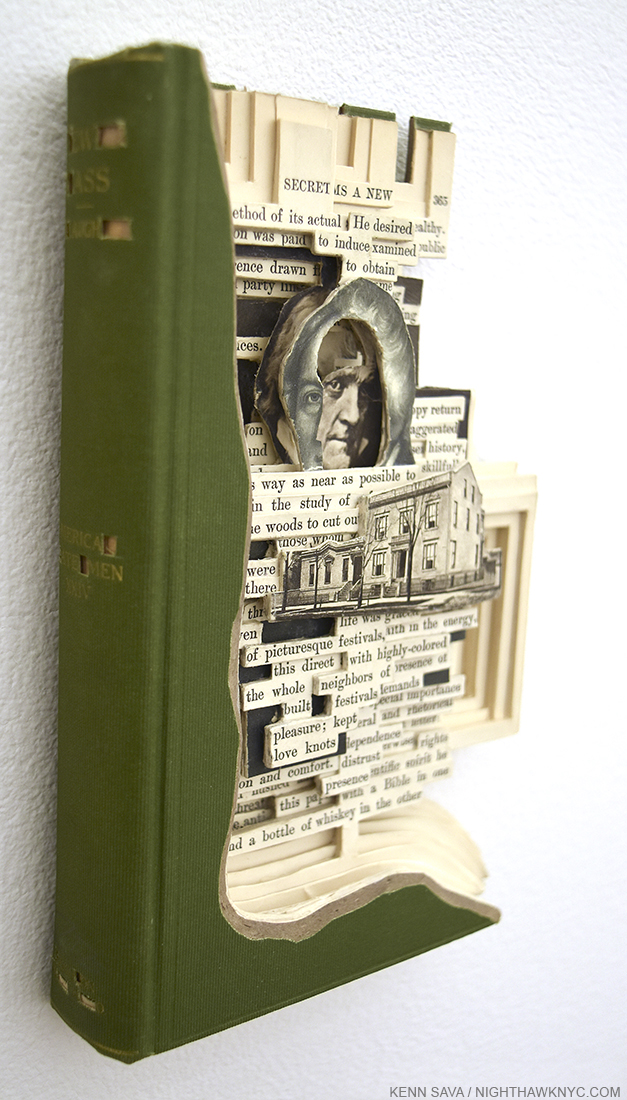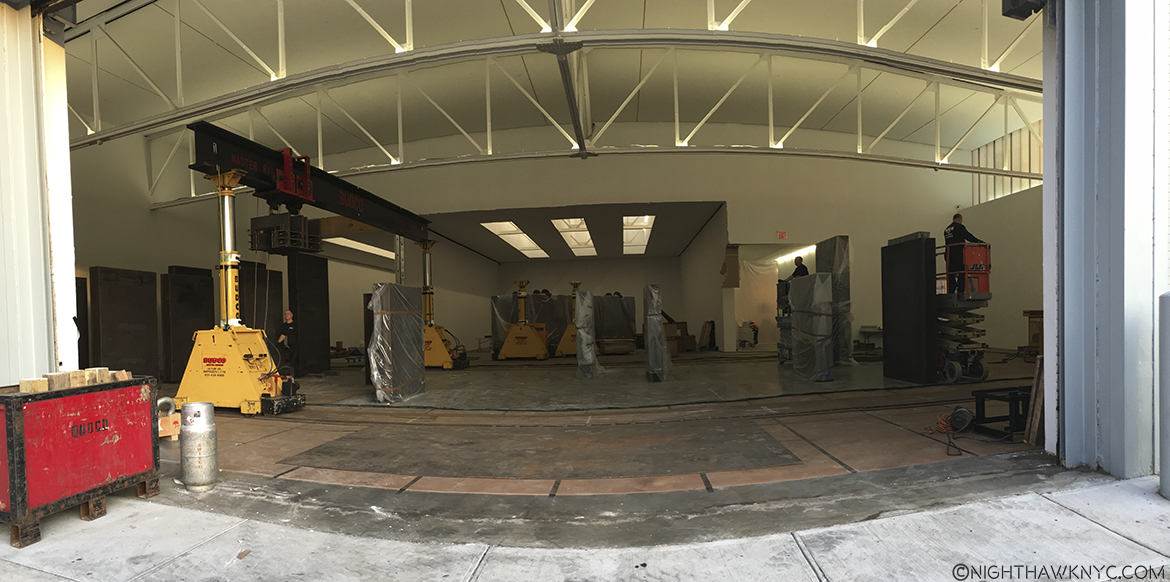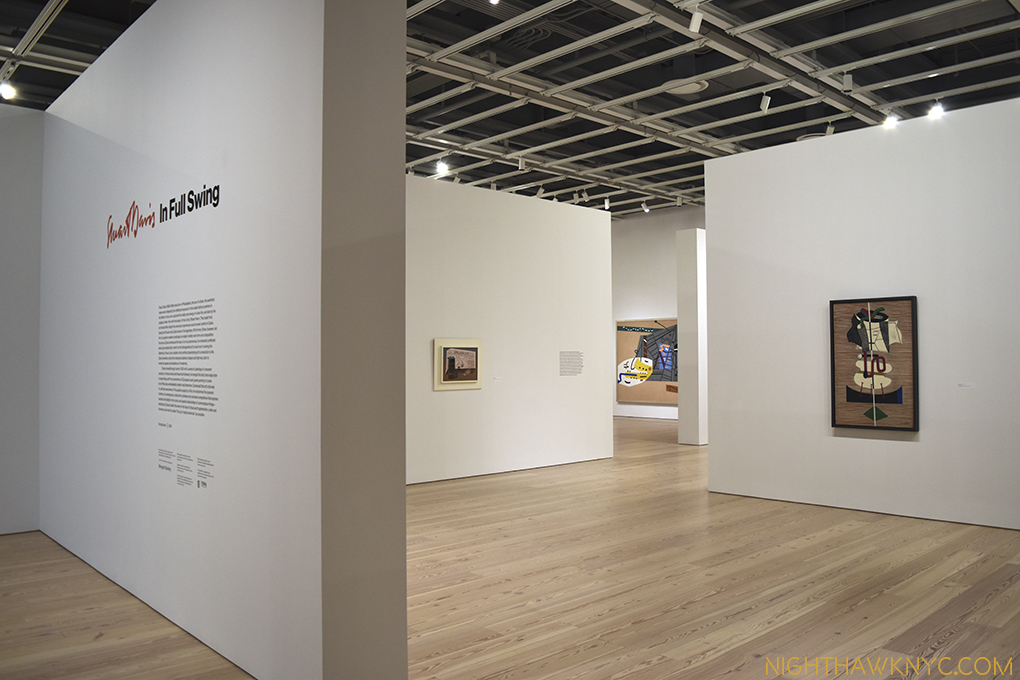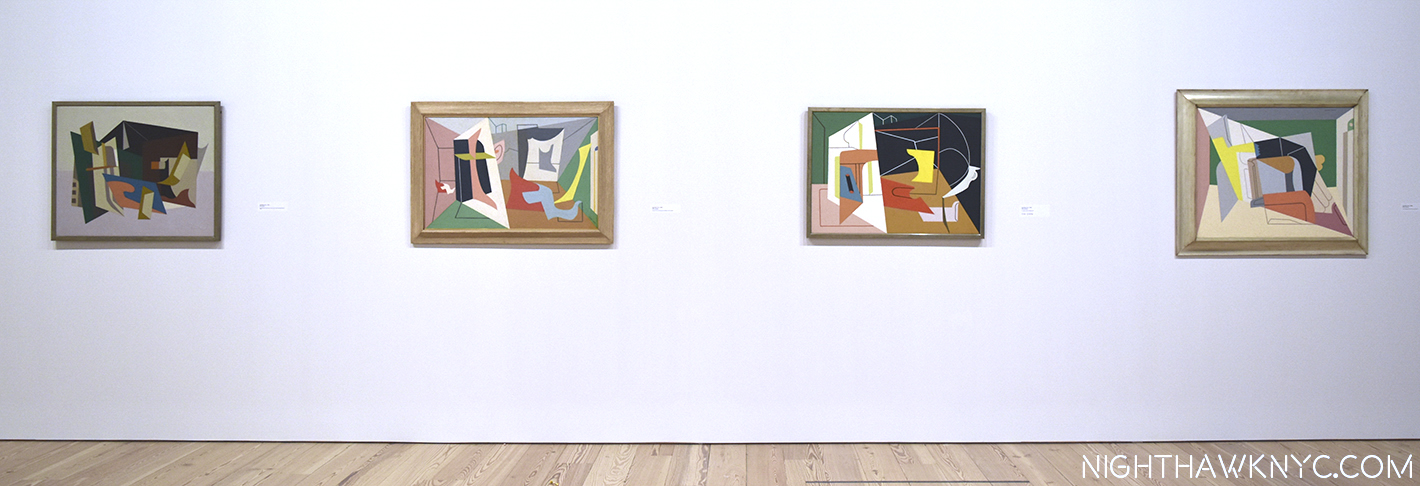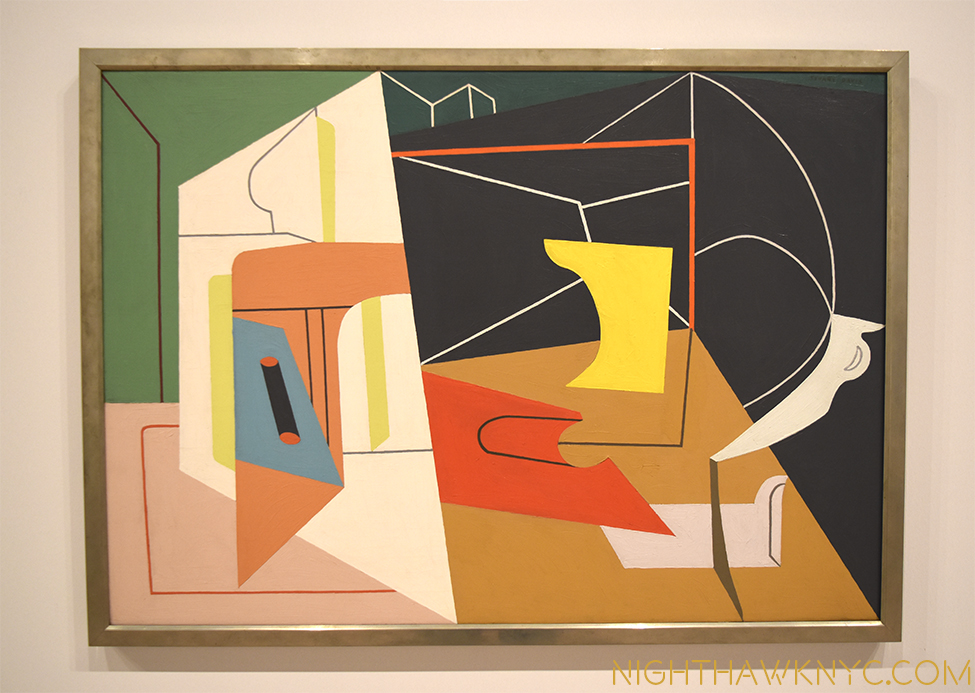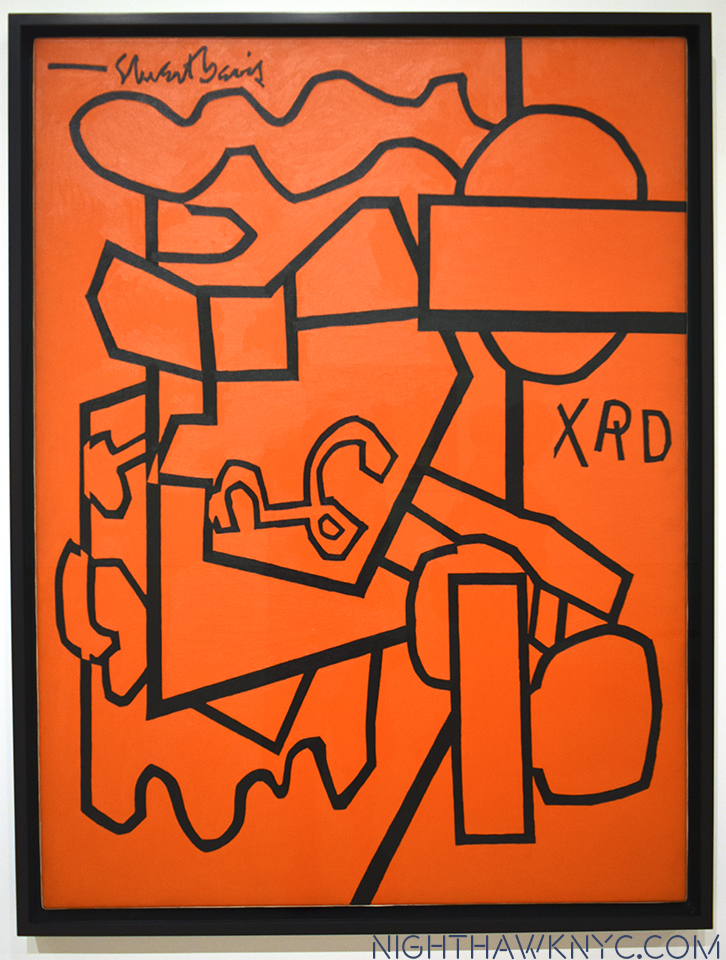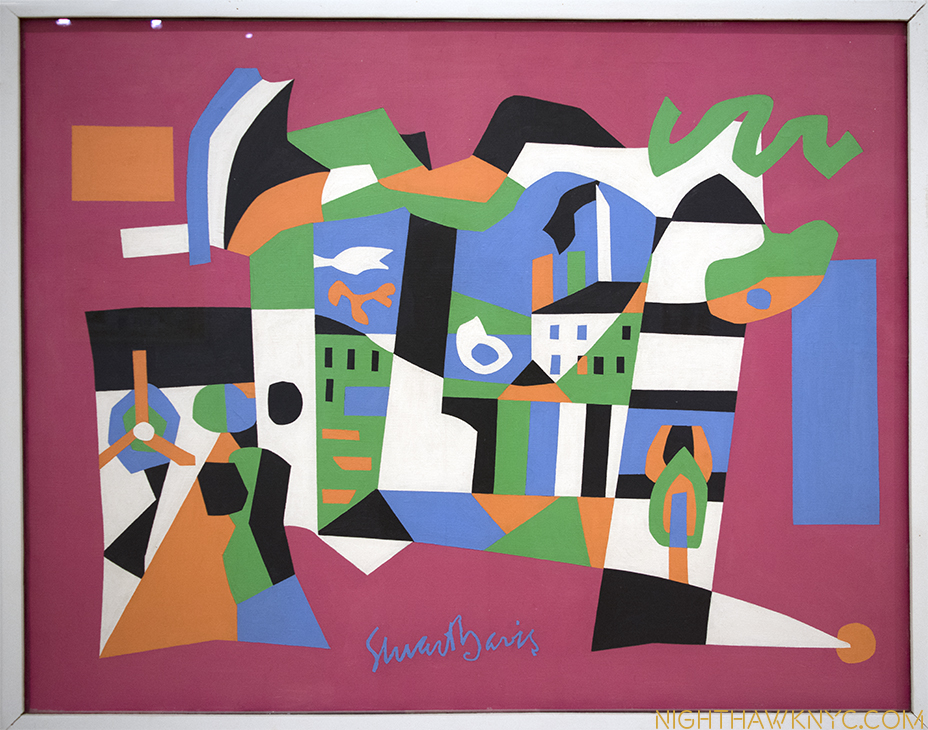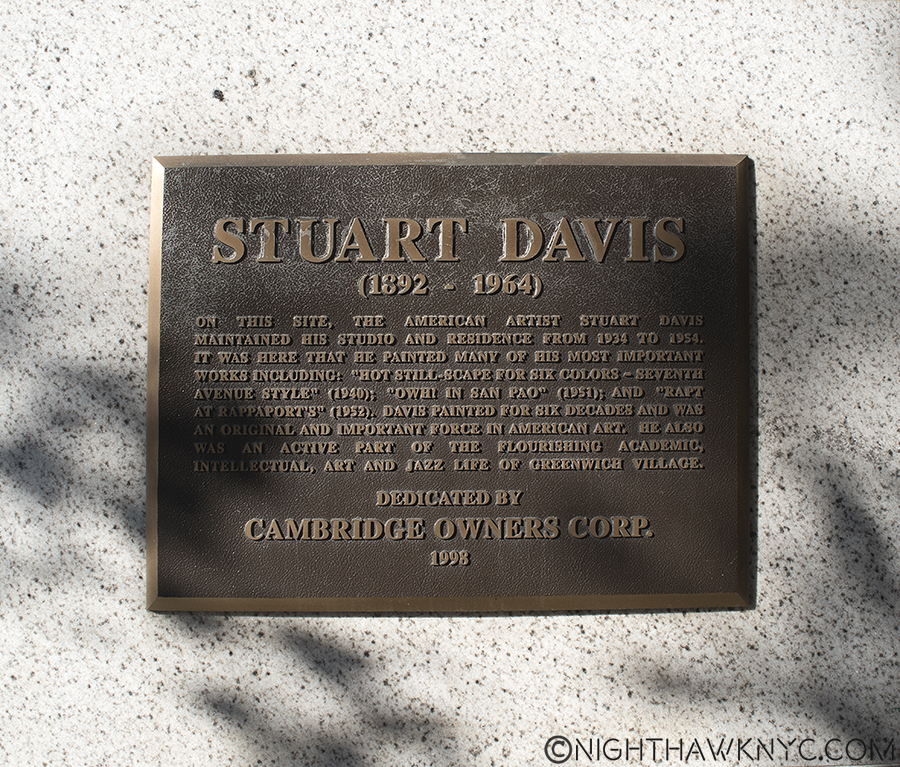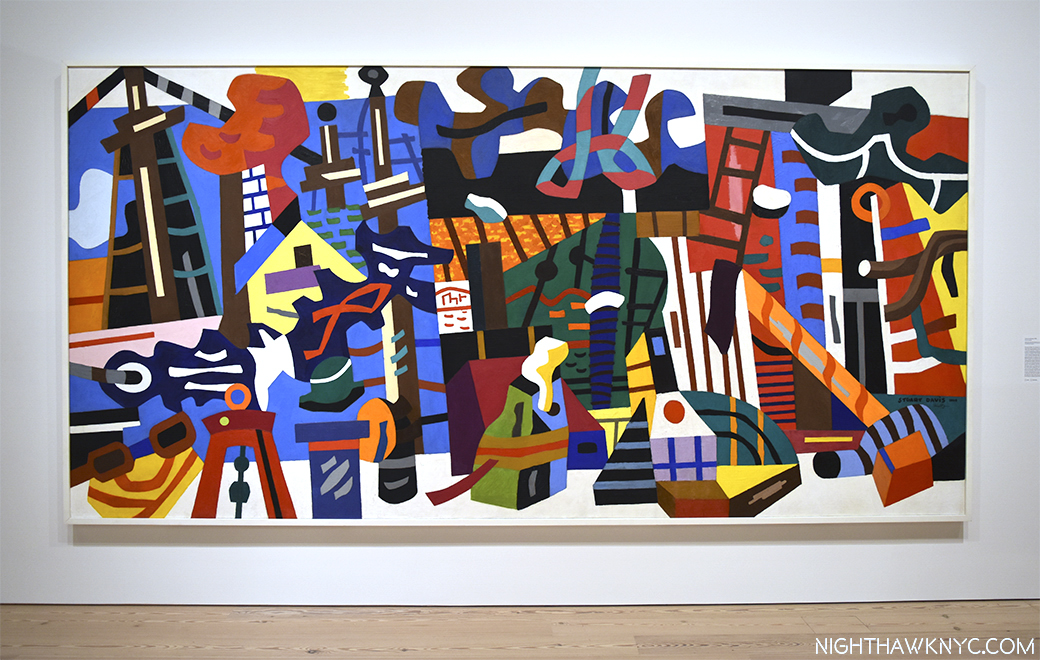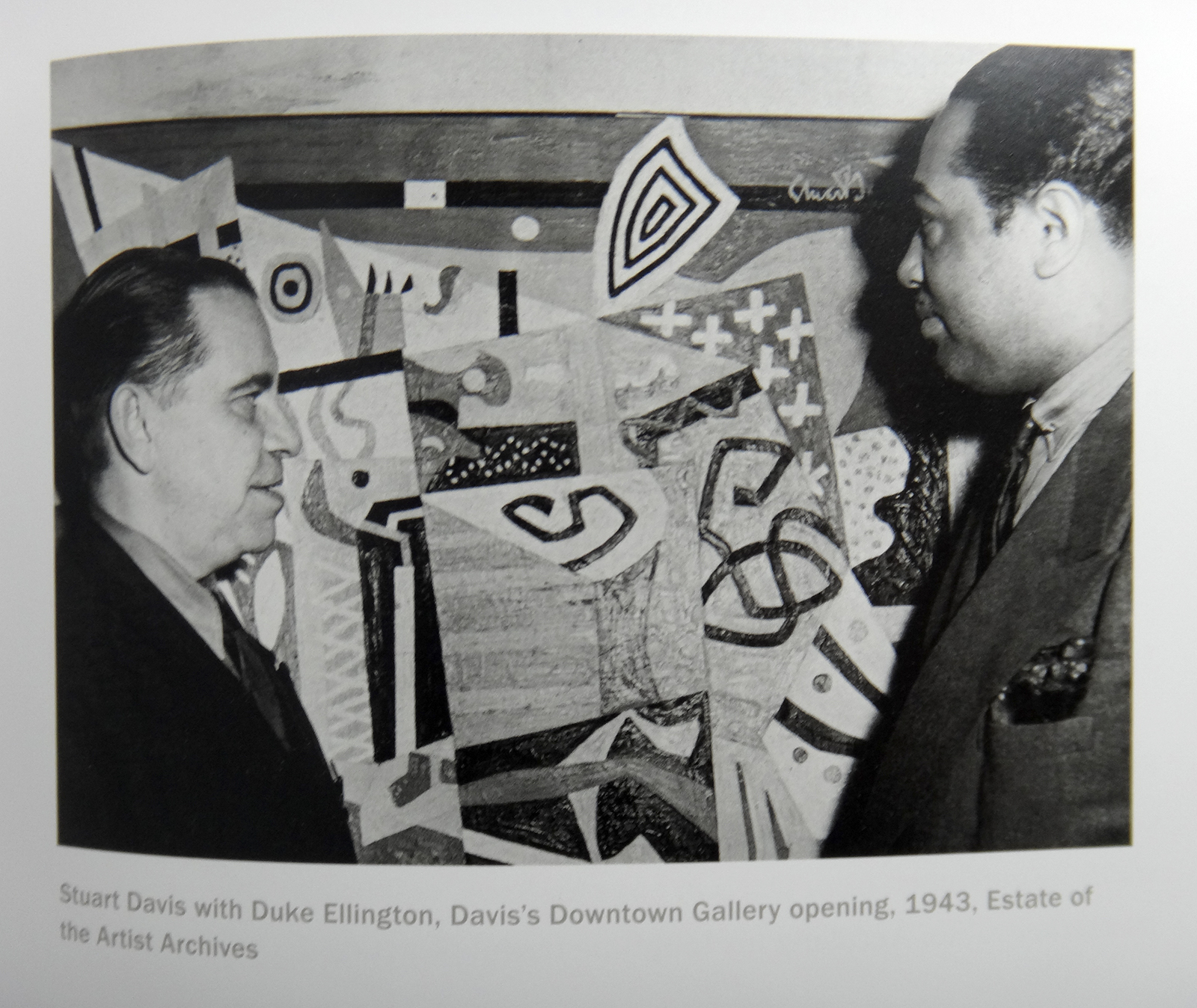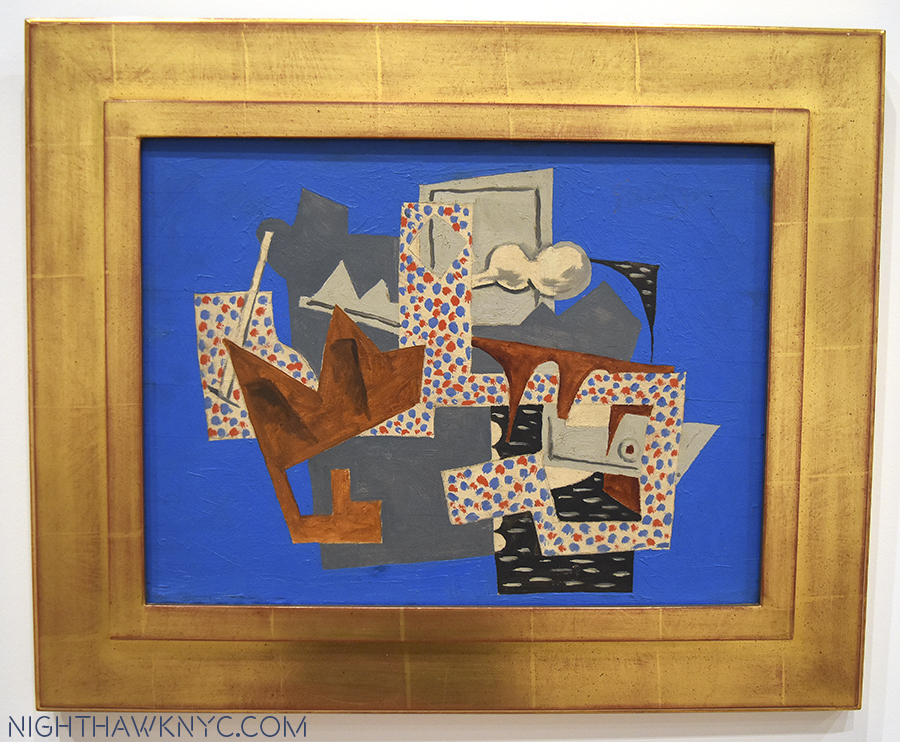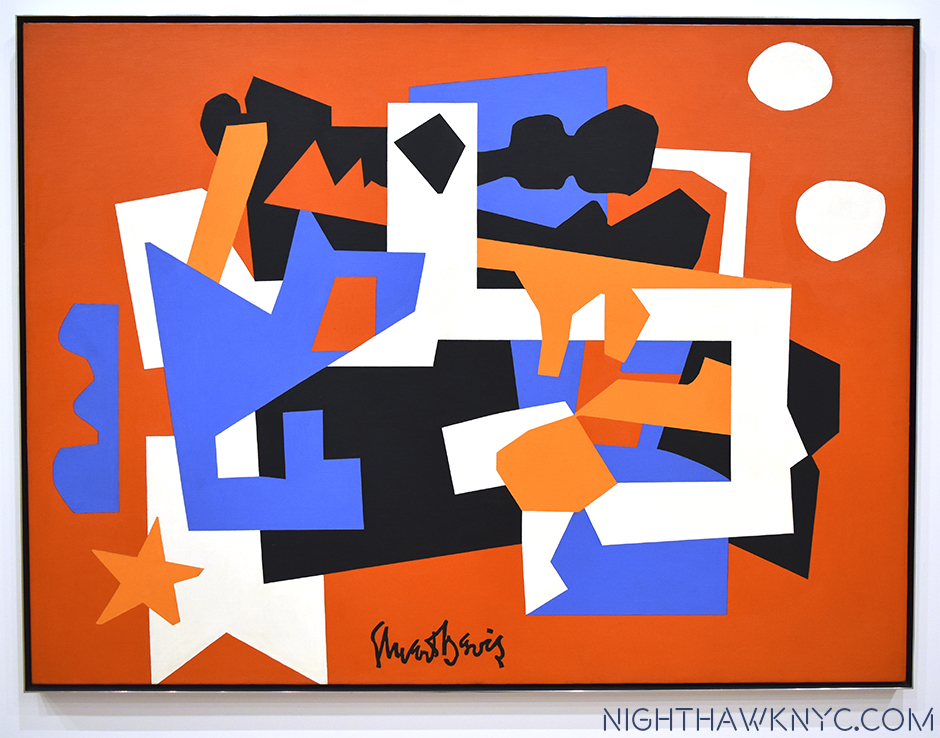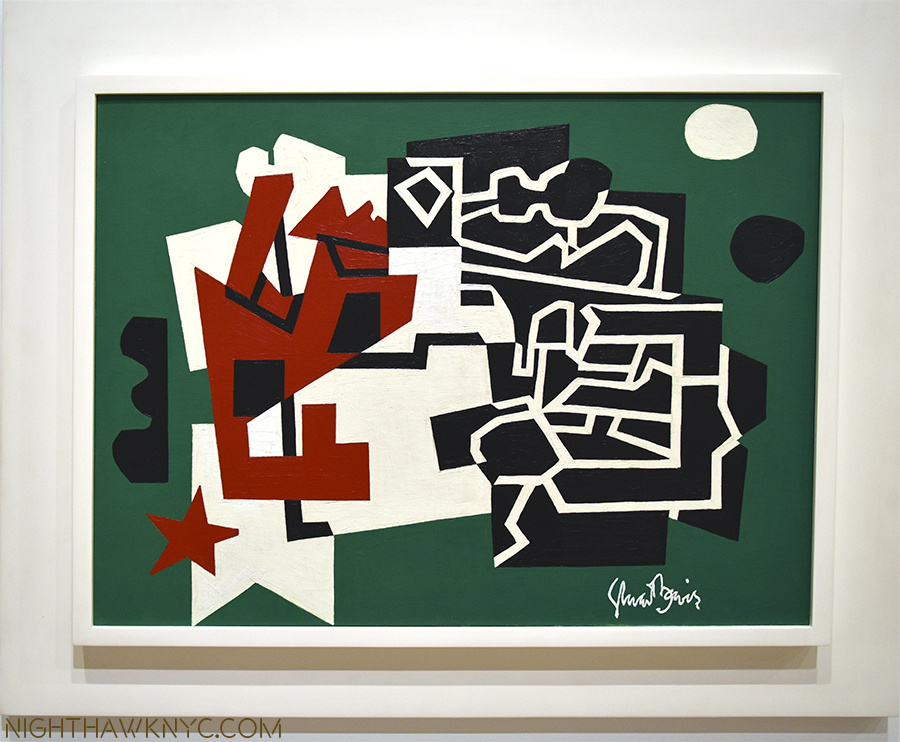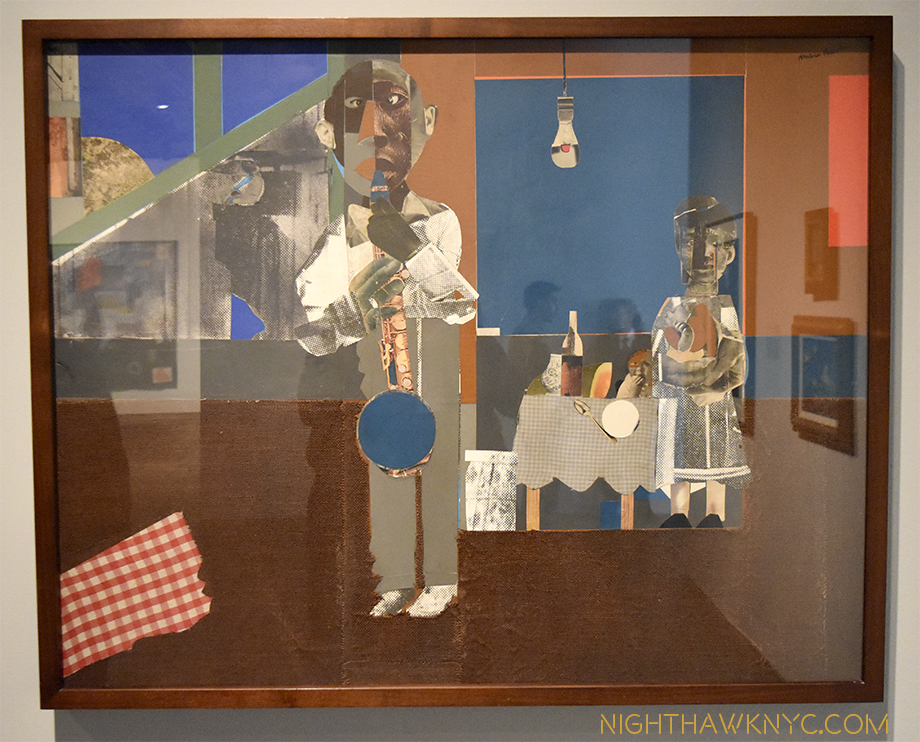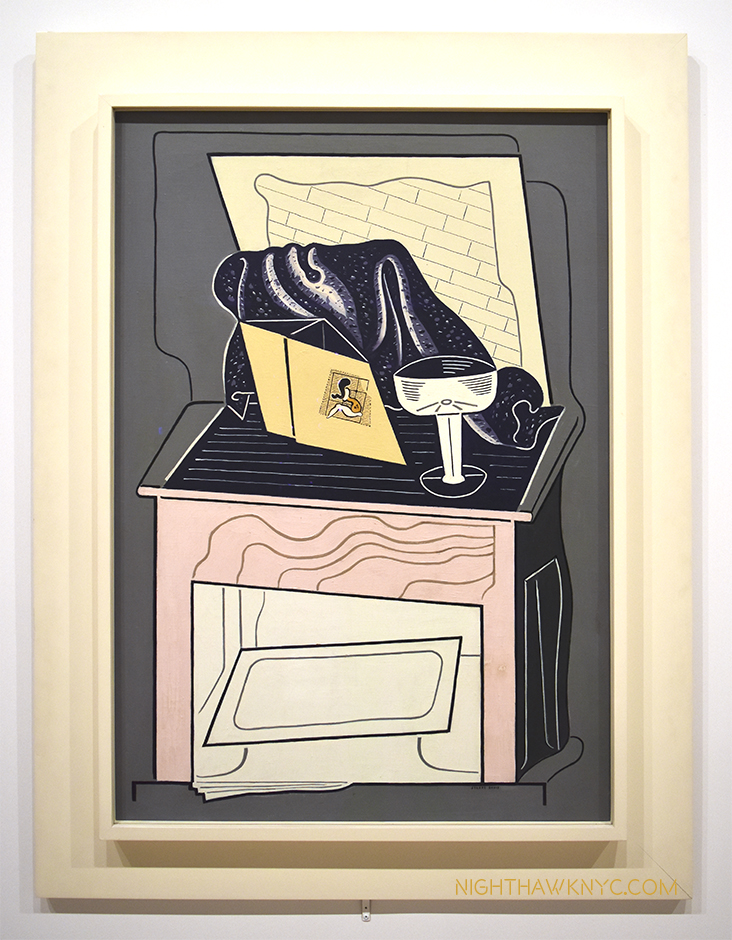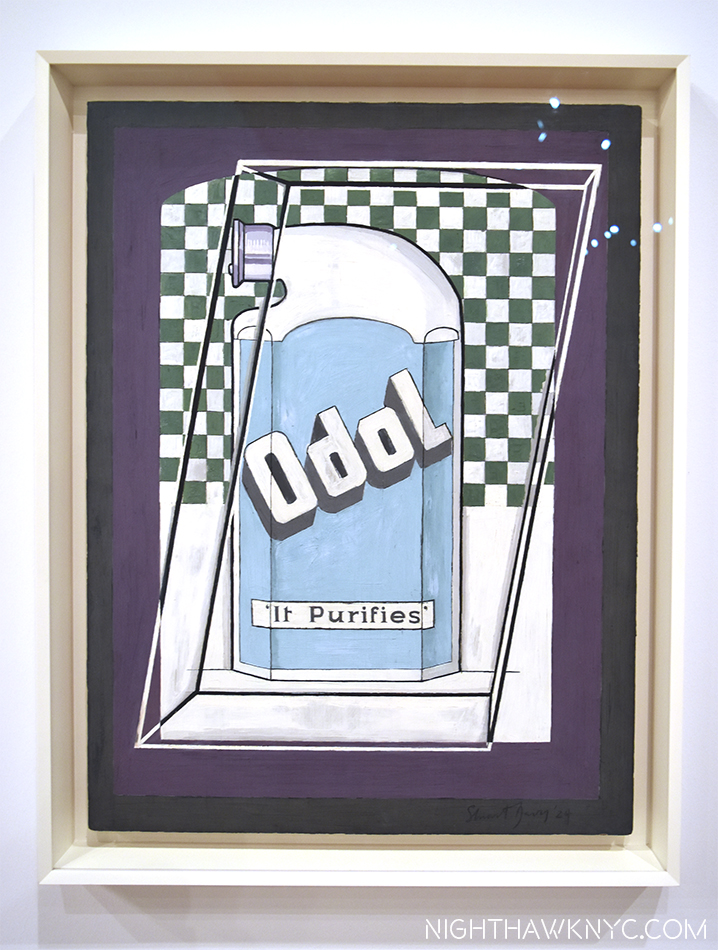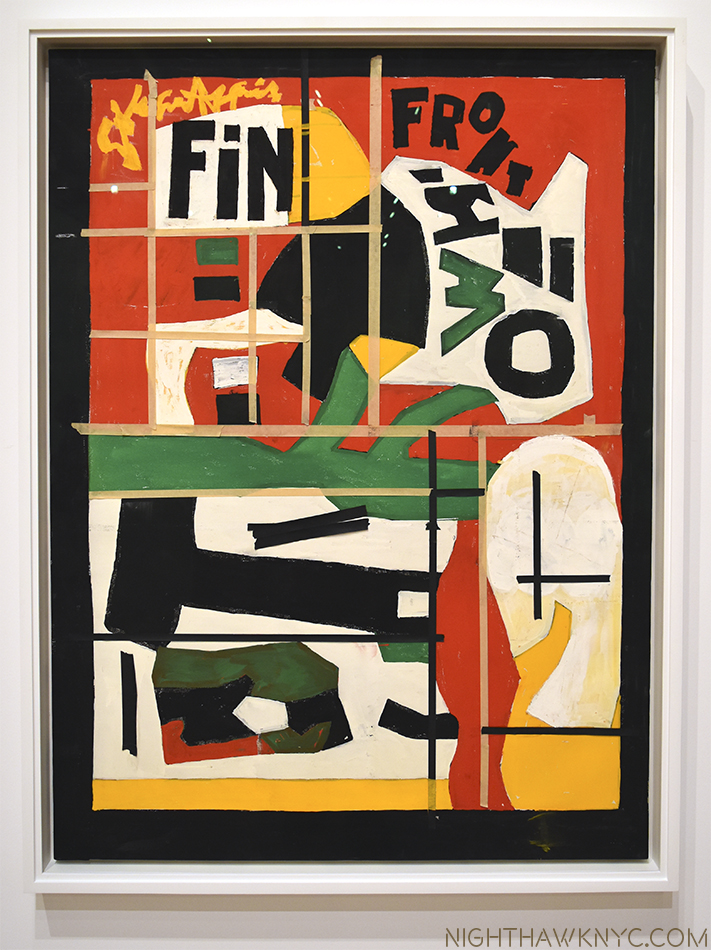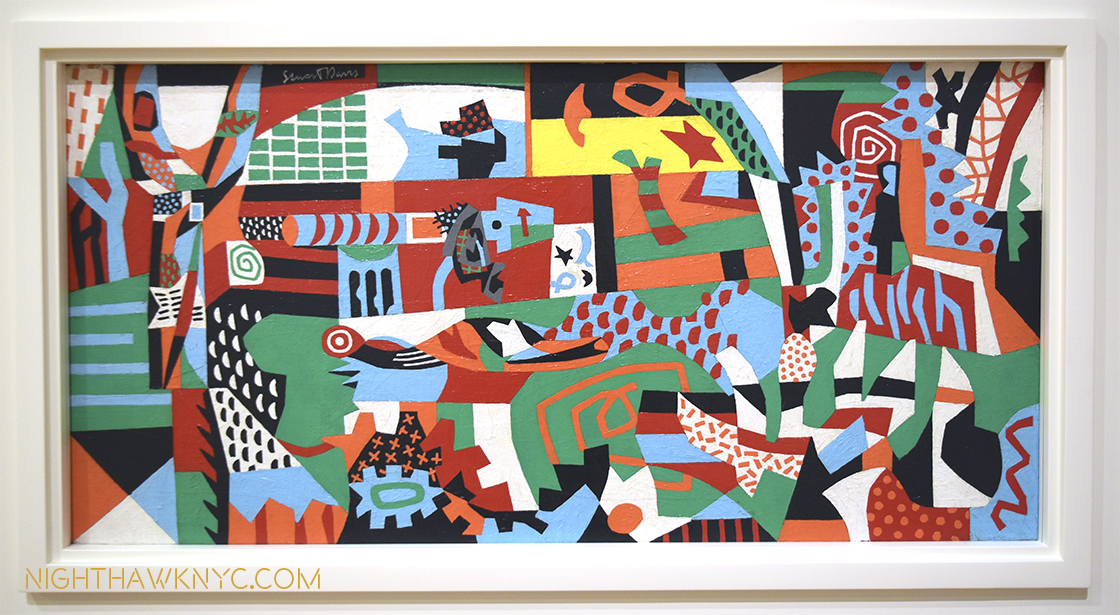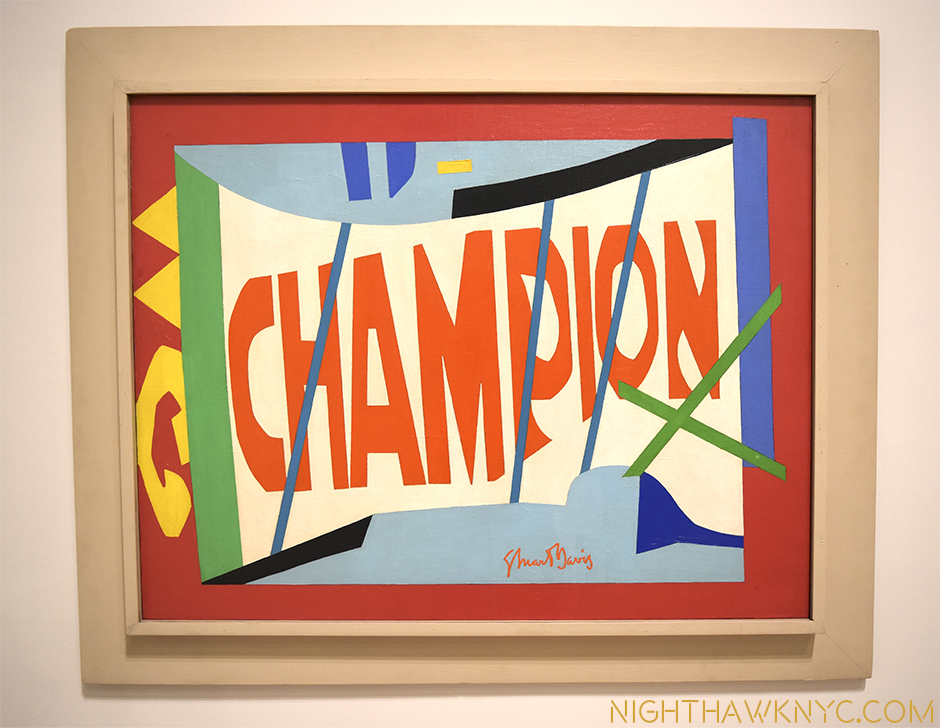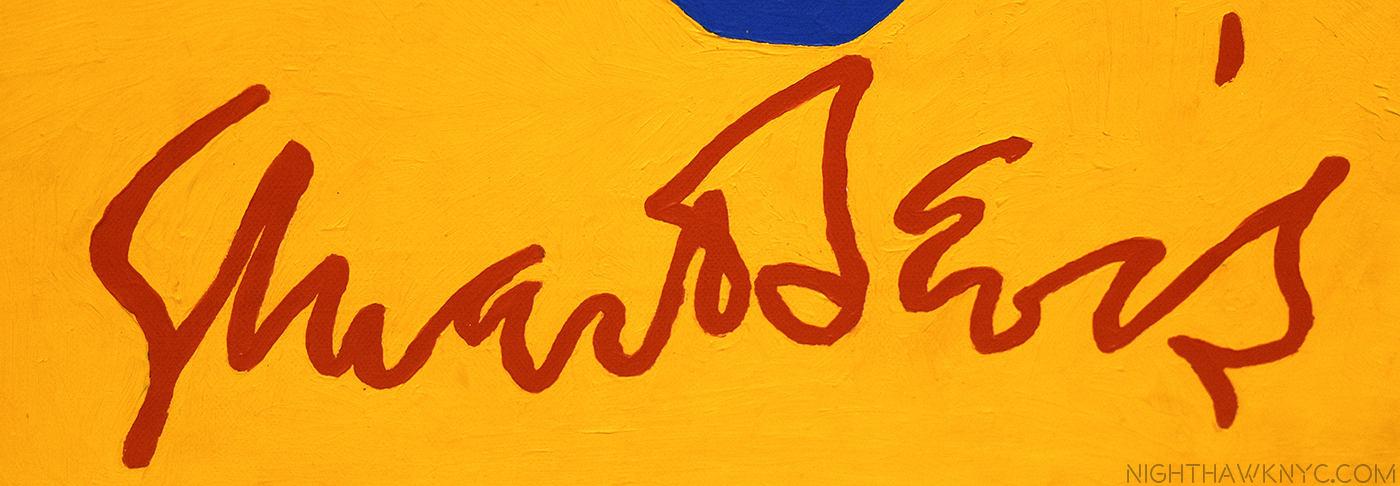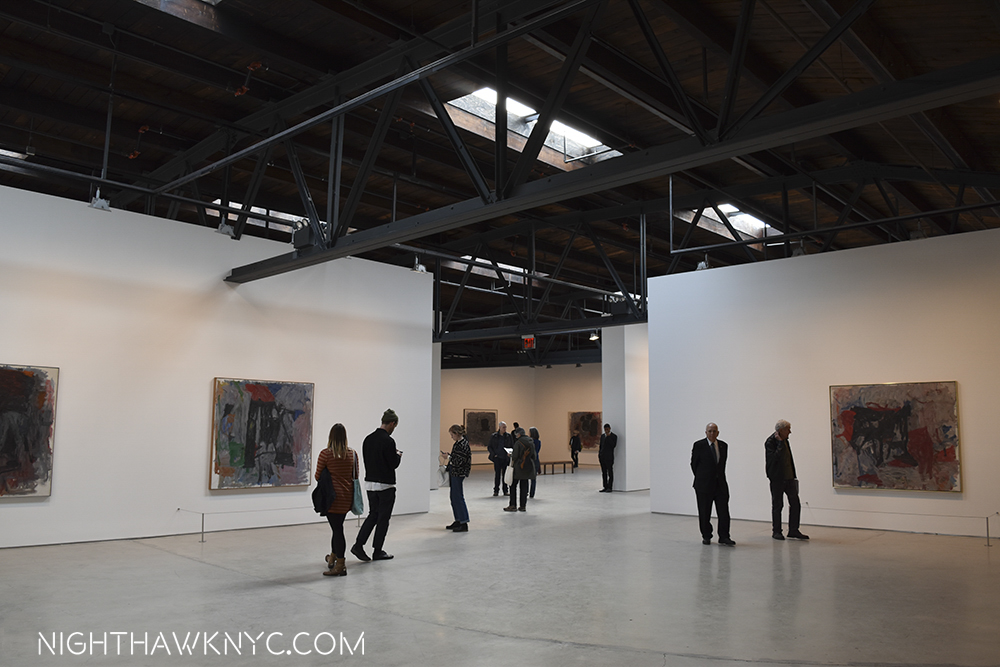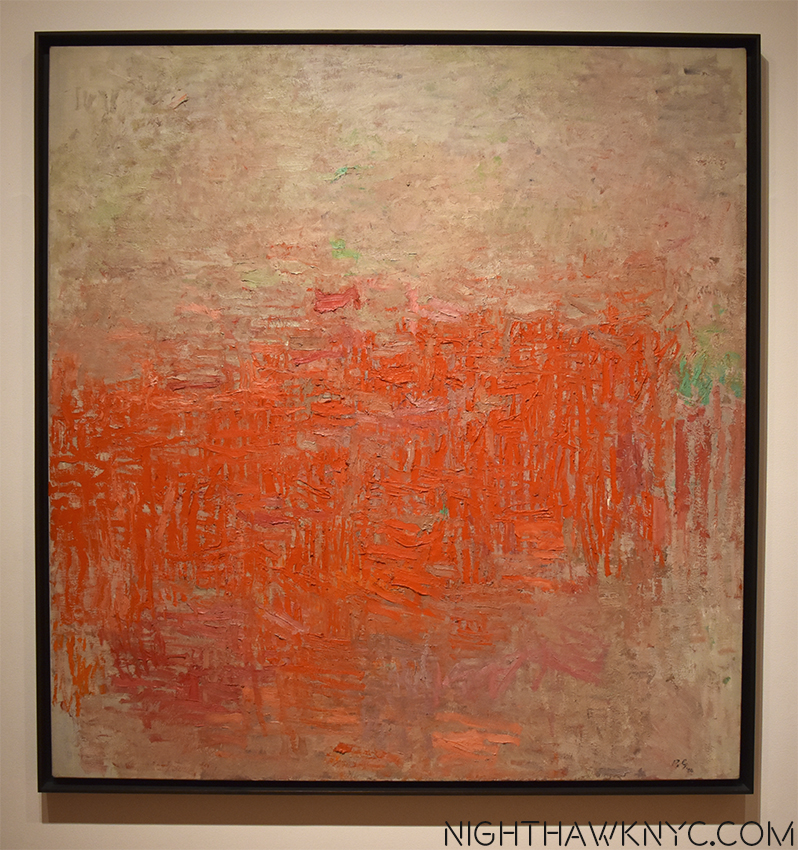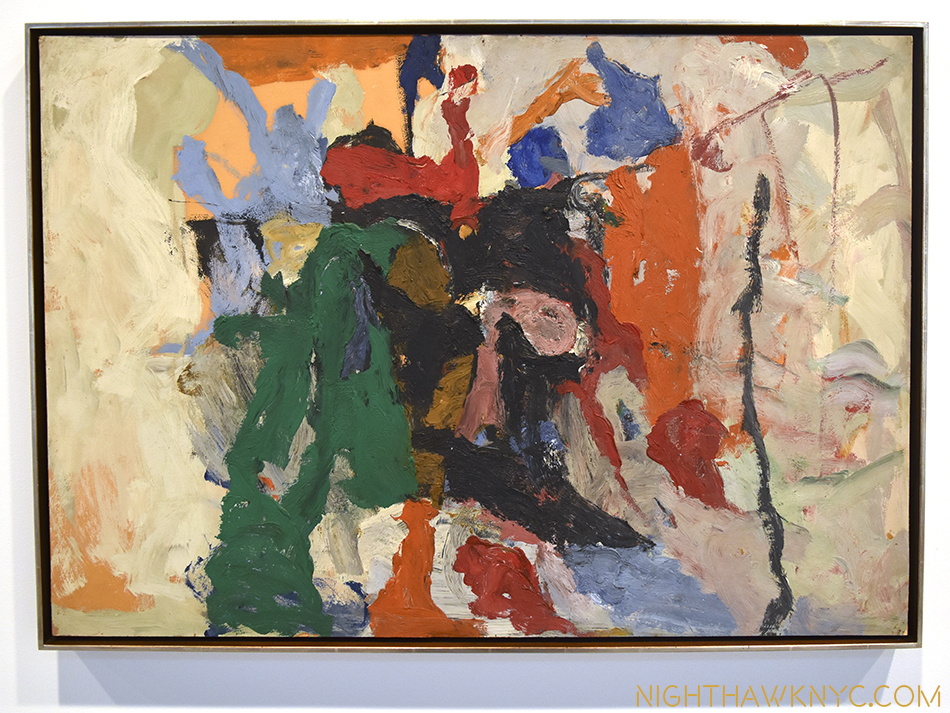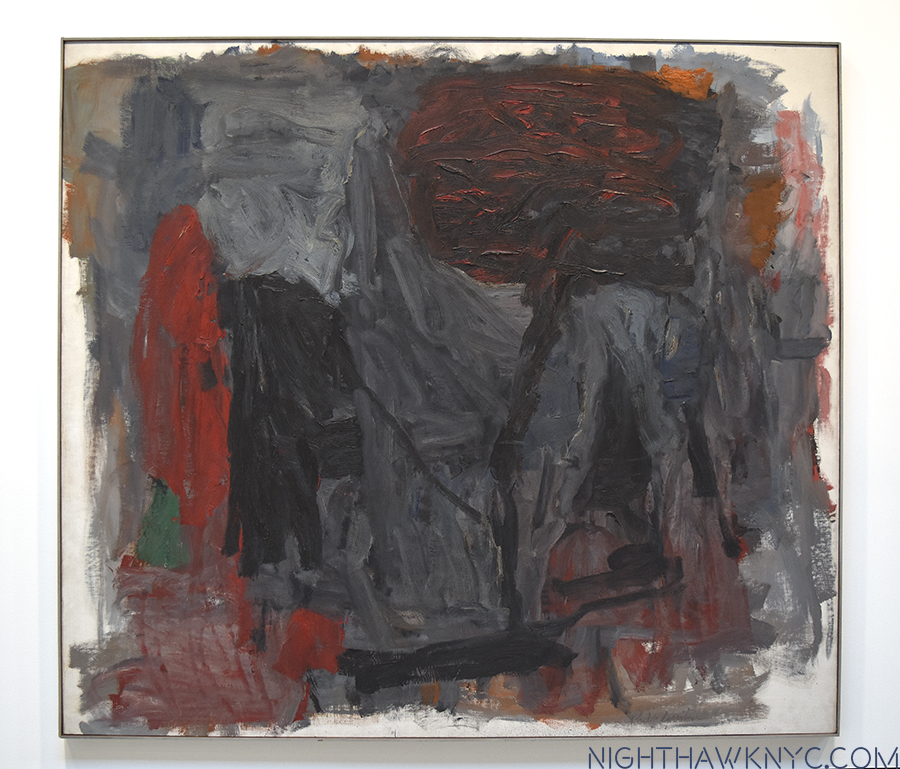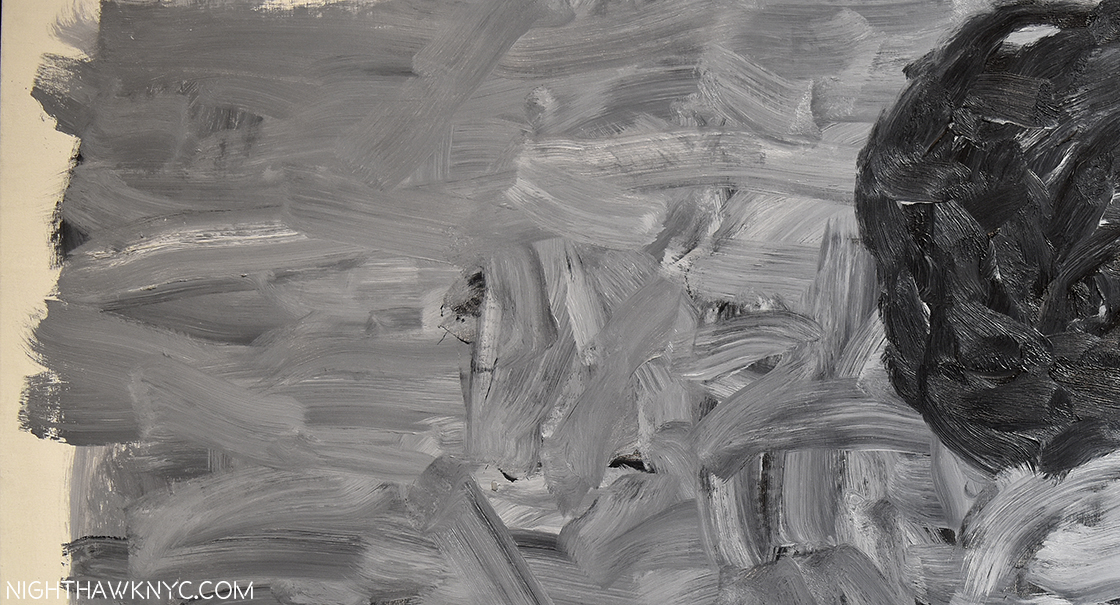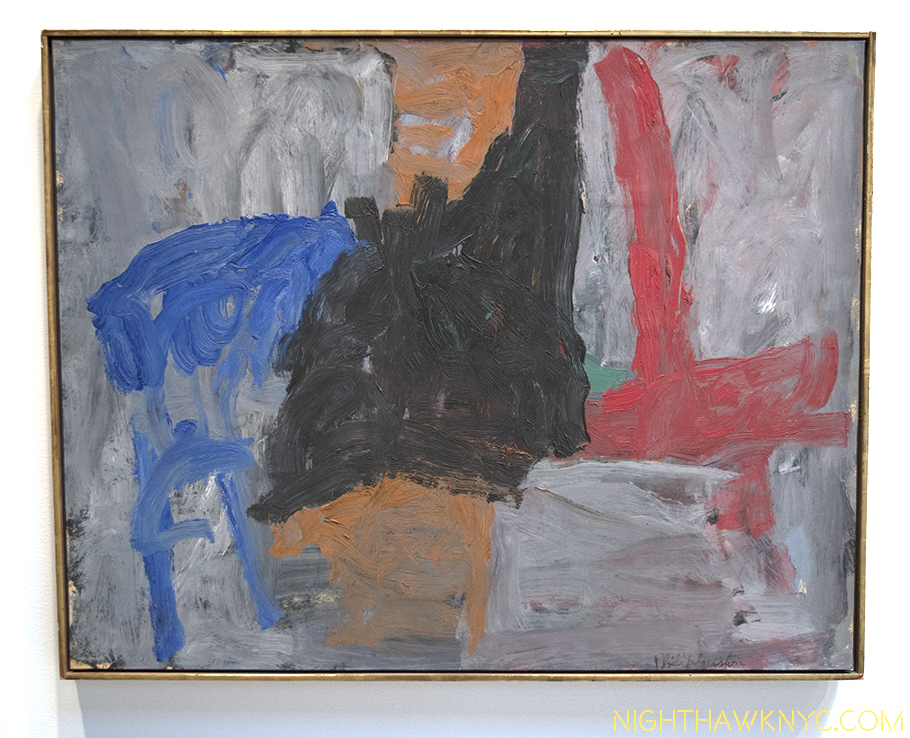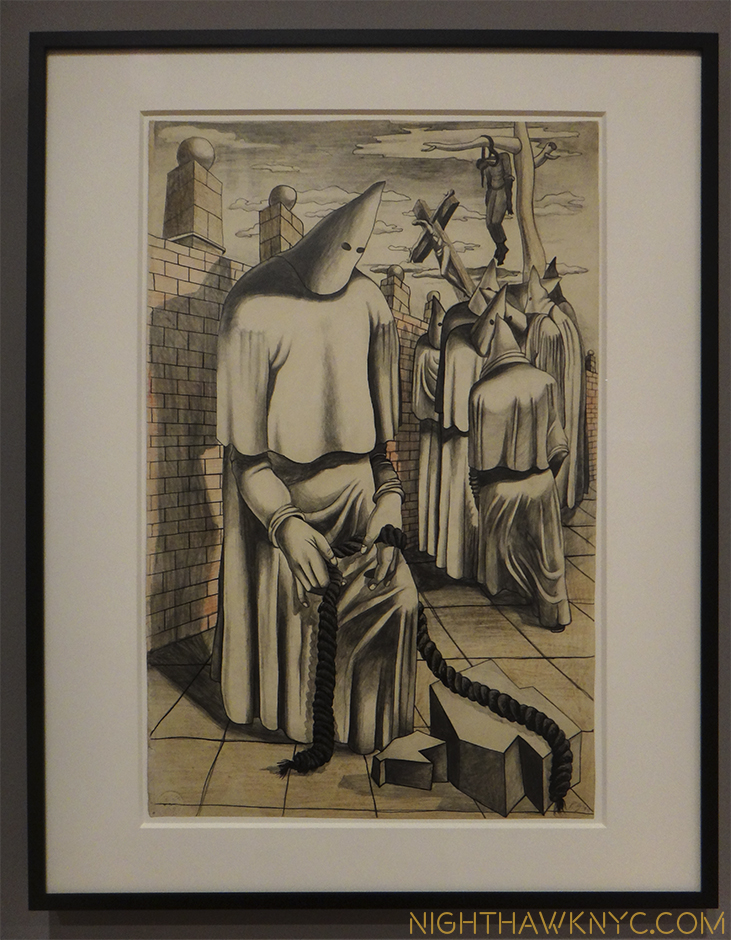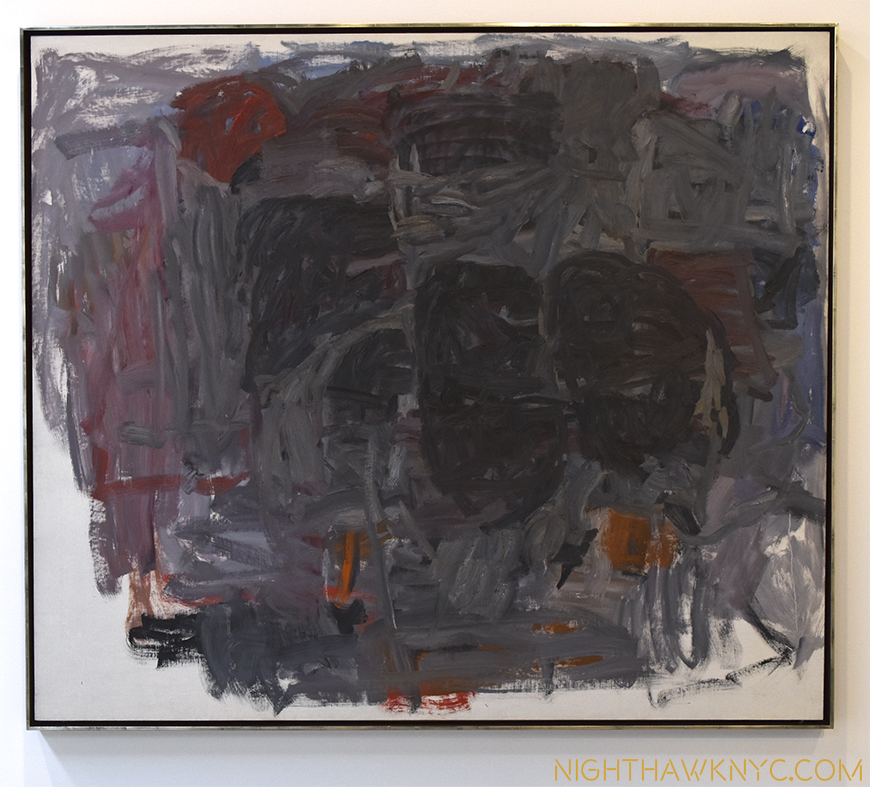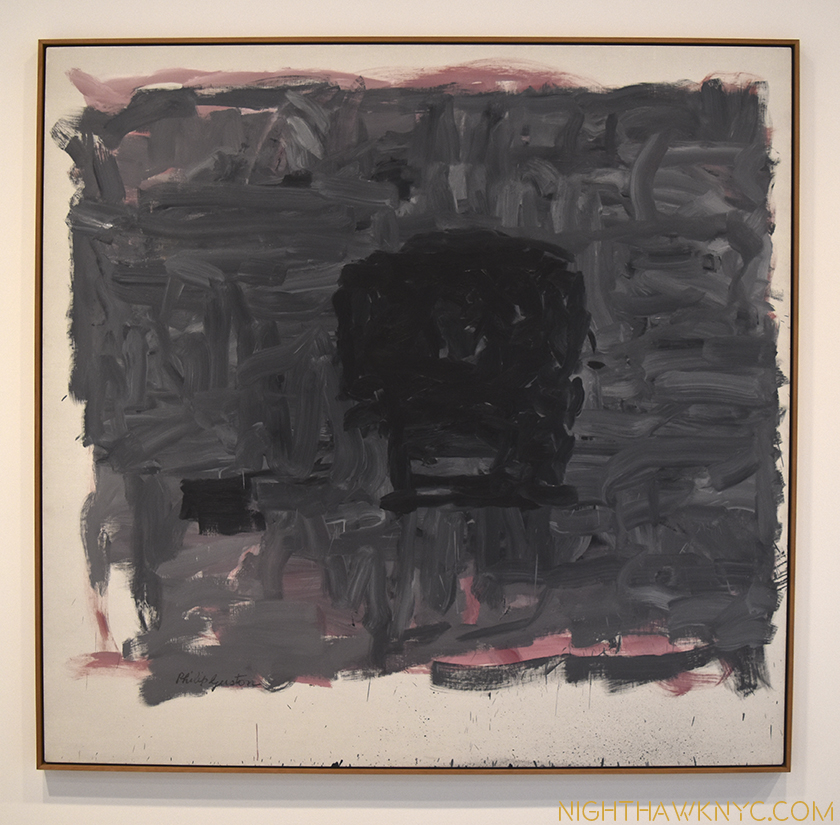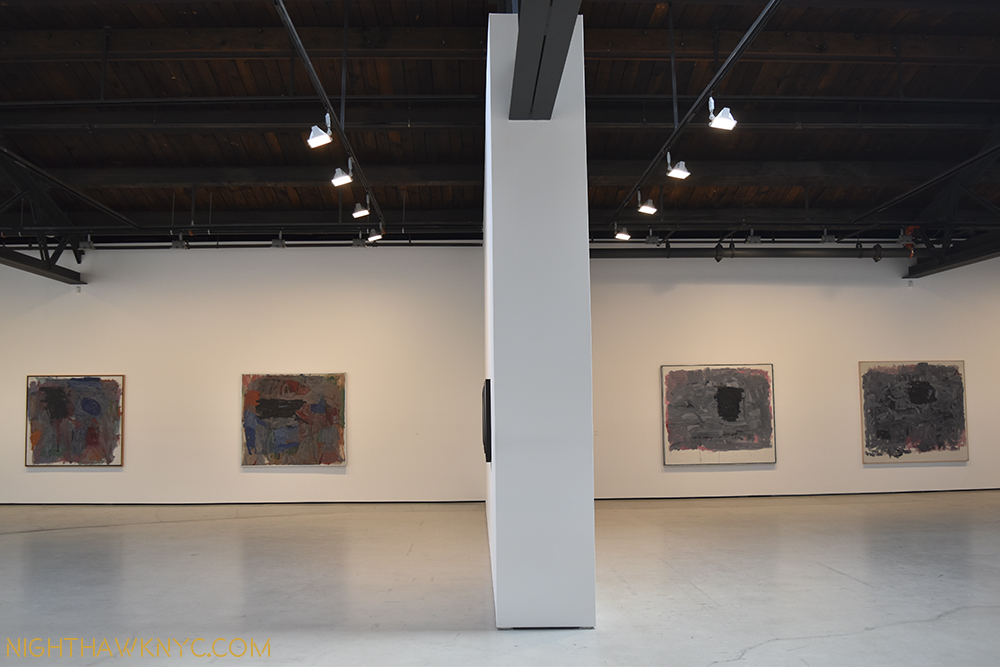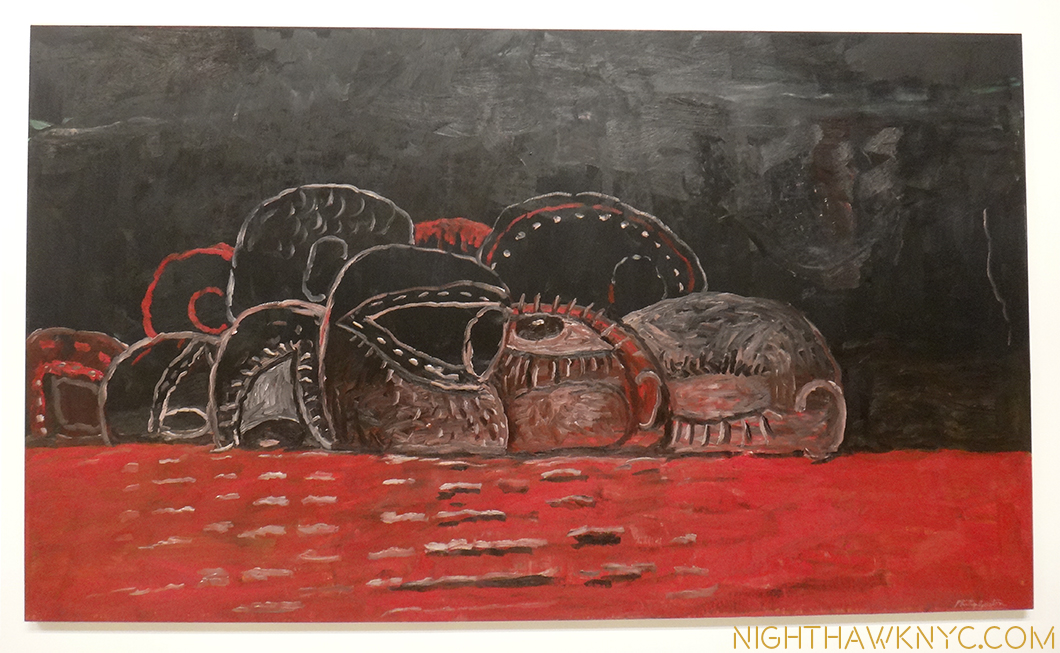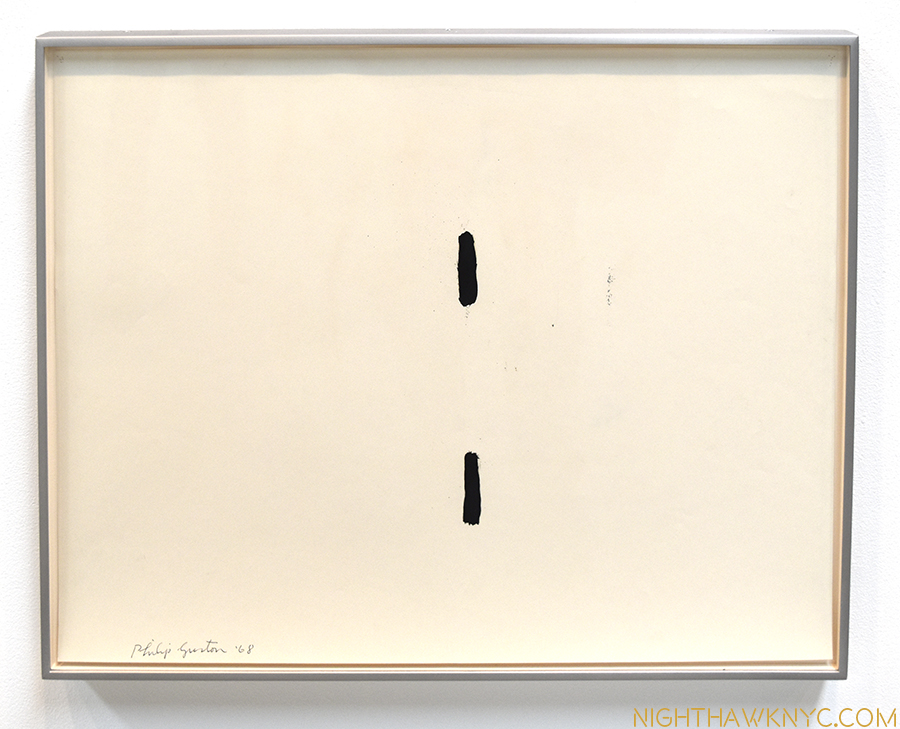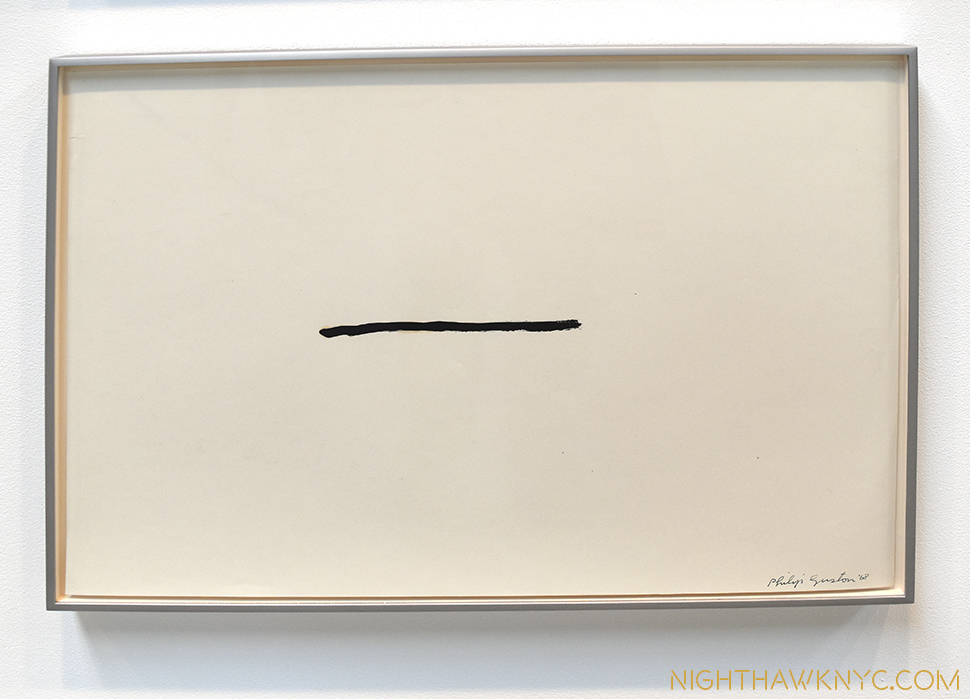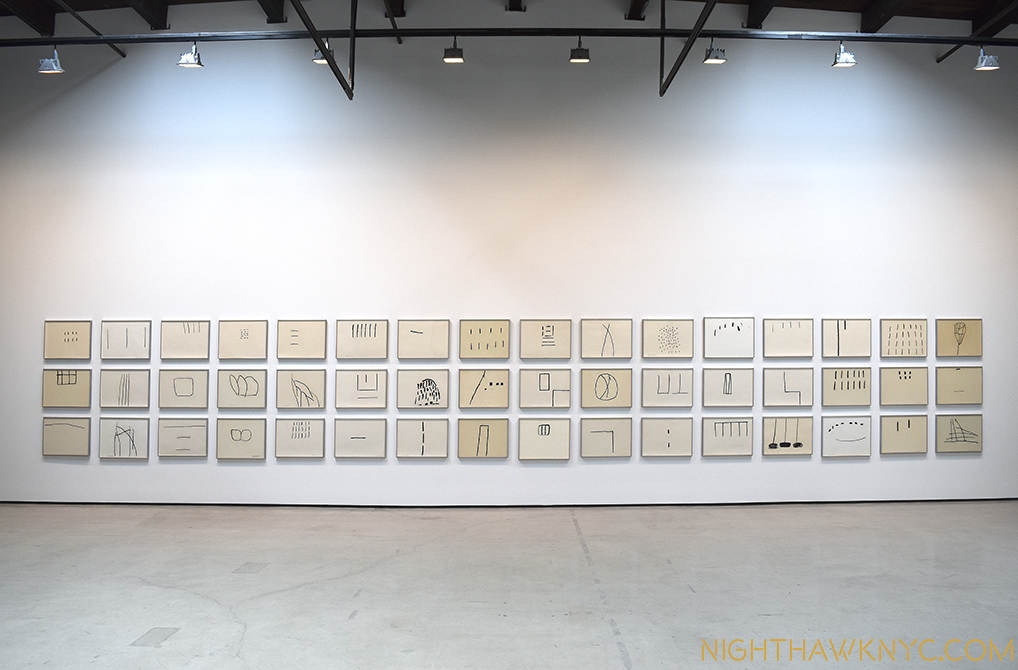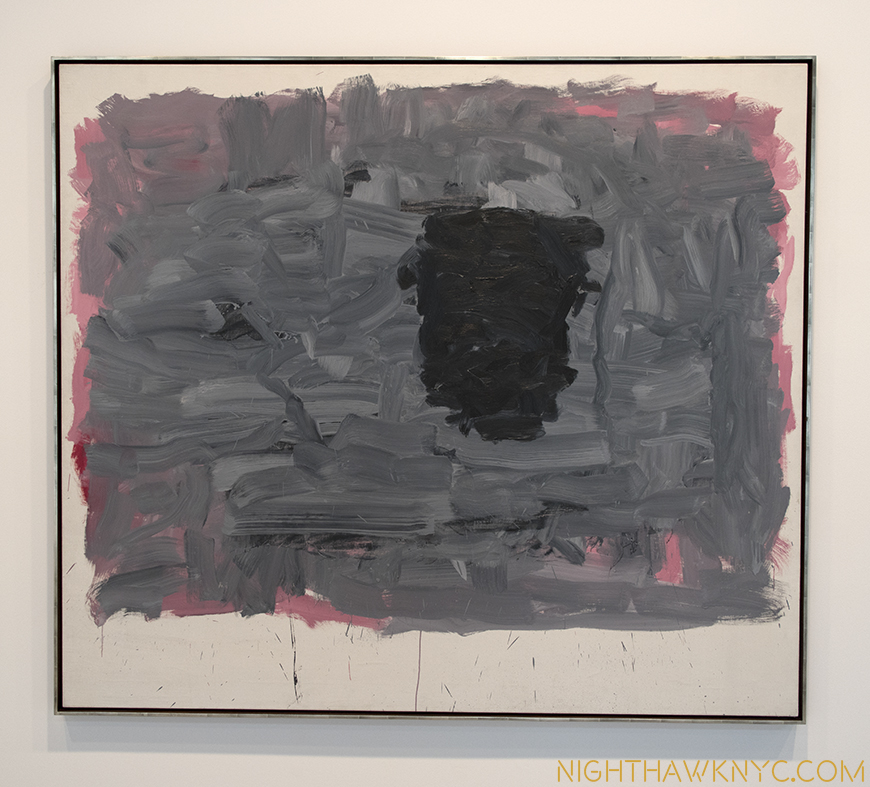This site is Free & Ad-Free! If you find this piece worthwhile, please donate via PayPal to support it & independent Art writing. You can also support it by buying Art & books! Details at the end. Thank you.
Written & Photographed by Kenn Sava.
I grew up in a pre-determined life.
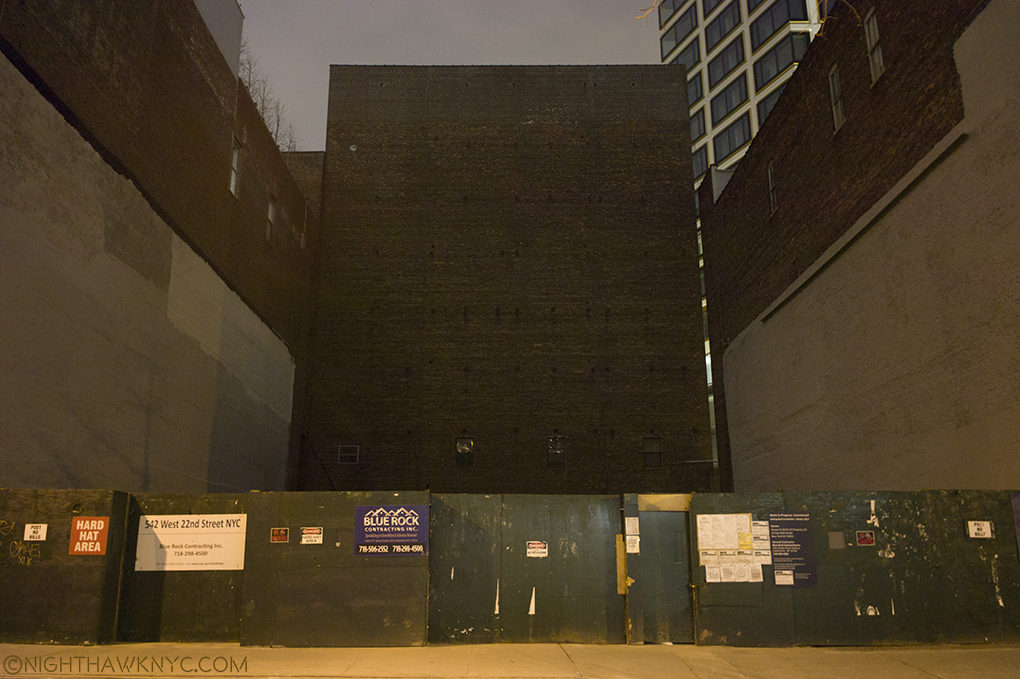
An empty lot? No, this is the box I grew up in. Click any image for full size.
I existed to follow in my father’s footsteps. The problem was that I had absolutely no inclination, or desire to do so. Right through high school graduation there was never one iota of thought or discussion given to thinking “he might want his own life” by my family. After I escaped, by going on the road with a band, my family actively worked against my efforts trying to force me to come back to their plan. I disowned them in 2005. Lots of lonely holiday seasons have followed. By then, the die had been cast. I wound up knee deep in a career I never wanted to be in just to survive.
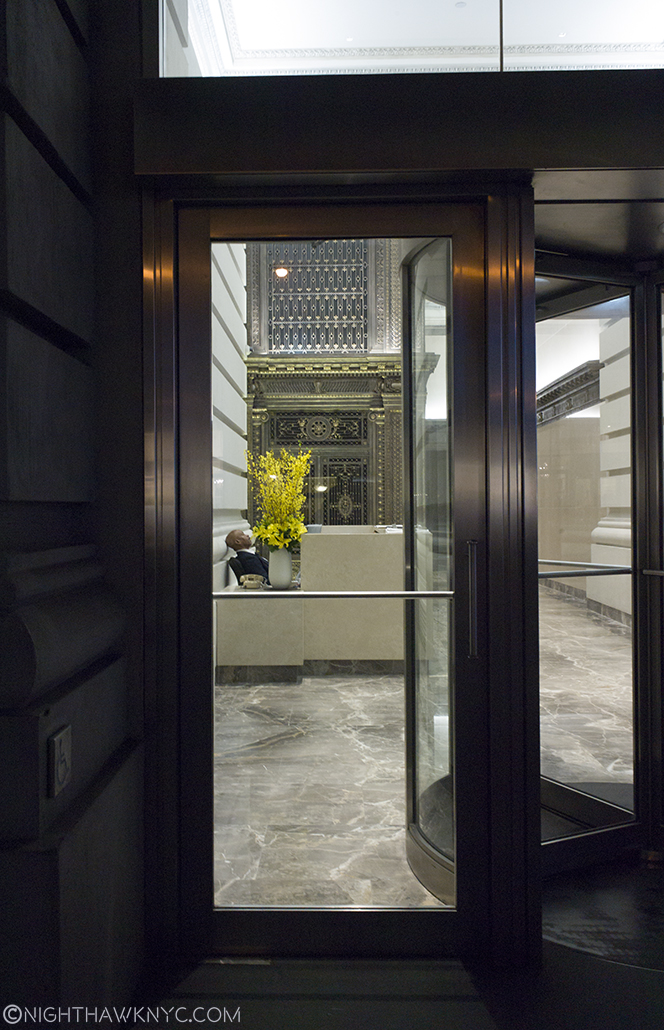
I know how he feels.
Finally, I dug myself out and got back to having a career in music, which went very well, until I got fed up with the record business (back when there was a record business), but that’s a story unto itself. Then, in 2007, I was diagnosed with cancer. I got the news, the results of my biopsy done the previous week, over the phone while I was sitting in my office.
“How was your weekend?,” the doctor asked quite casually. “Good,” I said. “That’s the good news. The bad news is that you have cancer,” were his exact words.
Time stopped. The clock read a little after noon as I recall.
I could see the blurred shapes of my coworkers walking in front of the glass walls of my office who’s door was closed, but, after those words, that room symbolized how I felt. It felt like I was in this box surrounded by immediate circumstances- this diagnosis and my job. It felt like a room I’d never been in before. The world was going on outside of it, beyond the glass walls. I could see out the window across the hallway and see sunlight coming down the narrow street, shining on the windows on the other side, a few hundred feet distant.
I was in a different world now.
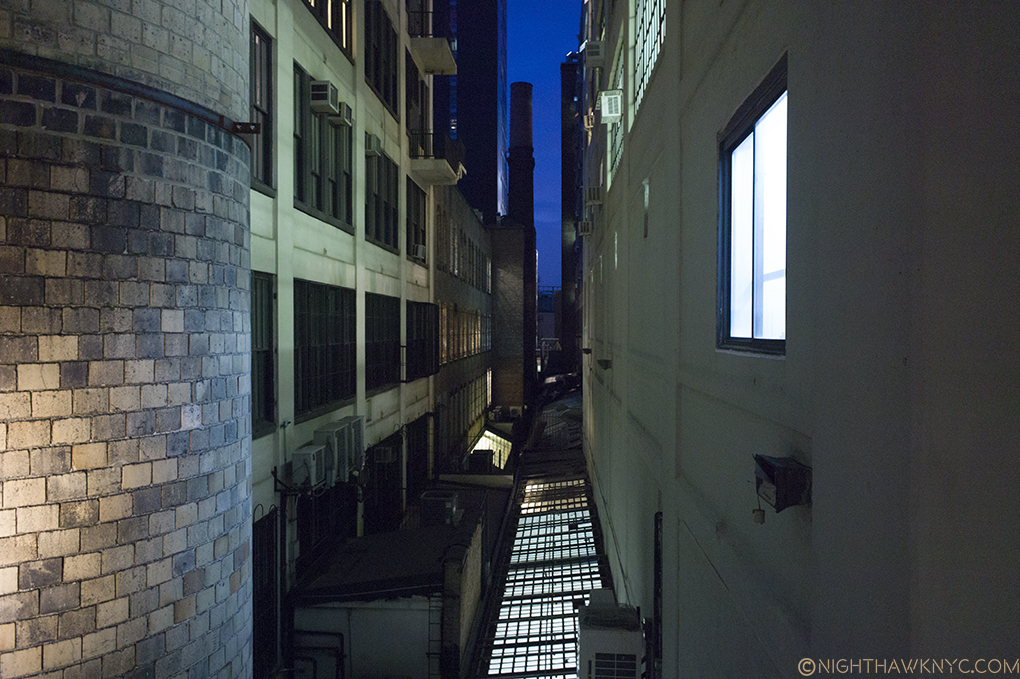
No stranger to spending a lot of time alone, I was now in a world inside myself, more fully than I had ever been before.
After giving me my diagnosis on the phone, he said you really should come in to talk. “Yeah. I guess so,” I remembered saying. I was barely listening at this point. Disbelief is the first thing that hits you.
A few days later I went to meet with him, he sat down, and said to me “I had to show your slides to my colleagues. We’ve never this before.”
Huh?
What could possibly be worse? To get a diagnosis with cancer, THEN the doctor tells you “we’ve never seen this before.”
!?
Apparently all 15 of my biopsy cores came back with cancer. I asked “Are you sure those are my slides?” He said yes, and I don’t remember anything of the meeting after that. It was like a window shade rolled down over my mind after that, like it had been glazed over. I walked out of the hospital, in a daze and crossed insanely busy Park Avenue (which runs both ways) a few hundred feet north of 14th Street in the middle of the day without even looking to see if traffic was coming! Somehow I made it across to Union Square. To this day I have no idea how I got there. I walked back to work at 2 PM. My boss, Rob, who would become a good friend, and the only one I had told at work, came in and sat in my office, he looked at me and asked me if I was OK. I don’t remember responding, just sitting there in that space deep inside of myself still in shock.
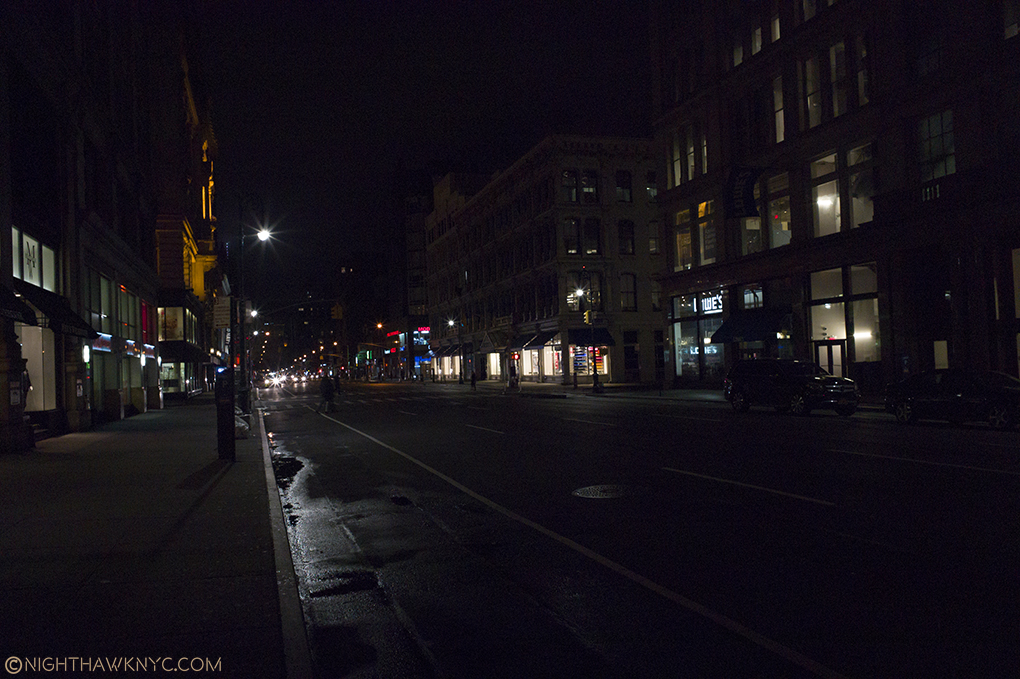
Cancer? And? It’s bad?
I’ve never really been sick a day in my life. I’ve never had surgery. I’ve never spent the night in a hospital. There was no cancer in my family. I broke a bone in my hand once, I messed up my knee a little bit, I destroyed the hearing in my left ear playing in the band, and I destroyed my feet wearing rock ‘n’ roll shoes onstage made by the guys who made Kiss’s famous boots. That’s been the extent of my health issues in my life. To be diagnosed with cancer, and have to work your way through the biology, the medicine, the treatment options, the incredibly incomprehensible technology, and try to figure out, alone, what is the best treatment for you, is the hardest thing I’ve ever had to do.
Shock was the first stage for me, and it was quite a while before I got over it. Looking back now, it was years before I got over the shock that yes, I have cancer. Growing up, cancer was a death sentence. One thing I learned that even then, in 2007, most people I eventually told, treated me like I was going to die.
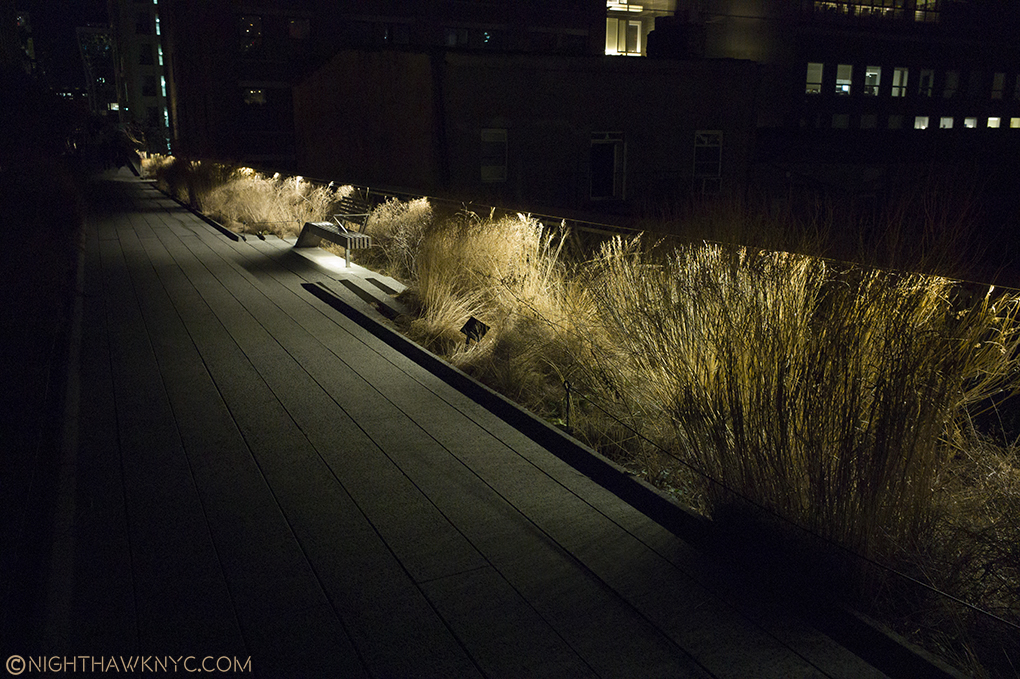
I was alone as I’ve ever been. Why is there even a light on?
Given all my responsibility at work, I didn’t say a word to anyone else there about any of this. A few days later my boss, Rob, came in and announced he was leaving. ! What? Are you serious? He got a better offer. The owner of the company, who still didn’t know, wound up giving me his job. He was the CFO of the 3 corporations with offices in 3 states! He was making $150,000 more than I was making. I was the Controller, but I wasn’t a CPA, which he was. And? I didn’t get a raise.
I had to deal with researching treatment options, not to mention the strain of being newly diagnosed with cancer, while learning his job, at the end of the year with a financial closing period looming for three corporations. I don’t know how I got through all of that. I had two full-time jobs. Learning about cancer, looking for doctors, and researching treatment options, side effects and outcomes, was the other full time job.
Well? At least I didn’t have to worry about “celebrating” the holidays!
I did my due diligence, learned as much as I could, got four opinions, and then decided on the treatment. And then? Every cancer patient’s worst nightmare happened. I picked the WRONG treatment. I chose to have hormone therapy followed by two types of radiation treatment. That’s 3 treatments. Why? Because I just didn’t want to have surgery. People die during surgery.
So, at peace with my choice, that I had avoided surgery, I went back to the hospital to begin my treatment. The doctor who had diagnosed me and called to give me the news sat nearby holding the needle with the hormones in it about 2 inches from my left arm. He said, “You know you’re not going to have any libido for twice as long as you’re going to be on this, right?” The treatment was scheduled to take 2 years. So? That was four years. “Um, what? No. I didn’t know that.” I had asked the question during the original meeting, but didn’t ask the right follow up question. Uggh!
I stopped him. He, basically, saved my life right there.
I went home devastated. After all of this, all of these opinions, all of this research I had made a mistake!
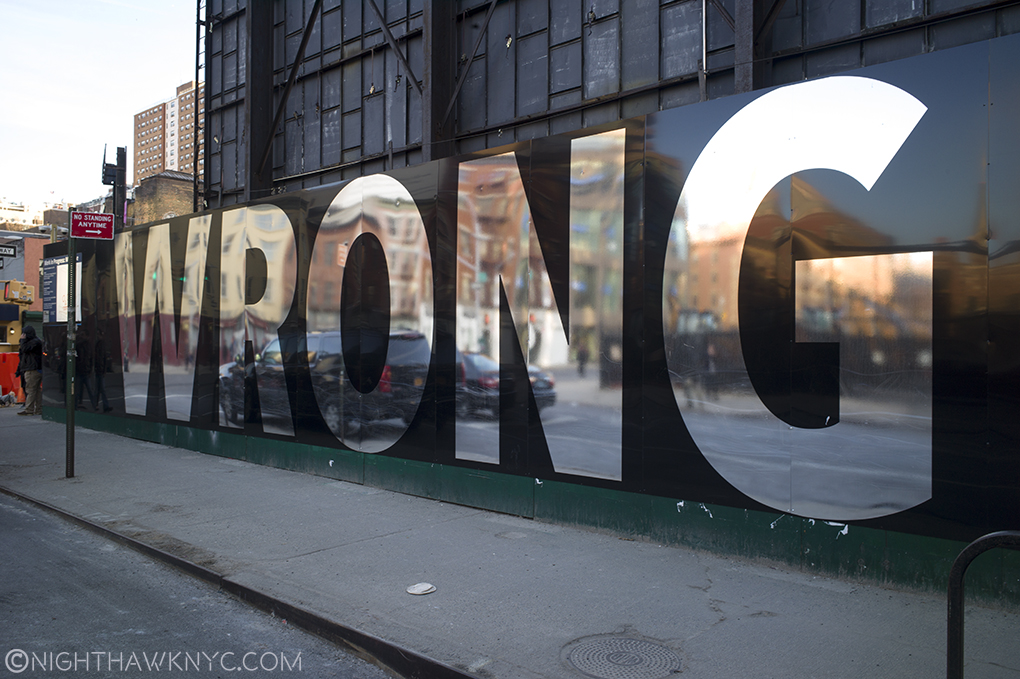
The writing on the wall SCREAMING at me. These letter are about as big as the mistake I made.
This treatment plan was chosen for the WRONG reason- basically, for my comfort. Since it wasn’t surgery, it was in my comfort zone. Ok. So? Now what, Kenn? The cancer is still here.
I had no choice but to start over. Square one.
Going to back to the beginning, I had to face that the most basic fact was the one I wasn’t focused on COMPLETELY. And that is-
Cancer was trying to kill me. This was WAR.
I then asked myself a hard, fundamental and essential question- What do you want to accomplish through treatment? There was only one answer. Get ALL the cancer out of my body as quickly as possible, via the means with the longest track record of proven results. By that I mean long term survival rates free of cancer.
A woman reached out to me online to tell me about her husband’s story. He had been treated and it hadn’t gone well. He had bad side effects after, and both of their lives were now negatively impacted, every day, by them. Then, she said, “If I had to do it over again, I’d insist he go to Dr. Samadi.” Who? He’s a surgeon. Since my treatment choice had turned out to be WRONG, I decided to consider surgery even though, yes, “people die during surgery.”
Umm..? People die from cancer, too, Kenn! MANY more people.
You want your best chance of getting cancer out of your body and possibly beating this horrible disease? Surgery was my best choice. (Mine. Every diagnosis is different. I am not a doctor and I am certainly not giving medical advice here. What worked for me may not for someone else. There are side effects from any treatment, and they are just one factor that needs to be carefully considered.) I was still young enough that if surgery didn’t work I could have radiation treatment(s) after. In my case, I couldn’t do it the other way around. I posted on a cancer support website asking who other patients thought was the best surgeon in NYC. About 20 people responded in 24 hours. Dr. Samadi got 3 votes. No one else got more than 1. The next day Dr. Samadi, himself, contacted me through the website.
“Hello. With your diagnosis, I can treat you and your prognosis will be excellent.”
Huh? What “good” doctor is on the internet looking for patients?
I didn’t respond. My bias against using the internet for this returned. What was I thinking looking for a cancer doctor ONLINE? The road to help, and an answer, felt endless…cold, lonely. It was November, outside and the dead of winter in my soul.
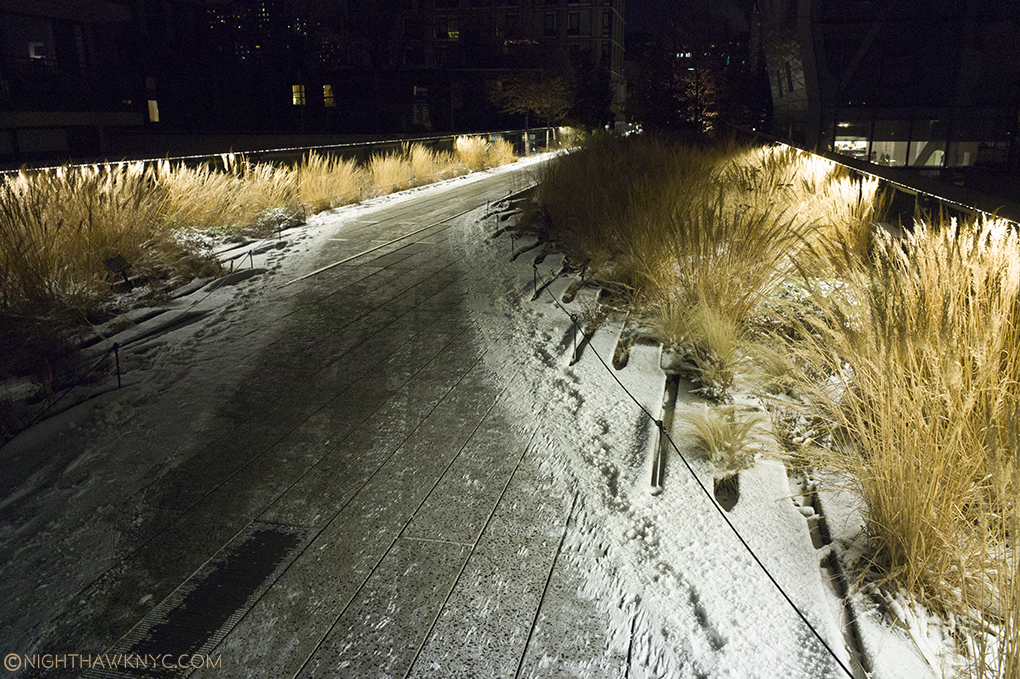
Life lies dormant on The HighLine in February. The path stretches far out ahead into the cold night…
About this time my friend, Fluffy, told me to try Columbia Presbyterian. President Clinton had been treated there. So? Being as Dr. Samadi was there, and with these other recommendations, I decided to call his office.
No one returned my call. ?
I decided to finally write back to him and tell him I tried. He said, “I’m leaving on a trip tomorrow at 1:30pm. Just come to my office and I will get you in.” Without an appointment? Again, irregular. But? Ok. I did. He did. Opinion #5.
I was impressed with every thing about him. He told me he could give me a triple golden outcome (i.e. be free of cancer with neither of the two most serious side effects, i.e. incontinence, impotence). An expert in the (then) new robotic surgery, he also had had state of the art training, and experience, in the two other, time tested types of surgery. Should the robot somehow fail, he could switch to one of them without missing a beat and complete the operation. No other doctor I knew of in NYC could do that. He had treated many patients successfully (I would speak to some). He seemed to have every base covered. The robotic surgery seemed to promise minimal incisions leading to a quicker recovery. I left feeling I didn’t want anyone else to touch me. I realized later that that feeling of ultimate confidence is something you MUST have in a doctor you choose to treat you! I decided then and there to make an appointment to have Dr. Samadi operate on me. I had done a 360 on surgery. Let’s go! It was the third week of November. The earliest appointment was in March!
What? Let me get this straight-
He’s booked FOUR MONTHS in advance AND still took time to find me online and offer his help (to me)? Wow. Now? I was in awe. It felt like a hand had come out of the sky and plucked me out of the worst nightmare of my life. “Just get on the schedule and I will move you up,” he said, as my condition required quicker treatment.
He operated on me on February 7, 2007. 10 years ago today.
4 hours later, my eyes partially opened. The bottom half of my closed eyes revealed light. I slowly opened them more. There were trees, branches and sunlight. Where was I? It was early February. This wasn’t winter. This was spring. Around this narrow opening of light, it was all darkness. Just a narrow rectangle of light in the lower center. It didn’t look like the famous “tunnel” near death experience survivors speak about. But, there was a center section of light surrounded by blackness.
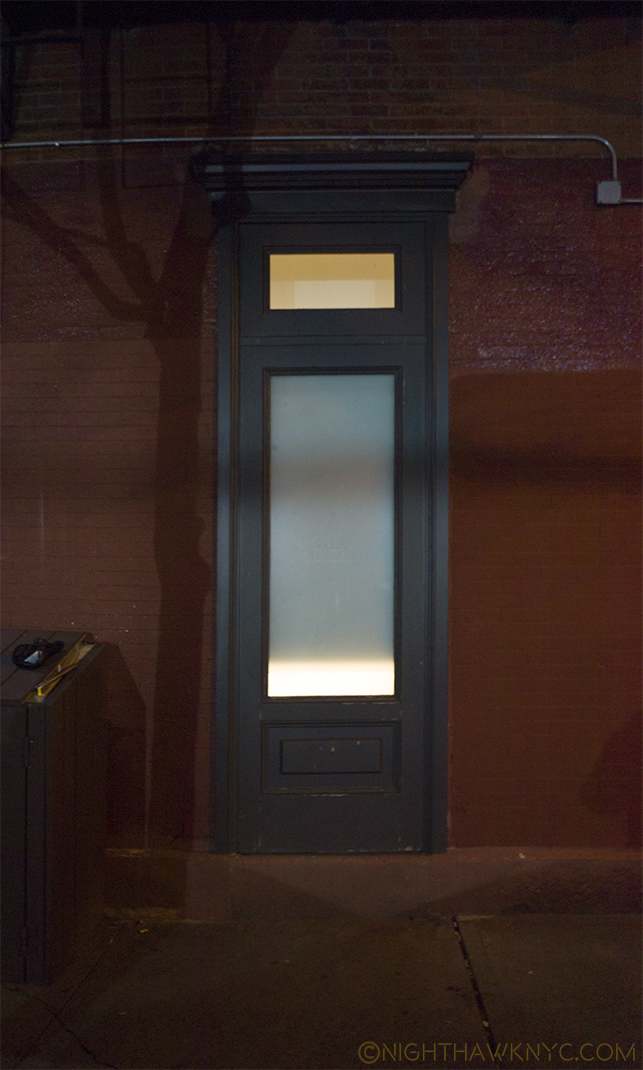
Passing this doorway this week uncannily reminded me of “waking up” that day.
I laid there for over an hour and a half before anyone came over. I was in the recovery room. At least that’s where I was told I was. The light was from an open window about 100 feet across from me. I wasn’t sure I was alive.
To this day? Part of me feels like I died on that operating table on February 7, 2007.
In many ways, my life did end that day. As I realized that, I started thinking of my “new life” as having begun that day, too.
So, today? I’m 10 years old.
The part of my life that DID die from cancer? Ok…
I had no wife, no girlfriend, no family, no kids, no one I could see on a daily basis, there was almost no love in my life. Most of my friends took off after I got sick. The girl I had been seeing did me three days before my surgery, then I didn’t hear from her for four months. Until she sent me a card. A card? You live two blocks away from me. You’re the closest person I know in the whole world to where I live. I’m getting through my recovery alone, in a 4th floor walkup, with no one to help me. And, you send me a card?
She wasn’t the only one.
My “best friend” of seven years pulled up shop in New York and decided to move home to Indianapolis, Indiana. She went to see a friend of mine at a bar the night of my surgery when I was lying unconscious in the hospital. She told him she was leaving in the morning. He asked her, “Are you going to say goodbye to Kenn?” She said “Yes.” She never did. She left town and never even said goodbye to me. I was hoping and expecting she would help me over the next couple of weeks.
One of the first things cancer taught me was it made me realize that the two or three friends I had left were my real Friends (cap, mine, as I am wont to do in this Blog). Forget the online nonsense of what people call “friends.” How dare they use that word! I KNOW what a Friend is. I learned the hard way. When push comes to shove, When the stuff hits the fan, and all bets are off, like the soldiers talk about “in their foxholes,” you’re lucky if you have two or three people by your side. That was the first major lesson I learned.
The doctor who diagnosed me told me I had a 20% chance of making it through year 1 after treatment without needing additional treatment. Today, I celebrate TEN YEARS without addtional treatment!
But? Early on? I was sure I was a goner. That 20% quickly flipped in focus to 80% against.
I decided to sell everything I owned and make preparations for “the end.” I lived like I was going to die. My assistant at work forced me out of my job while I was laid up in bed, so I left my job of 10 years, and the career I never wanted, to focus on my recovery. After I did, I took stock of my life.
Almost everyone was gone. My career was gone. My former boss, now friend, Rob used to ask me, “What are you doing in this job? You’re a creative guy.” It hit me pretty hard. I didn’t have an answer for him, until life handed me the answer. My cancer was gone (at least until my next test). What am I going to do now?
I decided to take care of myself. Complete my recovery, and live being myself- 24/7. Crazy, right? Who does that? 10 years later, I haven’t looked back. (Yet.) It’s pretty scary, though. I can’t say I don’t worry about the future. Then again? Who doesn’t?
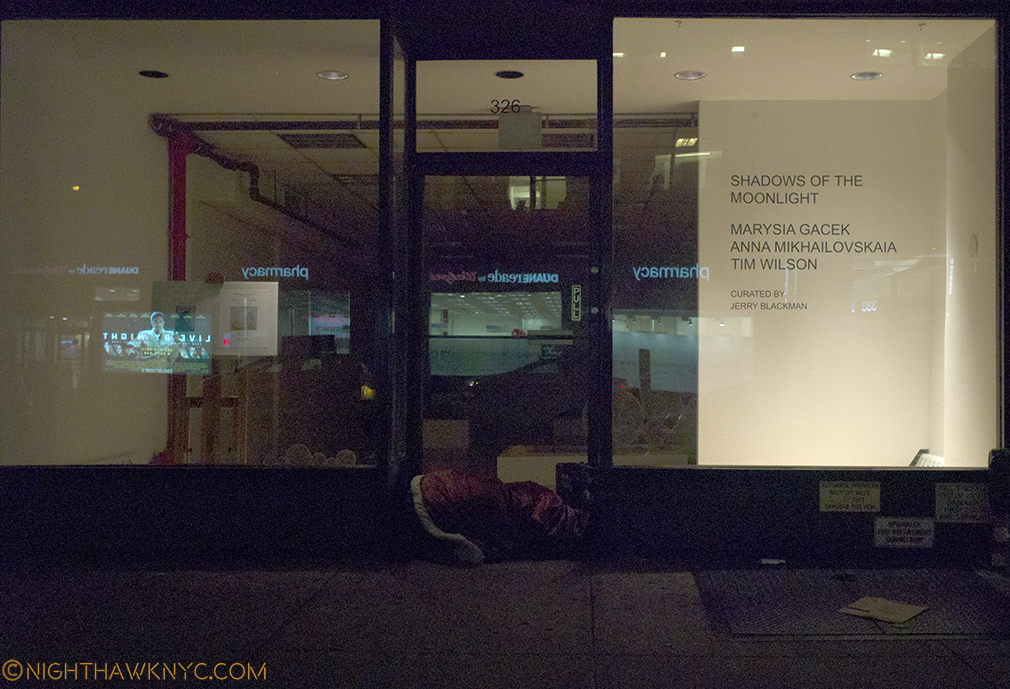
Yes, someone is sleeping in the doorway of this gallery.
So? Yes, a fair amount of the life I knew did die on February 7, 2007.
The second big thing cancer taught me was what REALLY MATTERS in life.
Are you ready?
I realized that ALL that matters in life is Loving and being Loved.
Read that again. I’ll wait.
That’s all. Period. End of sentence. Goodnight! Get home safely.
But, having no love in my life? Being a “get it done” kind of guy. I decided I could “get it done” and find love. I spent most of the next 5 years looking for love- E V E R Y W H E R E. What I re-learned was that “finding love” is impossible. Love isn’t something you can “find.” It just happens. Or? It just doesn’t happen. Finally? I decided to love myself. It was all I had left.
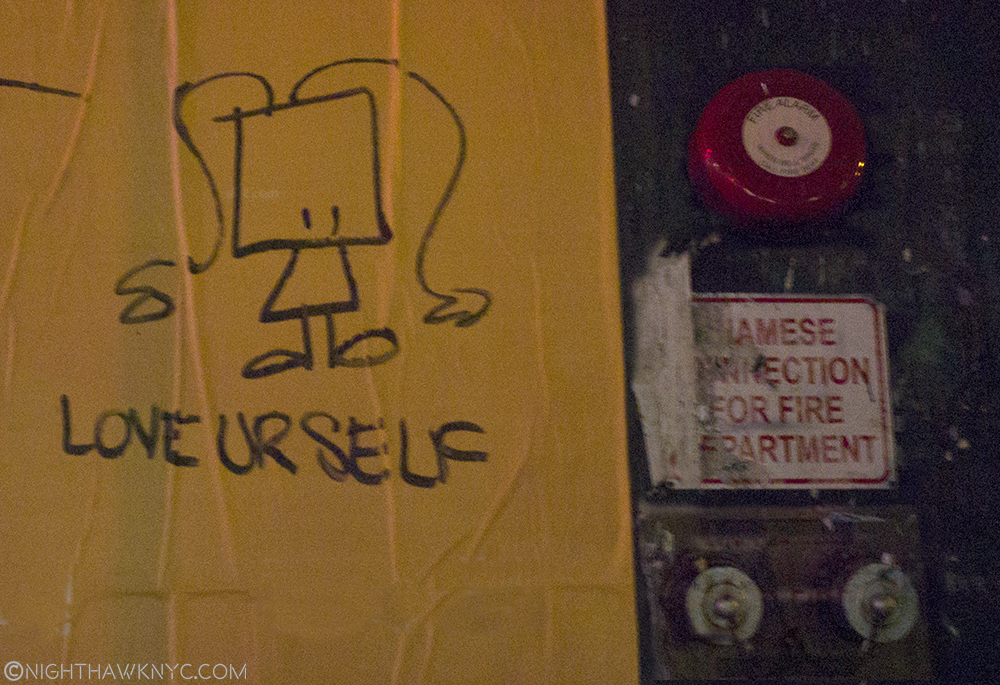
“The words of the prophet are written on the subway wall,” Paul Simon once sang. Or? A block away.
Besides? If you don’t love yourself, who will?
Of course I’ve been very lucky, and have so very much to be thankful for. I have been trying to practice mindful giving thanks from moment to moment. Having cancer, also, puts you in touch with the cancer community. I heard a lot of stories. Many terrible. Many inspiring. It’s miraculous, to me, that anyone survives cancer, given how it was when I was growing up. I’ve watched some dear people die from it. I’ve talked to quite a few people who didn’t have good outcomes- either from complications from their treatment, or from cancer returning and spreading. The cancer community is, also a wonder. Survivors like the author Musa Mayer, (who is “also” the great Philip Guston‘s daughter) have forged new paths in cancer advocacy and given hope and support to countless others in ways that didn’t exist when I was diagnosed.
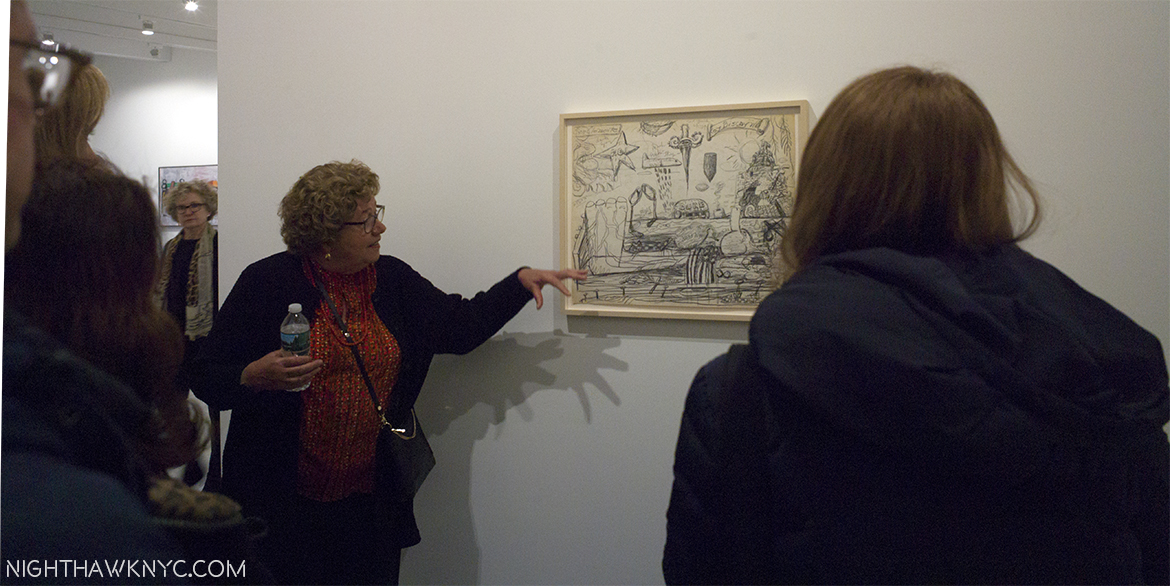
I was privileged to be in the presence of Musa Mayer a few weeks ago as she spoke about her father’s, Philip Guston’s, work in the Nixon Drawings show @ Hauser & Wirth.
Beyond them, to say I’m grateful to the doctors who treated me and saved me 10 years ago is a huge understatement. Recently, I had the honor to meet another one who’s on the front lines right now, Dr. Melissa Pilewskie at Sloan Kettering Memorial Cancer Center. Listening to her, I couldn’t help but marvel at her inner strength, and those of my doctors. She told me that as a surgeon she has treated 2,000 patients in 5 years. That’s 400 a year. There’s only 365 days in a year! Ok, Dr. Pilewskie is obviously a world-class doctor, with an extraordinarily rare skill set. I couldn’t help but wonder…where does this young lady get the inner strength to deal with cancer patients all day every day? Let alone to deal with them so well. It was a humbling experience that reminded me of the debt I owe the doctors who treated me. On my 10 year anniversary, it was also an insight into how far cancer treatment has come in my lifetime, and continues to progress, and a reminder of how many very special people are in there fighting tooth and nail to treat, beat, and even cure cancer. This isn’t a “job” to them. It’s their mission.
THANK YOU! And, bless you all.
If you get diagnosed with cancer (PLEASE, no!), you now have a great chance of being treated, and then get to go on with your life. My advice to you is- Get the best doctor your insurance will cover and get treated. Go for your follow up tests, religiously. For everyone else who doesn’t have cancer? Catching cancer early really is your best chance to beat it. Don’t miss those checkups! That’s how mine was discovered, my life saved.
The big reveal from my experience with cancer is that cancer wound up forcing me to have the life I always wanted to have.
Finally.
No one lives forever. I was living my life like I was going to live to be 200, and everything I REALLY wanted to do, I would get to one day. Well? One day is N O W. That’s why I have this site. That’s why I spend my life going to see Art 6 days a week, taking photos and listening to music. I can’t wait for “one day” anymore. Damn the expense (which goes up every minute)! Damn the later impact on my life (he says now)!
If I don’t do this NOW? WHEN am I going to do it? I don’t know if any of this would’ve happened if I didn’t get cancer.
After I started to recover, I had some of those plastic bracelets made for my site before this one. I was writing about my daily experiences with cancer, in an effort to give others who were newly diagnosed some information through sharing my experiences, because at the time no one else was doing it. On them, I had three phrases engraved. One was
Get tested
The second was
Get treated
And finally-
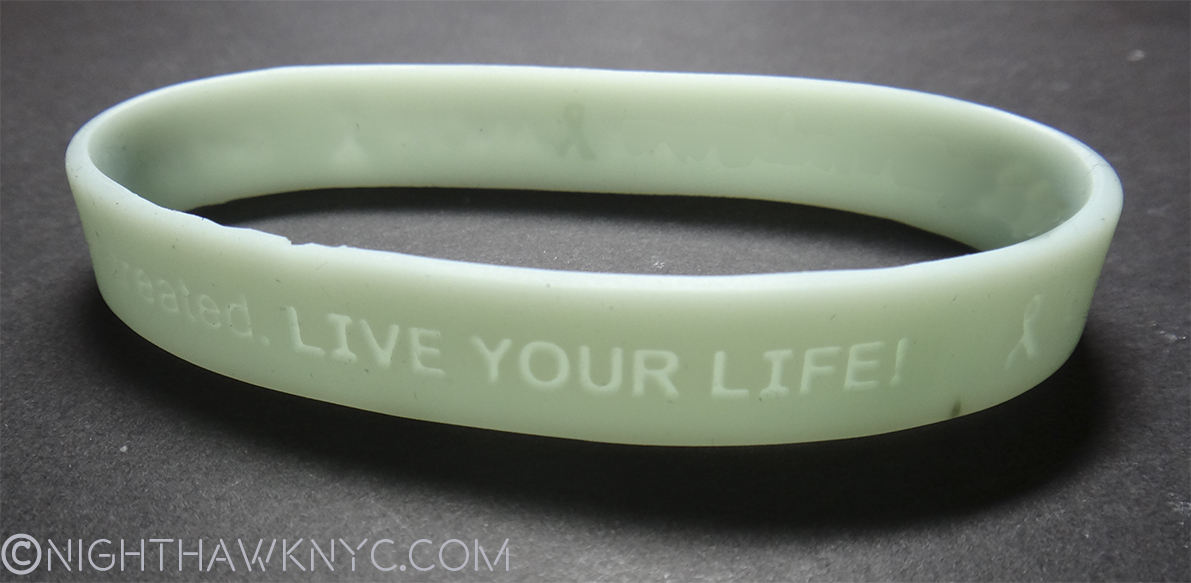
LIVE YOUR LIFE!
They were there as a reminder to myself, a mantra, as much as what I’d learned.
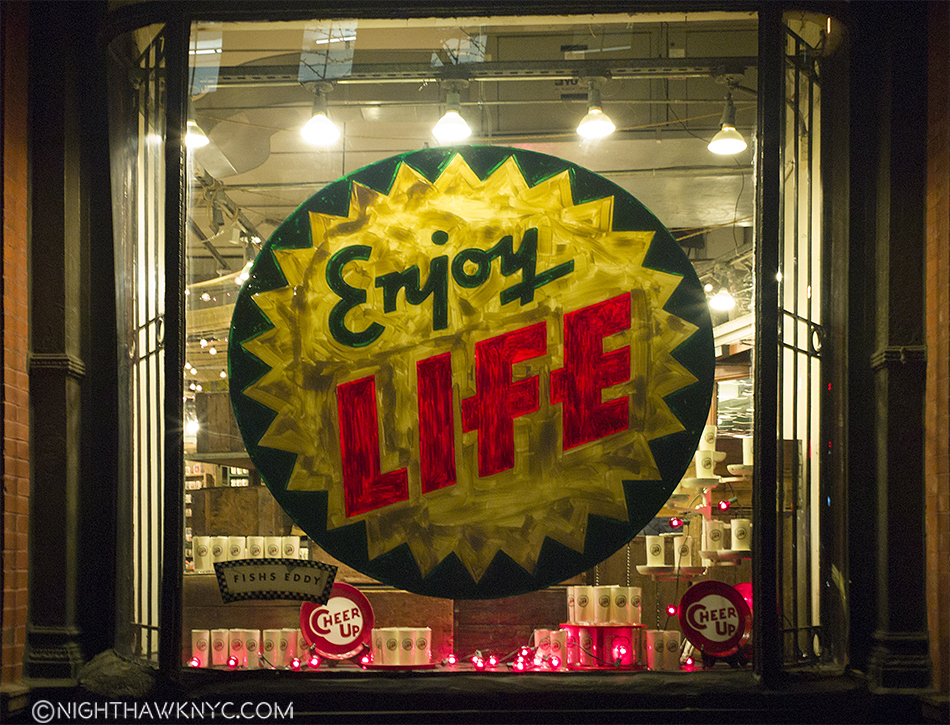
Close, and seeing this this week was a coincidence, and a reminder.
Early on my friend and cancer survivor, Stephanie 2, told me that cancer “would change my life in ways I could not imagine.” She was right. My experience with cancer challenged me in more ways than any other. In the end? It challenged me to face myself. To love myself and to be myself, fully, no matter what.
I’m not grateful for cancer. I HATE cancer. It’s taken the lives of friends, acquaintances, and many I’ve admired from afar. It’s cost me parts of my body I really didn’t want to lose.
In the end, I’m more grateful for life (than what it cost me to have it). For the chance to change the course of my life, and finally live the life I always wanted to have.
Ok, so cancer didn’t really “save my life.” Doctor Chuey, Doctor Dinlenc and Doctor Samadi did. I used cancer as a wake up call to save myself after they did.
So?
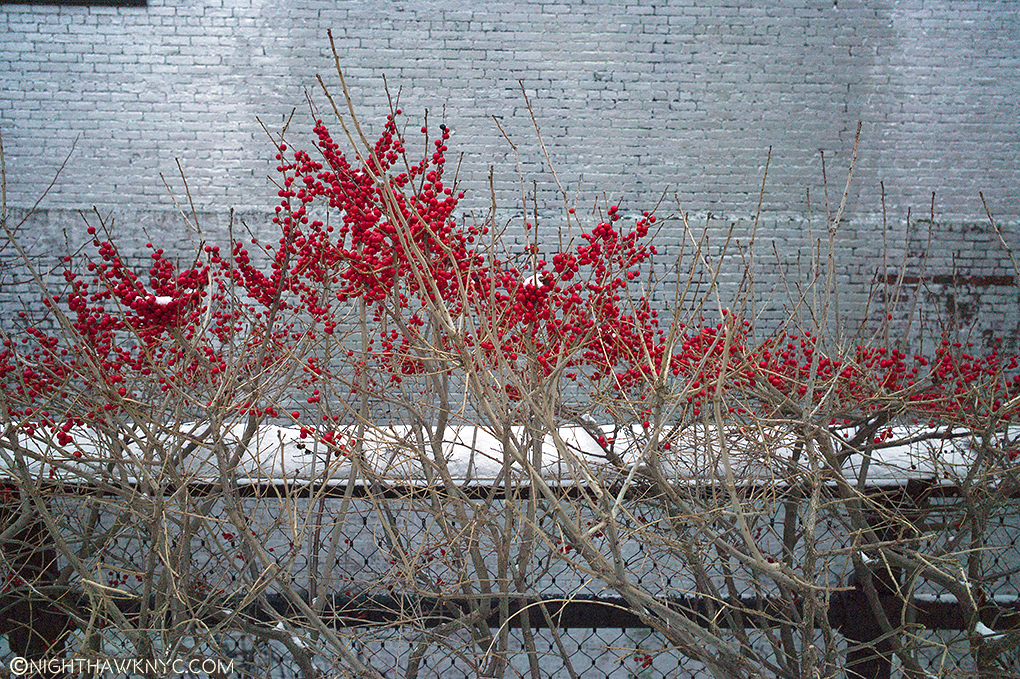
Life, in February. The High Line, February, 2017.
I hope you’ll join me in celebrating my 10th Birthday.
If I’m actually still alive.
———-
With my undying thanks to those who saved me-
-Dr. David Samadi
-Dr. Caner Dinlenc
-Dr. John Chuey
-Helen Petrocelli, RN
-The staff of Columbia Presbyterian Hospital
To those who stood by me-
-Fluffy
-Rob
-Kevin- Thanks for the ride home
And, with my thanks, and admiration to fellow cancer survivors, patients, and a professional-
-Stephanie 2
-Dave (R.I.P)
-Kitty
-Mrs. Kitty
-Mrs. Fluffy
-Musa Mayer
-Sv
And,
-Dr. Melissa Pilewskie
I took all the photos appearing in this Post over the first six days of February, 2017, except the photo of Musa Mayer, on January 10, 2017.
*- The Soundtrack for this Post is “Accept Yourself,” by The Smiths (who you can watch perform it in 1983!, below), written by Morrissey & Johnny Marr. Morrissey was 23, or 24 when he wrote this. Astounding. Its lyrics just fit-
NighthawkNYC.com has been entirely self-funded & ad-free for over 8 years, during which 300 full length pieces have been published! If you’ve found it worthwhile, PLEASE donate to allow me to continue below. Thank you, Kenn.
You can also support it by buying Art, Art & Photography books, and Music from my collection! Art & Books may be found here. Music here and here.
Written & photographed by Kenn Sava for nighthawknyc.com unless otherwise credited. To send comments, thoughts, feedback or propositions click here. Click the white box on the upper right for the archives or to search them. Subscribe to be notified of new Posts below. Your information will be used for no other purpose.
